Table of Content
Hoi An | Introduction
Hoi An is one of the most beautiful ancient cities in Vietnam, located in the center of the country. Located at the mouth of the Thu Bon River, the largest river in Vietnam's central province of Quang Nam, Hoi An was the most prosperous port in Southeast Asia between the 15th and 19th centuries due to its location at the mouth of the Thu Bon River, which was the largest river in Vietnam's central province of Quang Nam, and the development of international maritime trade in the 16th century, with the arrival of the Japanese, the Chinese, the Thais, the Indians, and the Dutch.
After the 19th century, due to the siltation of Thu Bon River and the larger hulls of newer merchant ships, Hoi An port was no longer favorable for the passage of large merchant ships, and the Asian countries, including the Nguyen Dynasty of Vietnam, began to close down, Hoi An lost its status as an important port, and was replaced by Da Nang, which was gradually forgotten and fell into oblivion. It was gradually forgotten until the modern times because the neighboringMiyama SanctuaryThe town has been recognized by UNESCO as an ancient cultural town and is close to the largest city in central Vietnam.Da NangIt is only recently that it has returned to the international stage as a popular tourist attraction.
Hoi An | Transportation
Hoi An is about 30 kilometers away from Da Nang, a big city in central Da Nang, and can be arranged as a one-day or multi-day trip from Da Nang. If you don't have much time, it is recommended to join the Da Nang local day trip to Hoi An.
If you are planning to stay in Hoi An for a few more days, you can choose to take a bus from Da Nang to Hoi An. The bus is the yellow line 1 Da Nang - Hoi An, the fare is about 30K VND, and the drop off point is still a little bit far from the city center, so you still need to consider the transportation within the city. If you have luggage with you, I would recommend to take a minibus or chartered bus, there are many companies that provide this kind of service in Vietnam, although the price is more expensive than a bus, it is still quite affordable. For a distance of 30km from Da Nang, taking a Grab is also a viable option. There are a lot of Grab Rides in Hoi An, so we took the Grab Ride directly when we were moving around in the city.
- Da Nang Departure - Chartered Bus to Hoi An, and Hue (Klook)
- Da Nang Departure - Day trip to My Son Sanctuary, Hoi An Old Town (KKday)
- Da Nang Chartered Bus to Marble Mountain and Hoi An (KKday)
- Hoi An Day Trip | Hoi An Ancient Town Hiking & Mt. Beauty Sanctuary & Thu Bon River Sunset Cruise | Hoi An/ Da Nang Departure (kkday)
Hoi An | Accommodations
There are many choices of accommodation in Hoi An, but the main consideration for tourists is whether to choose Hoi An Ancient Town or the area around Ampang Beach. There is no public transportation in Hoi An, but the two areas are about 10 minutes away from each other by car, so it's not too far to use Grab, and most of the local hotels provide shuttle services and free bicycles. I chose to stay near the ancient town because it's the best place to stroll around, and it's more relaxing to walk out of the hotel and into the town.
Looking for a price comparison for accommodation in Hoi An?
Recommended Accommodation | RiverTown Hoi An Resort & Spa
- Room: ⭐️⭐️⭐️⭐️
- Facility: ⭐️⭐️⭐️⭐️⭐️
- Location: ⭐️⭐️⭐️⭐️
- Price: $$$
- Overall Rating: ⭐️⭐️⭐️⭐️
RiverTown Hoi An Resort & Spa Booking Comparison
We stayed in Hoi An for quite a few days, and chose this hostel for three nights. It is located on the banks of the Thu Bon River, a 10-minute walk from the old town. The service was good, the room was clean, the staff was very friendly and asked us about our itinerary every day. The hardware facilities were also very satisfactory.
![Central Vietnam] Hoi An Travel Tips | How to play in Hoi An? |Hoi An Ancient Town | Thanh Hoa Ceramic Village | Canaan Island Water Coconut Grove Dustbin Boat 1 Hoi An, Hoi An 1](https://blog.travelhackfun.com/wp-content/uploads/2023/05/hoi-an-vietnam-244.jpeg)
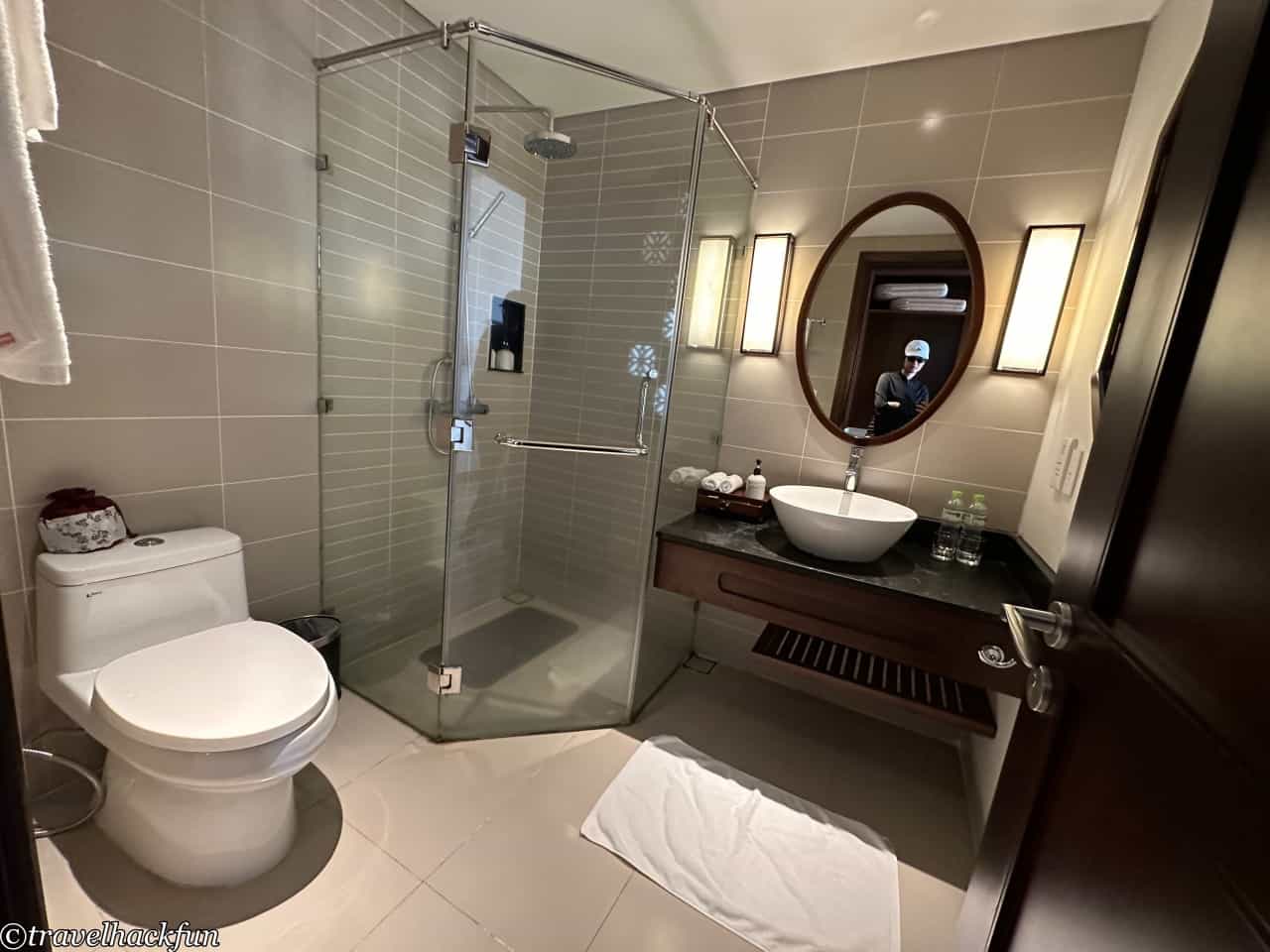
![Central Vietnam] Hoi An Travel Tips | How to play in Hoi An? |Hoi An Ancient Town | Thanh Hoa Ceramic Village | Canaan Island Water Coconut Grove Dustbin Boat 3 Hoi An, Hoi An 3](https://blog.travelhackfun.com/wp-content/uploads/2023/05/hoi-an-vietnam-2.jpeg)

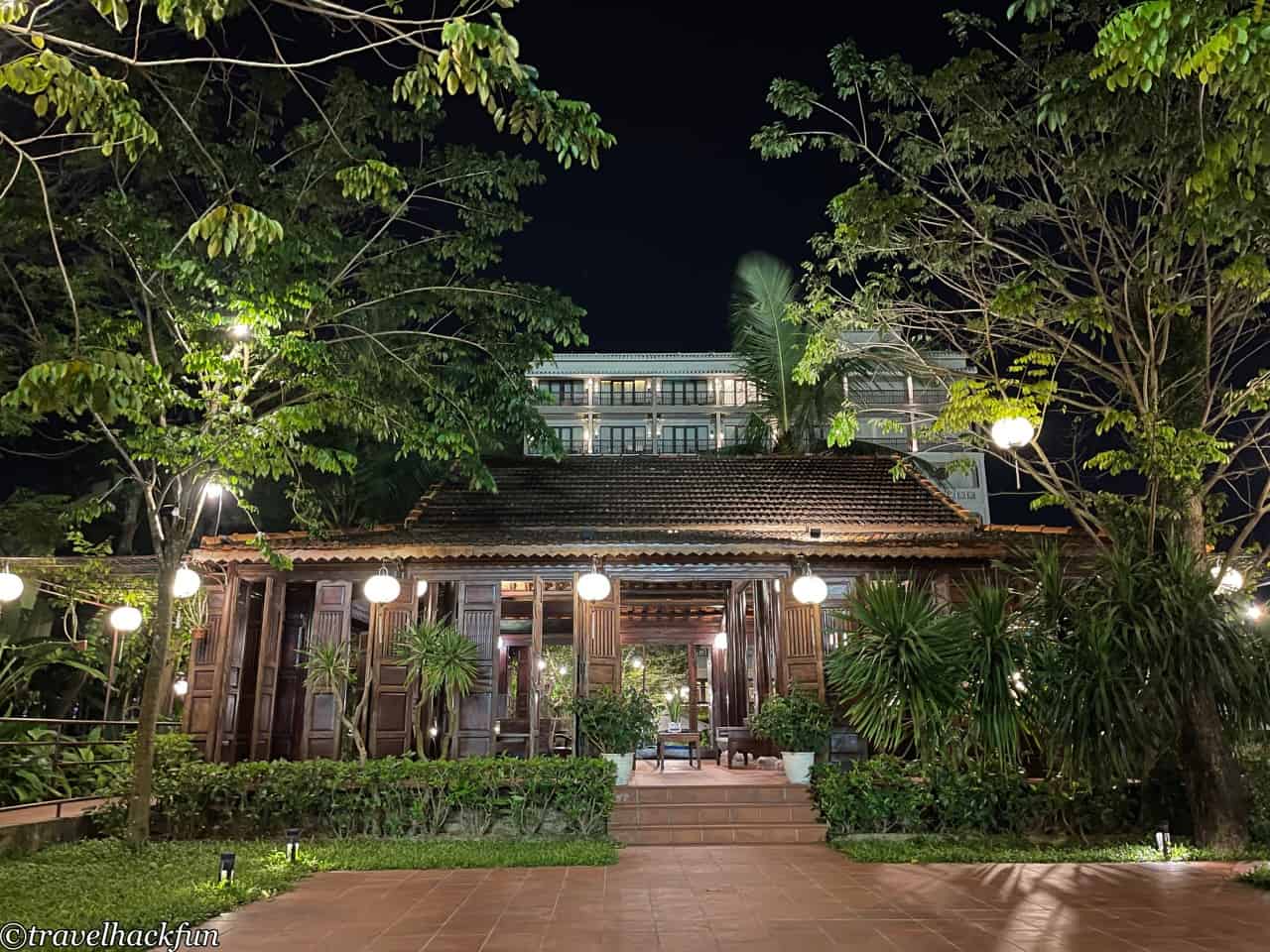
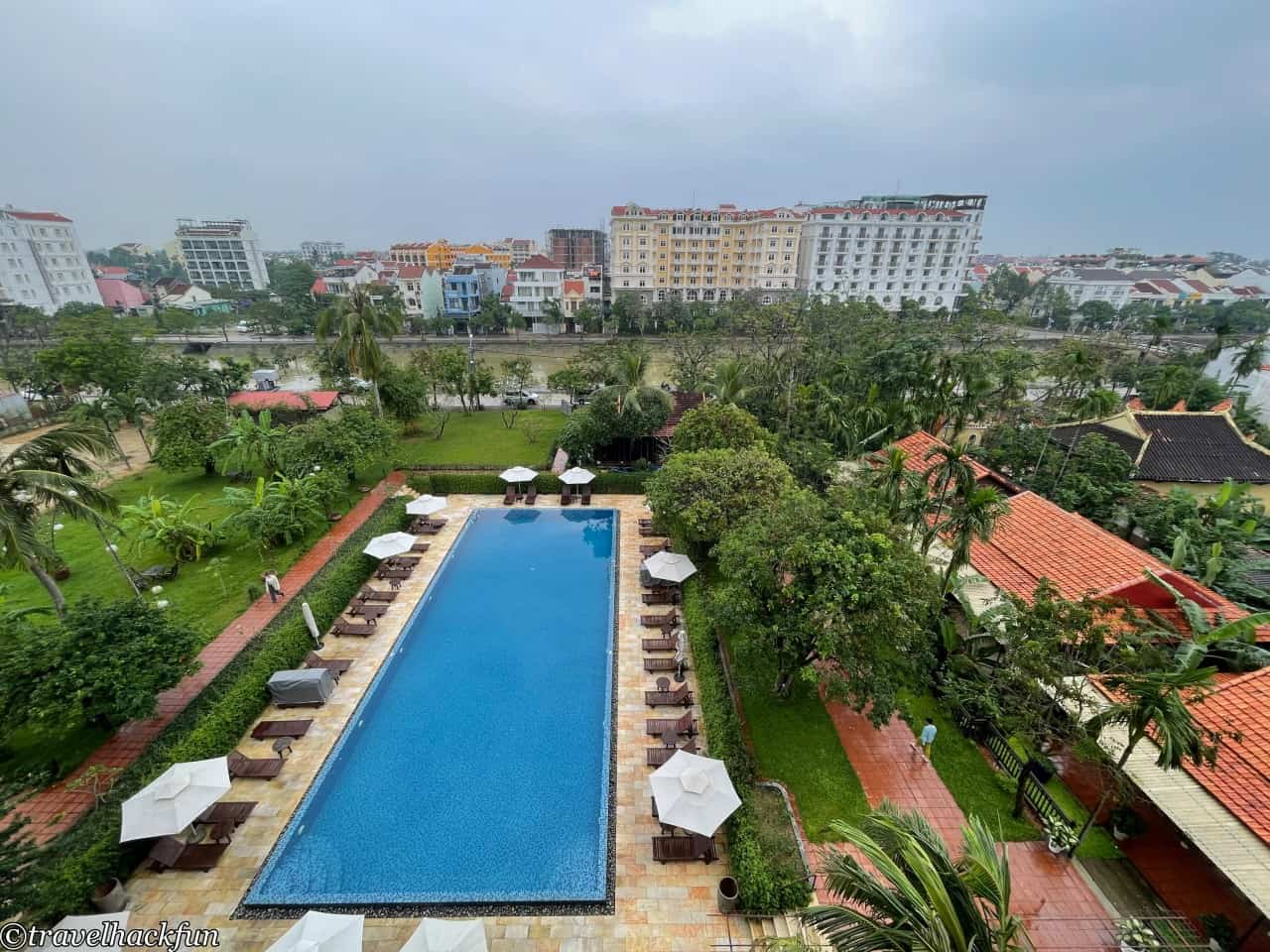
The price of the room includes breakfast, breakfast buffet style, Vietnamese and Western styles, every day dishes include a variety of Vietnamese snacks, you can eat a lot of taste is not bad, is my trip to Vietnam in the richest food in a hotel.
![Central Vietnam] Hoi An Travel Tips | How to play in Hoi An? |Hoi An Ancient Town | Thanh Hoa Ceramic Village | Canaan Island Water Coconut Grove Dustbin Boat 7 Hoi An, Hoi An 7](https://blog.travelhackfun.com/wp-content/uploads/2023/05/hoi-an-vietnam-257.jpeg)
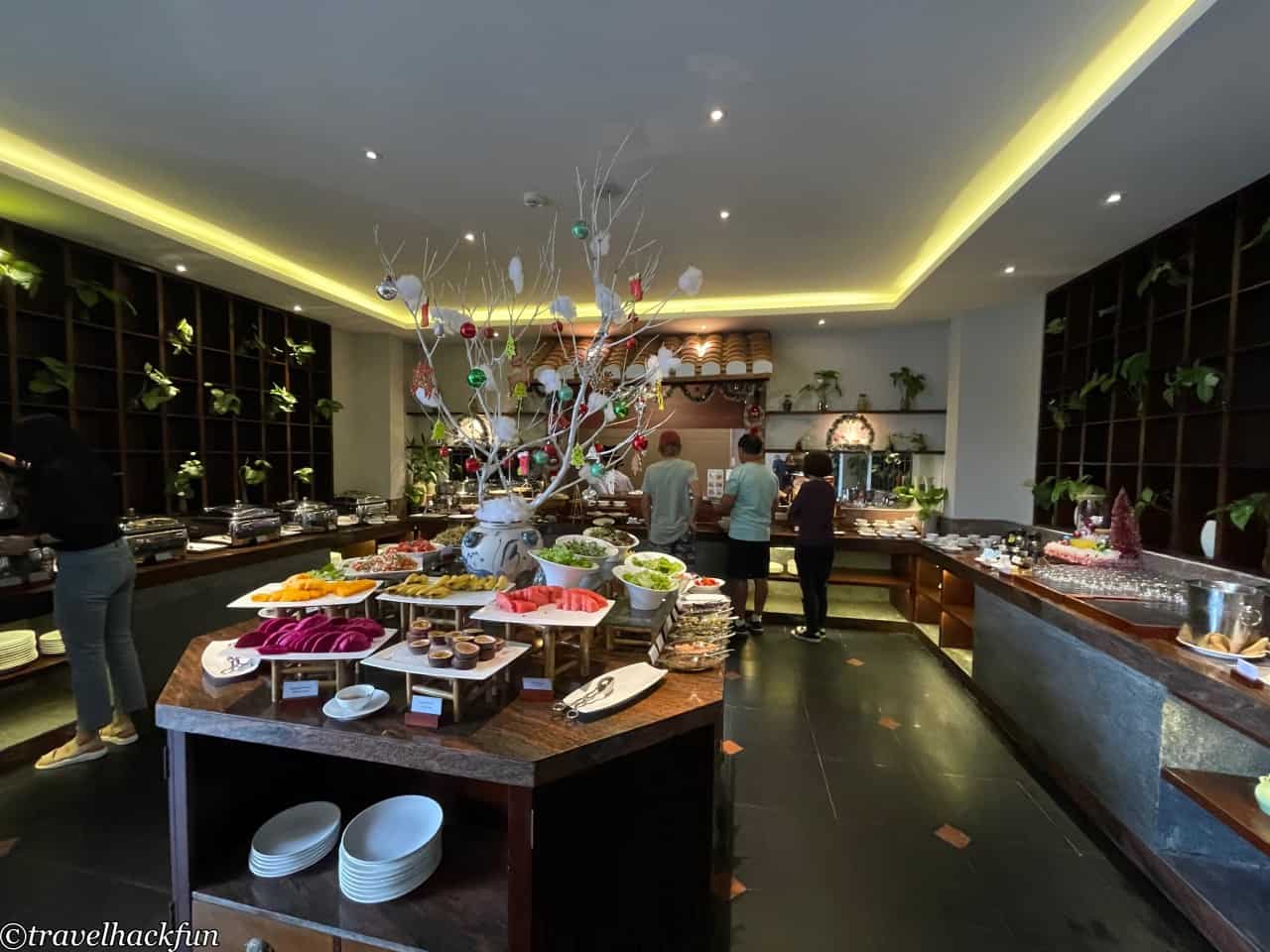
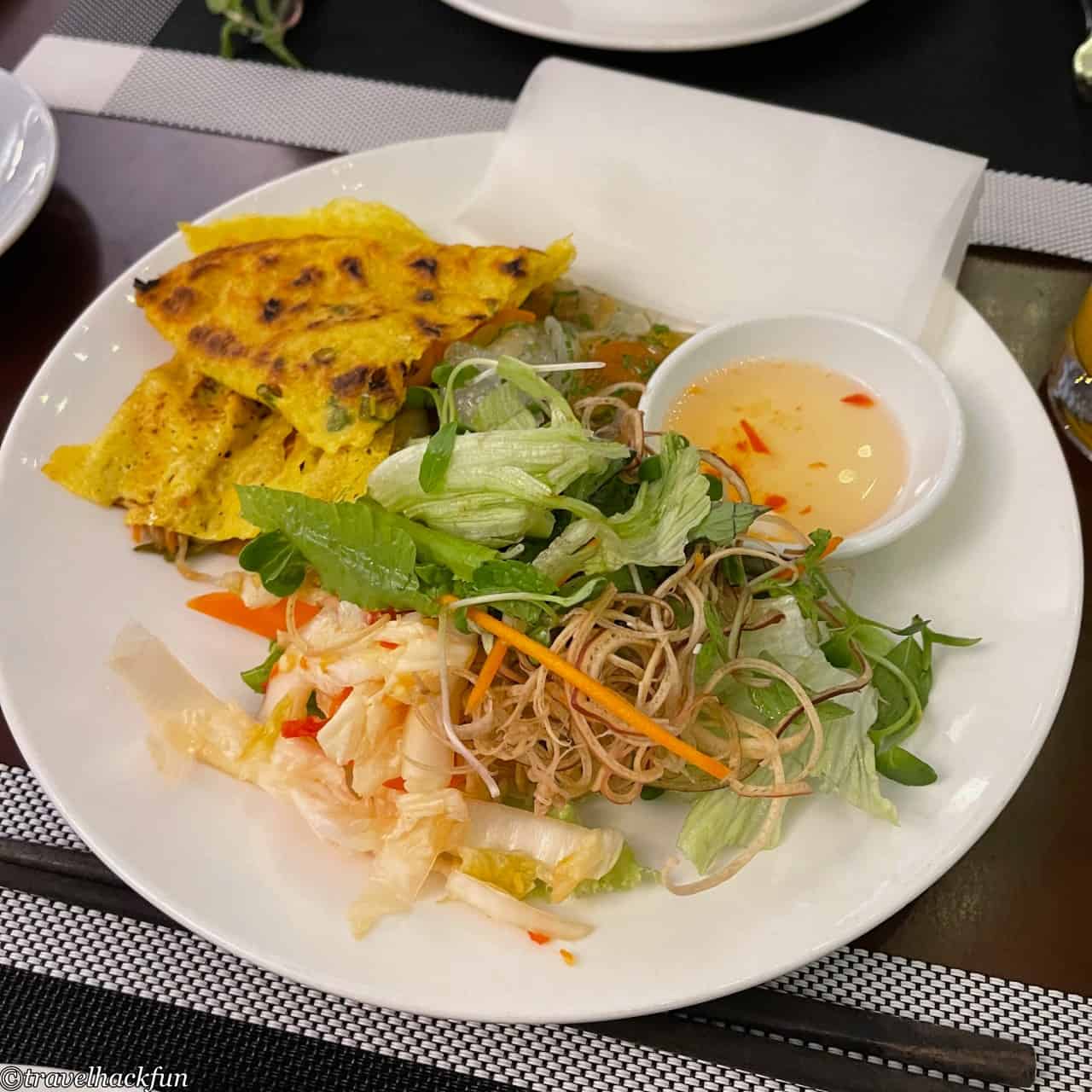

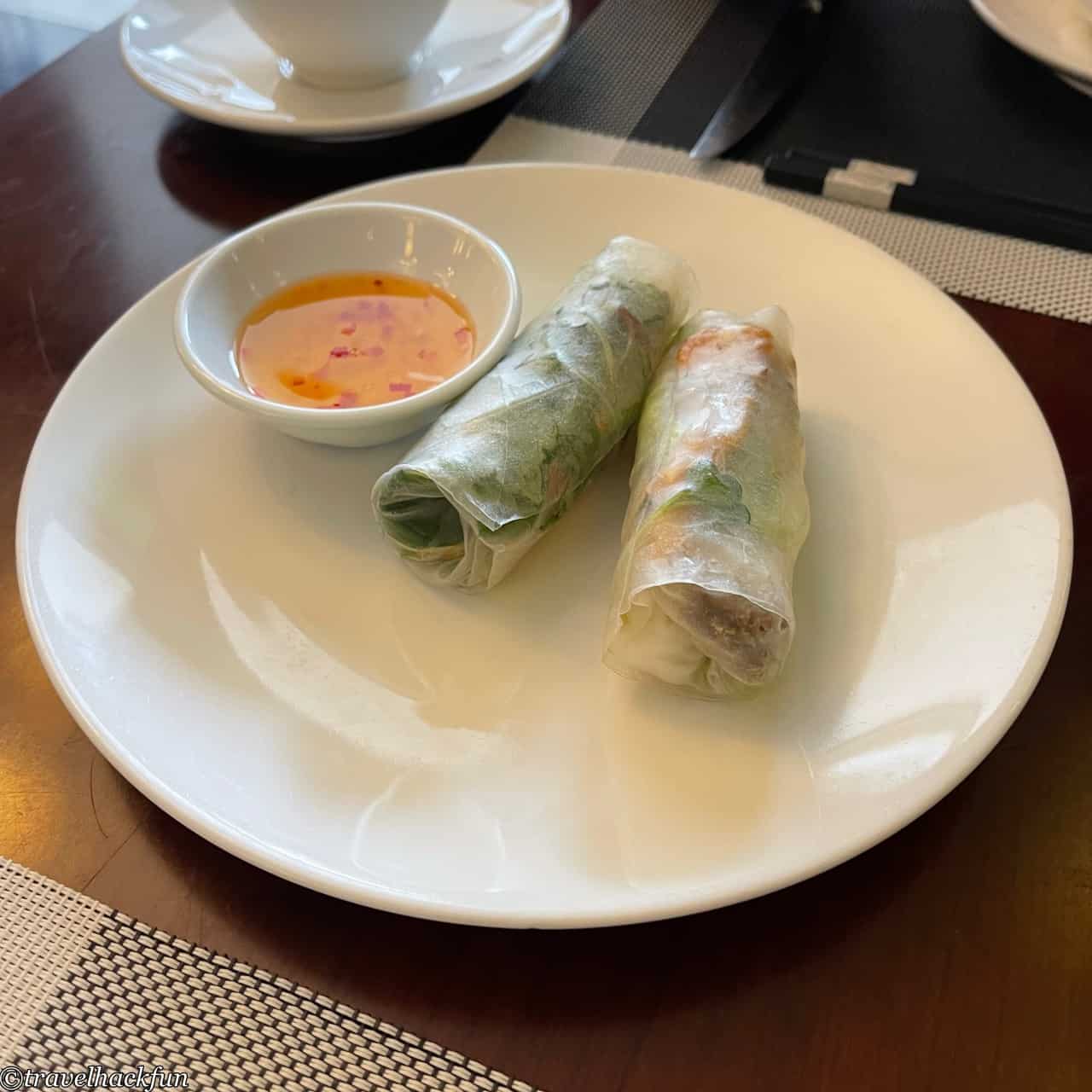
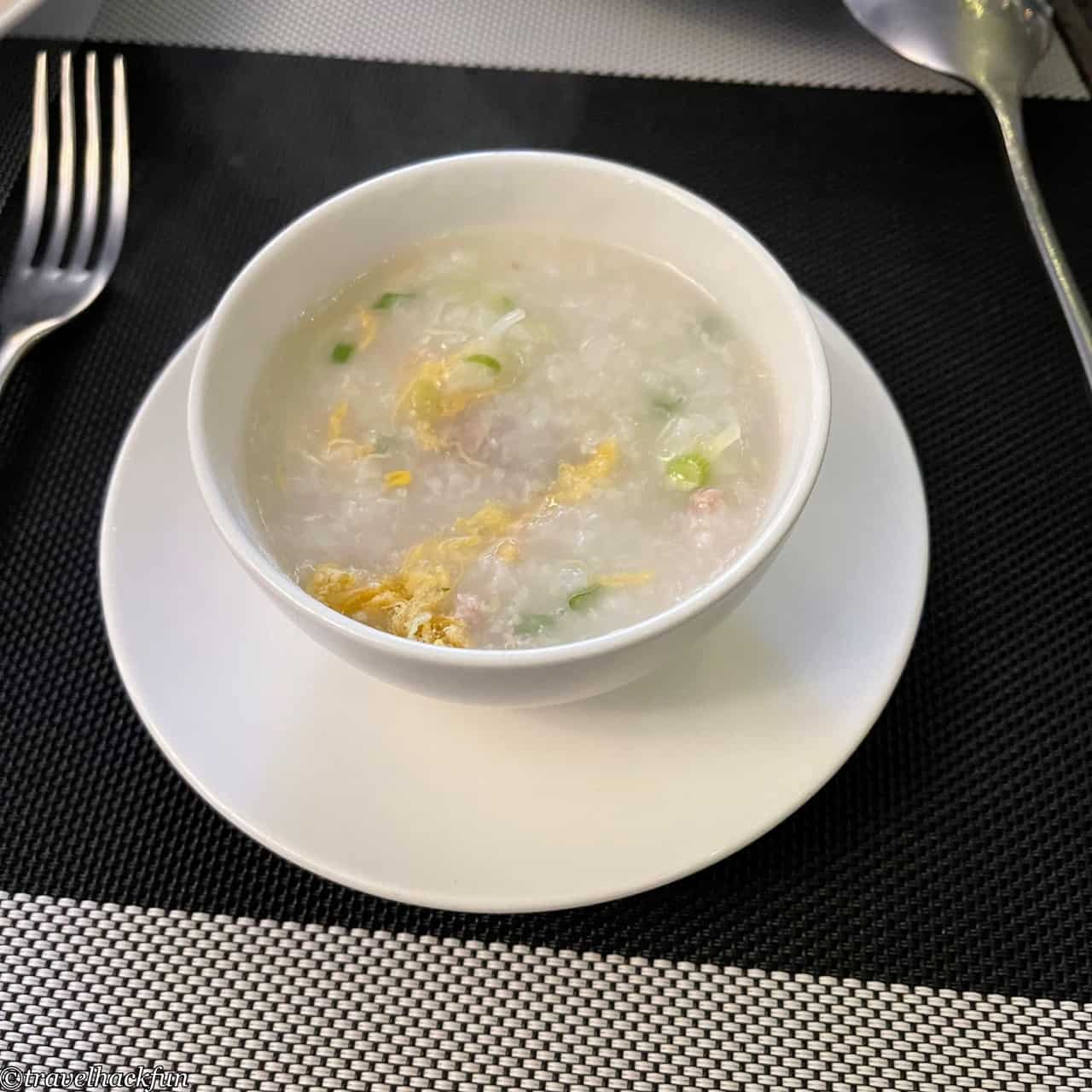
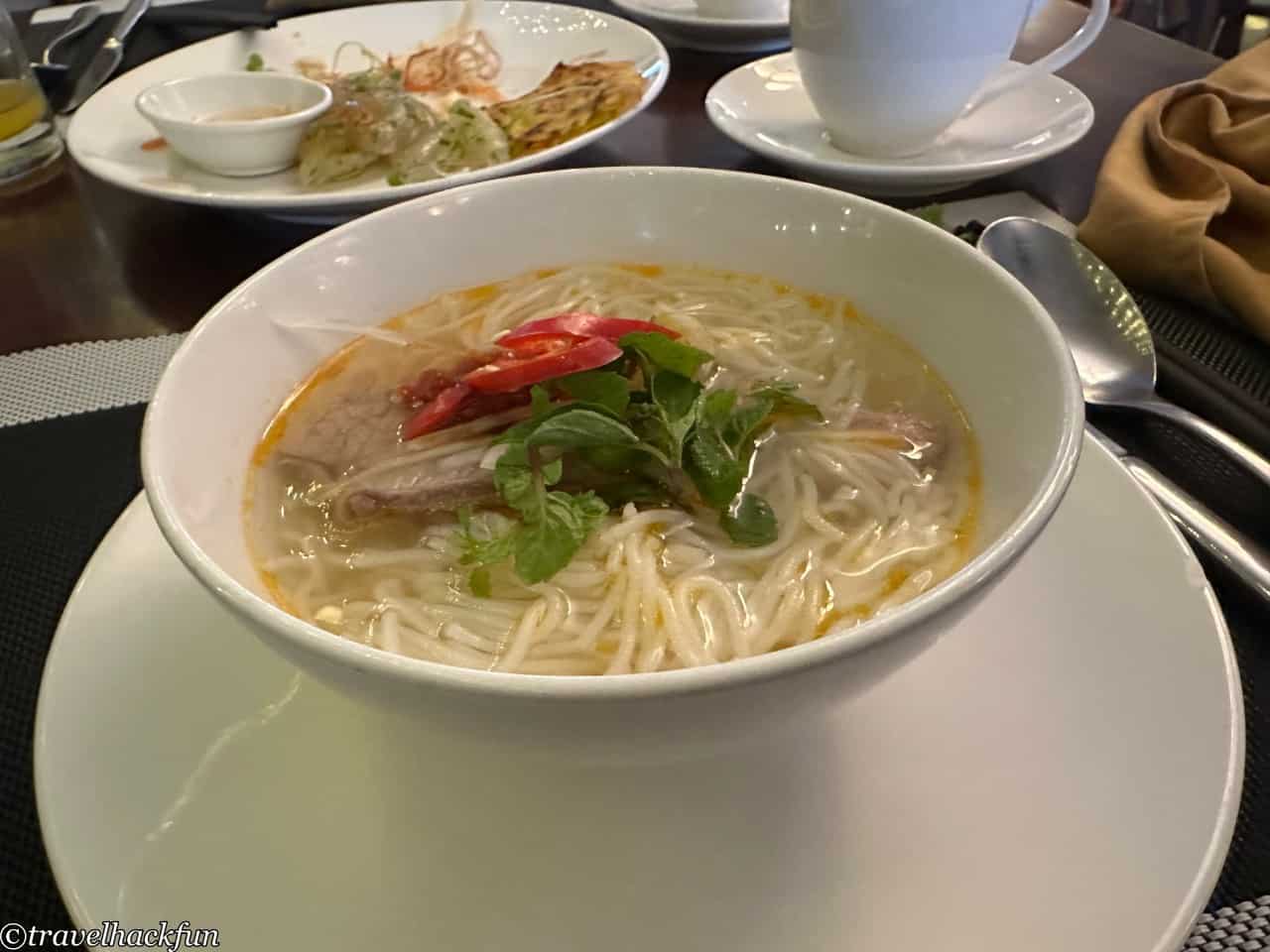
Hoi An | Attractions & Experiences
Attractions | Hoi An Ancient Town
Hoi An Ancient Town on the banks of the Thu Bon River is one of the most representative places to visit in Hoi An. Strolling through the town, you can see a unique and romantic street scene with a mix of Chinese, Japanese, and French architecture of the common people's life. The two sides of the Thu Bon River are connected by the Hoi An Bridge, on one side of which there are many old houses of the Chinese Chamber of Commerce, the Lai Yuen Bridge and various small stores, while the other side leads to the Hoi An Night Market, which is home to many more restaurants and snacks. On the other side of the street, you can see many tourists wearing traditional Vietnamese costumes and walking around the town.
Hoi An Ancient Town has a lot of historical buildings to visit, including ancient Chinese merchants' associations, ancient houses, museums, etc. If you are serious about visiting the town, it is not too much to spend a day. Tickets are required to enter most of the attractions, which are in the form of a 120K VND package ticket that allows you to visit 5 of the 21 attractions, and can be purchased at the ticket booths on the street. Ticket inspectors are sometimes not available during off-peak hours, but most of the time they are.
![Central Vietnam] Hoi An Travel Tips | How to play in Hoi An? |Hoi An Ancient Town | Thanh Hoa Ceramic Village | Canaan Island Water Coconut Grove Dustbin Boat 15 Hoi An, Hoi An 14](https://blog.travelhackfun.com/wp-content/uploads/2023/05/hoi-an-vietnam-12.jpeg)
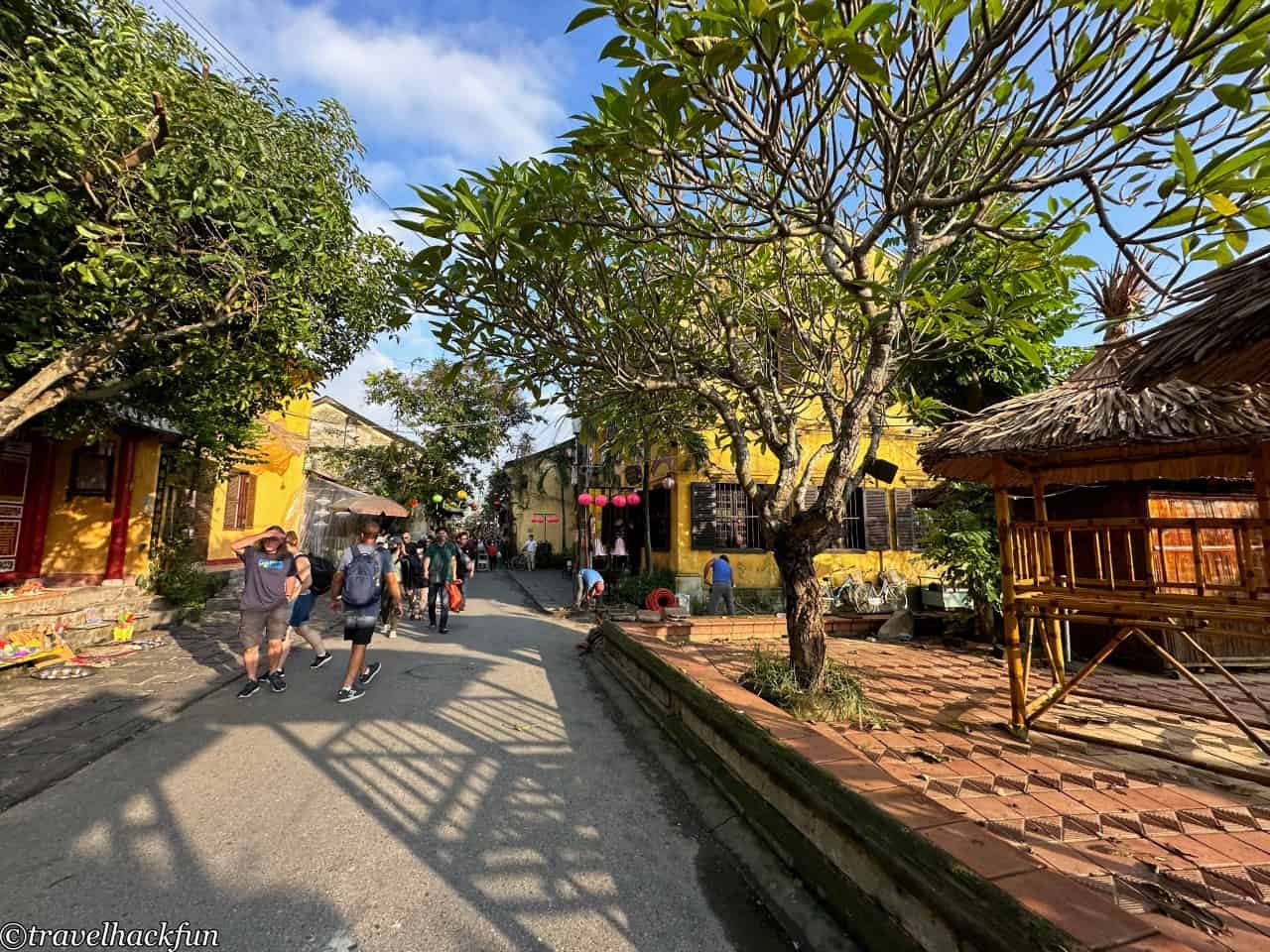
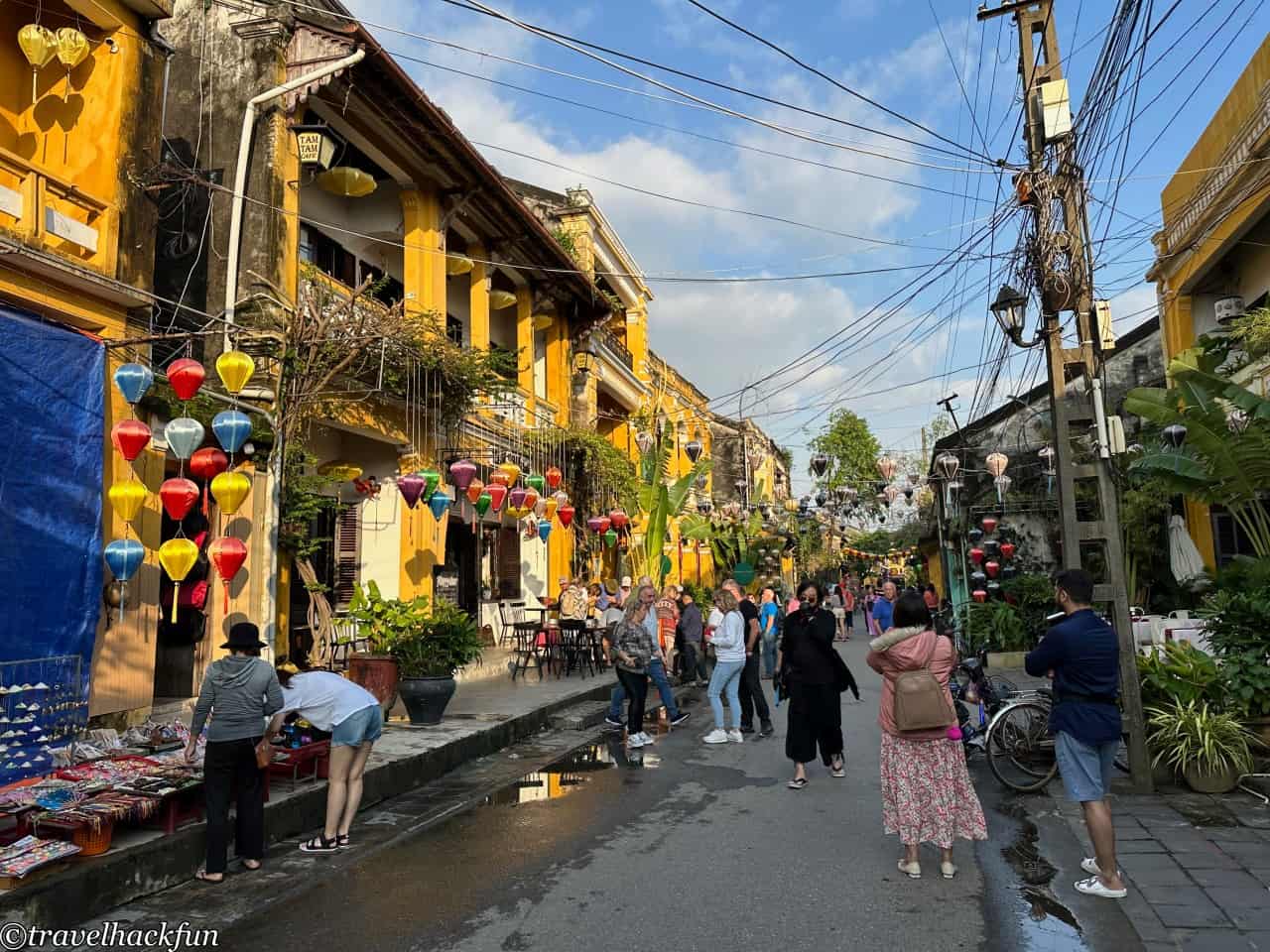
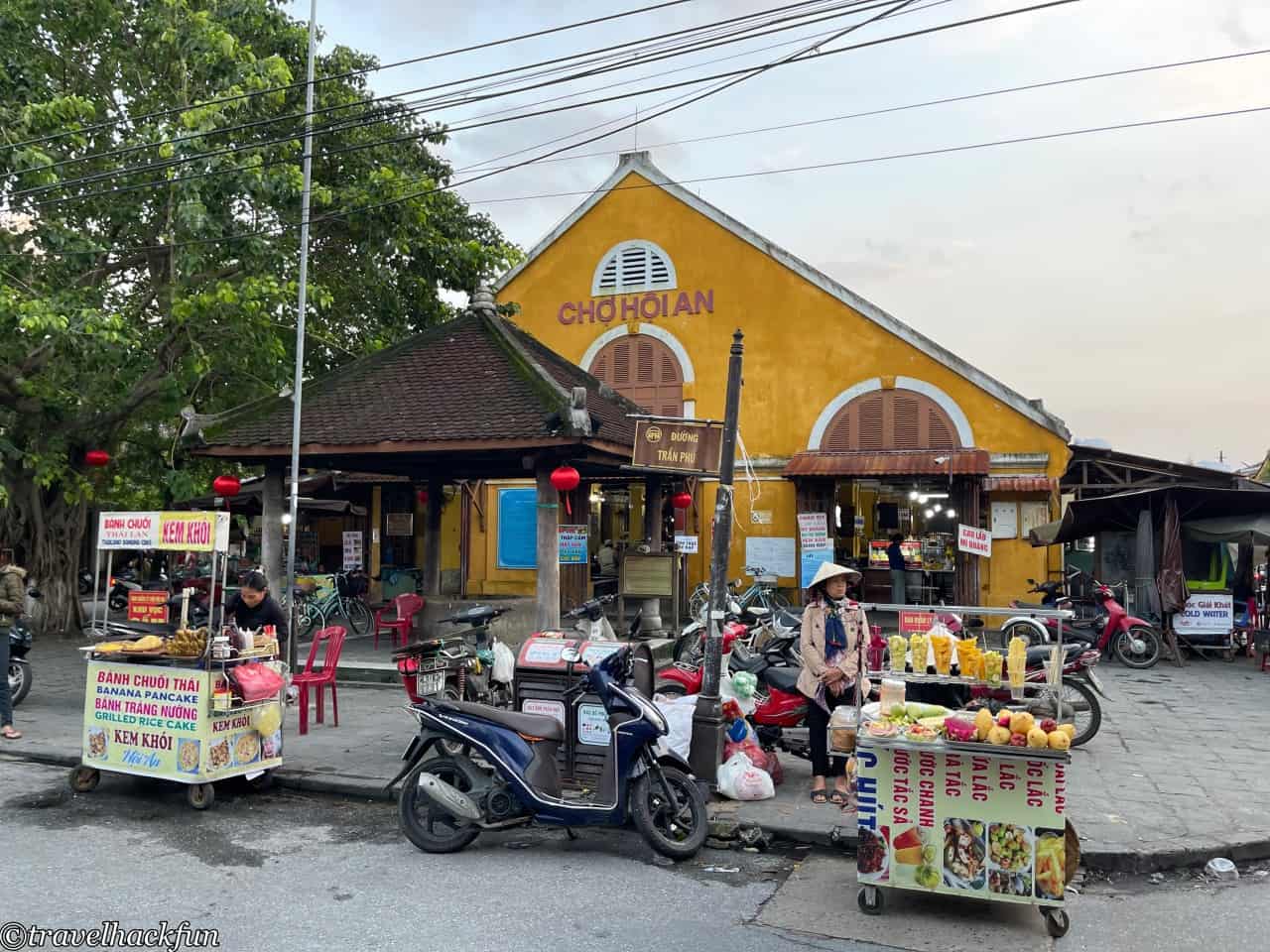
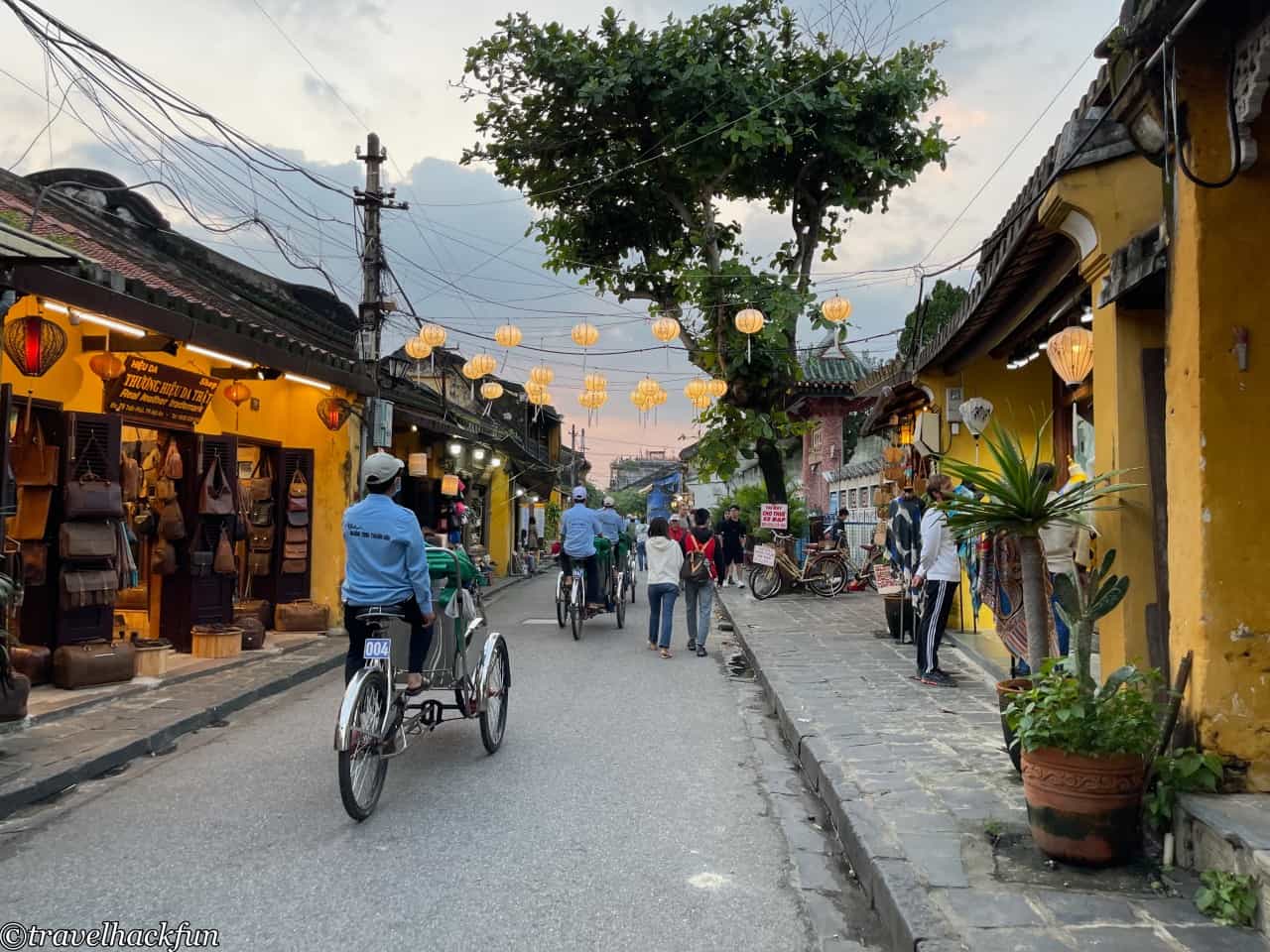
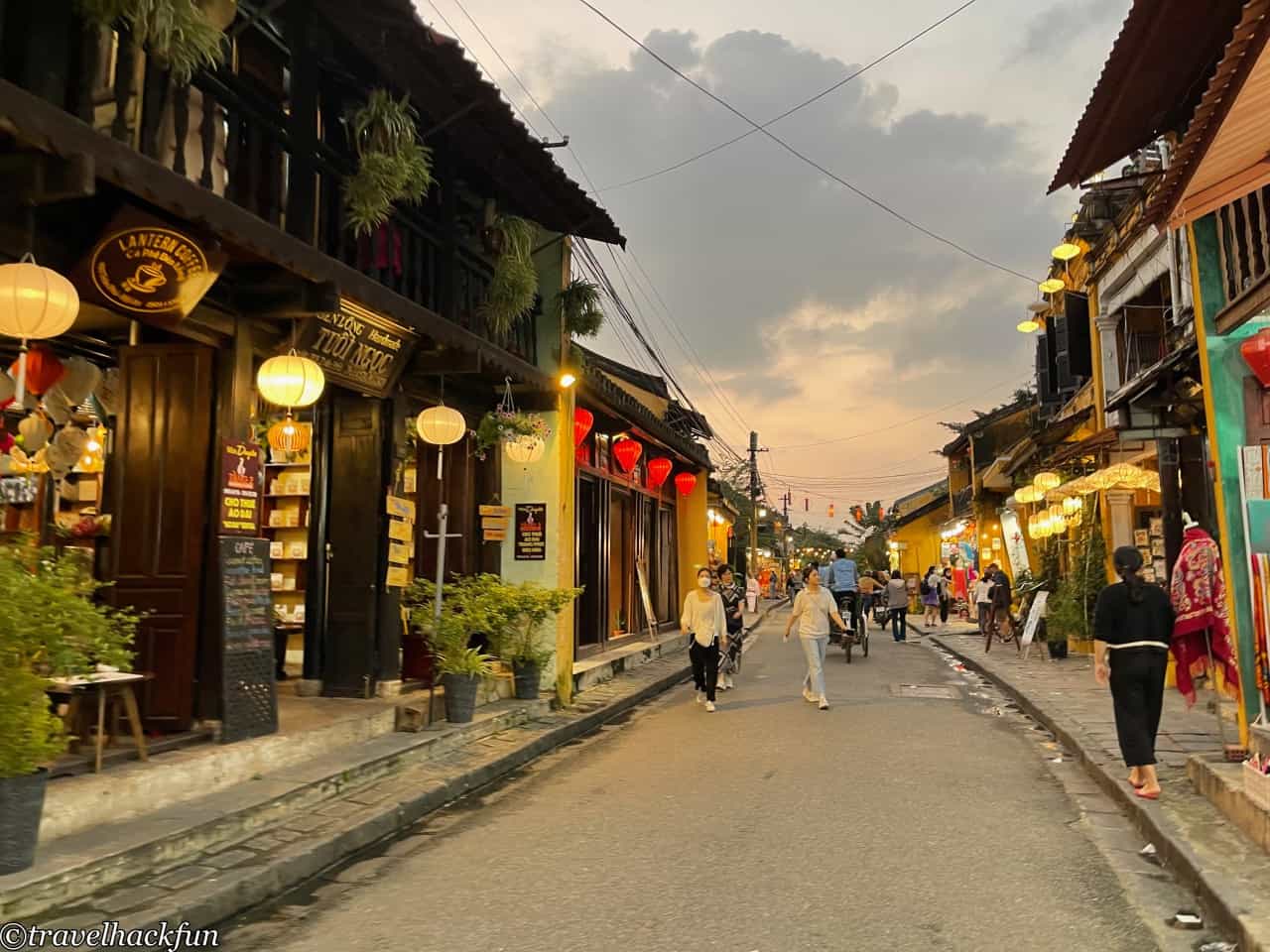
Hoi An Ancient Town is most beautiful at night, when the lanterns are lit up to give the town a different atmosphere from the daytime. If you only plan to come to Hoi An for half a day, it is best to arrive in the afternoon and take a walk around Tan Phuoc Street as the center of your visit, passing most of the major attractions, the Chinese Chamber of Commerce and Industry (CCCI) Hall, and then stroll around Hoi An Ancient Town after nightfall.
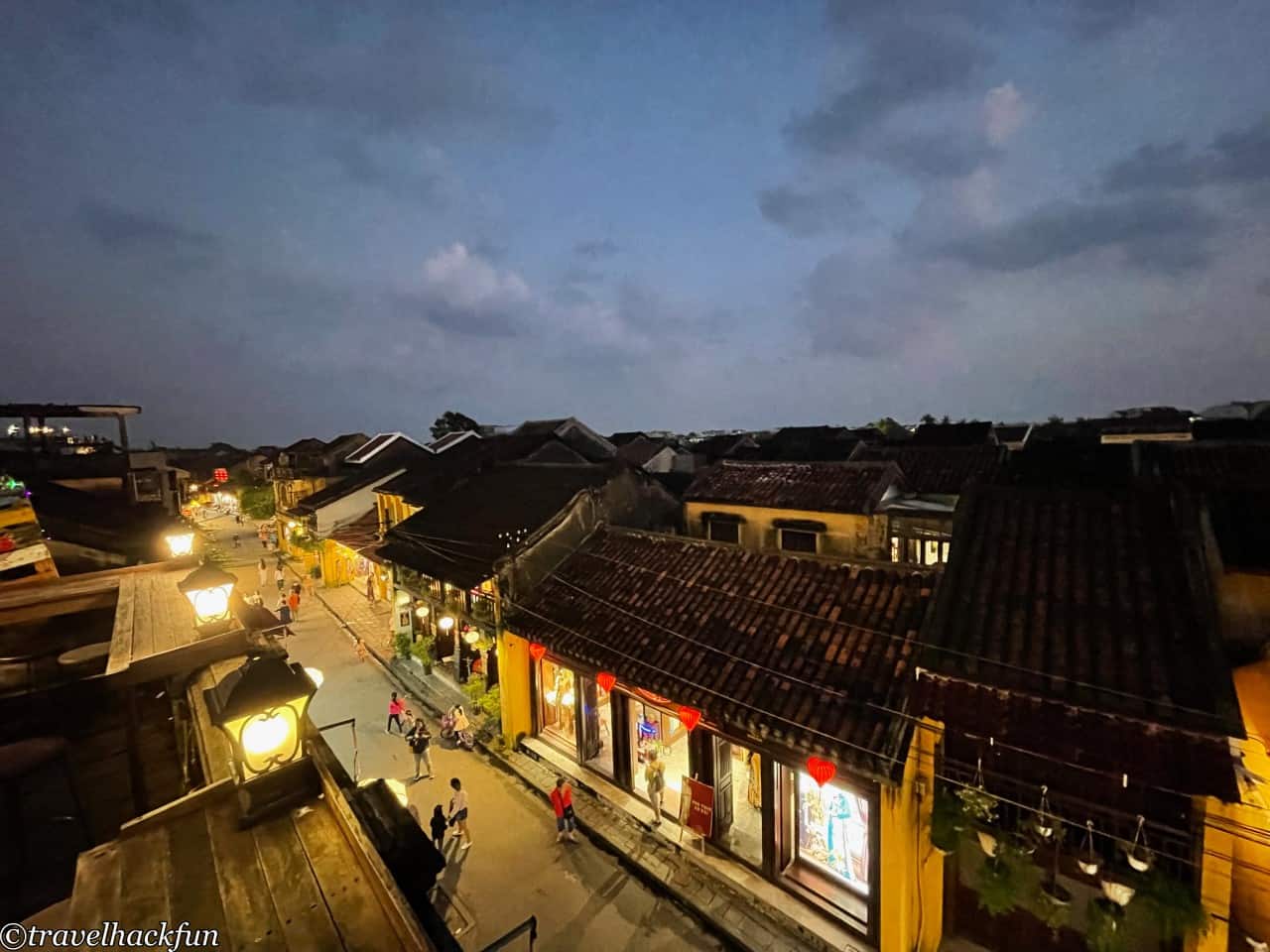
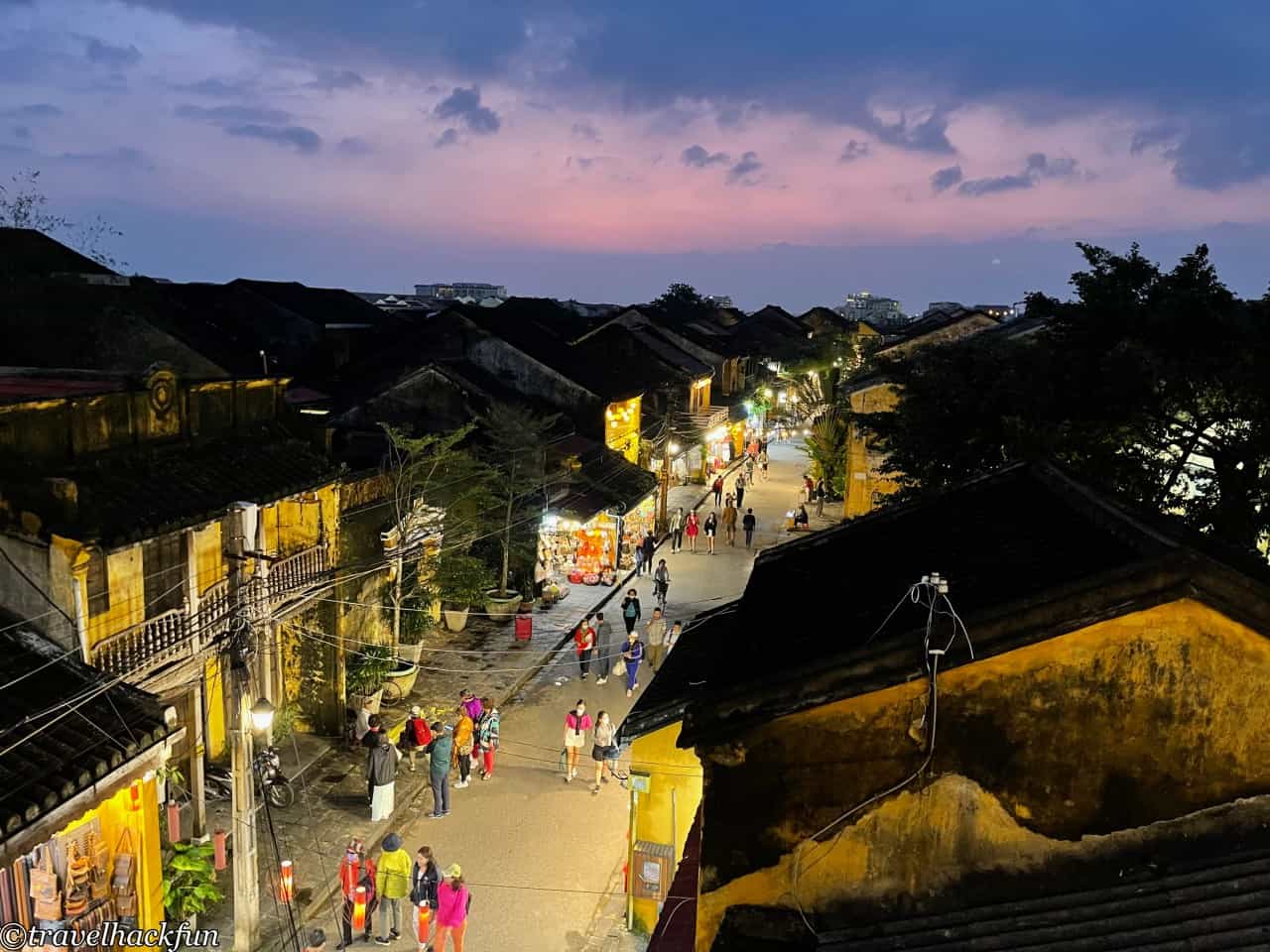
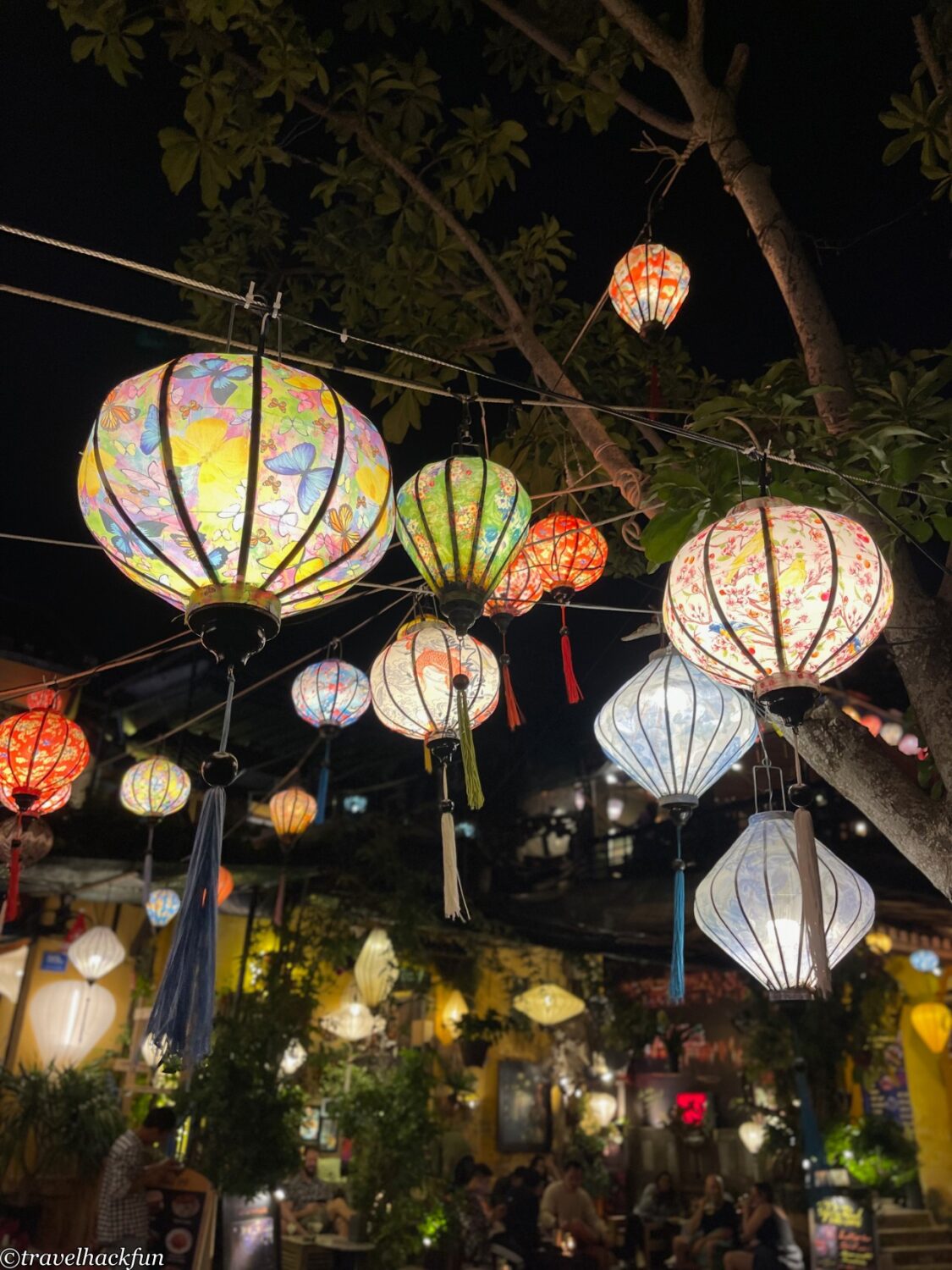

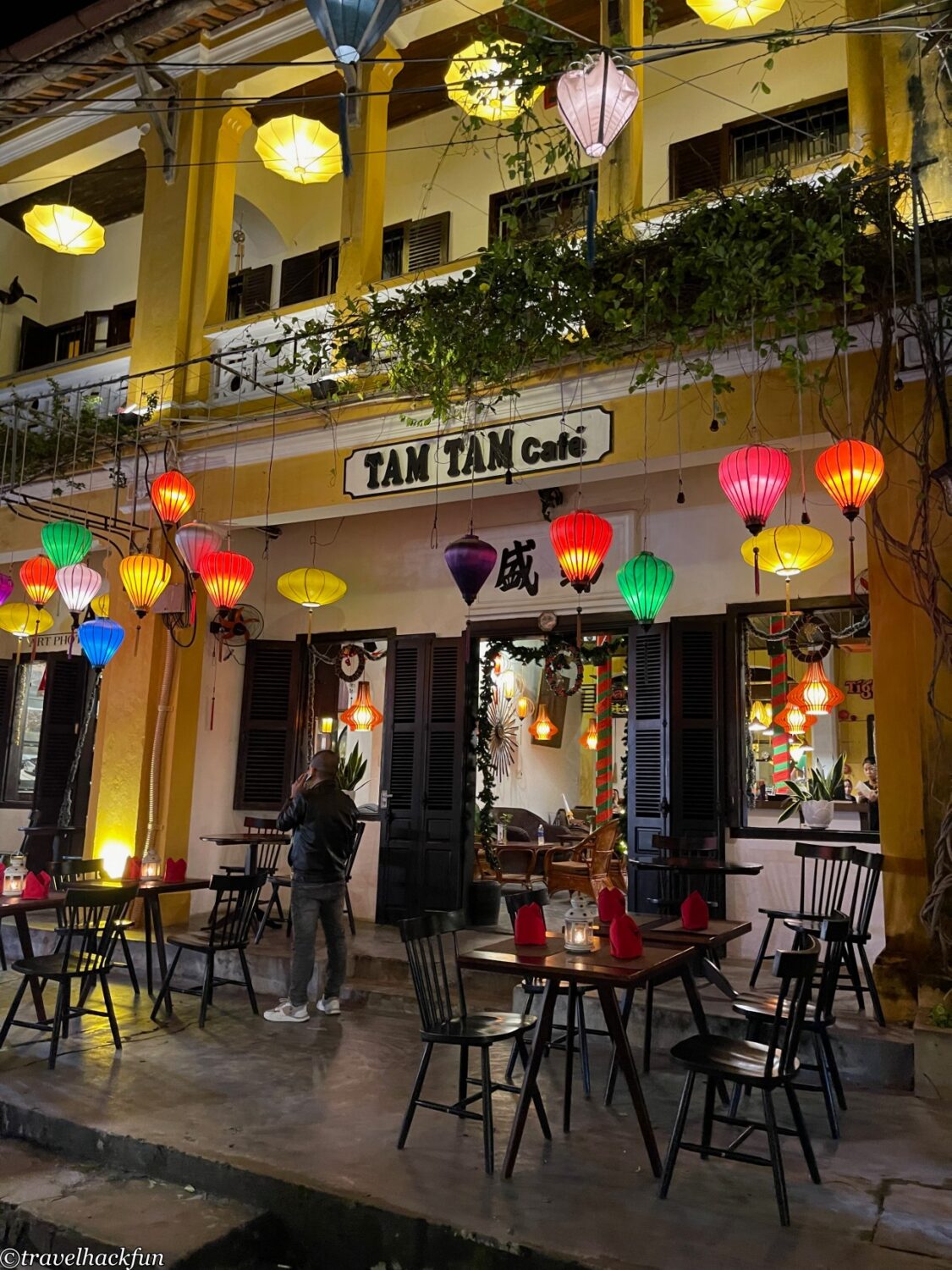
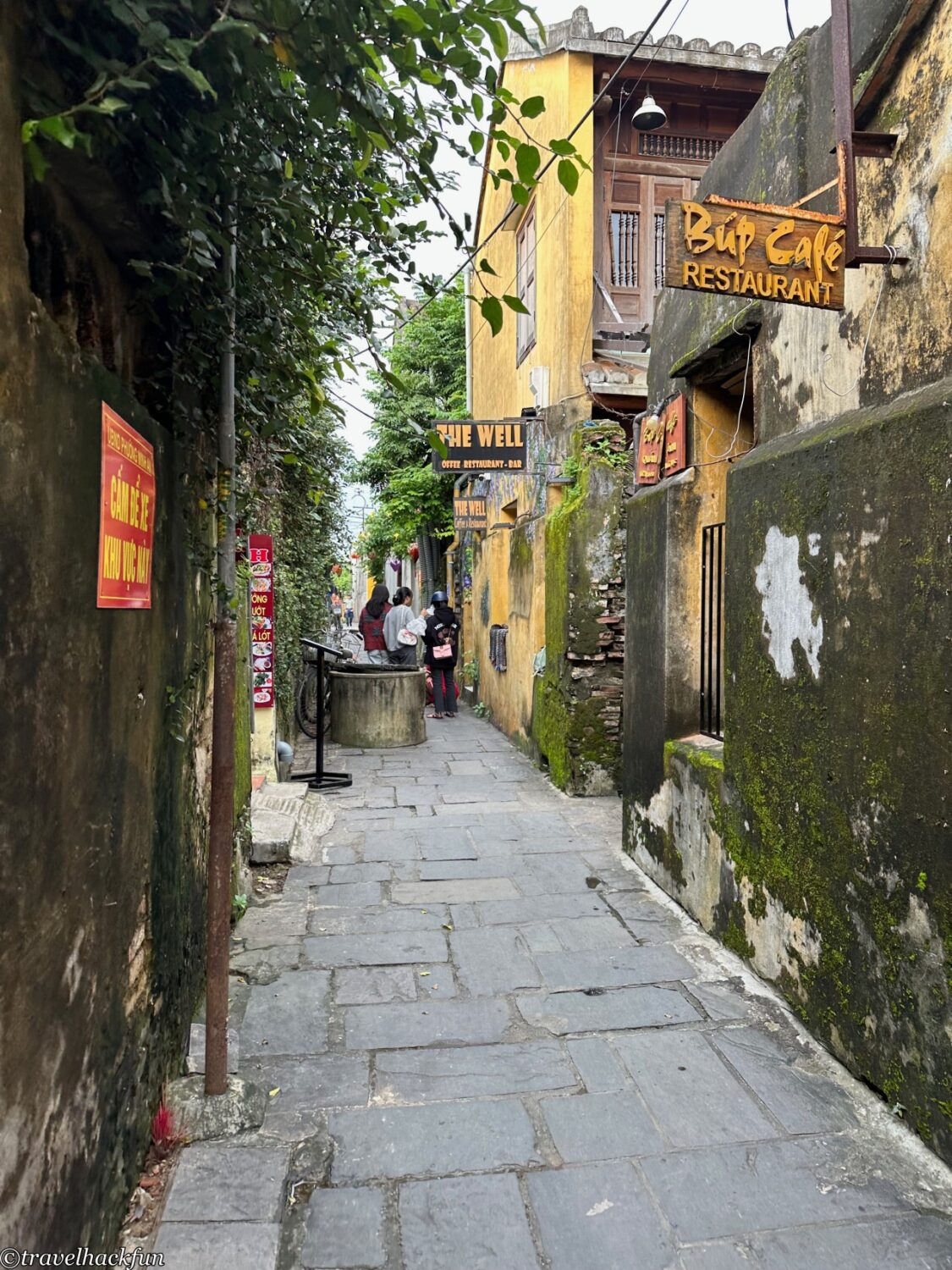
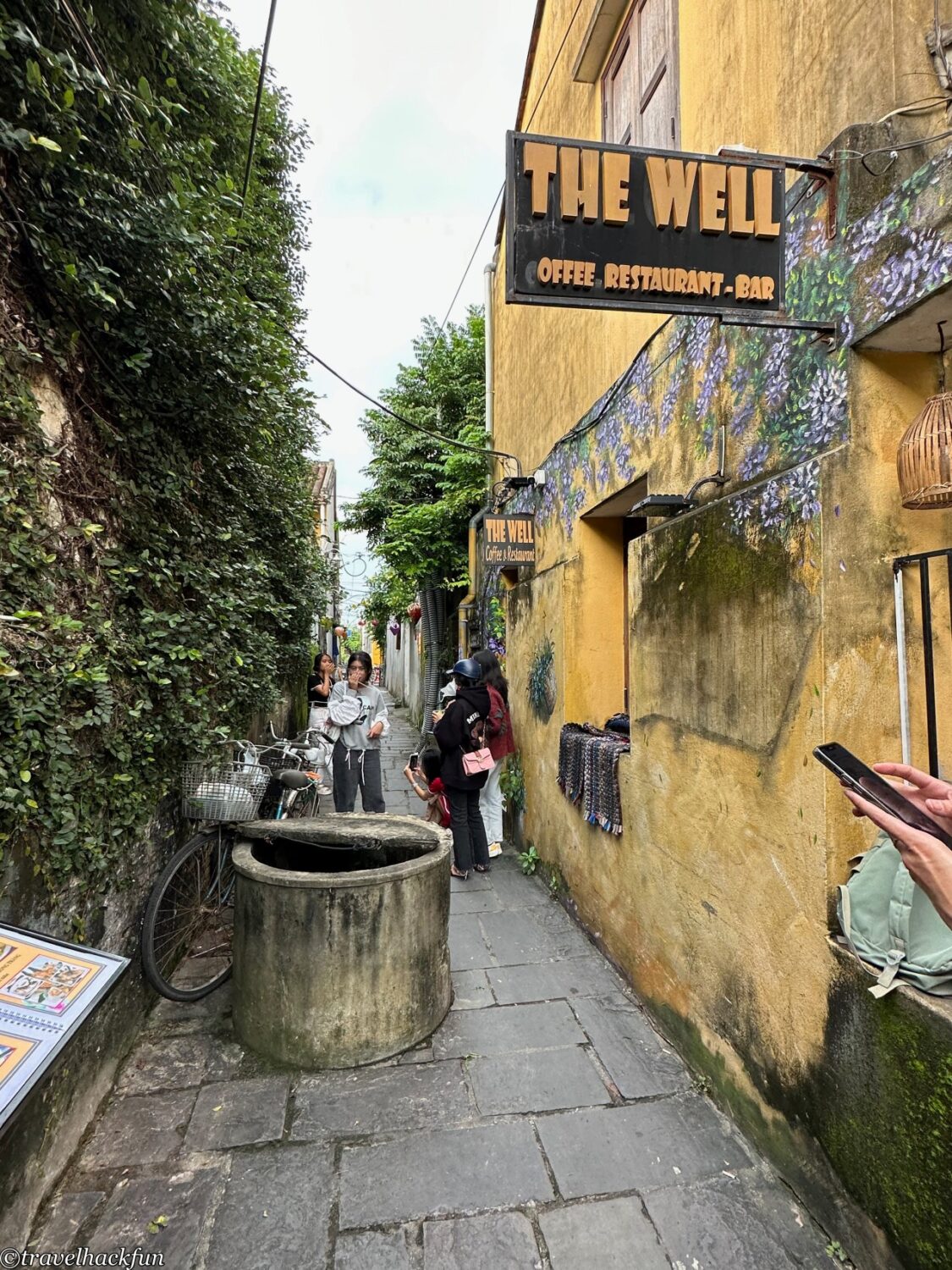
Old Town Experience | Rickshaw
The ancient town covers an area of about 2 square kilometers, and taking a rickshaw is one of the most popular experiences for tourists, as it is a great way to get around and have fun. Rows of rickshaws can be seen along the banks of the Thu Bon River. At night, the town is pedestrianized, so instead of the noisy honking of rickshaw horns in the streets of Vietnam, you will most often hear rickshaw drivers shouting "beep beep beep beep" instead.
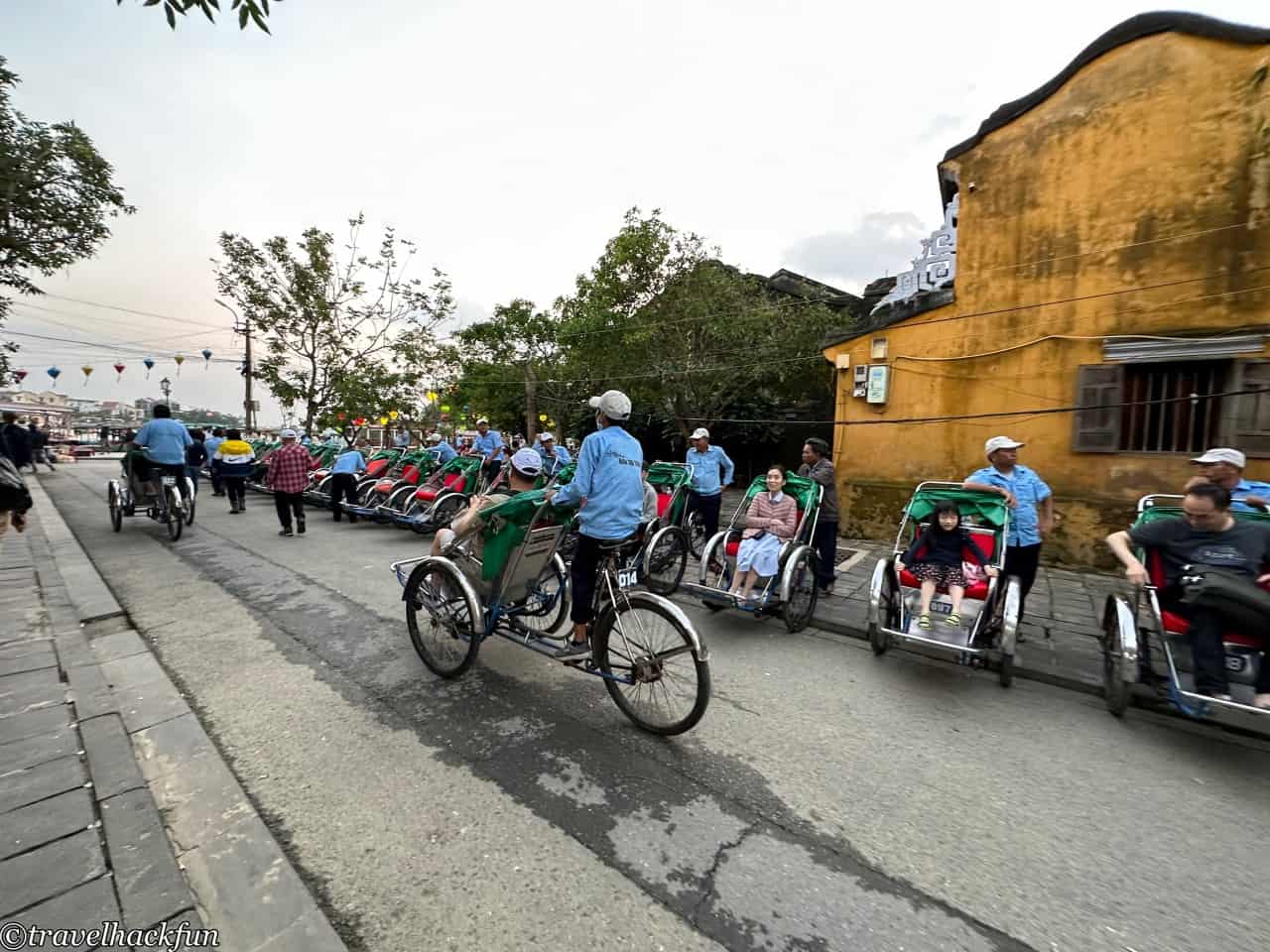
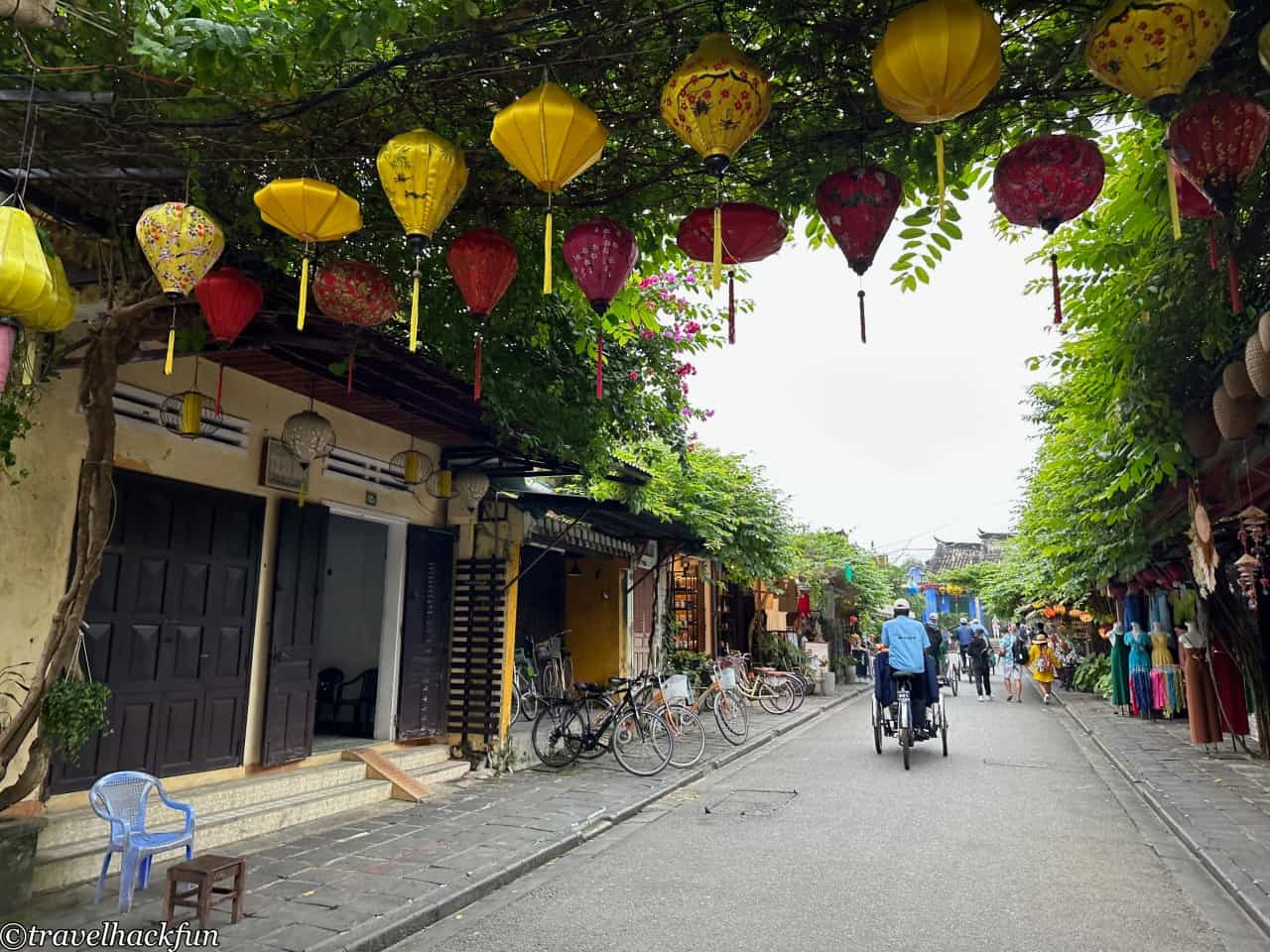
![Central Vietnam] Hoi An Travel Tips | How to play in Hoi An? |Hoi An Ancient Town | Thanh Hoa Ceramic Village | Canaan Island Water Coconut Grove Dustbin Boat 30 Hoi An, Hoi An 29](https://blog.travelhackfun.com/wp-content/uploads/2023/05/hoi-an-vietnam-79.jpeg)
Must See | Akiba Riverside
It takes more than two hours to walk around Hoi An Ancient Town, but foreign tourists often like to sit for hours at a time in one of the many cafes lining the banks of the Thu Bon River, enjoying the view of the river. The banks of the Thu Bon River are a classic view of Hoi An's Old City, and where numerous merchant ships used to stop in the past, the river is now much quieter during the day than at night.
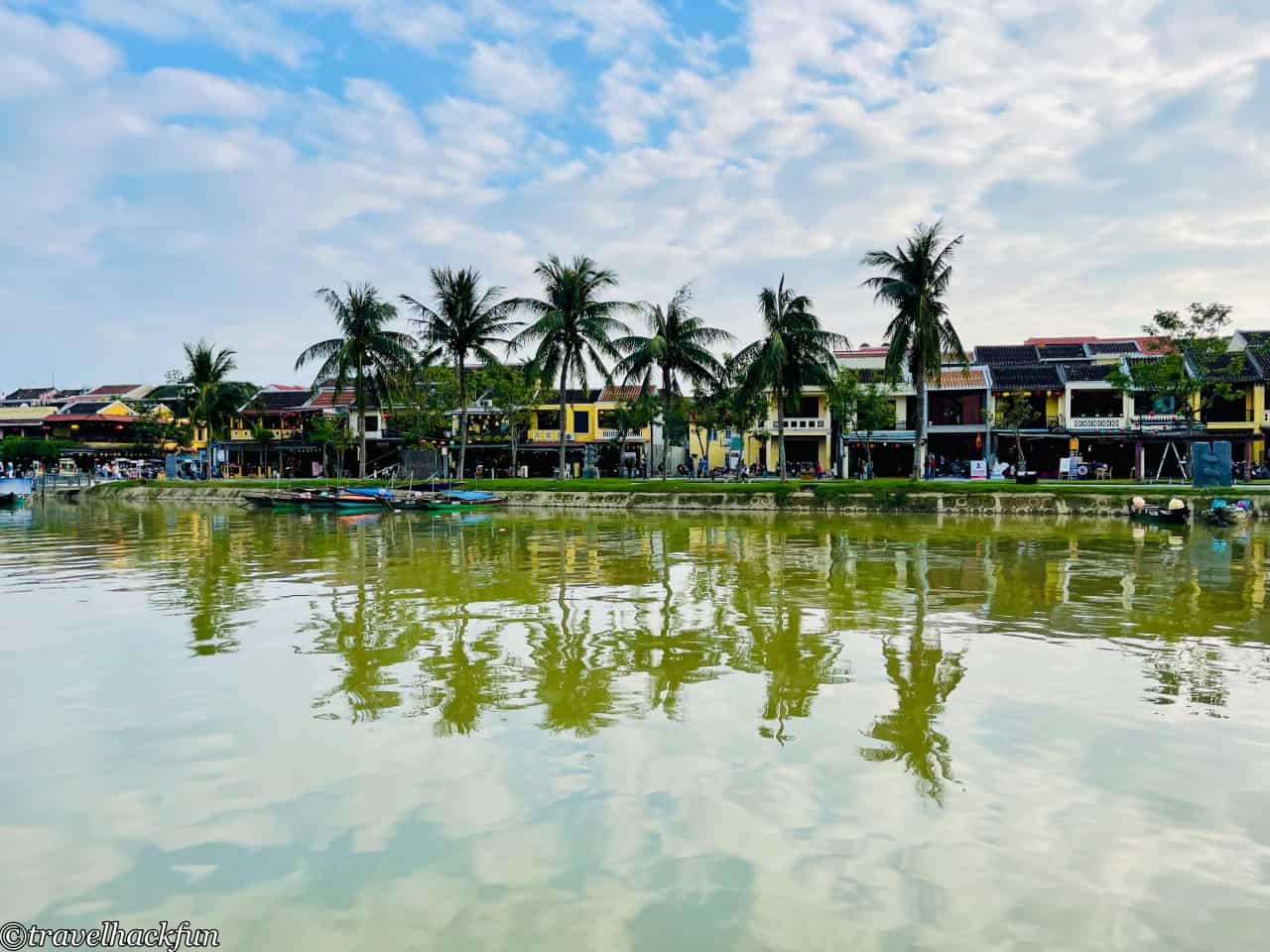
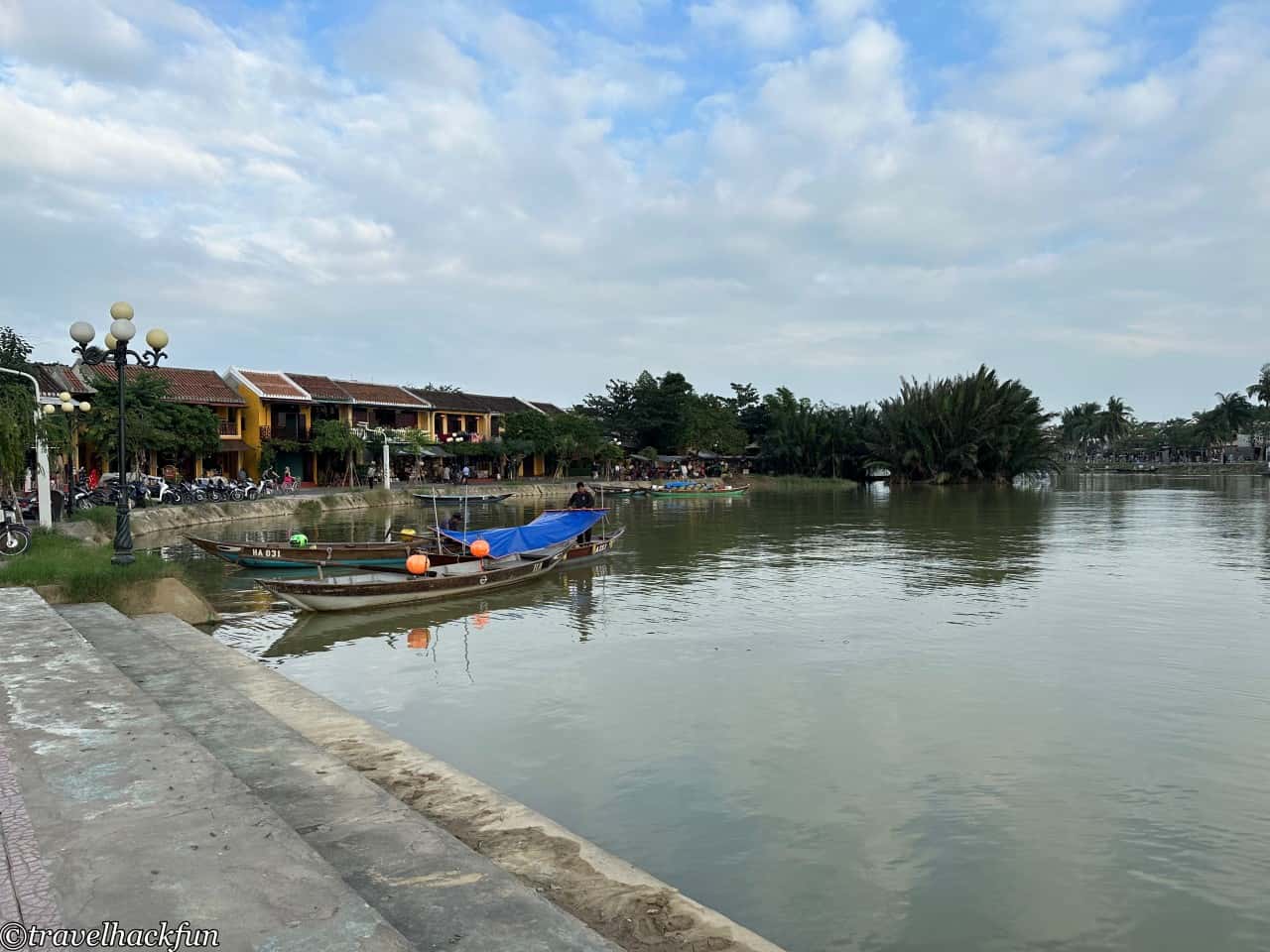
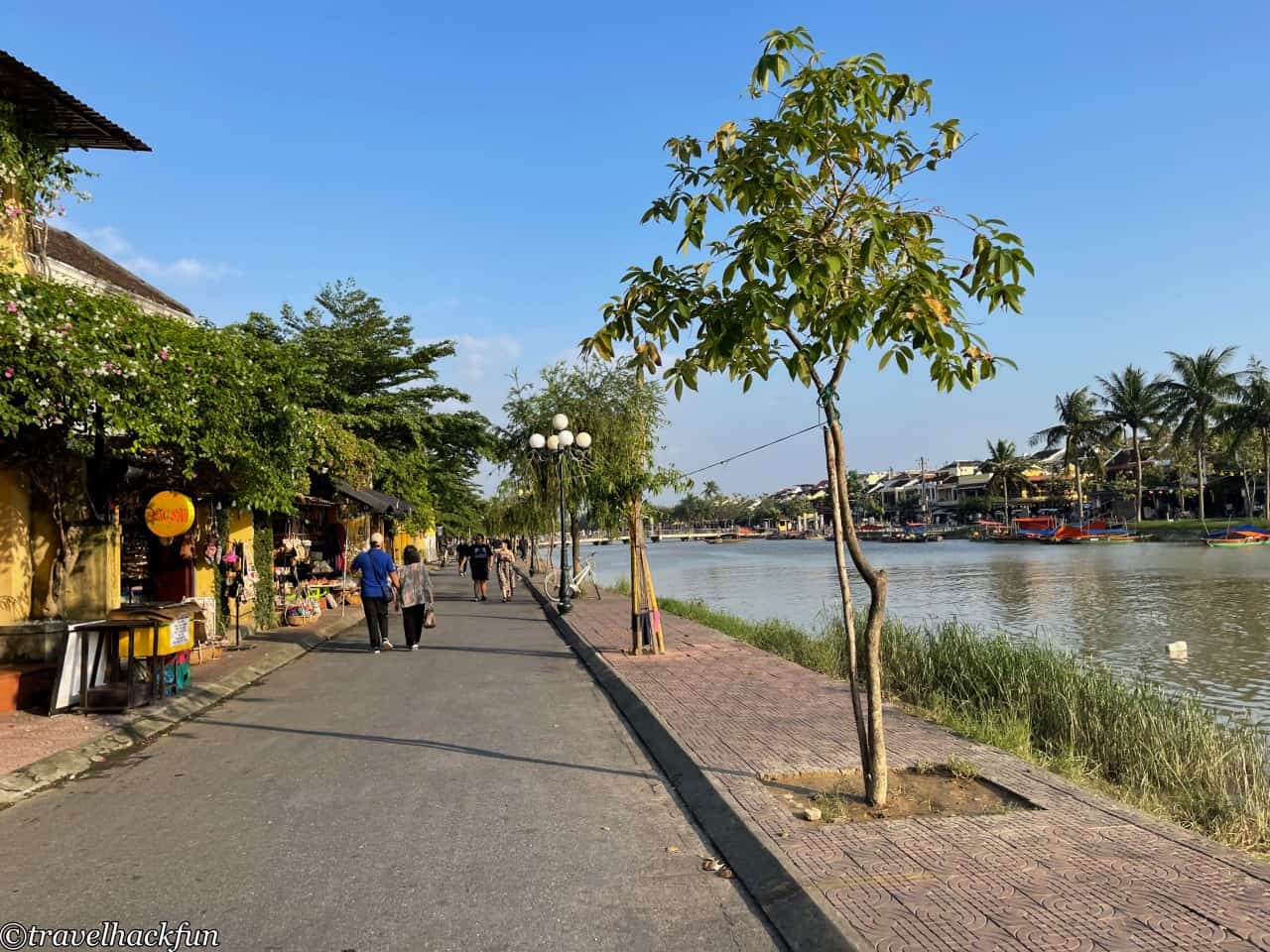


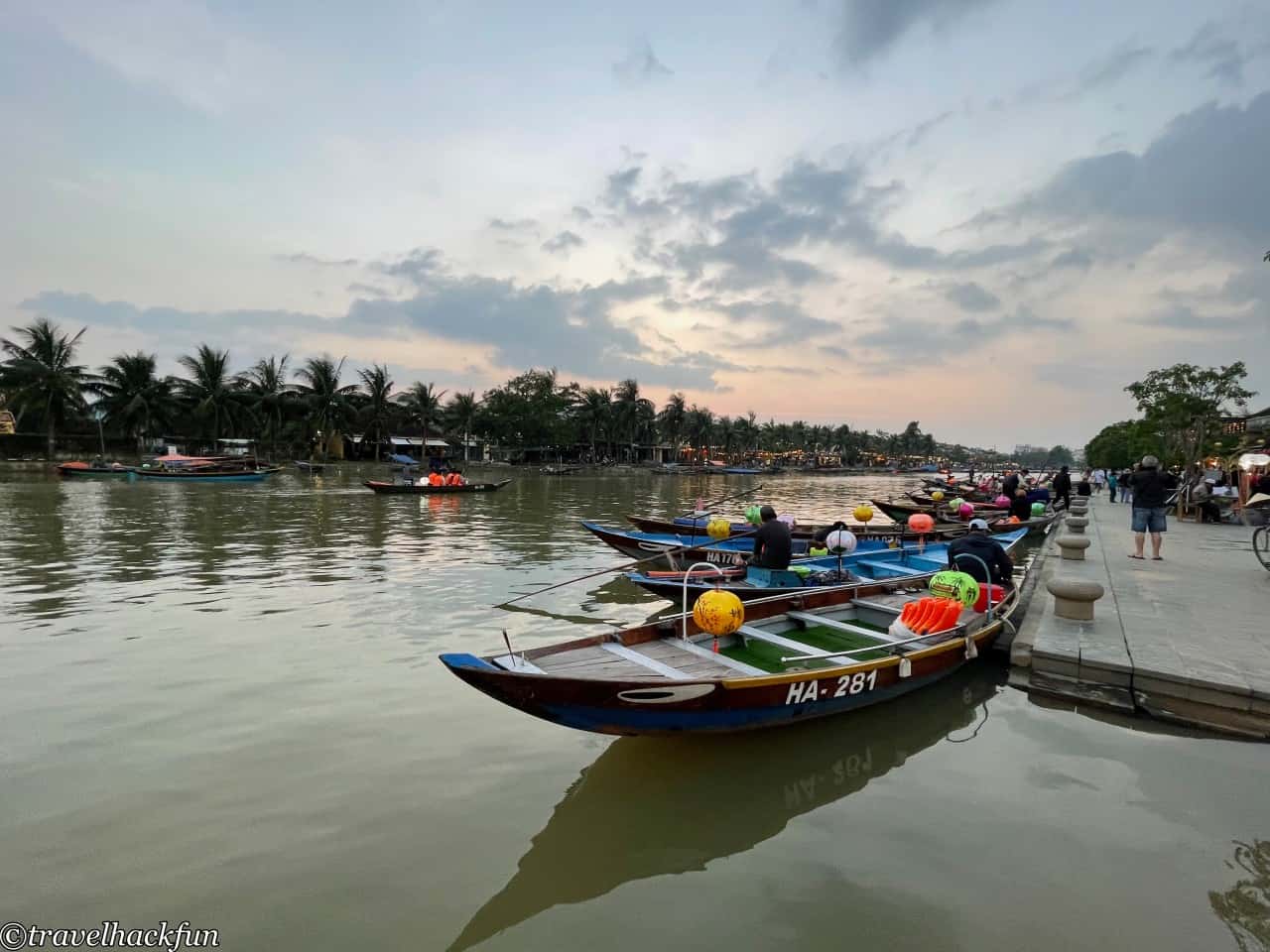
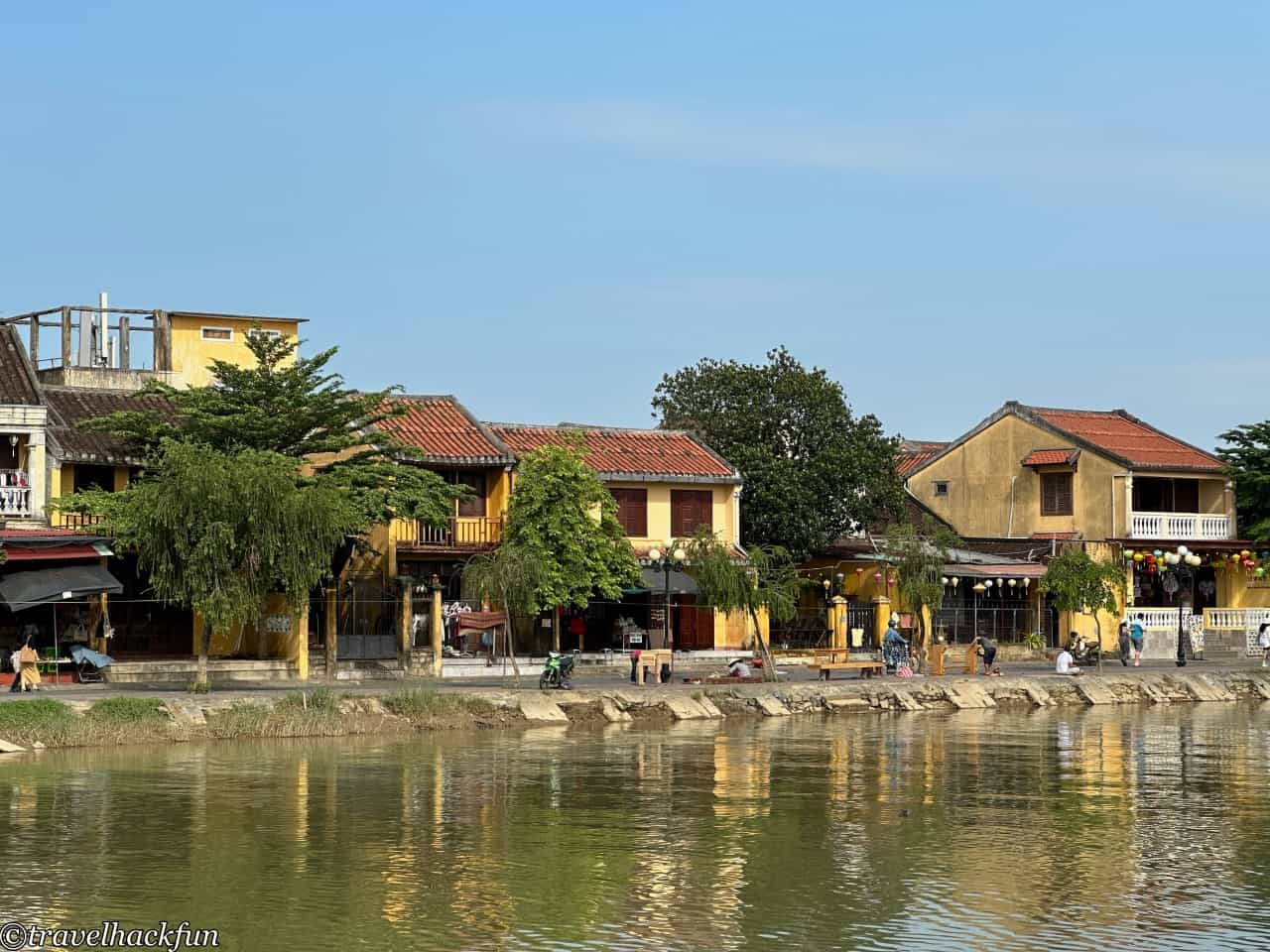
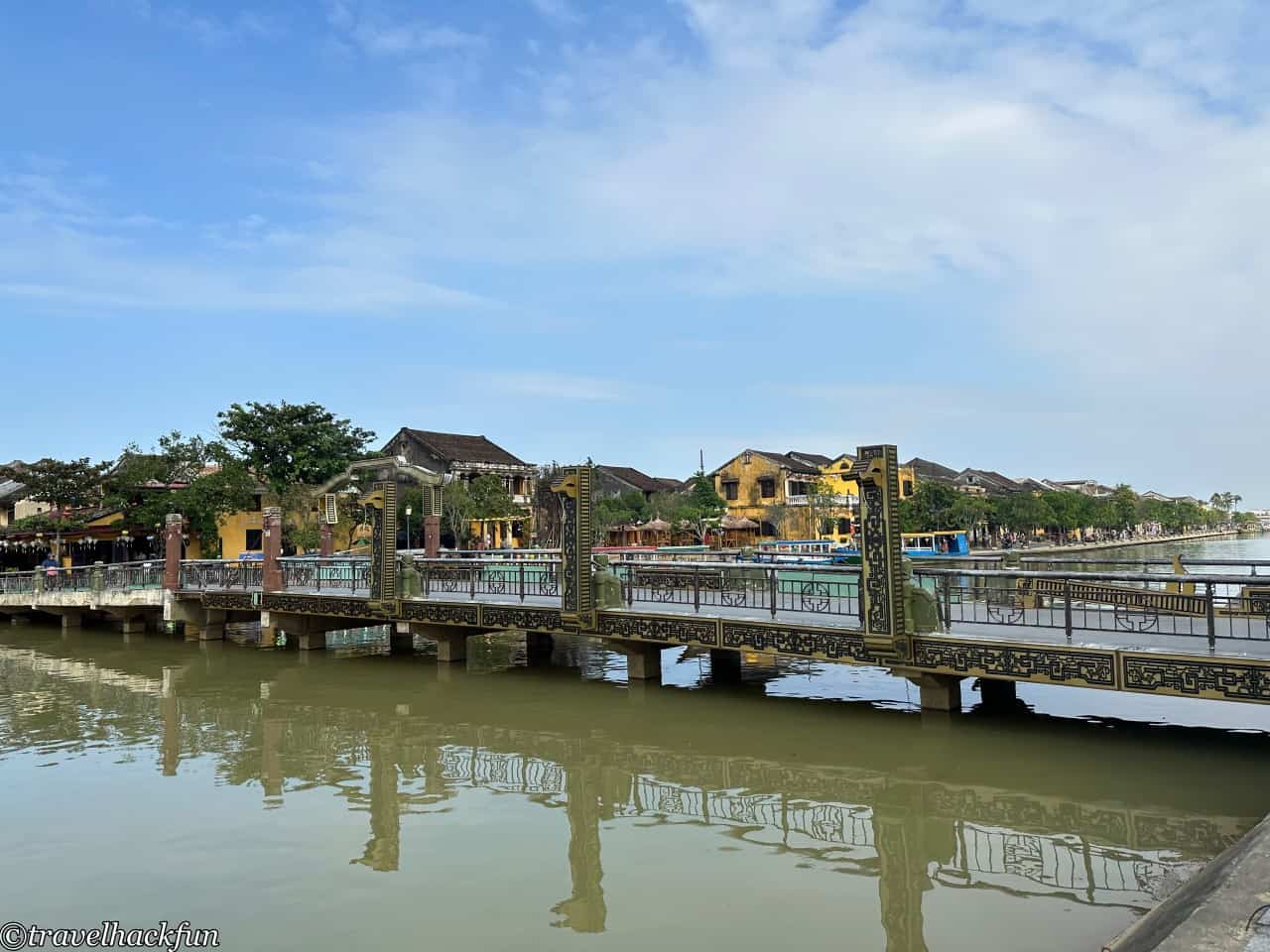
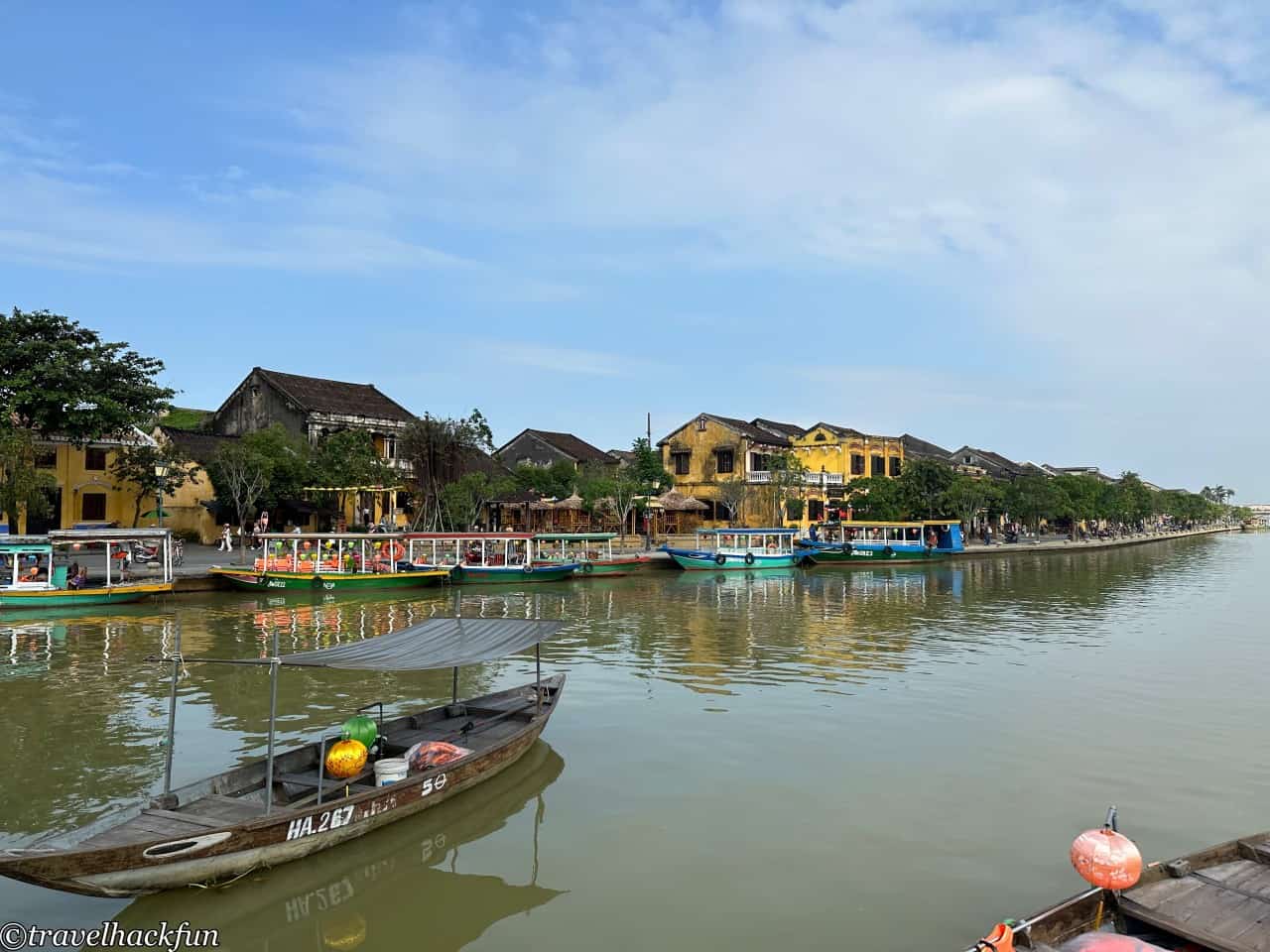
At night, both sides of the river are bustling with activity. Many small boats with colorful lanterns appeared one after another, carrying tourists around, and shopkeepers were busy soliciting business. The night tour on the Qiubon River lasted about half an hour, and we heard some people bargaining for 200K for 4 people. There were also people putting out water lanterns, which could be bought at the stores along the riverbank.
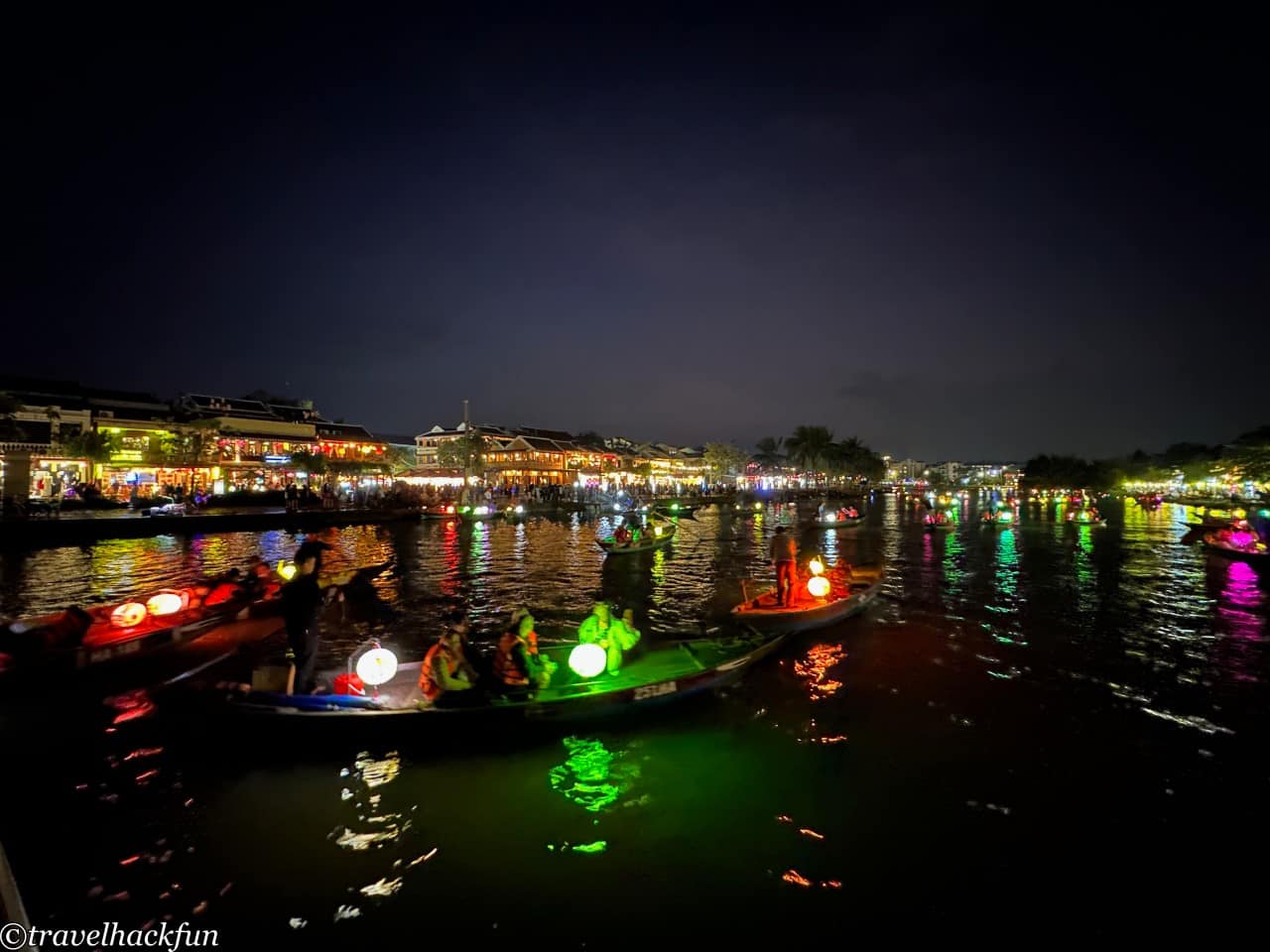
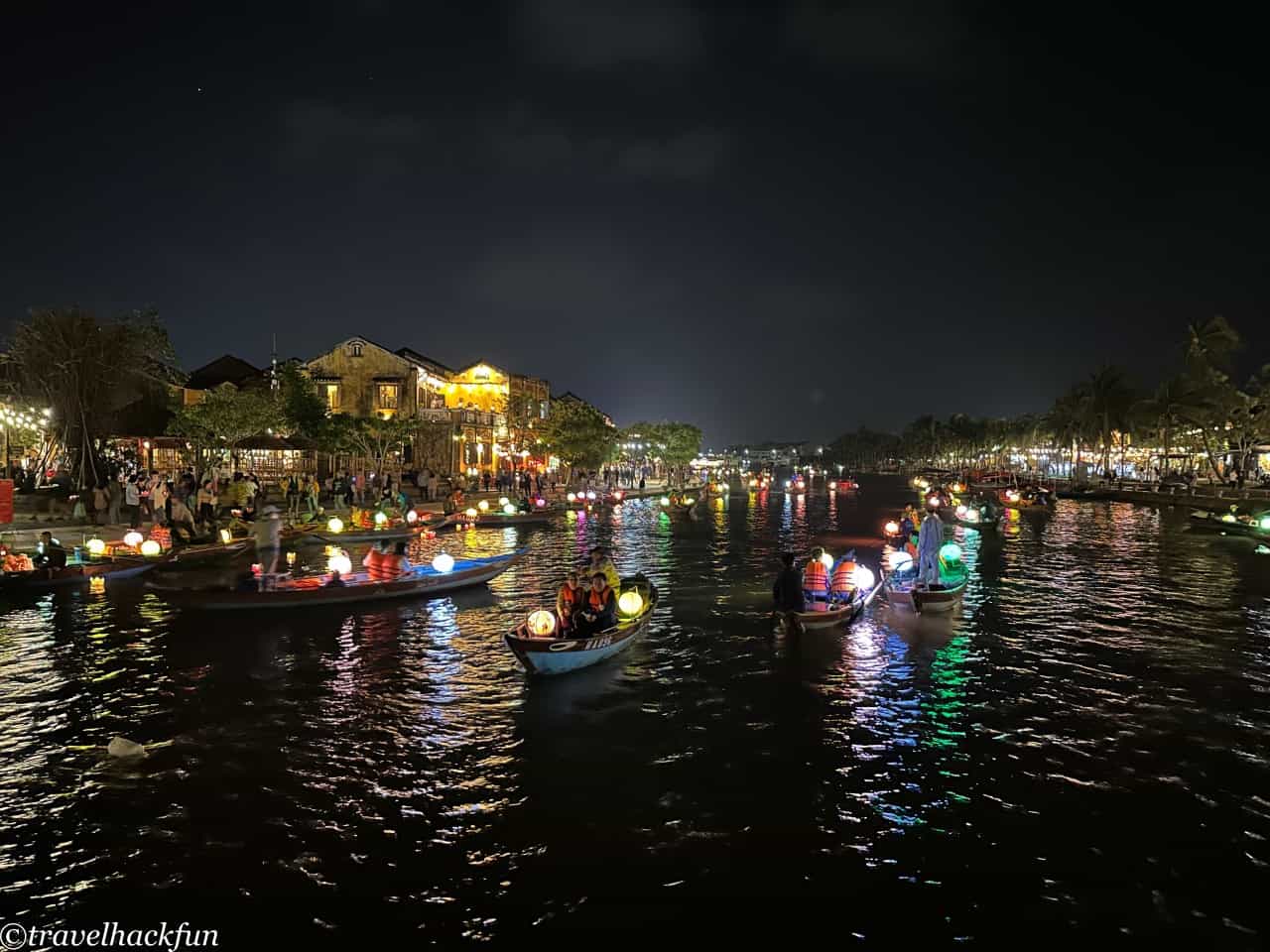
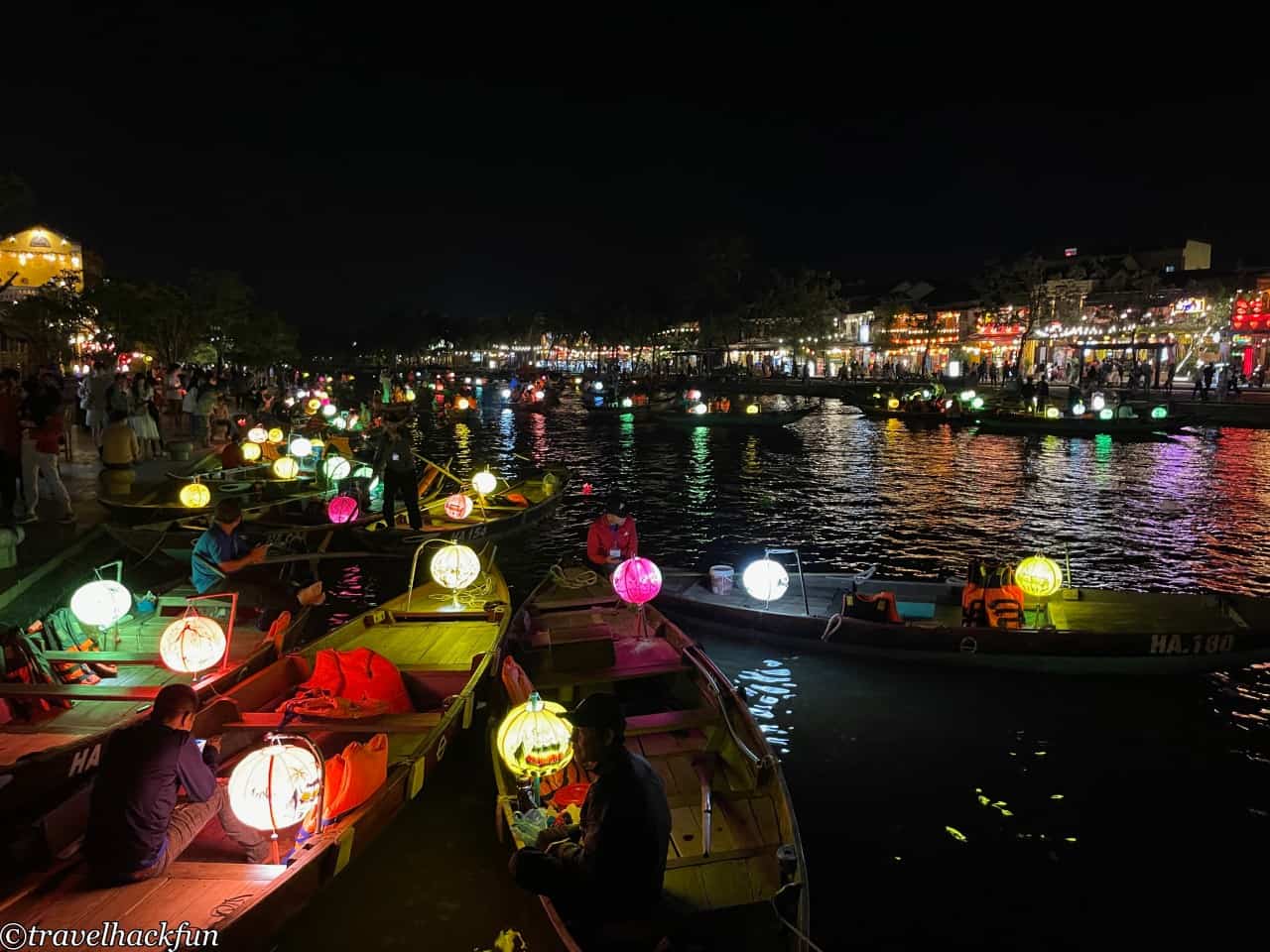

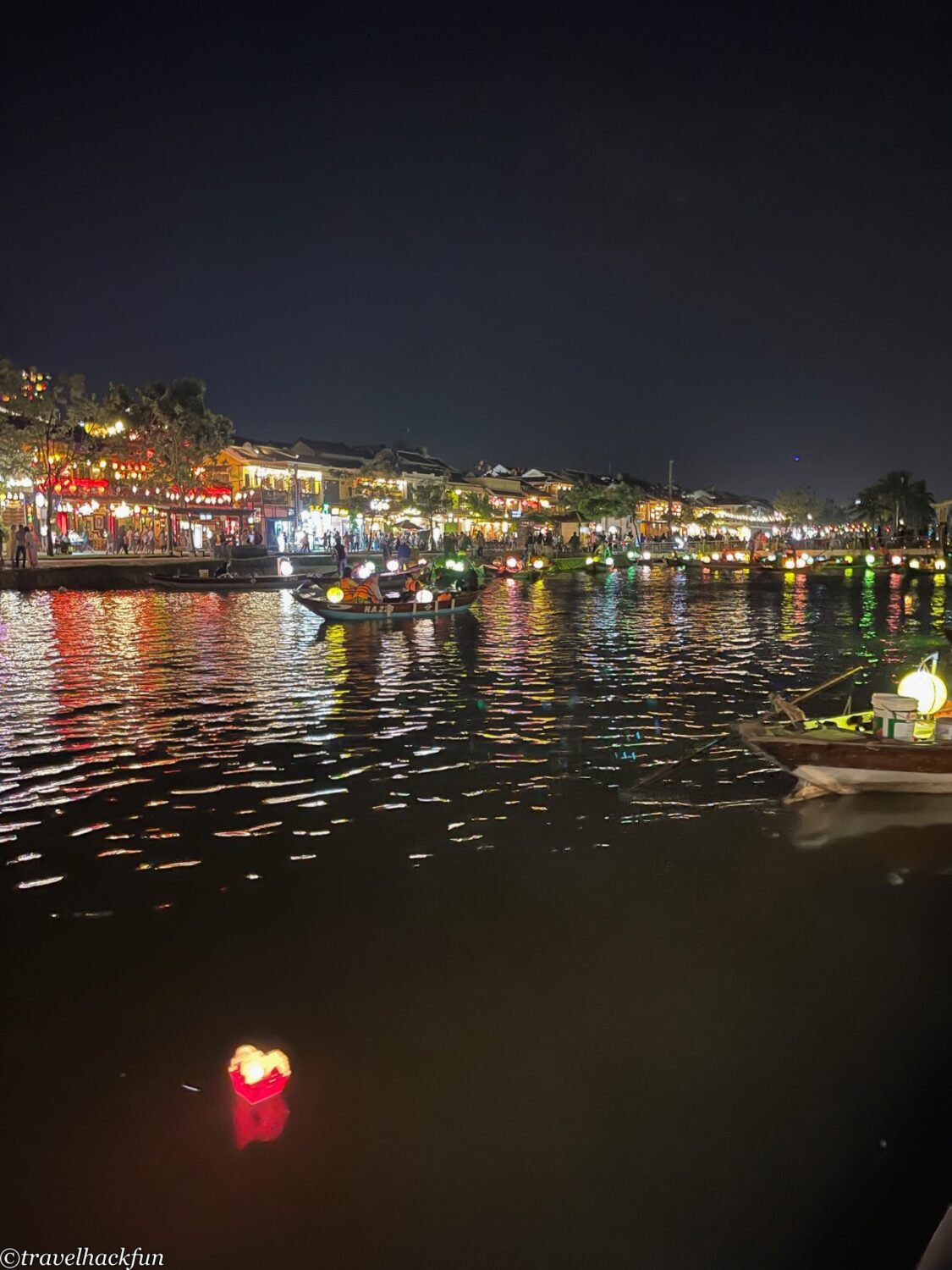
Must See | Lai Yuen Bridge
The Laiyuan Bridge in the center of the town can be seen when you walk from the river to Chenfu Street. Also known as the Japanese Bridge, the bridge spans a tributary of the Thu Bon River, connecting the Chinese and Japanese neighborhoods on both sides of the river, and is a symbol of Hoi An Ancient Town. The body of the bridge is made of concrete, and the roof of the bridge is topped by a wooden traditional Japanese-style pavilion, presenting a unique oriental flavor.

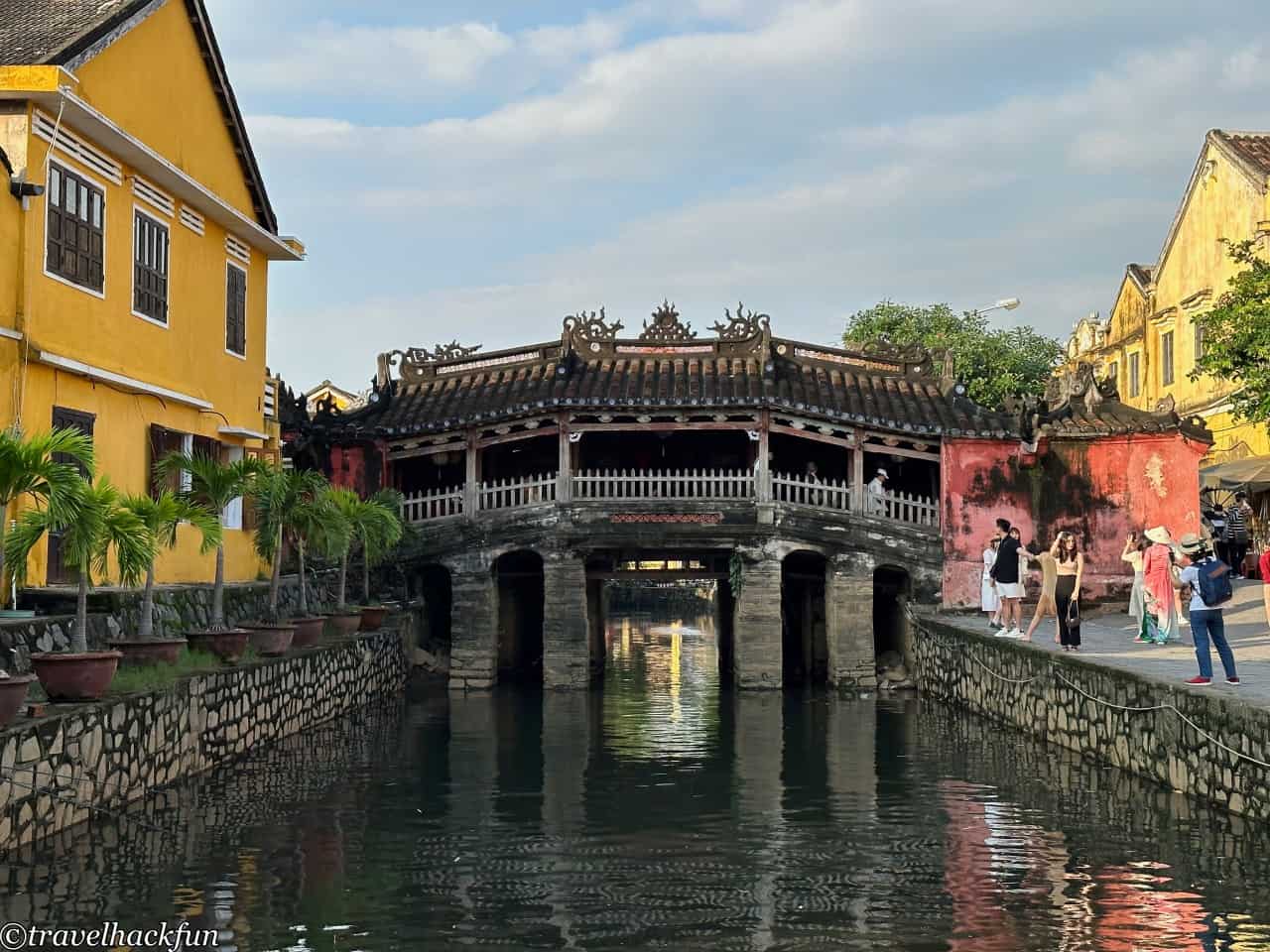
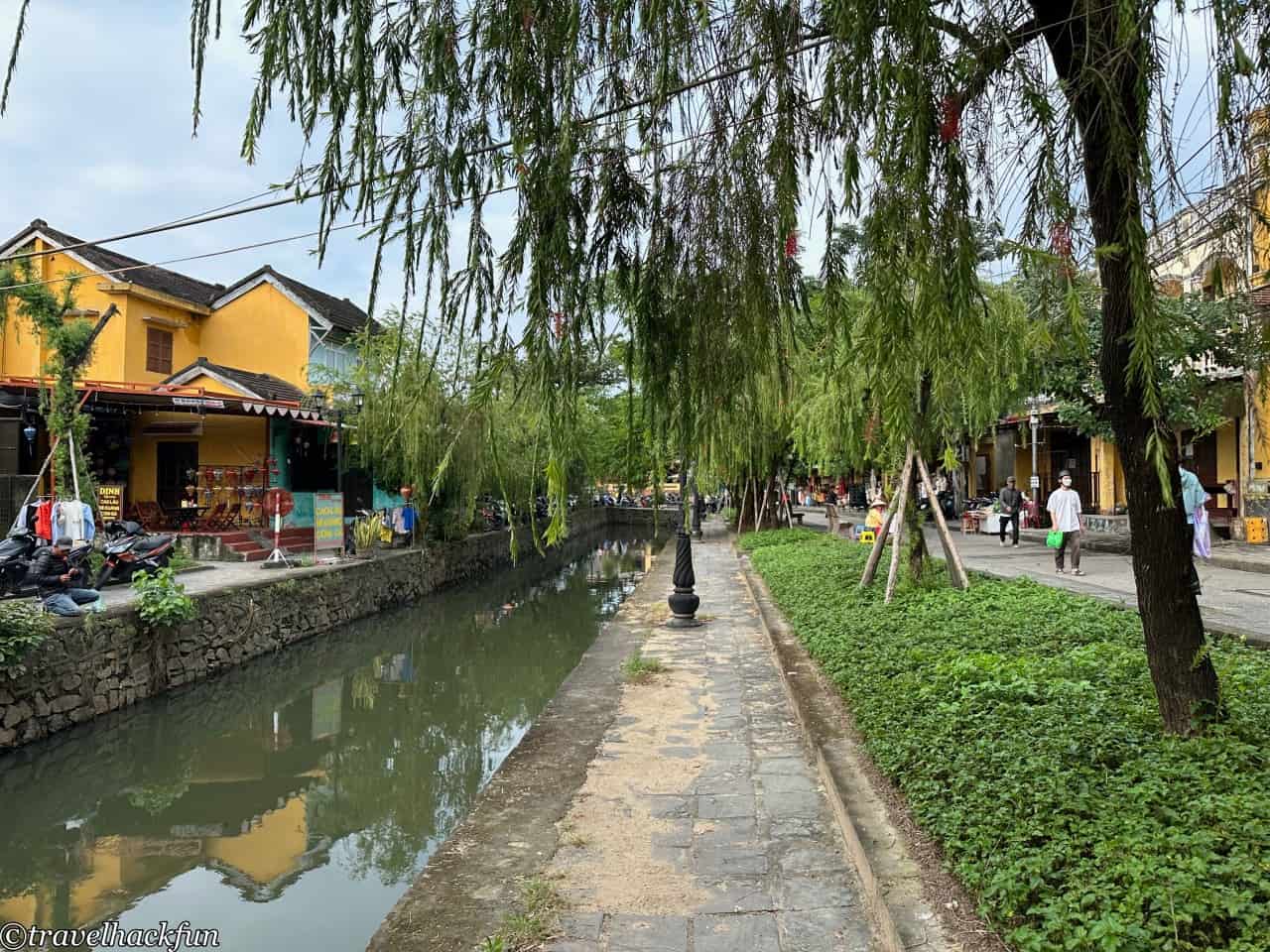

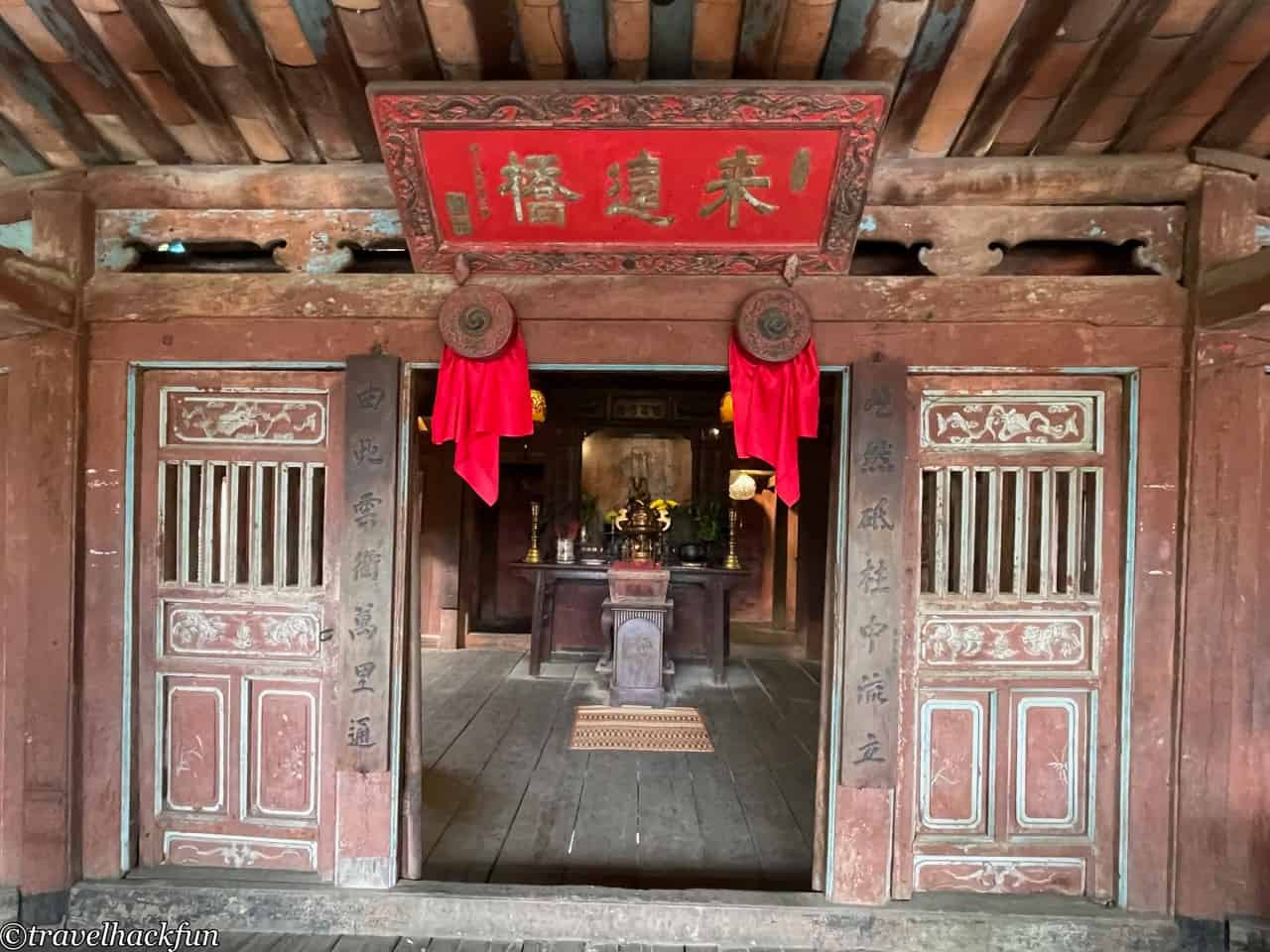
At night, the bridge is illuminated with lanterns. Stone sculptures of dogs and monkeys flank the entrance to the bridge, commemorating its construction in 1593 and completion in 1595, the Year of the Monkey and the Year of the Dog, respectively. Inside the bridge is a temple dedicated to the god Genten. From the bridge, you can see the bustle of the Akibaon River.
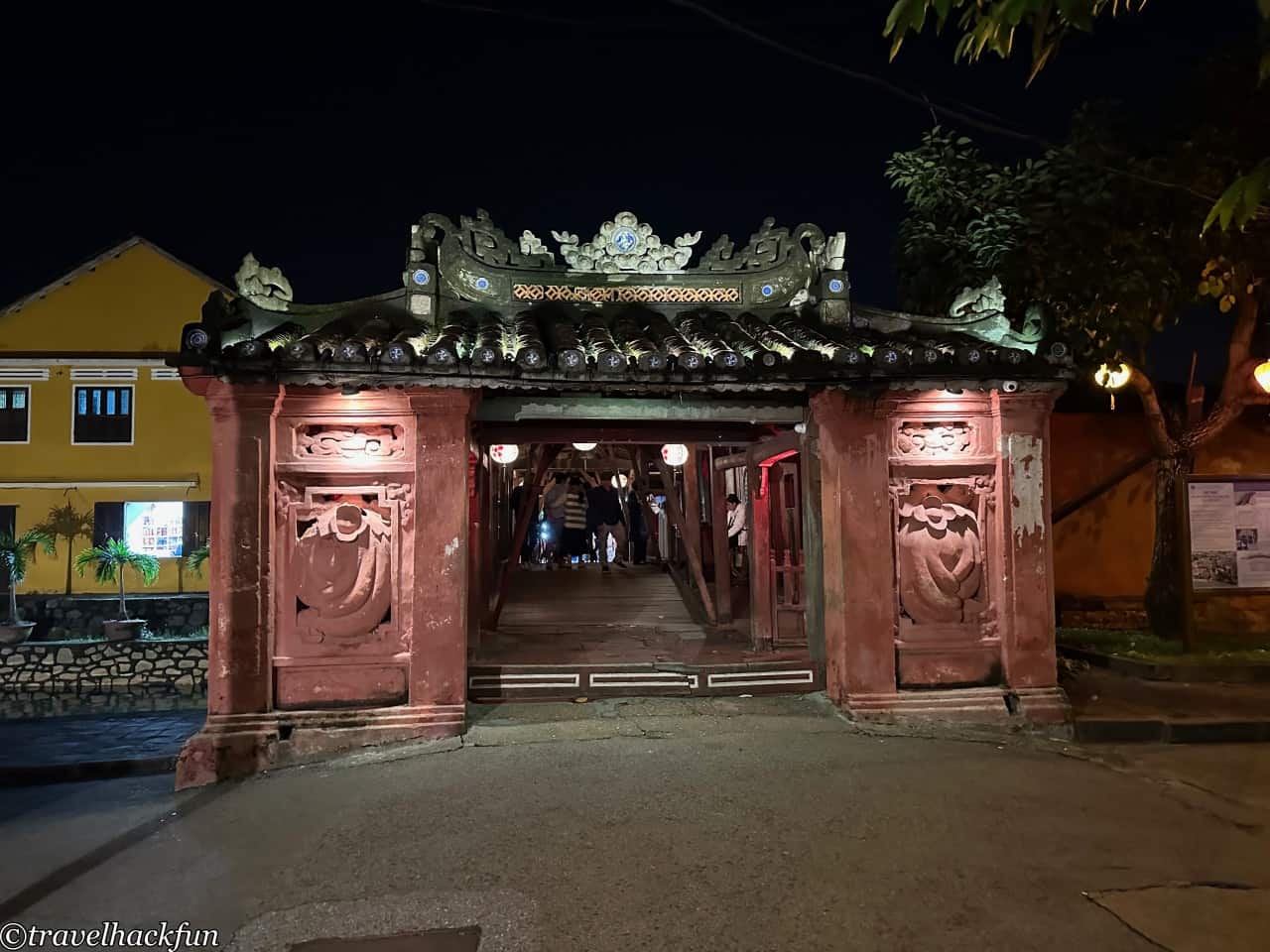


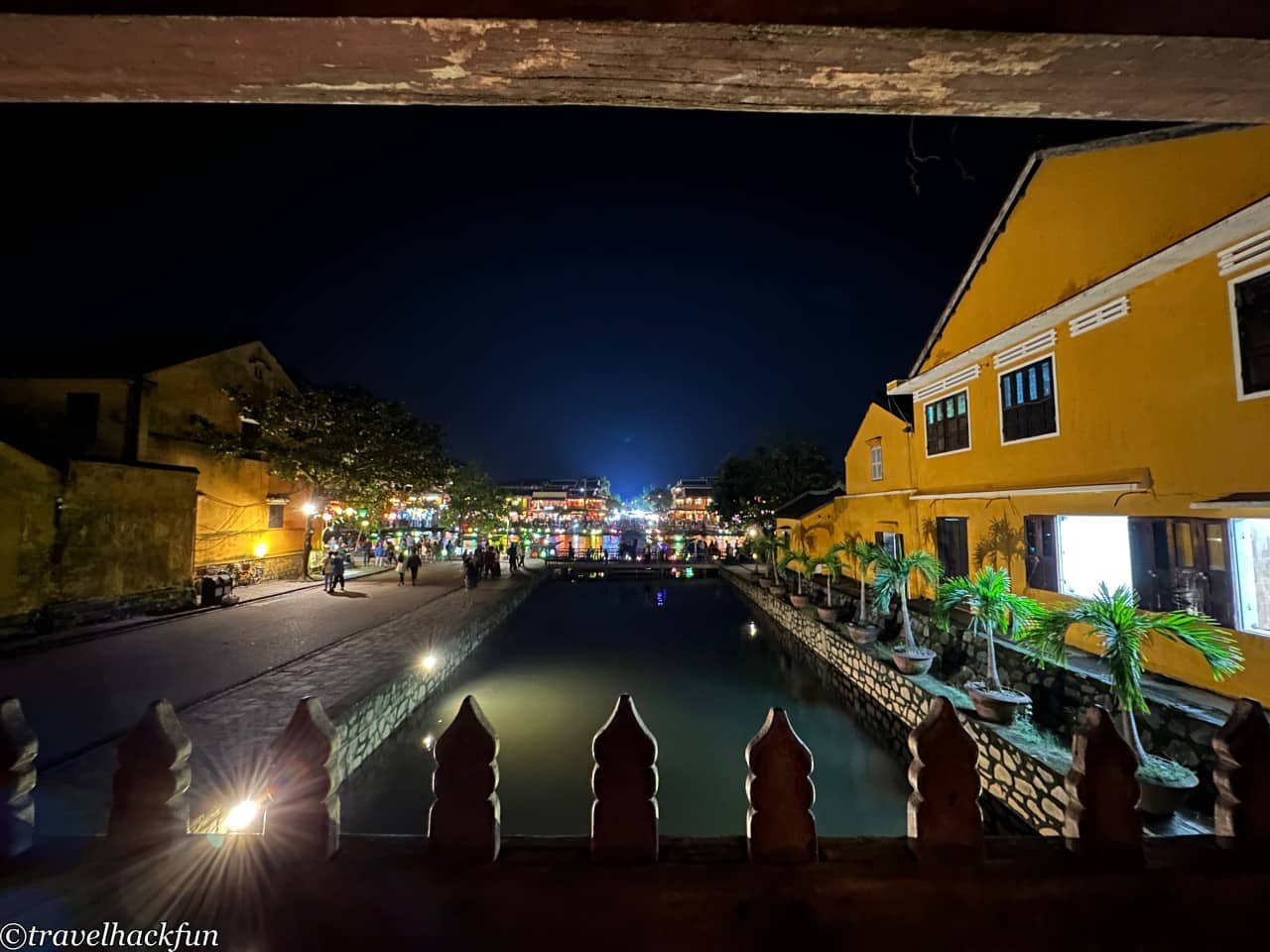
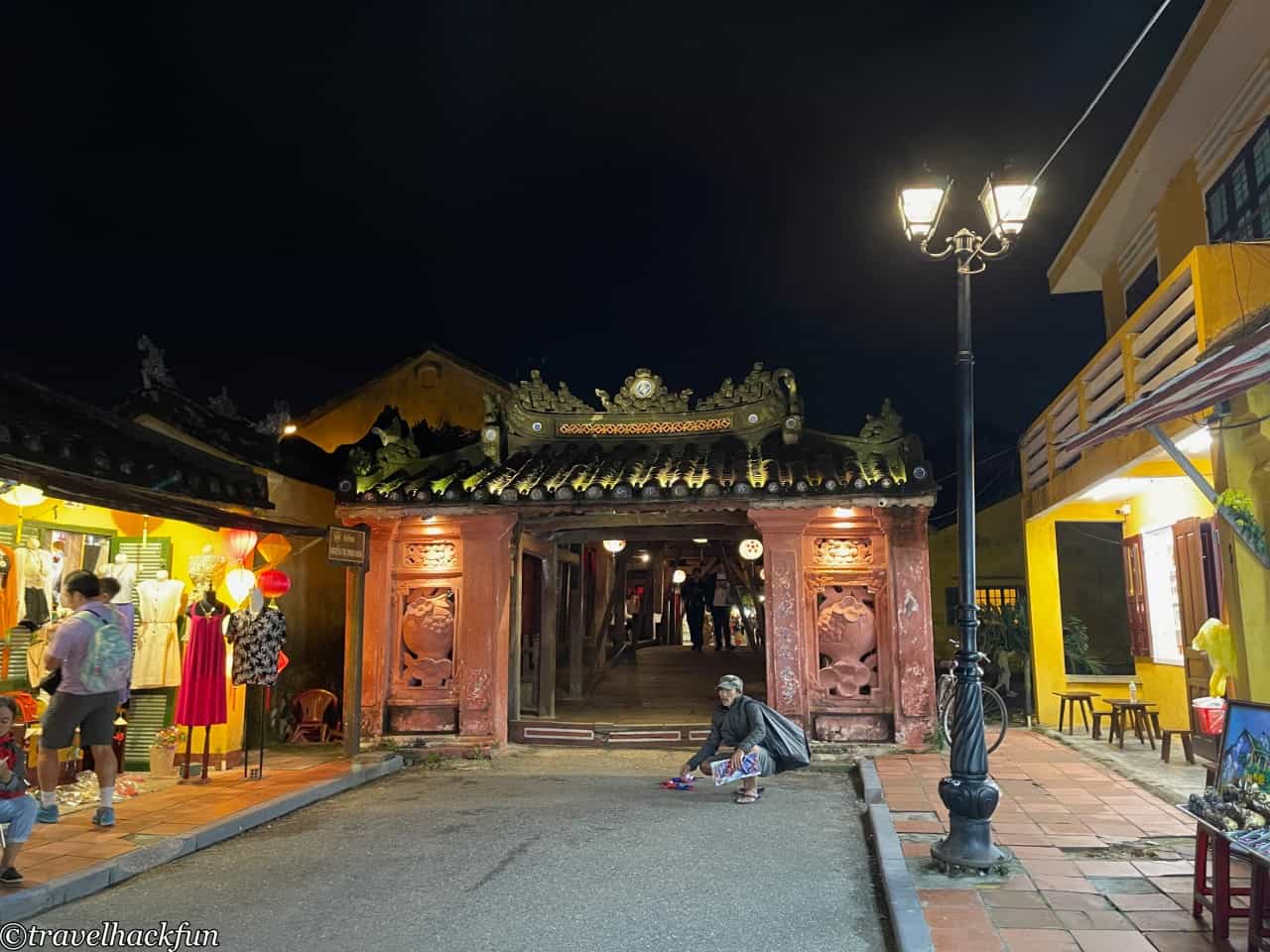
Must-see | Chinese Chamber of Commerce, Old House
At one end of the Lai Yuen Bridge is the Chinese Quarter, which is an important scenic spot in Hoi An Ancient Town. Hoi An used to be an important commercial port, attracting many Chinese to come and do business. The entire Chinese Quarter is still largely intact, mainly because the Chinese stayed in Hoi An and developed the most. Compared to the Japanese in Japan who retreated to their home countries after the Japanese Sakoku, many Chinese stayed in Vietnam, mainly because many people in the late Ming and early Qing Dynasty chose to leave China and go overseas, and some stayed in Hoi An. Some of them stayed in Hoi An. At first, they wanted to fight against the Ching Dynasty and restore the Ming Dynasty, and called themselves Ming villagers. The Ming villagers were relatively wealthy and had a high social status in Vietnam at that time, so they chose to settle down after the fall of the Ming Dynasty. Because of their high social status, even merchants who came to Vietnam after the Qing Dynasty also called themselves Ming villagers. However, after a few generations, the Minh Heung people changed their self-identification to Vietnamese.
You can find many Chinese houses and mansions in the area. Many clansmen's associations have been established in the area. The Chinese Association's guesthouses are the gathering places of the associations, and often there are temples as well, which also serve as religious centers for the Chinese in their hometowns. Among them, the Hokkien Huay Kuan is the largest. The other famous ones are the Kwong Shiu Association, Chiu Chow Association, King's House Association and the Chinese Association, all of which are open during the daytime, but tickets are required for entry.
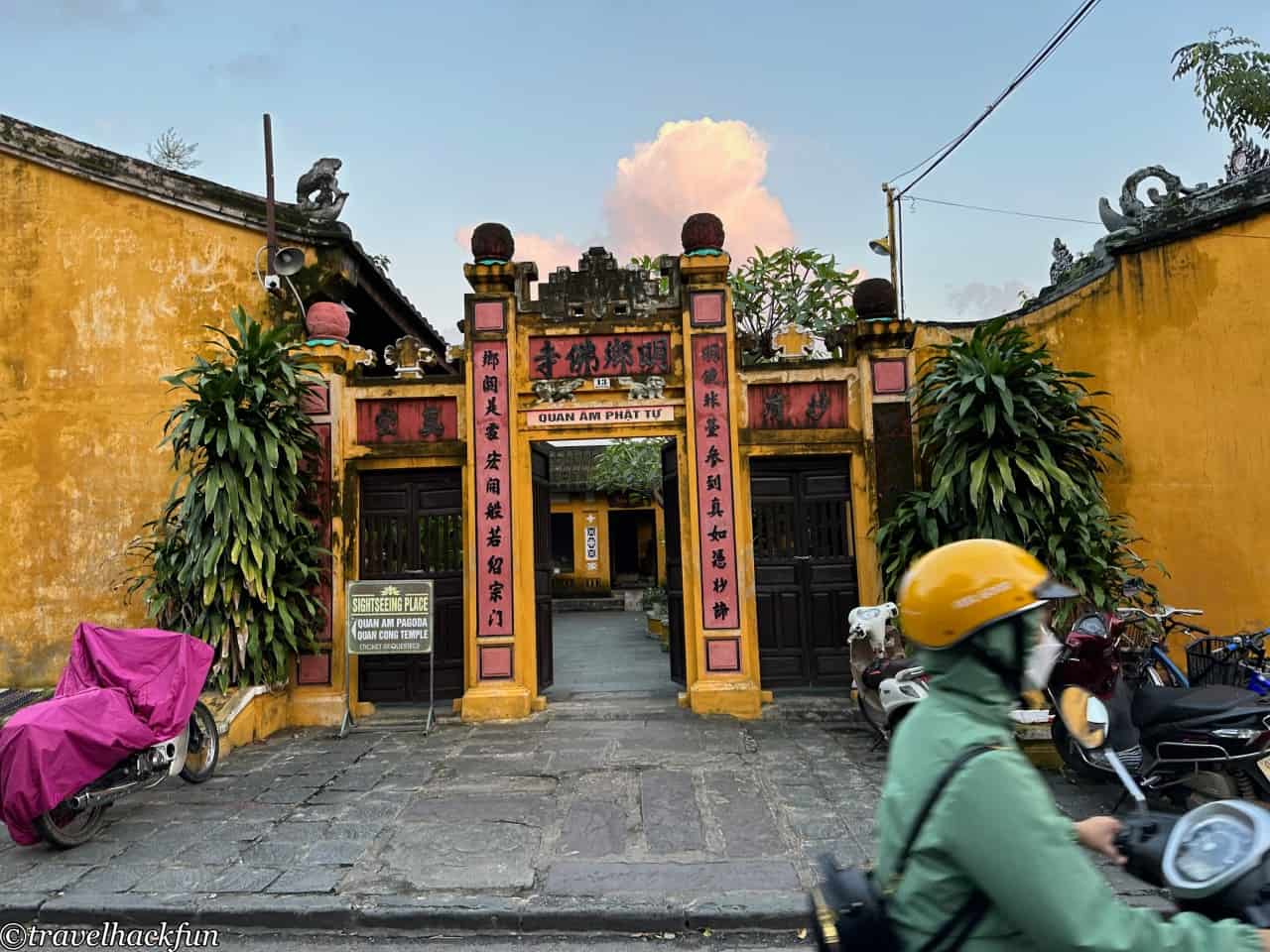
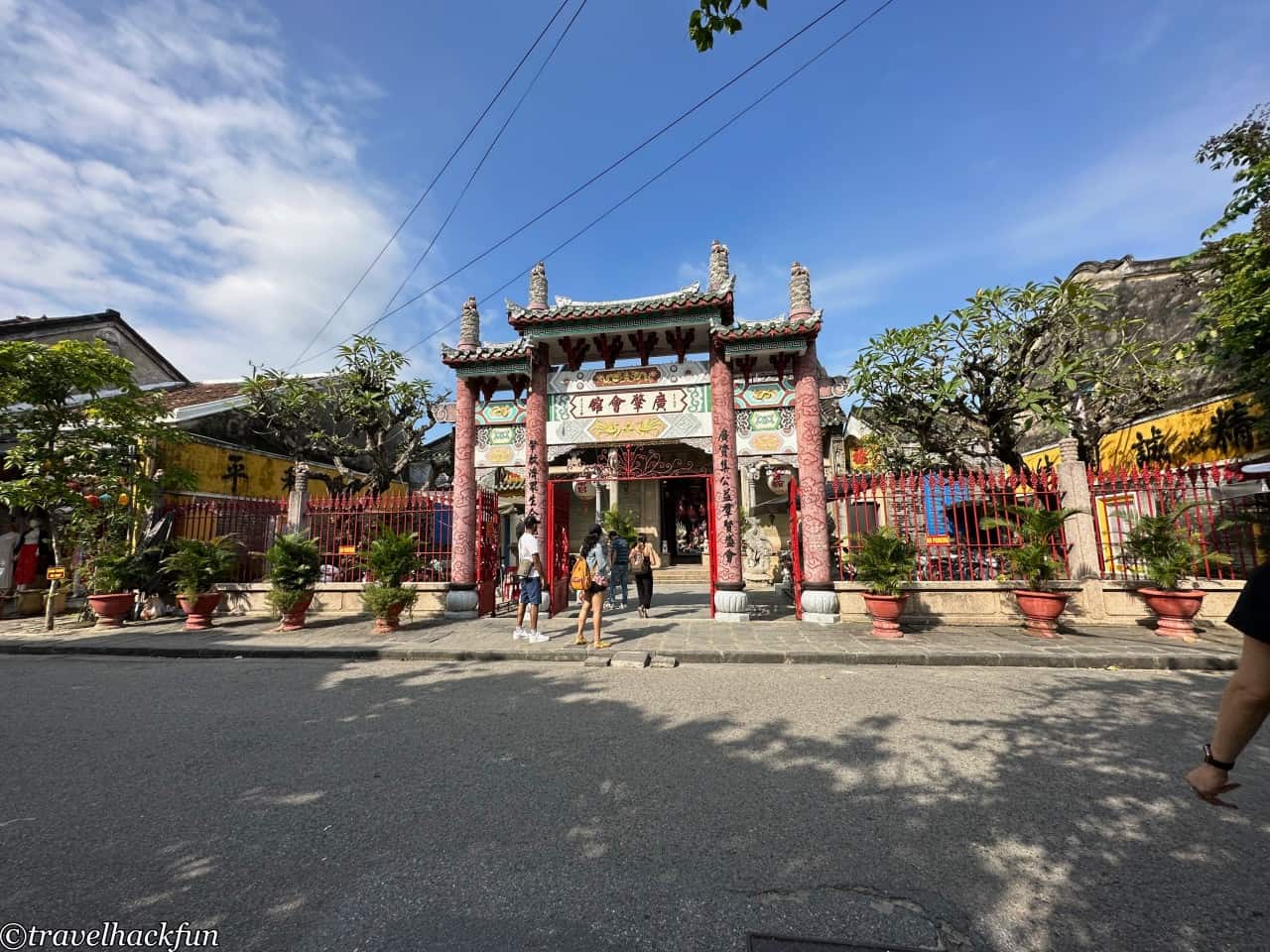
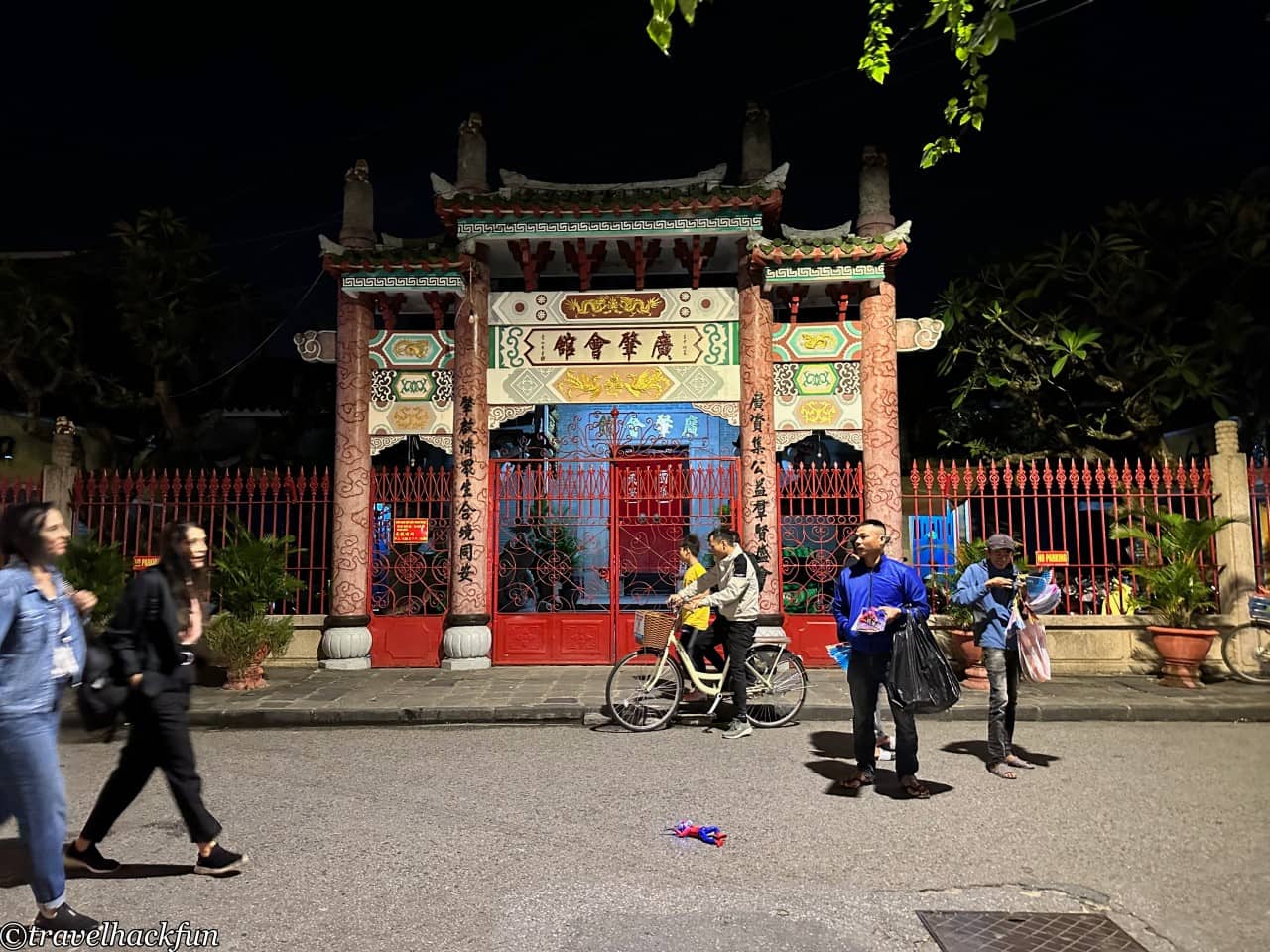
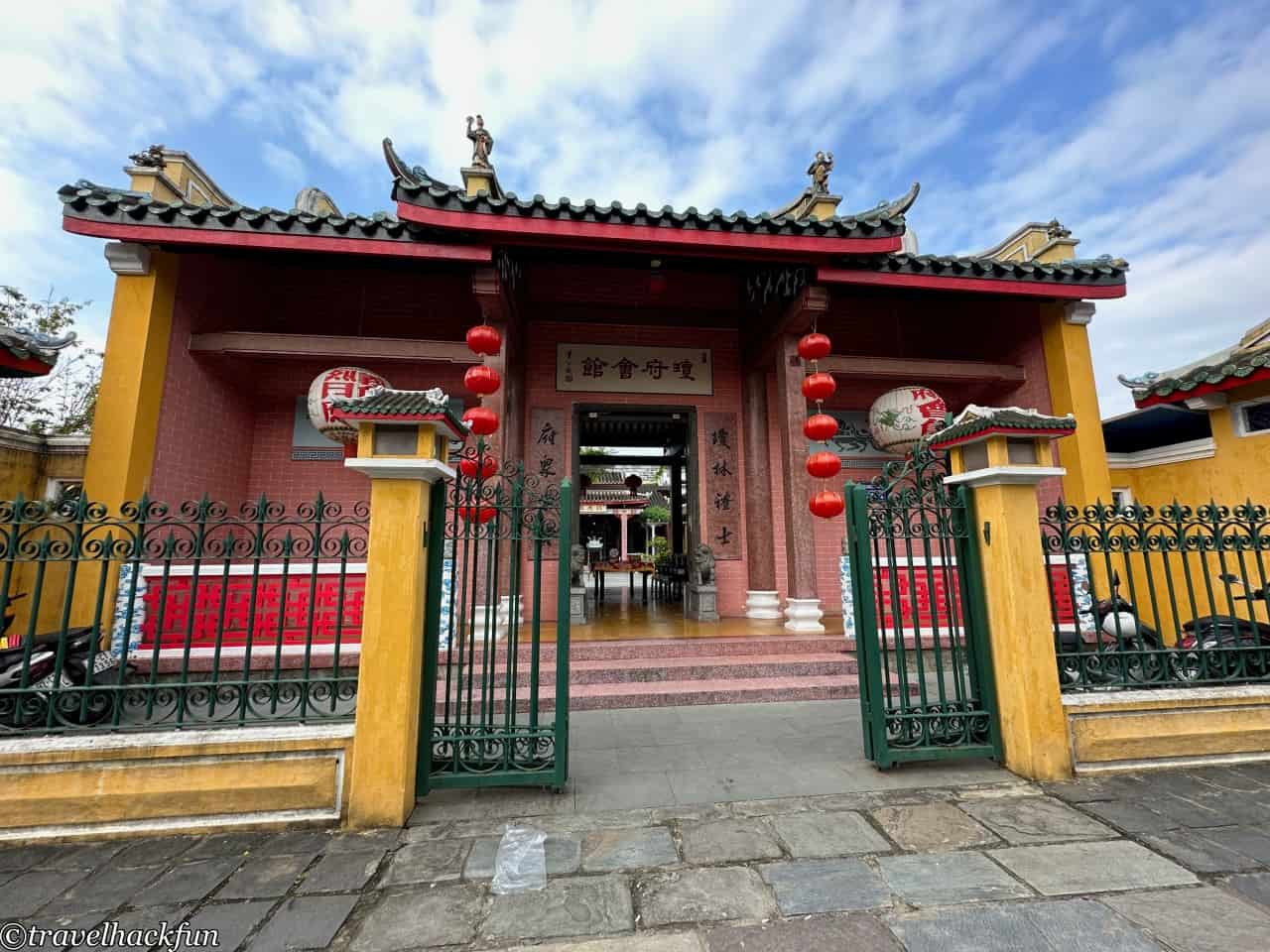
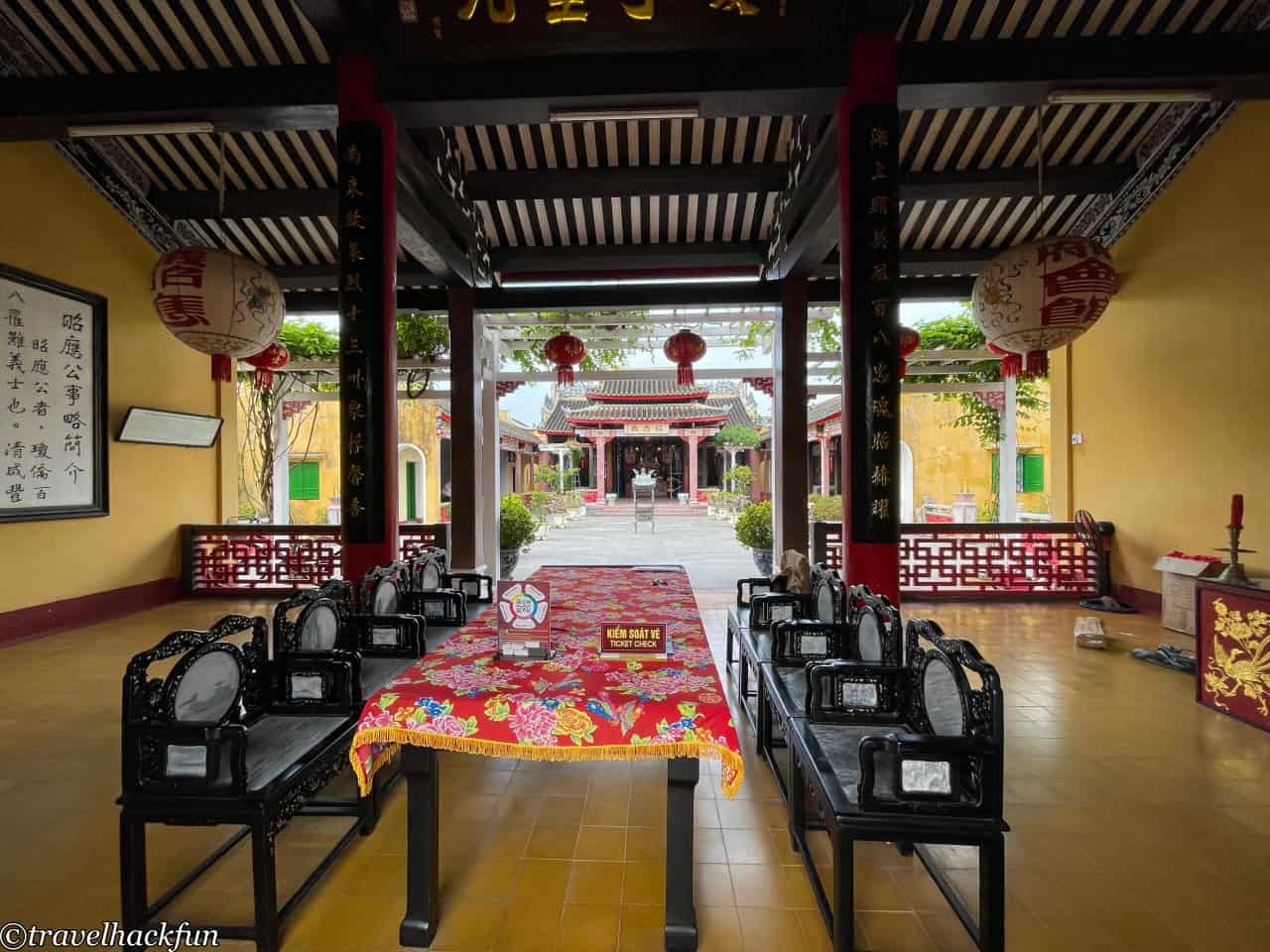
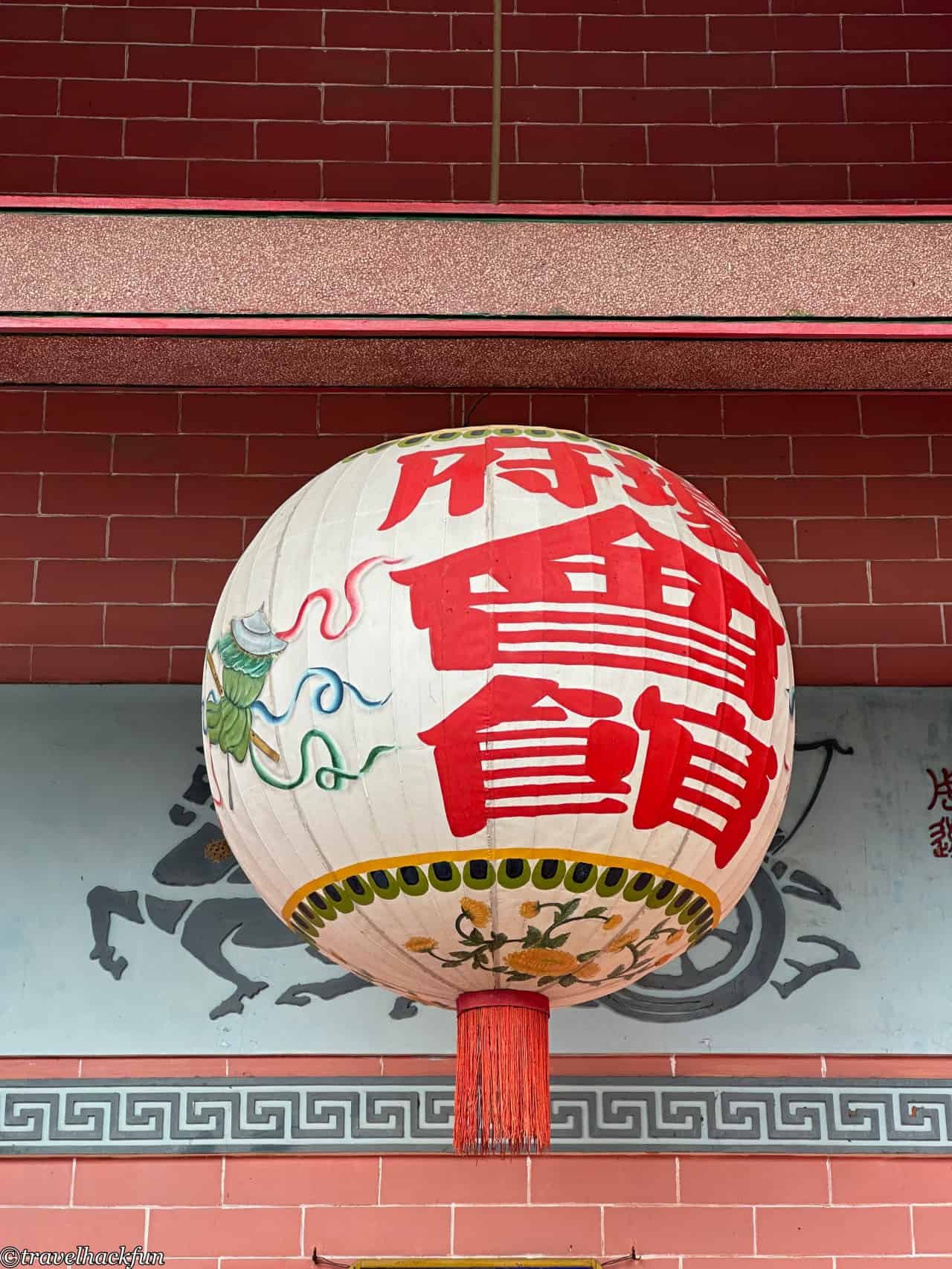
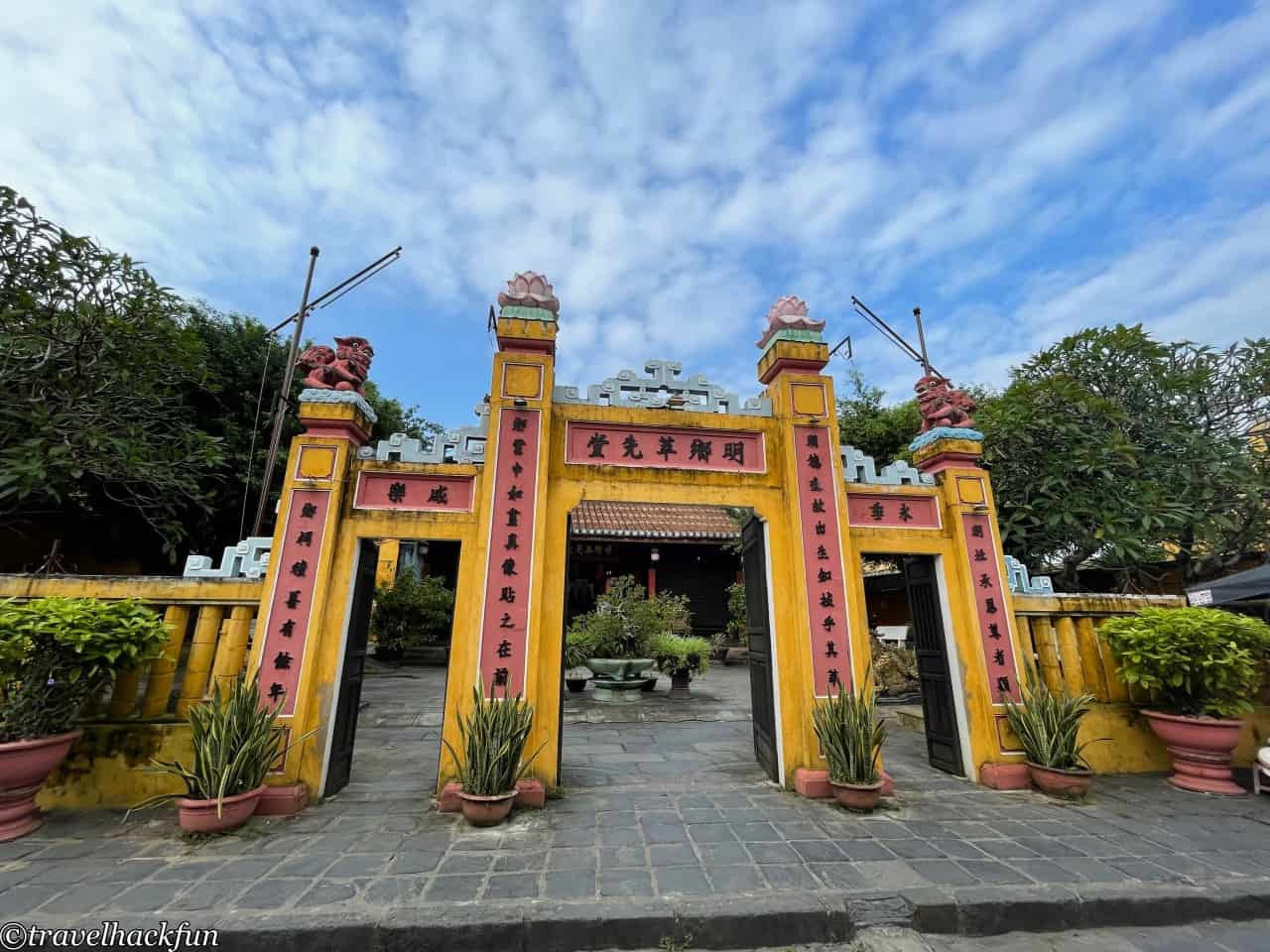

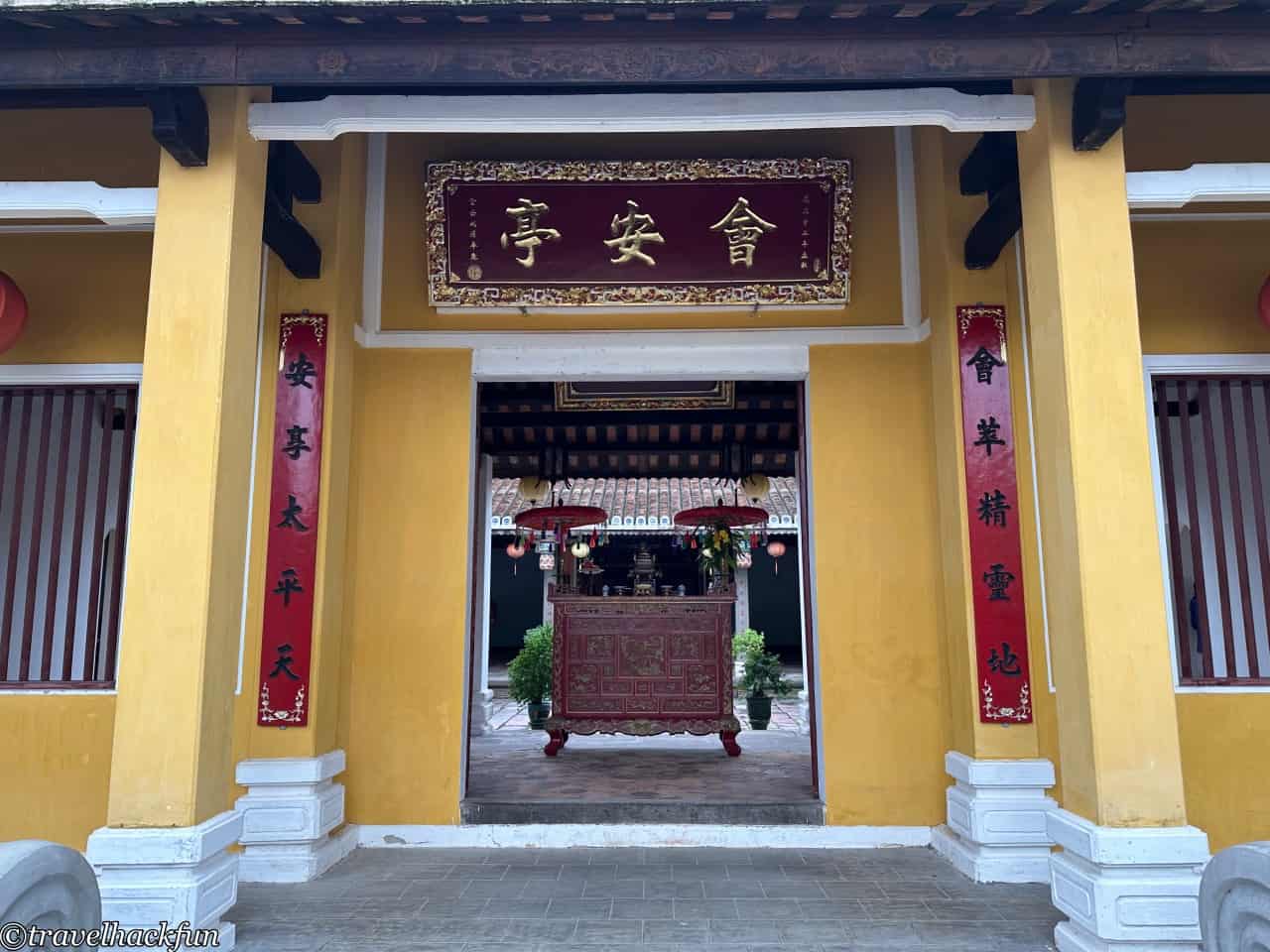
Fujian Club
Hokkien Huayuan is the largest of the five main halls, and looks quite grand both inside and out. It was built in the traditional Minnan style with a three-character shape. There is an A-Ma Temple inside the building to pray for the smooth flow of maritime trade.
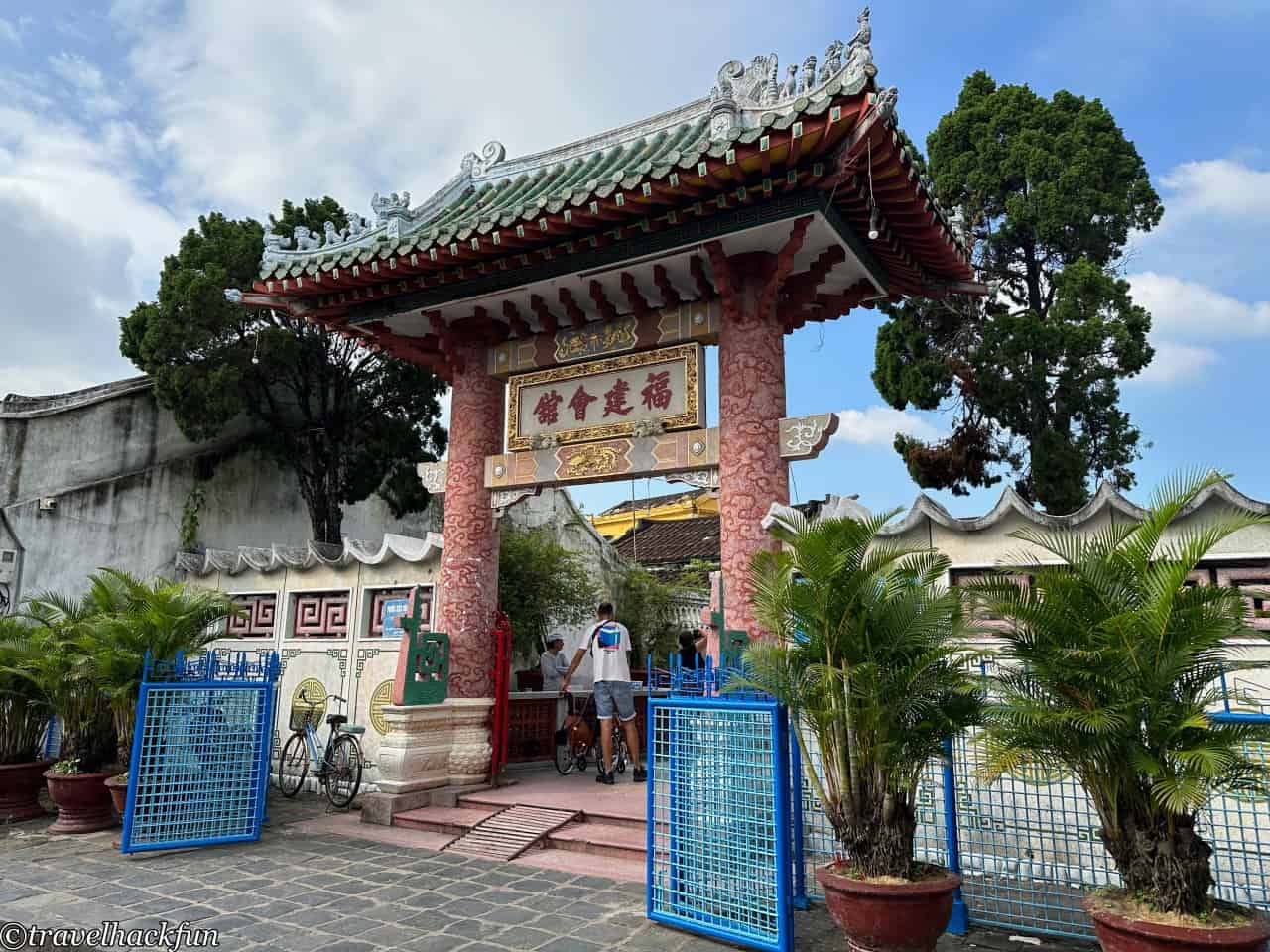

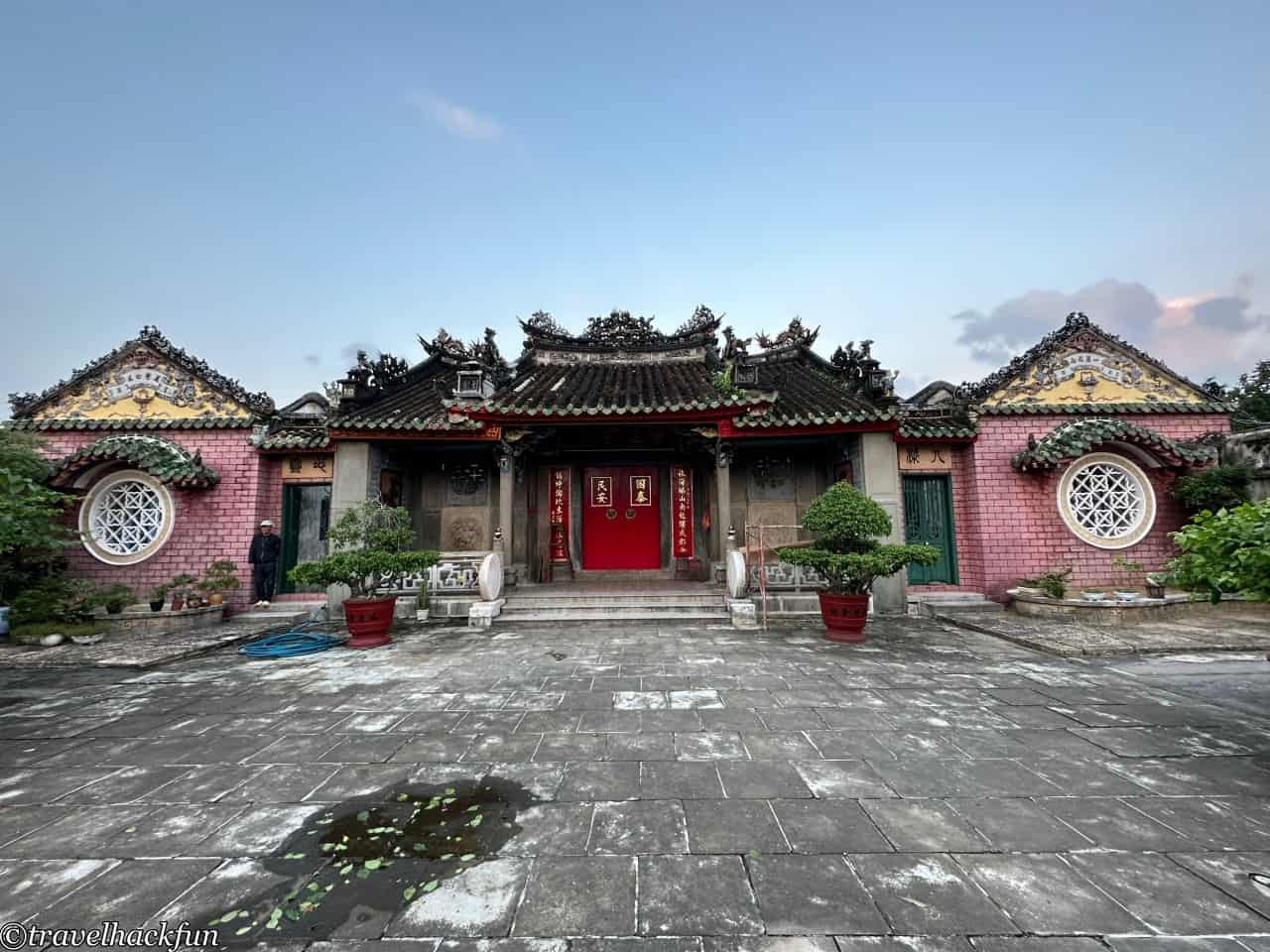
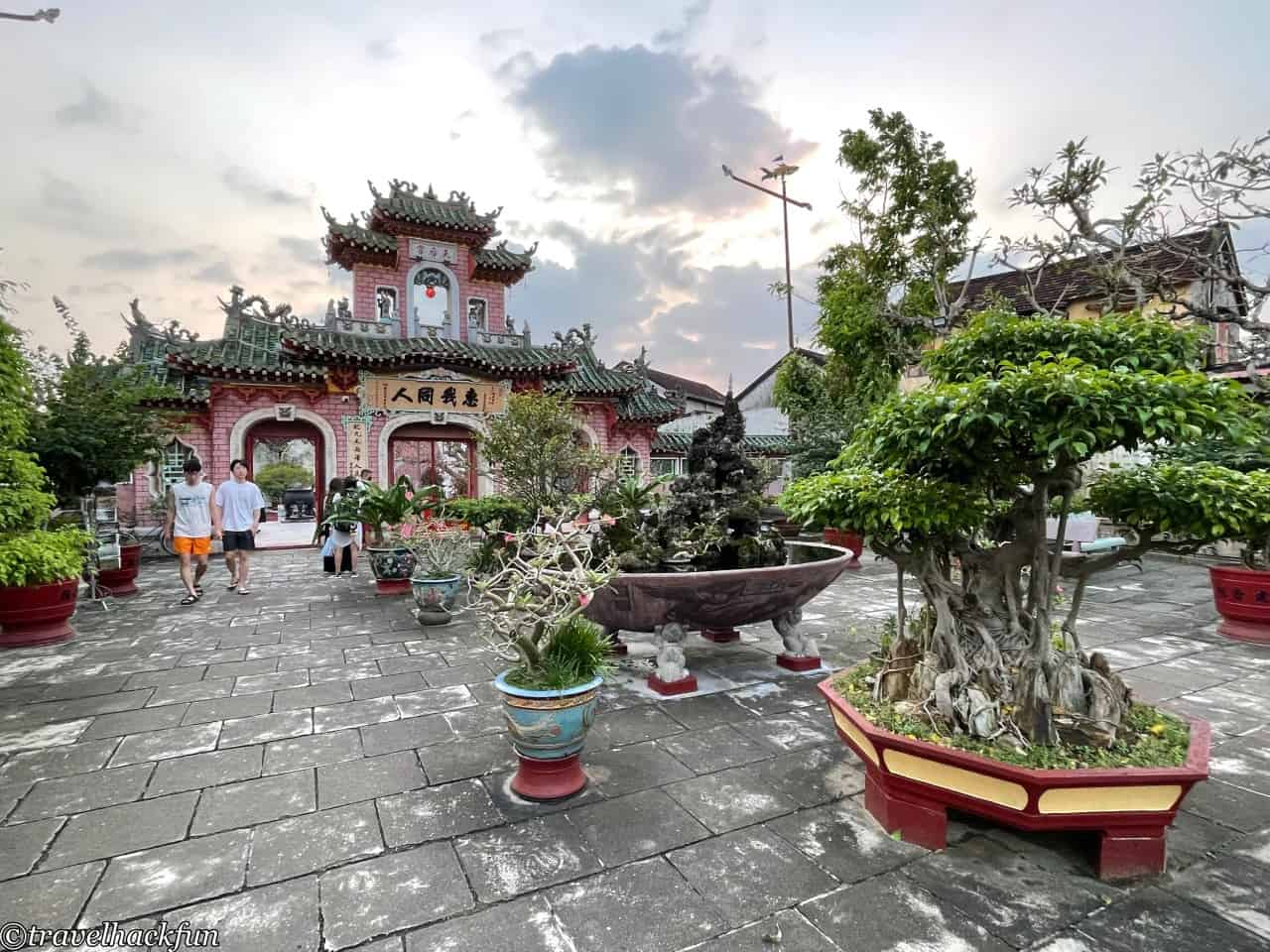
China Club
Established in 1741, the China House has the longest history. Originally built by the Cantonese, it later became the headquarters of Chinese merchants from all over the world, and was originally known as the Foreign Merchants' Association, which also houses the Tin Hau Temple.
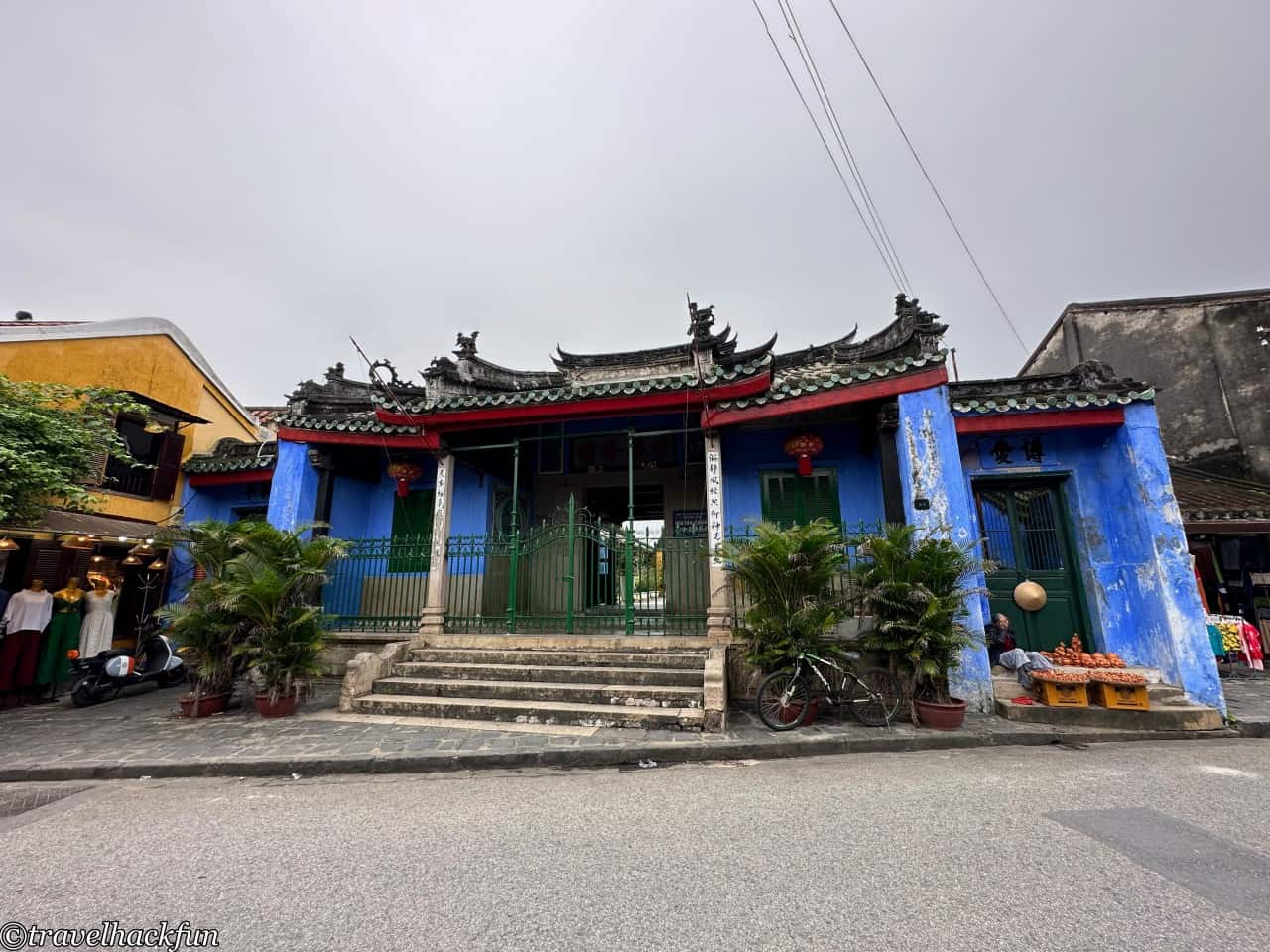
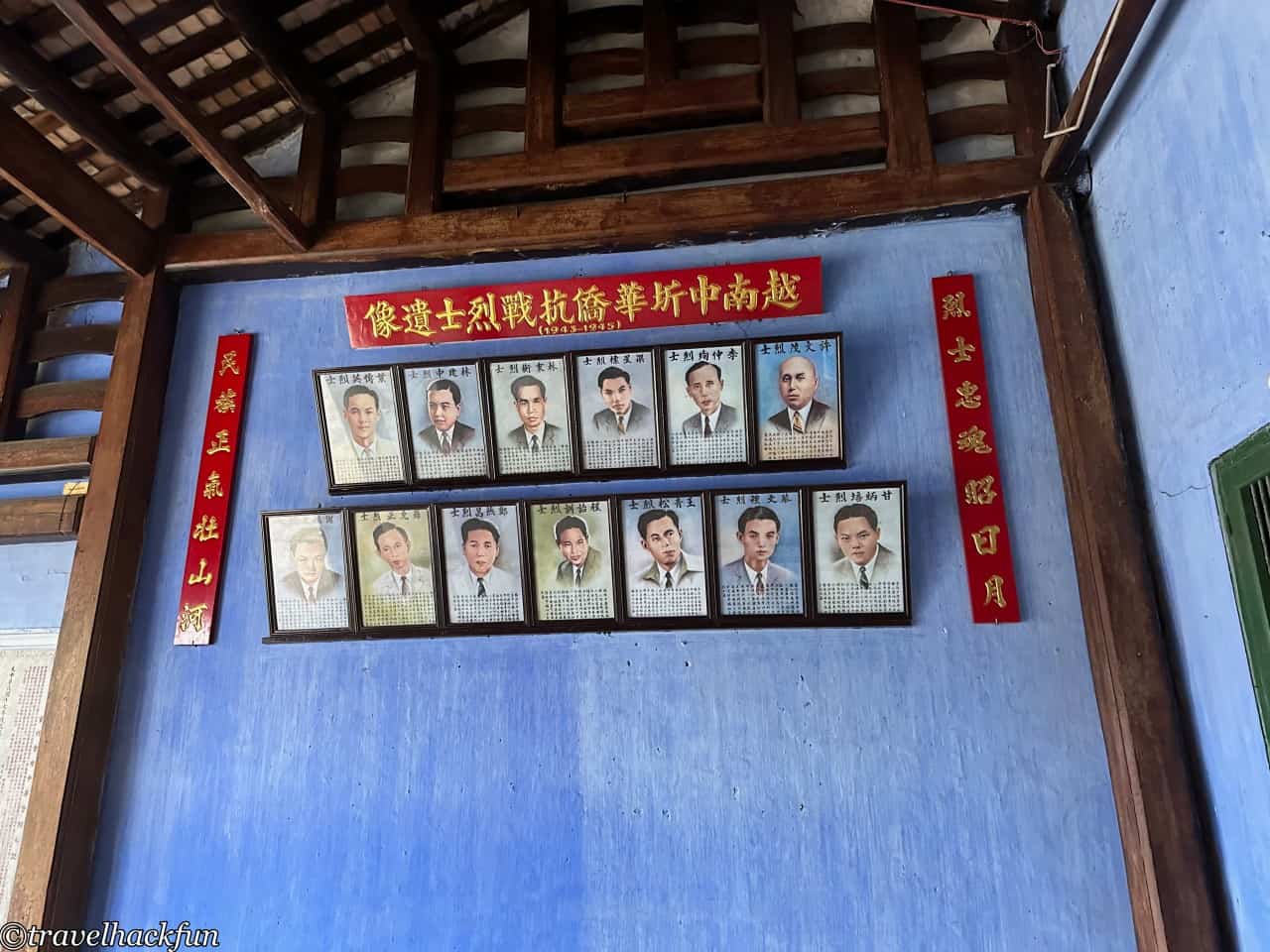
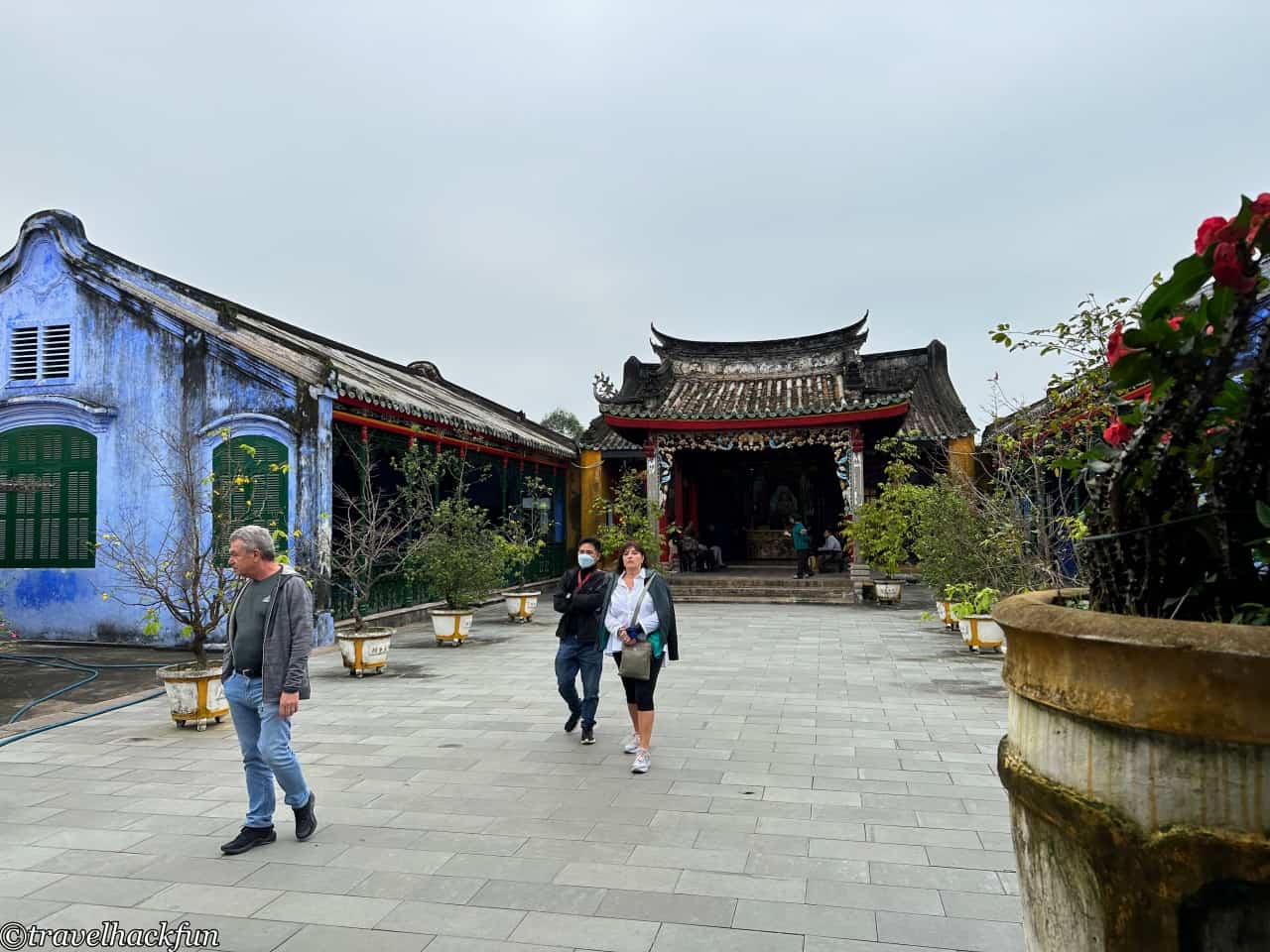
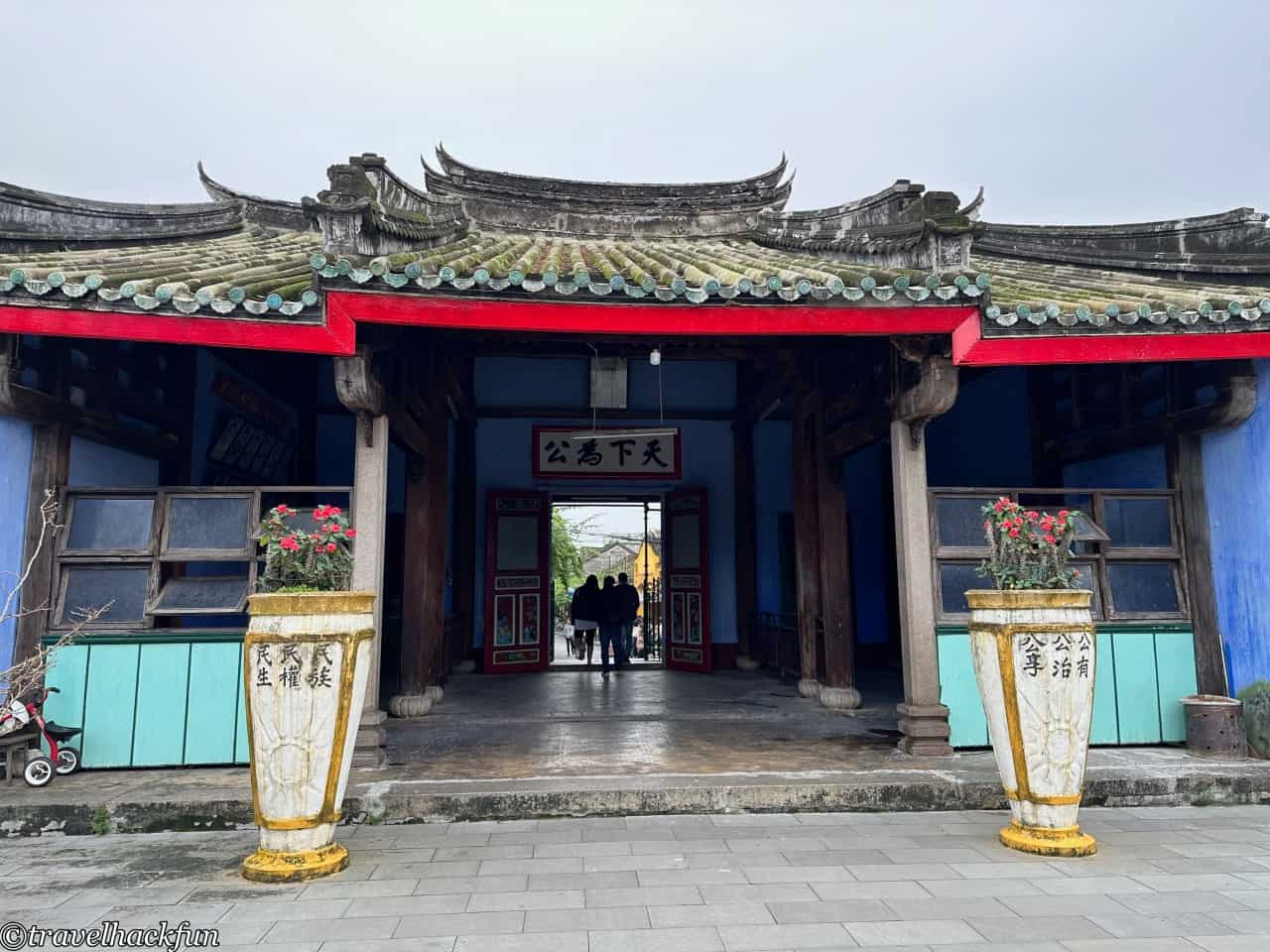

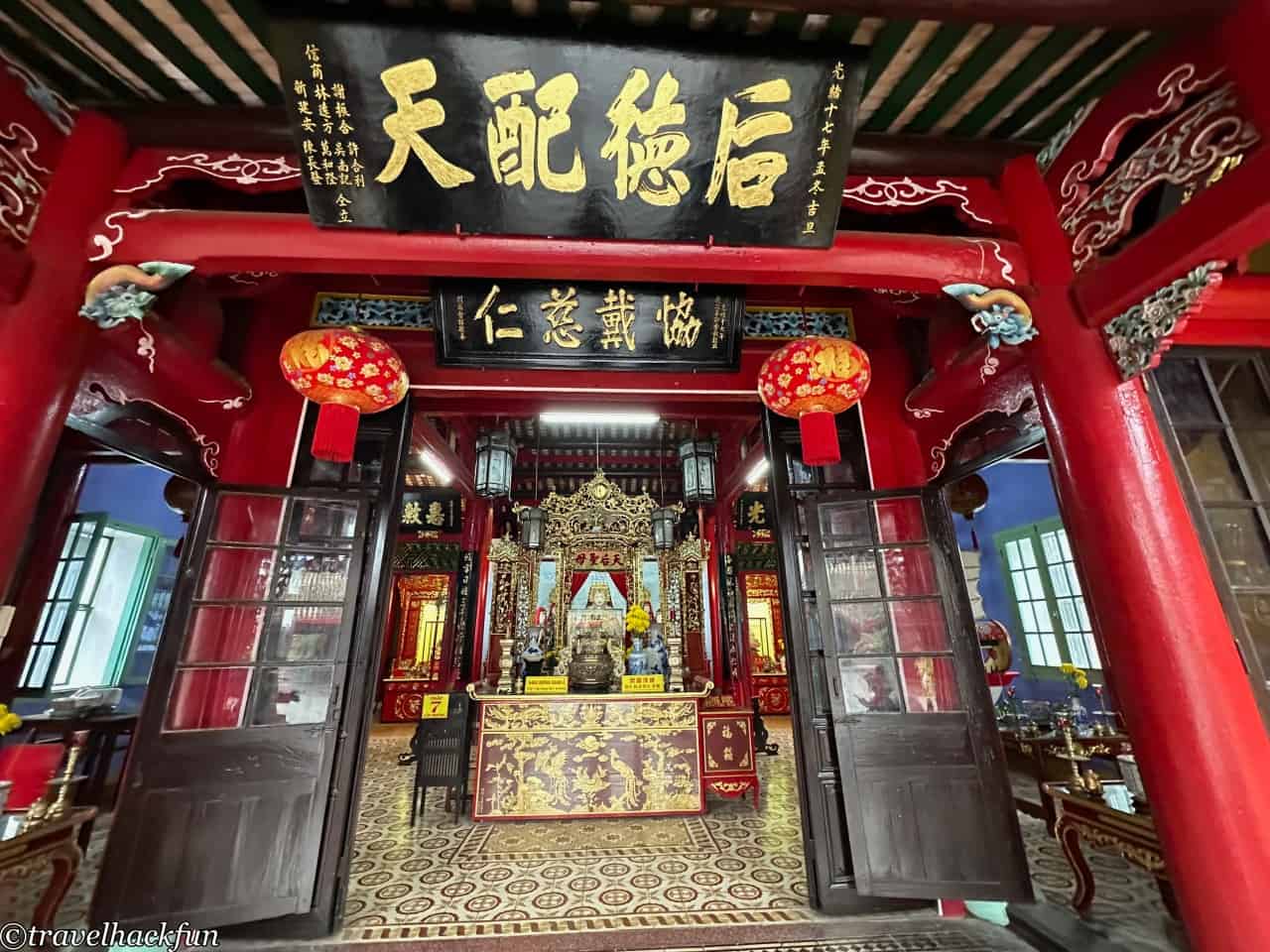
Apart from commercial clubs, Hoi An also has a number of ancient houses. Built in the early 19th century by a businessman surnamed Lai, the house is a blend of Chinese, Japanese and Vietnamese architectural features. The house is actually very large, with an open storefront, a living room, and an atrium for tourists to visit, while the rest of the house is continuously used by descendants.
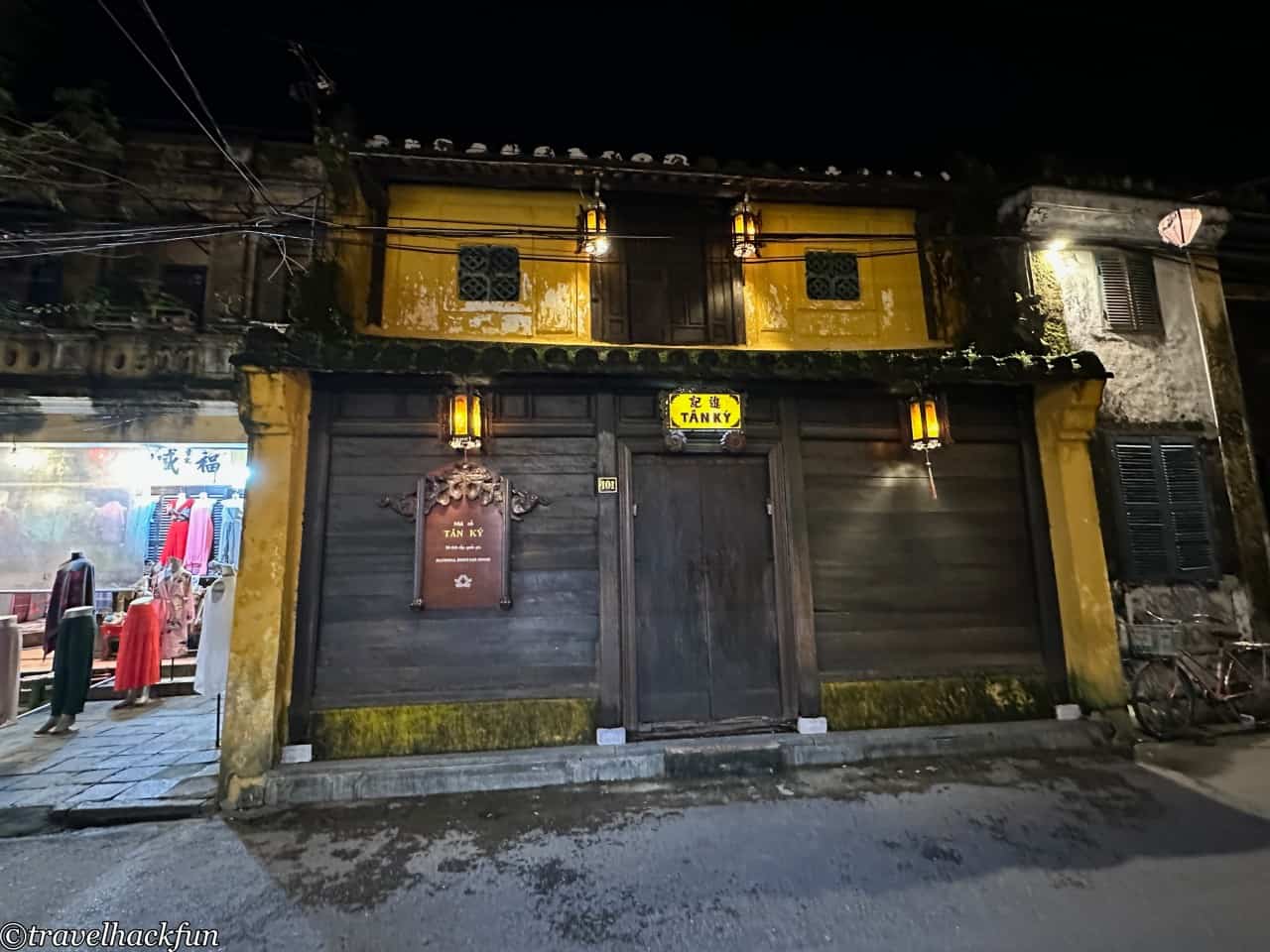
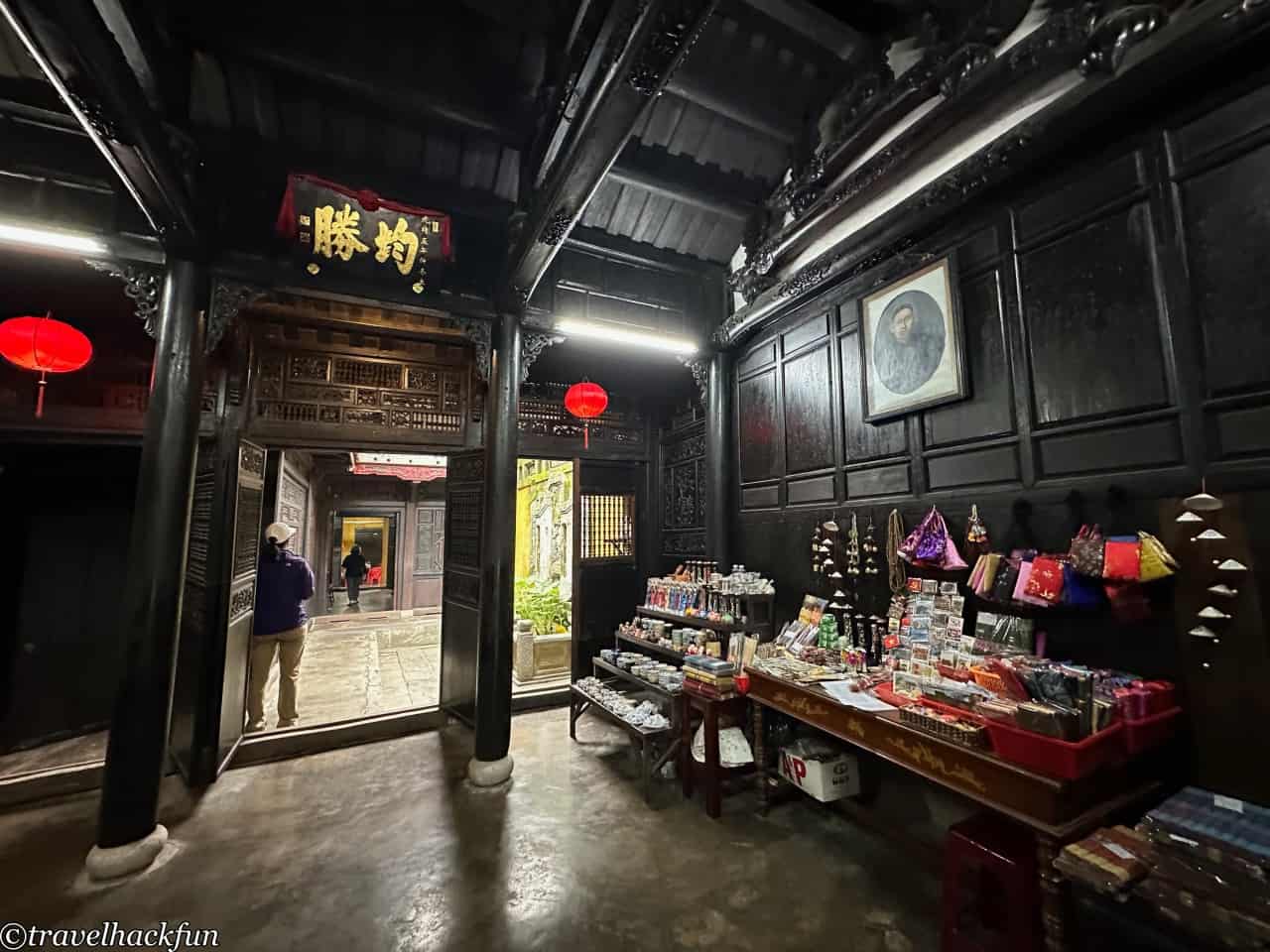
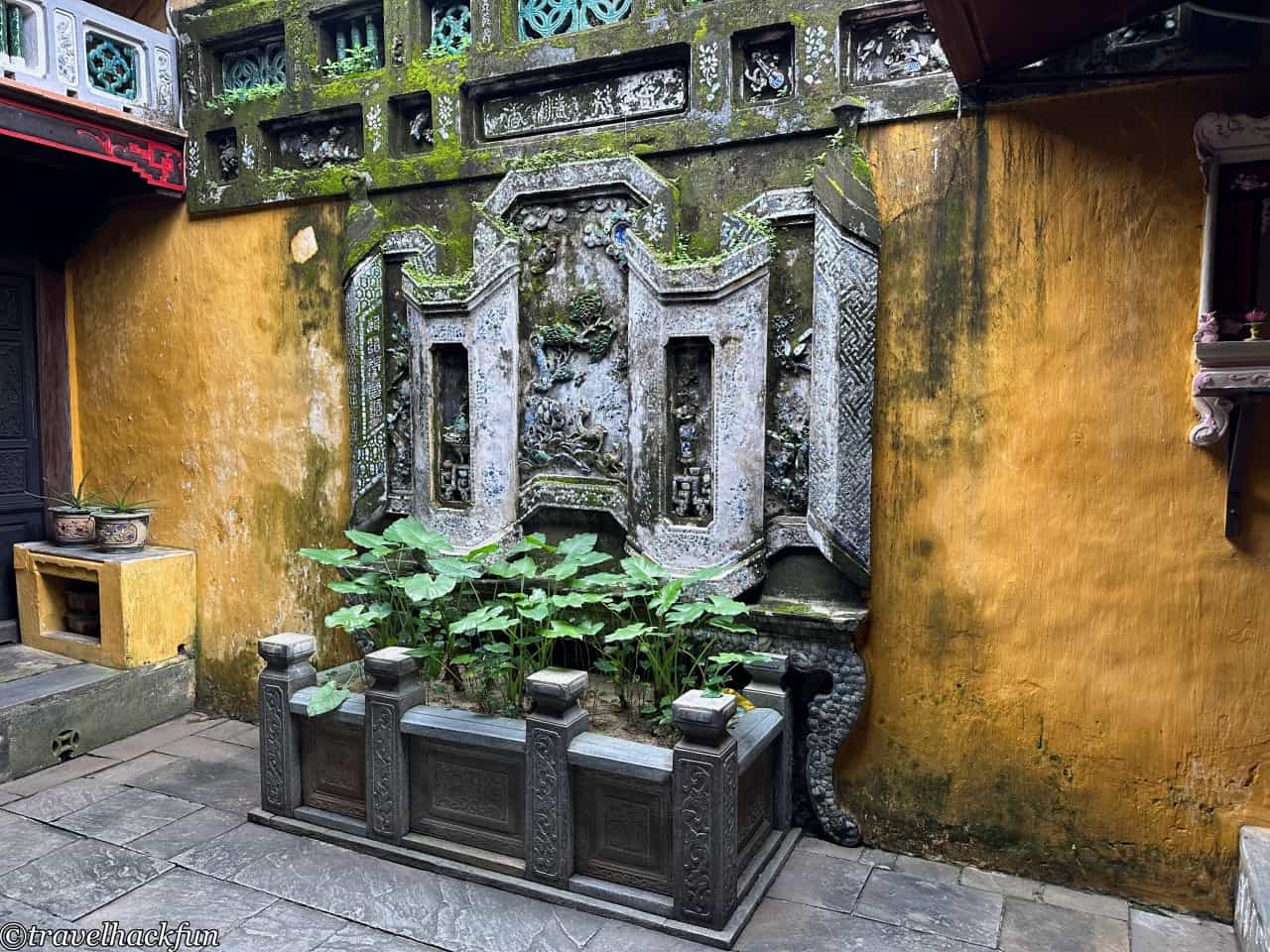
Folk Culture Museum
Apart from the ancient houses of Hoi An, there are also museums in Hoi An. The Museum of Folk Culture introduces Vietnamese culture, which is rare to have clear English explanations and is free to visit, so I think it is a very good museum. Inside the museum, there are not only many displays of old Vietnamese household items and furniture, but also introduction of traditional trades and industries such as pottery, textile, fishing, etc. There is also an educational program on Vietnamese folklore for foreigners, such as how to set up the living room, the meaning of ancestral tablets, and the customs of getting married. Even if you don't understand English, the customs are similar to those of Chinese culture and will look familiar to anyone who has seen a costume movie.


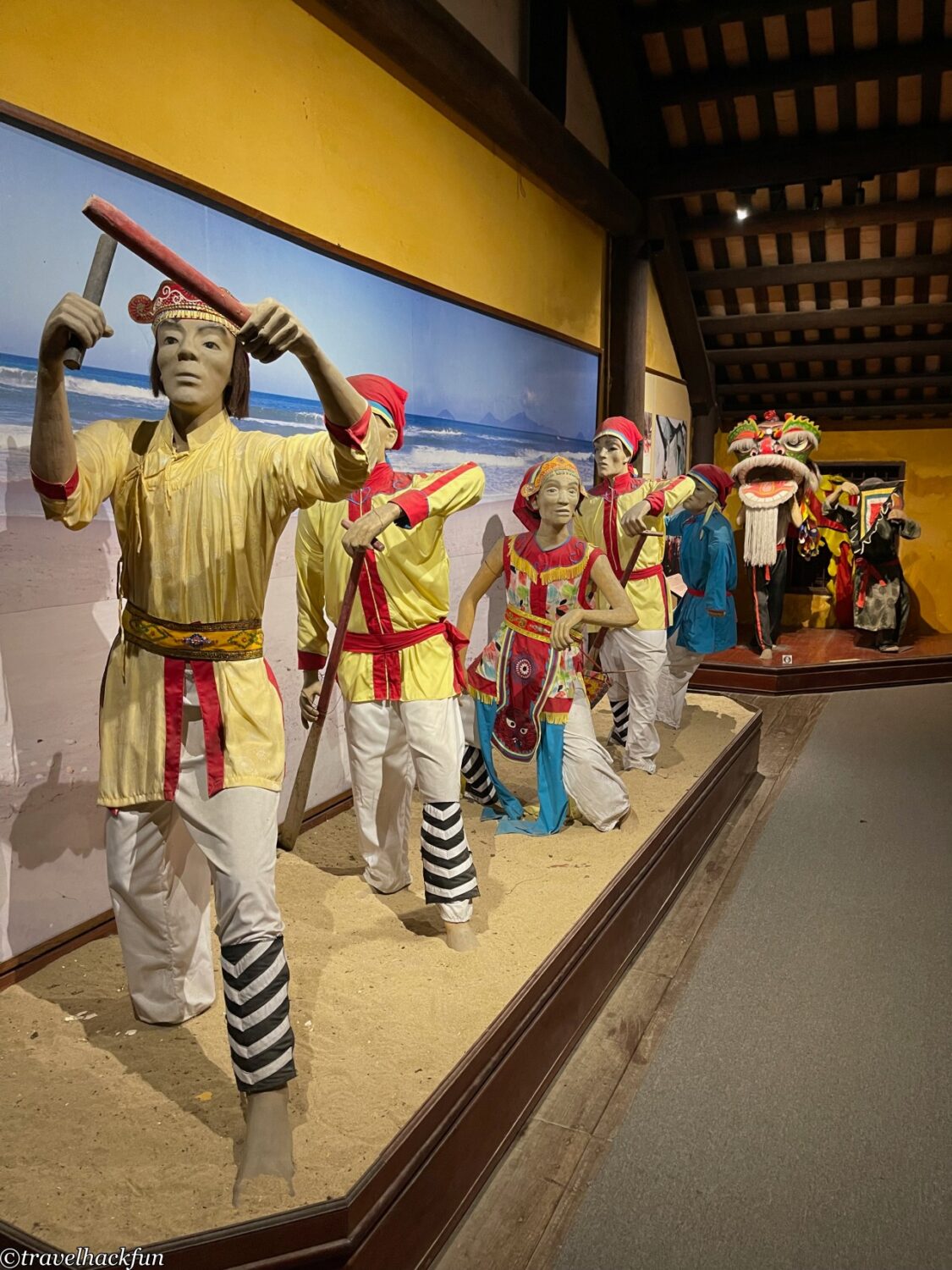
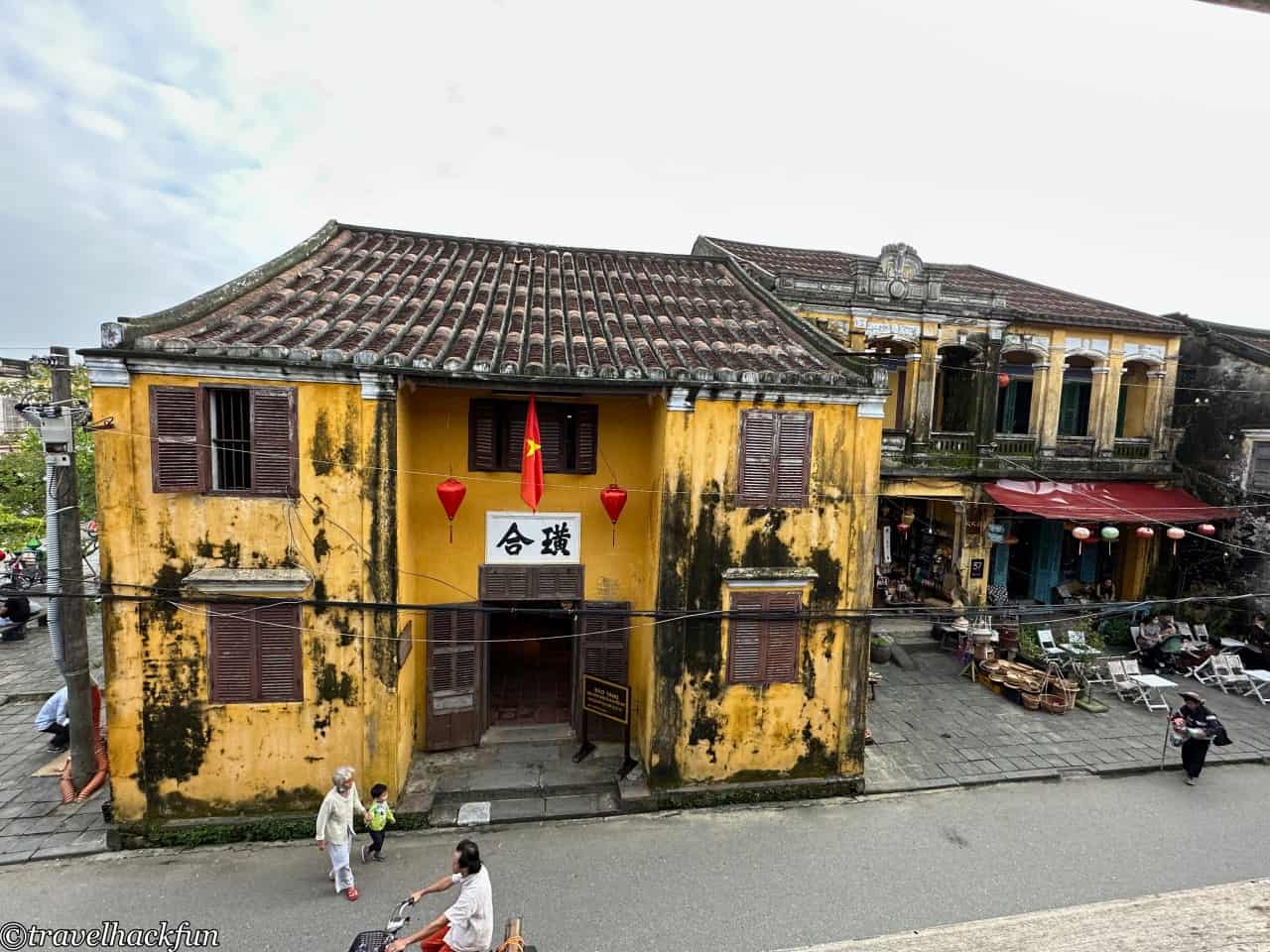
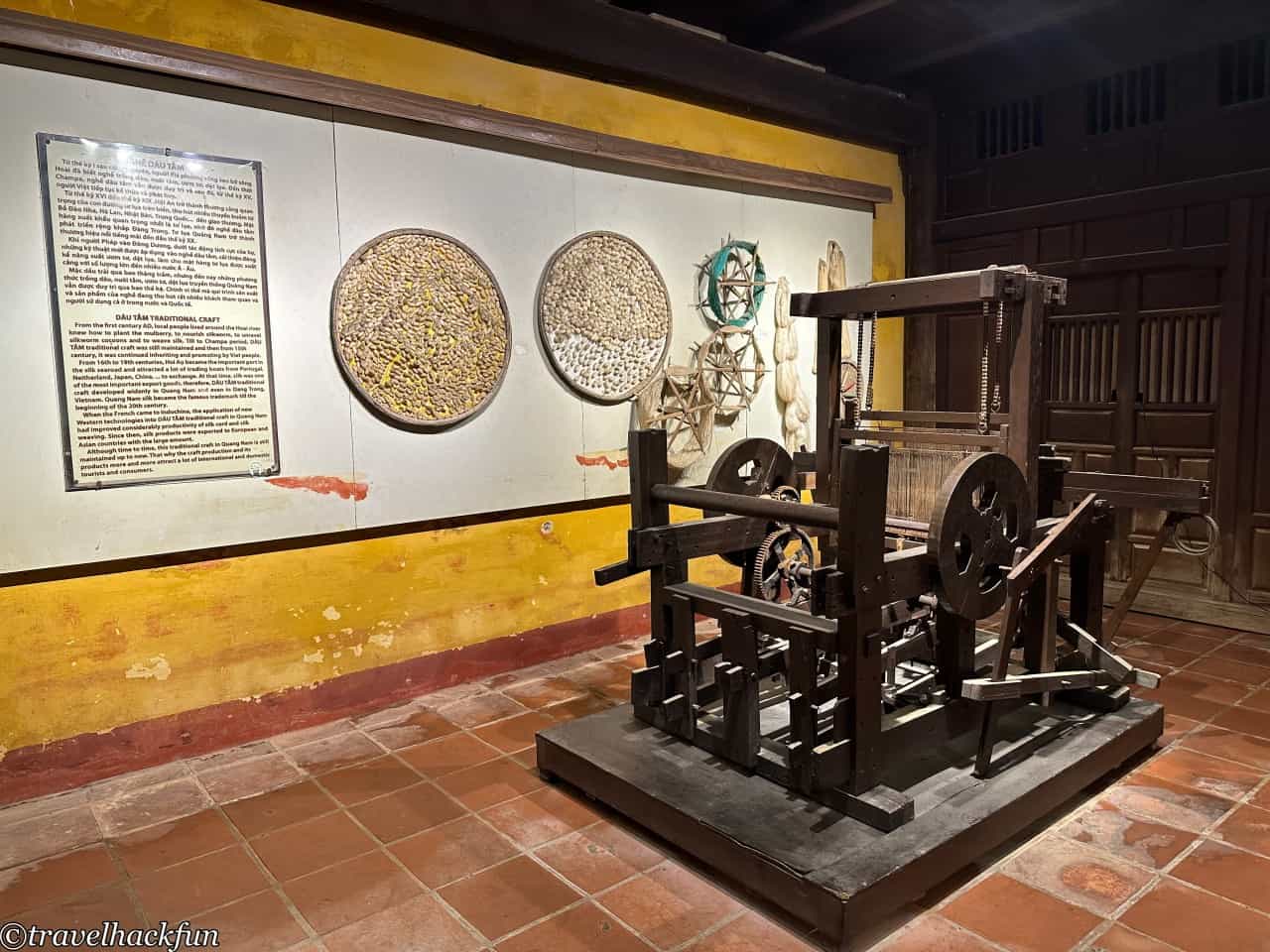
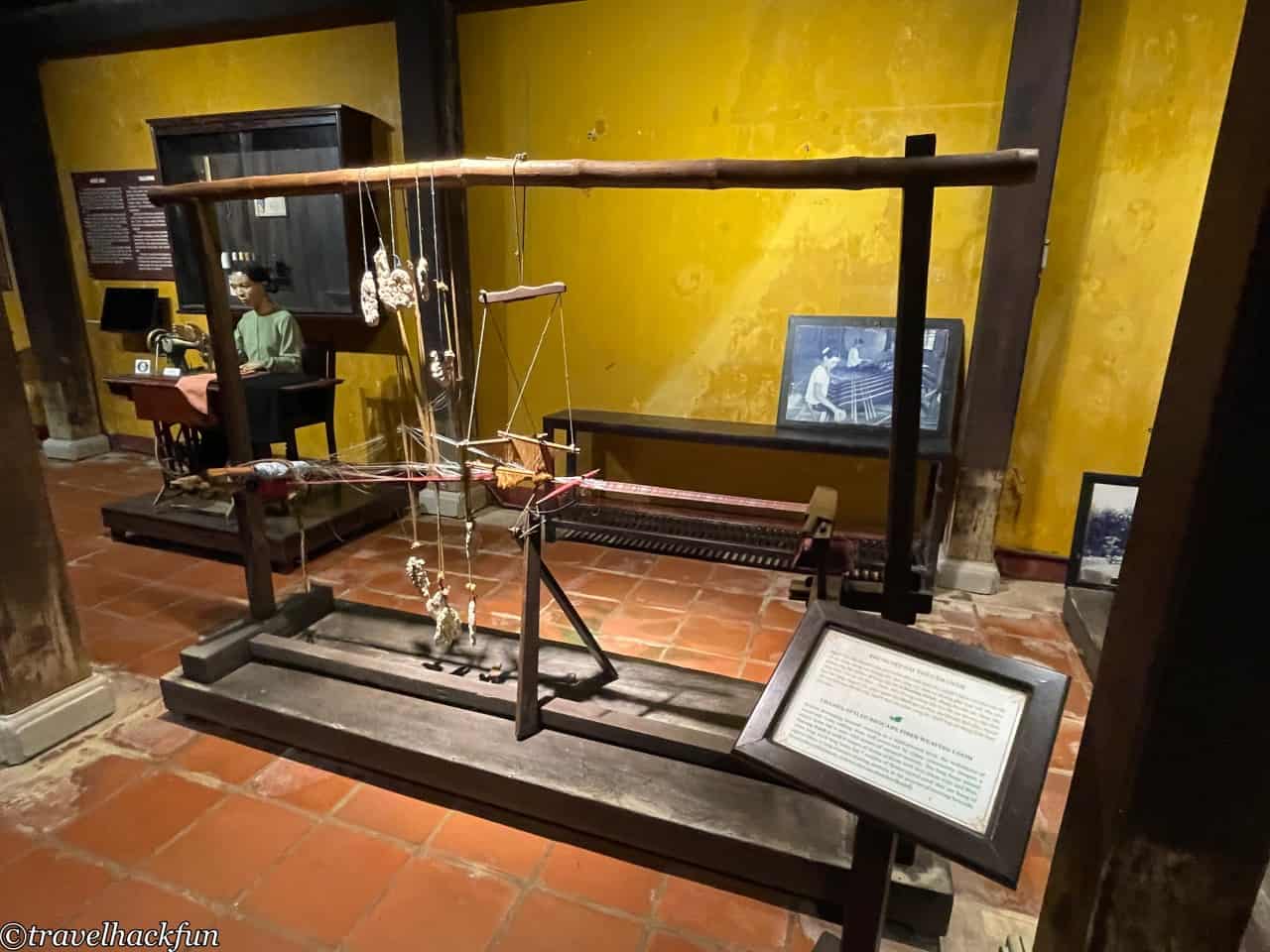
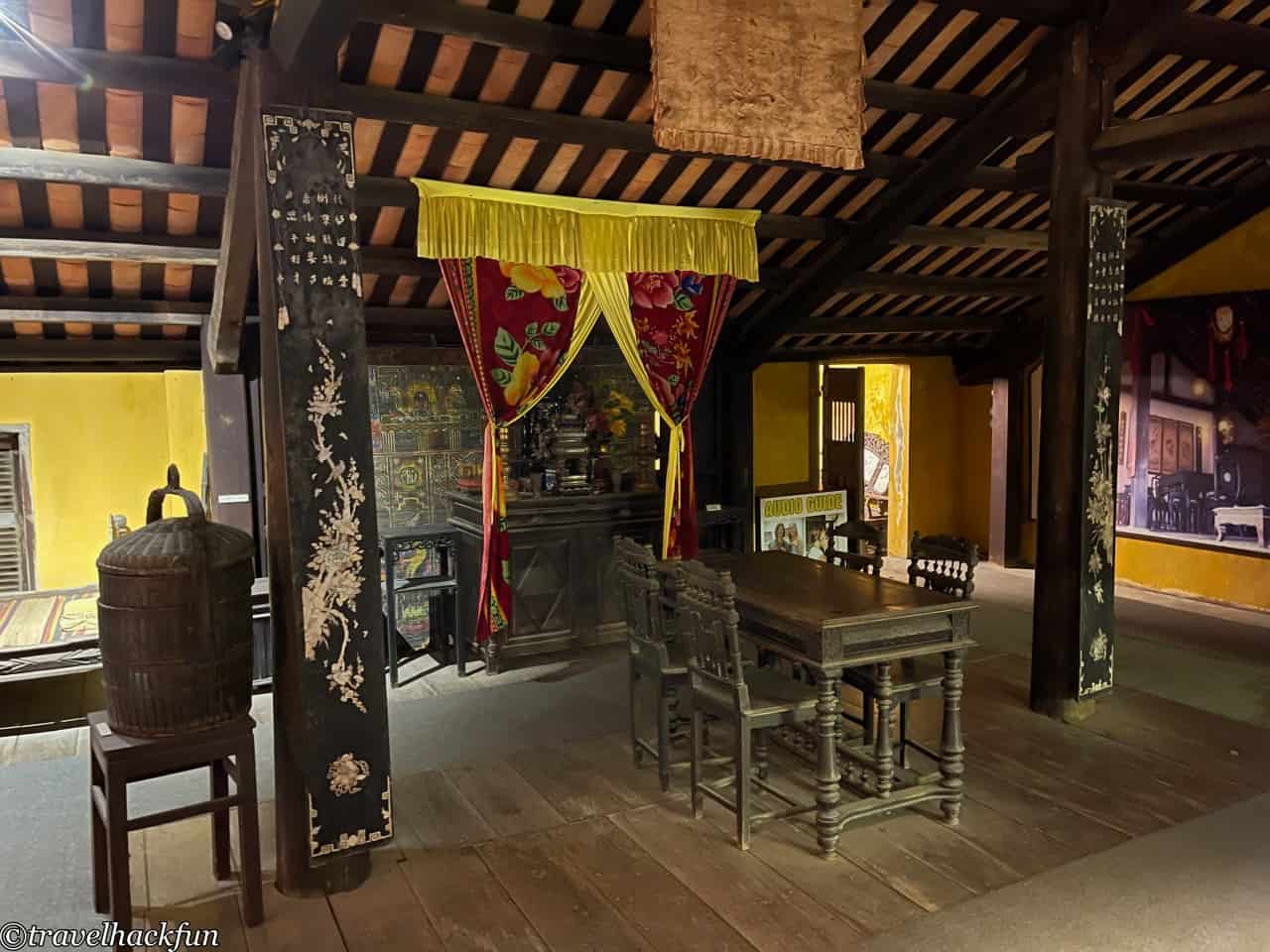
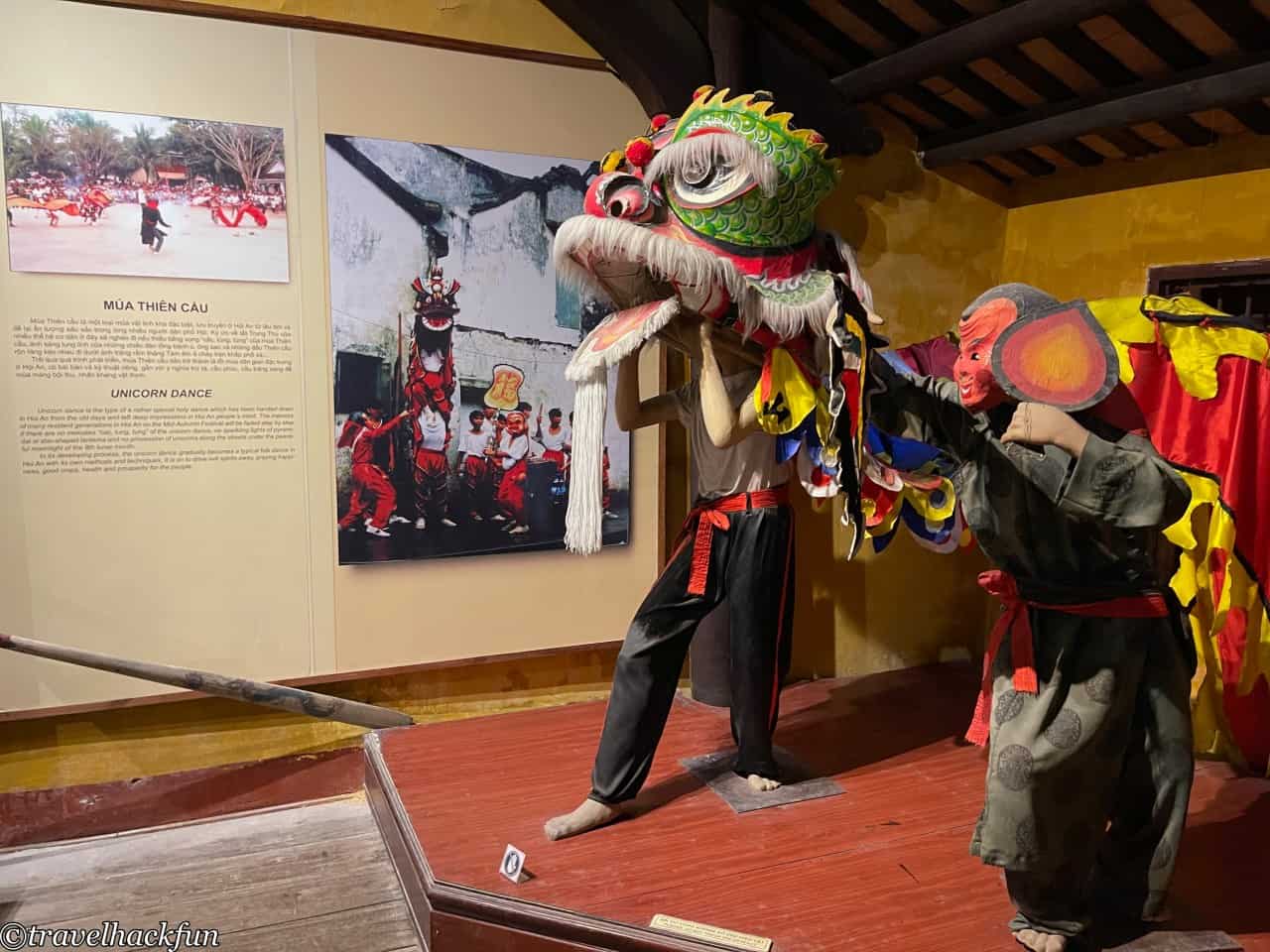
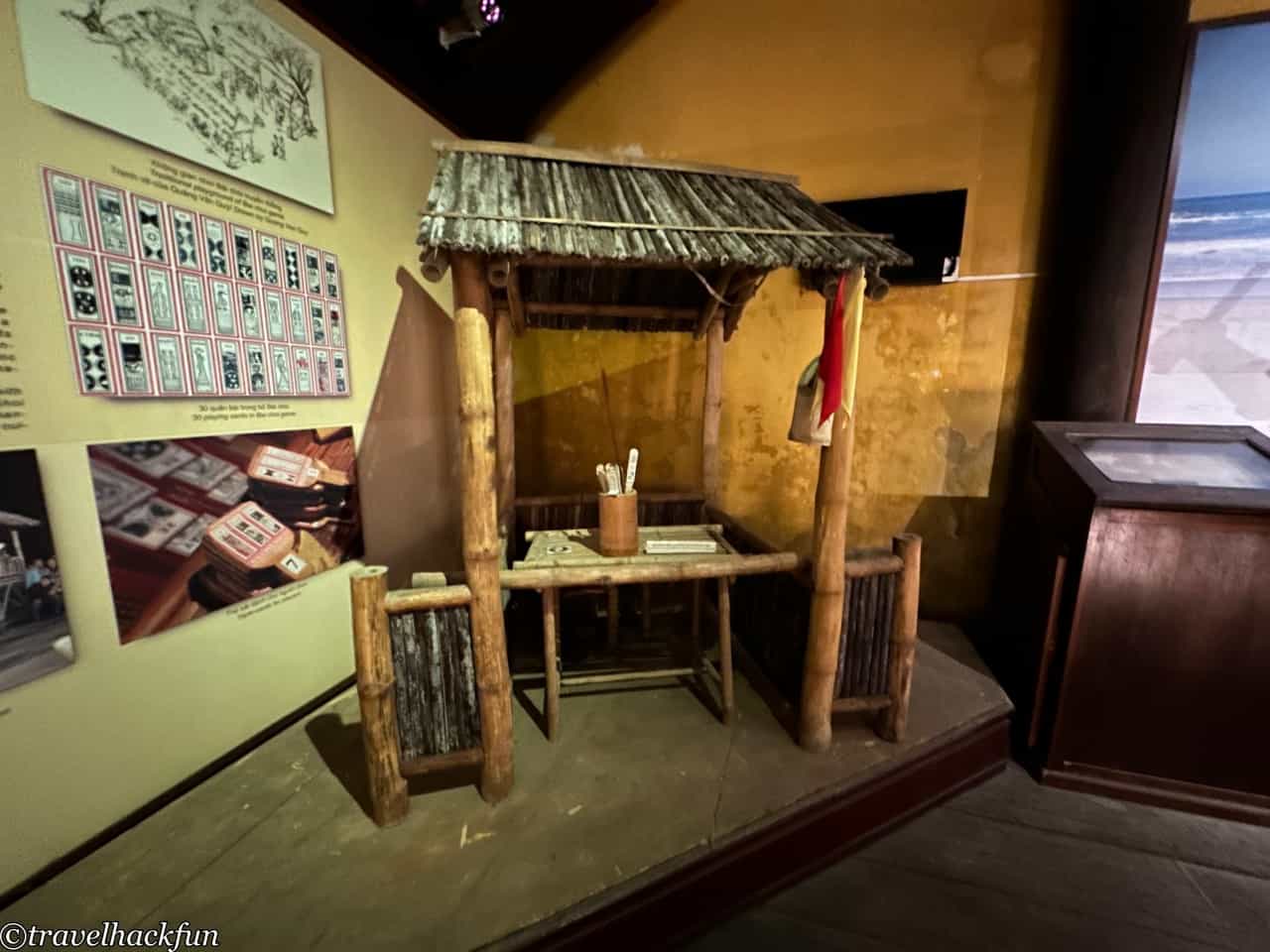
Traditional Chinese Opera Center
If you are interested in Vietnamese culture, the Traditional Xiqu Center is also worth a visit. Located on the banks of the Thu Bon River, the center offers live performances and a lucky draw after the show.
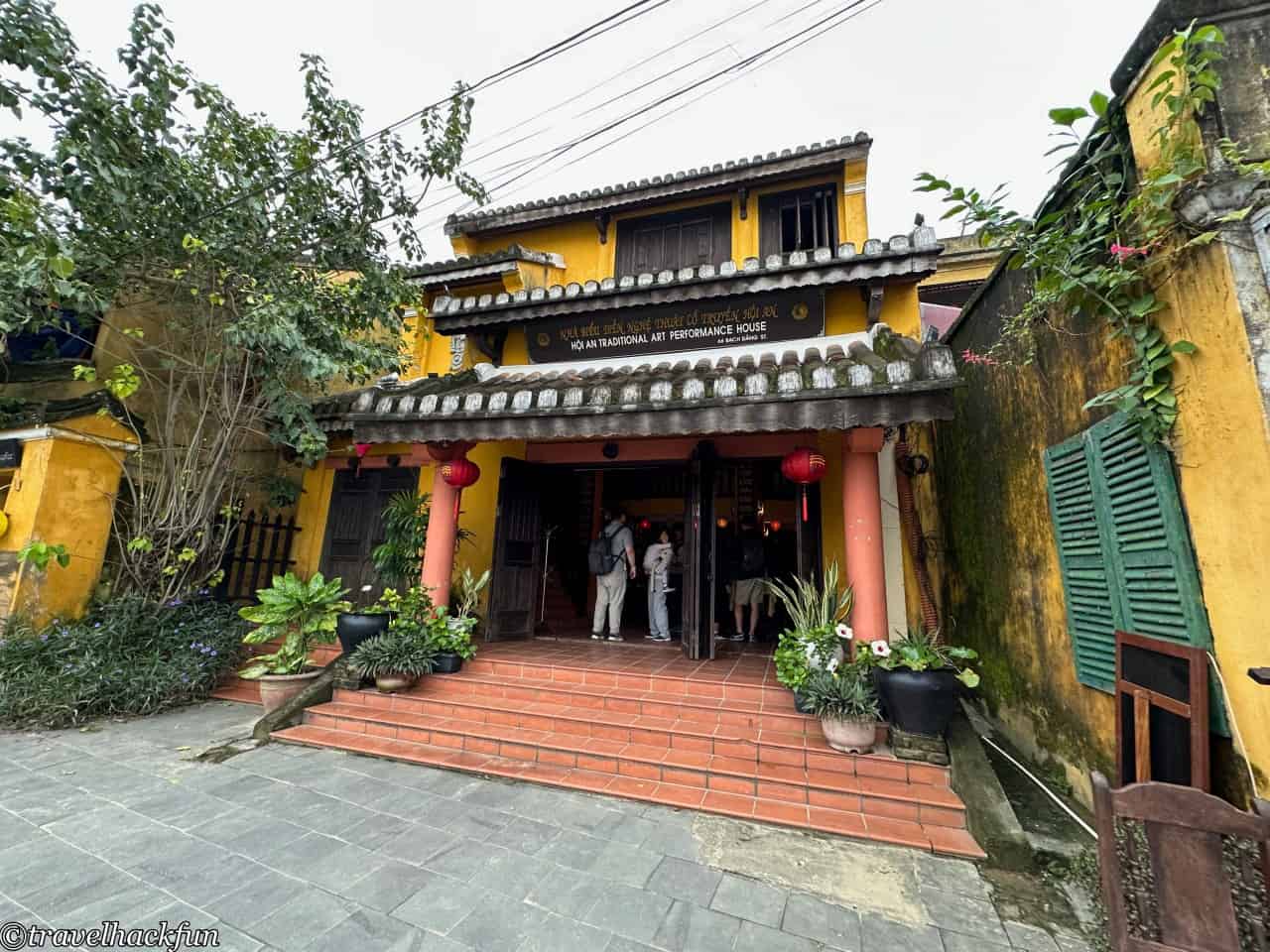

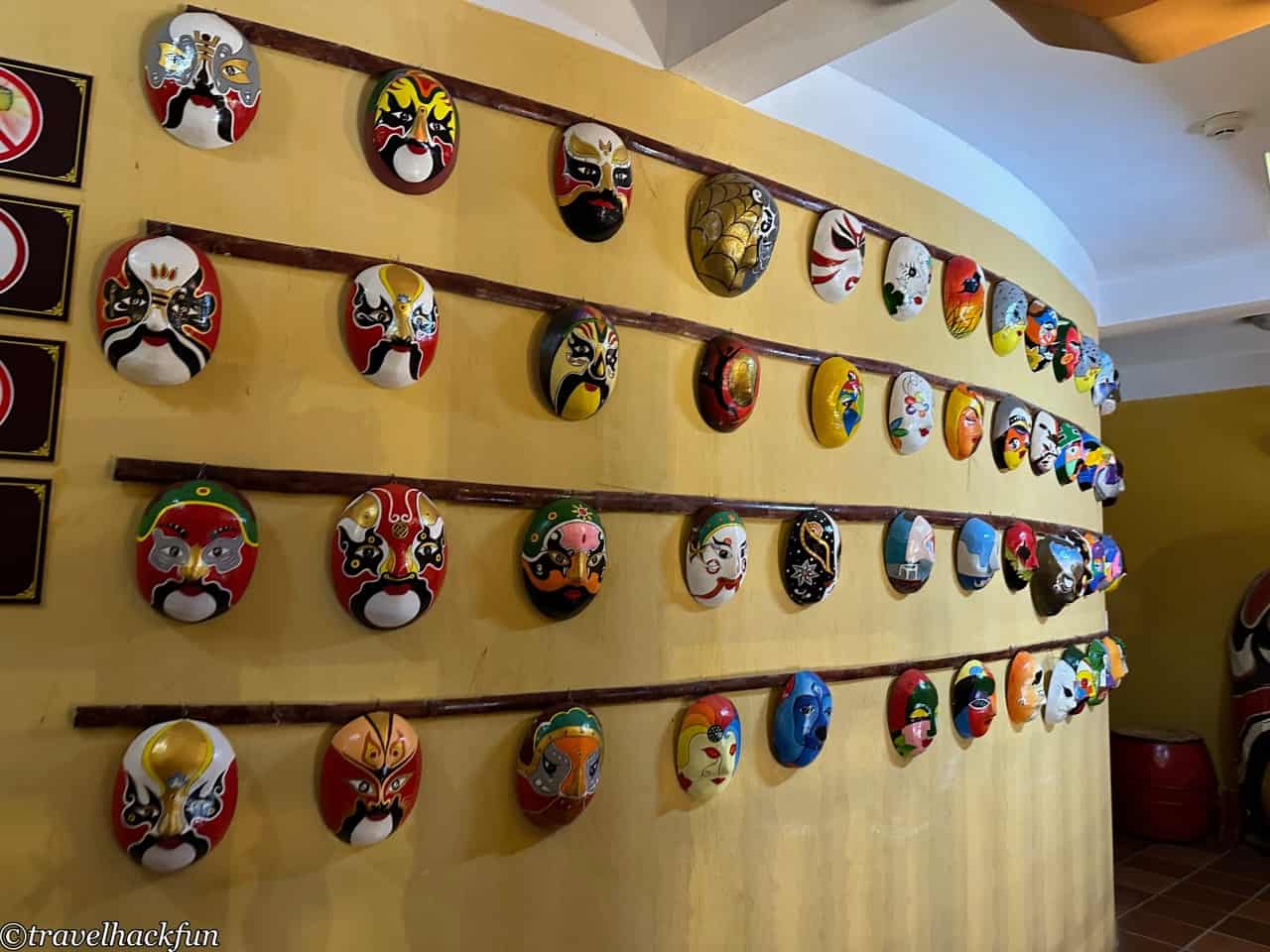

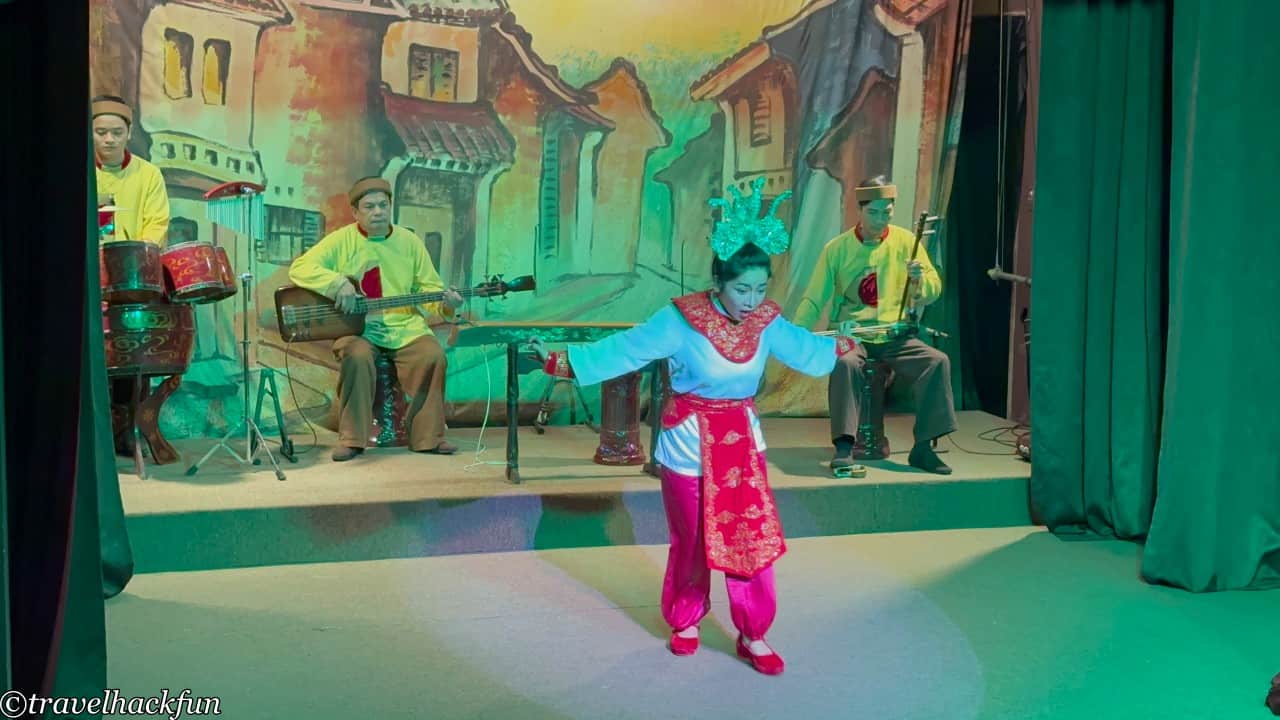
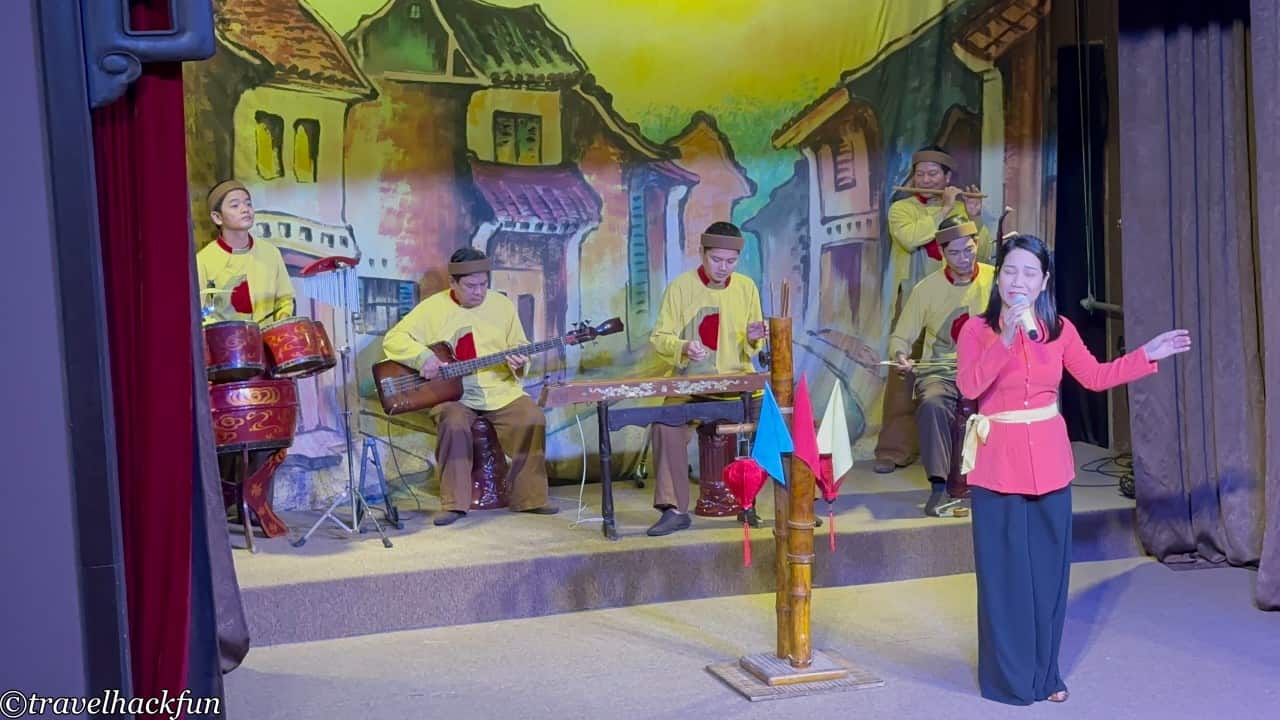
Roaming | Japan
On the other side of Lai Yuen Bridge, there are not many attractions in the Japanese Quarter, but near the exit of the old town, there is an Annamese Matsumotoji Temple, where there is a record of the agreement between Japan and Vietnam in ancient times, and there are bird houses and Japanese merchant ships on the street. Since the Japanese left Hoi An after the Japanese Sakoku in the 17th century, most of the Japanese remains were destroyed during the war in Vietnam in the 18th century. There are still some Japanese-style stores on the streets, but most of them are Vietnamese stores.
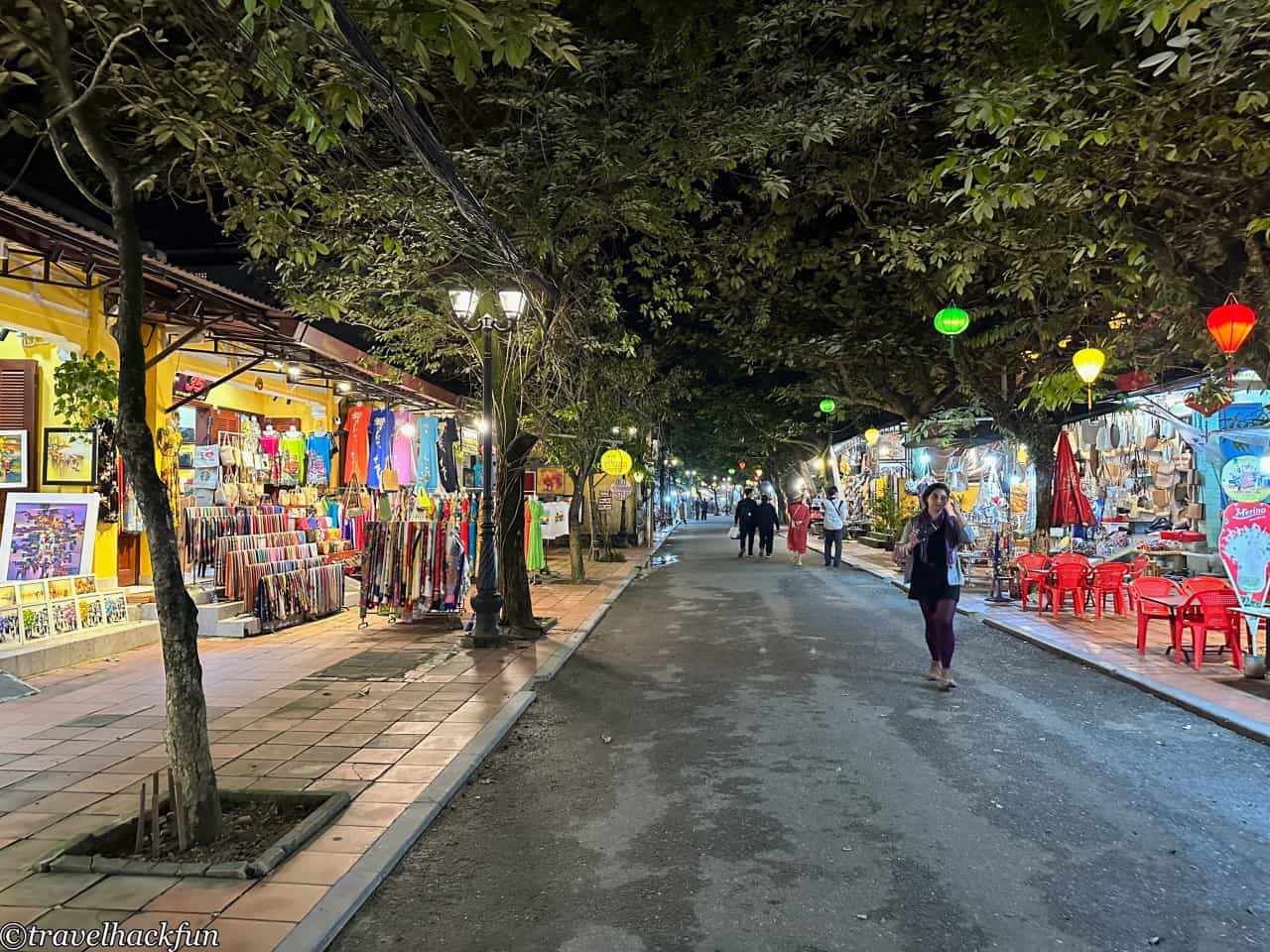
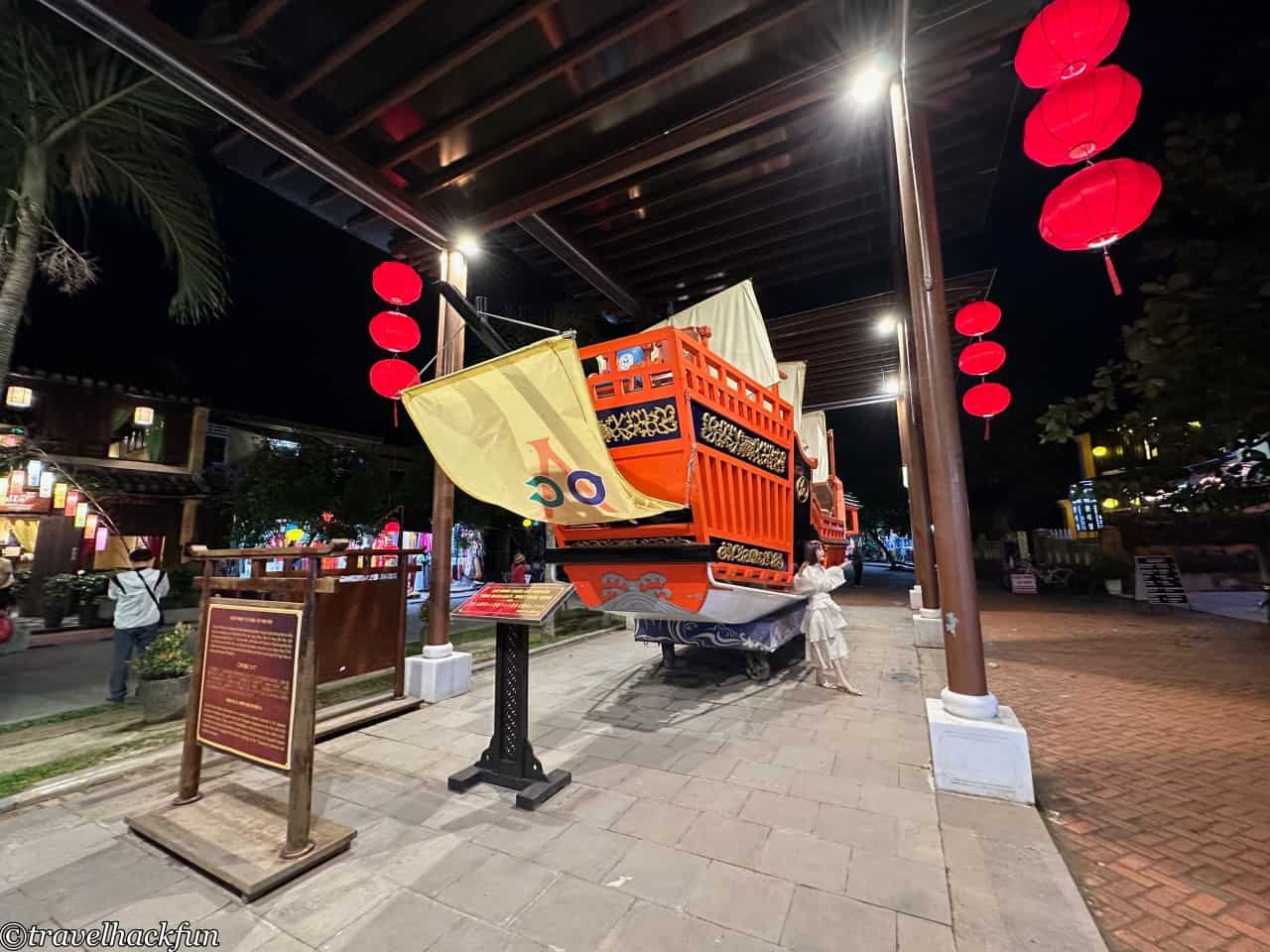
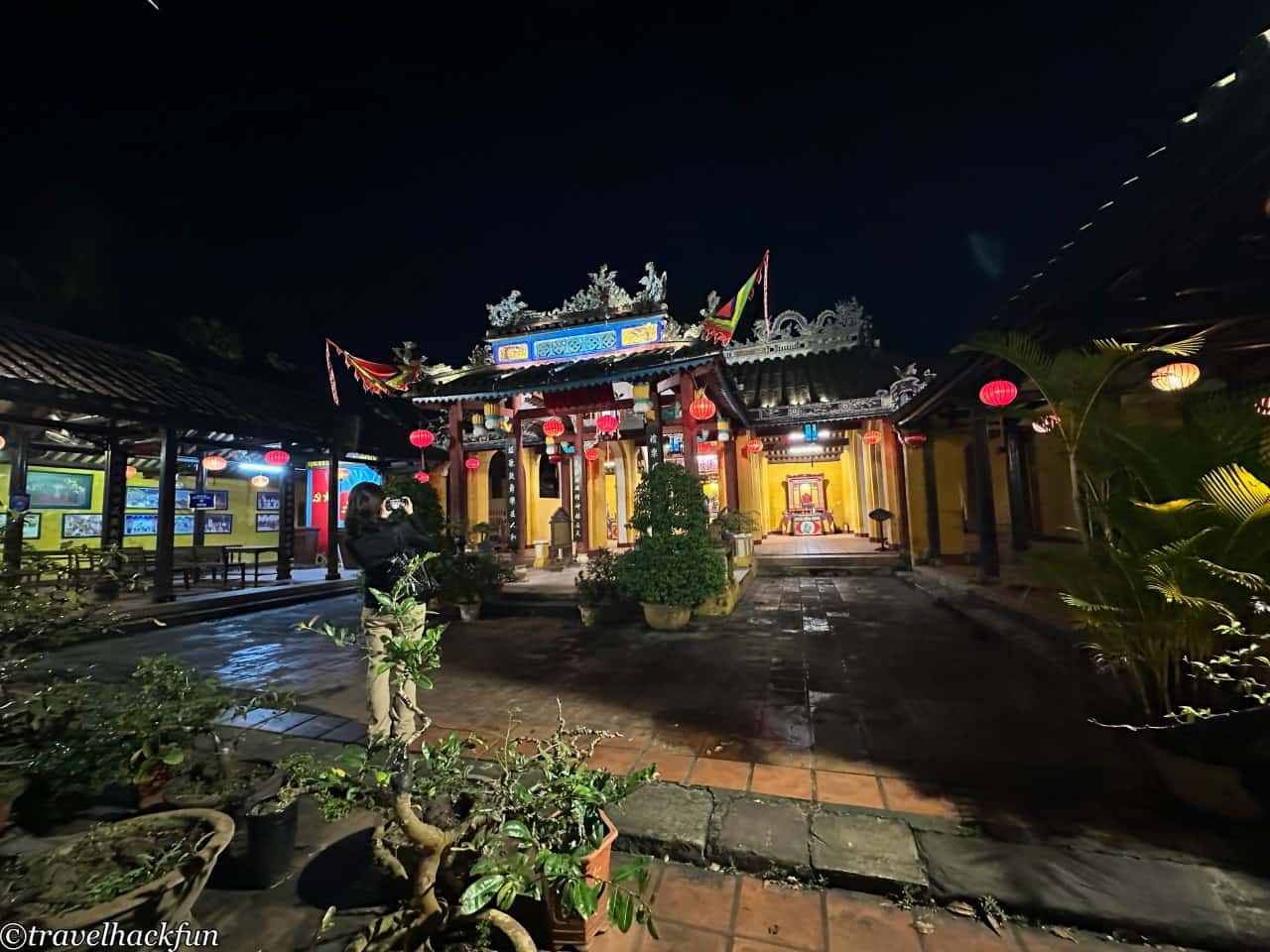
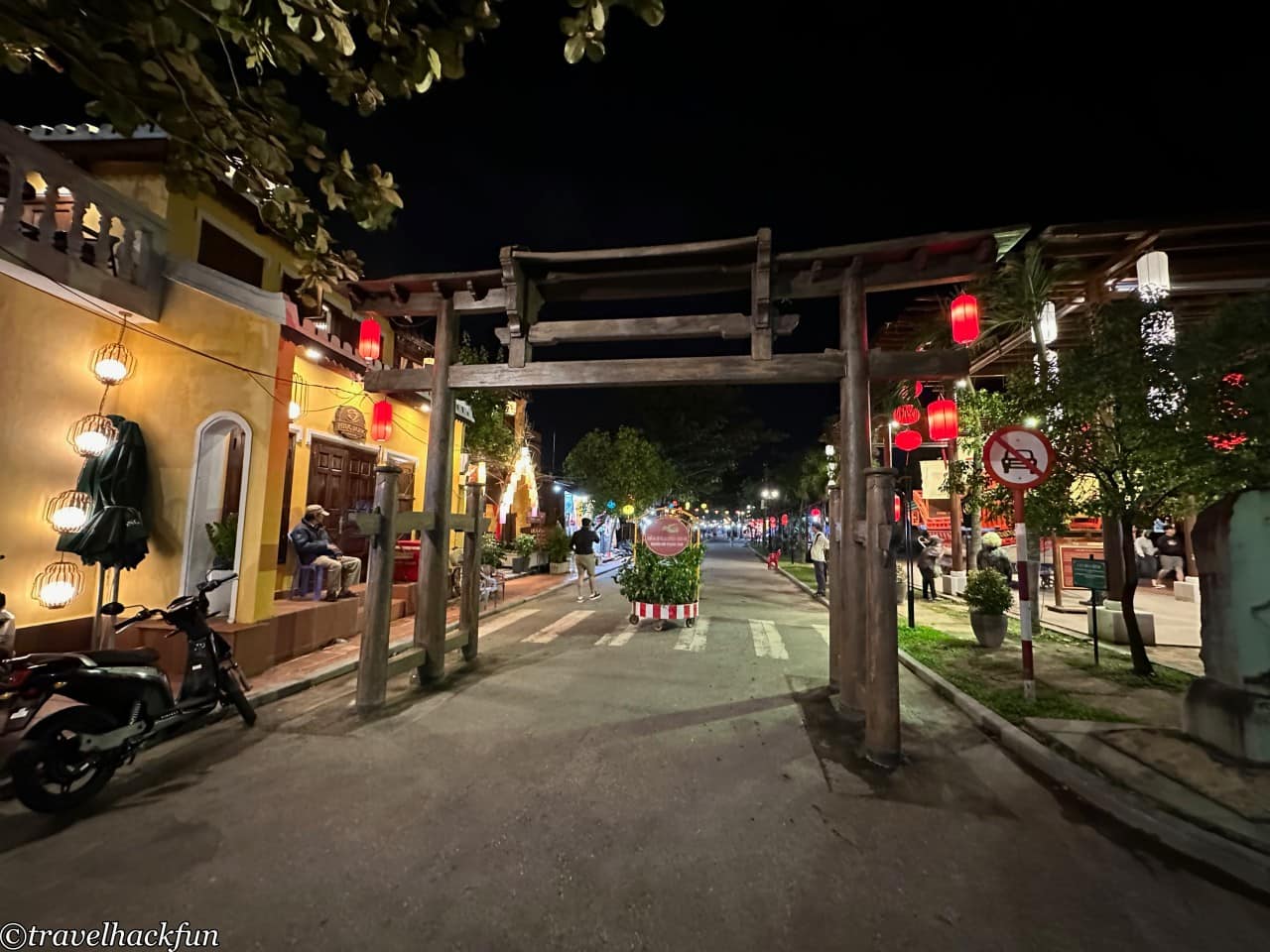
Comics | Hoi An Market
In fact, there are so many businesses in the old town that you can spend a long time just browsing the small stores and night markets. In addition to snacks, the market also sells fruits and vegetables and groceries. One of the more interesting stores is the lantern stores, which can probably be considered a specialty of Hoi An. Some lantern stores also offer lantern-making classes, which are popular among western tourists.
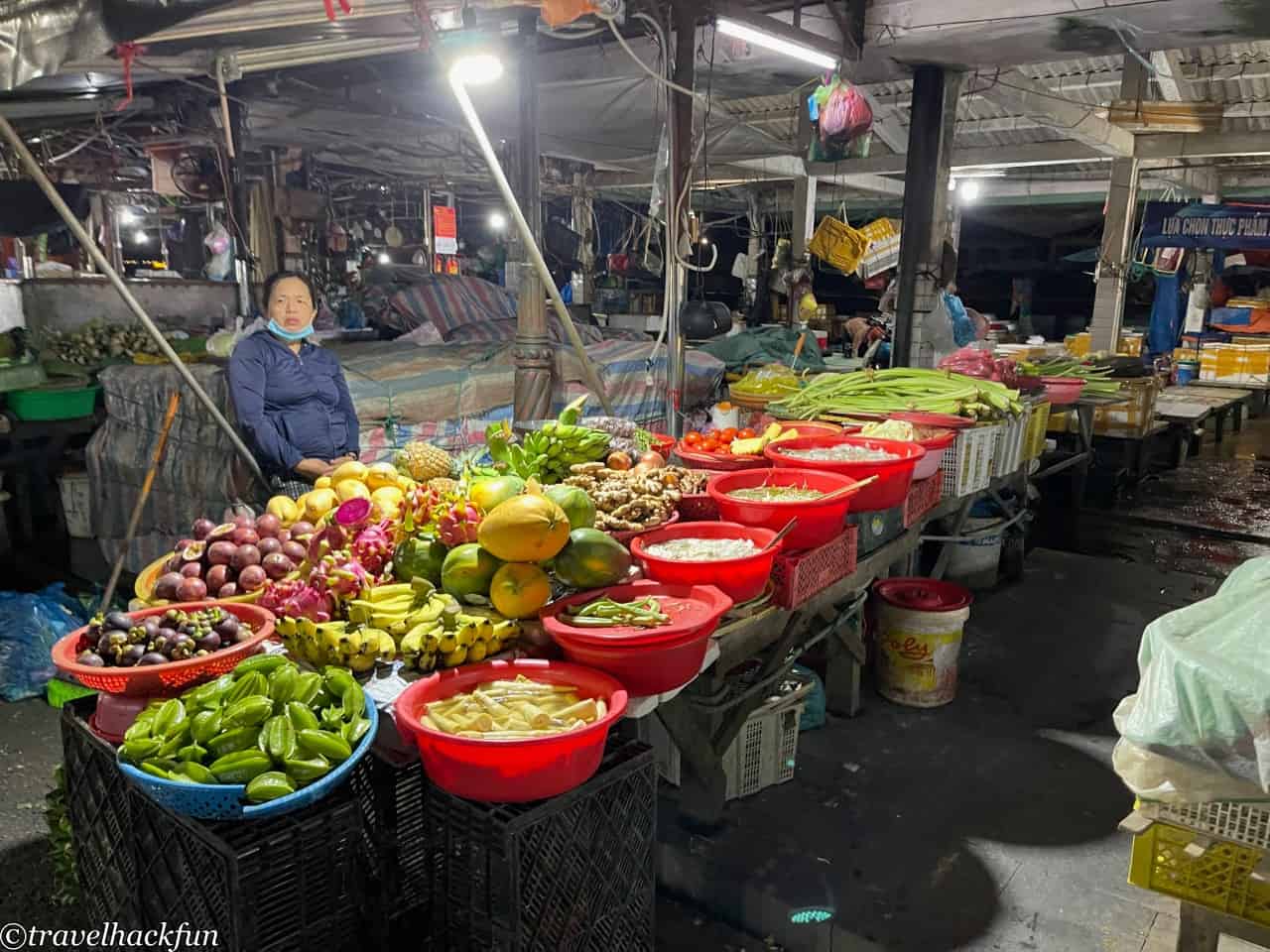
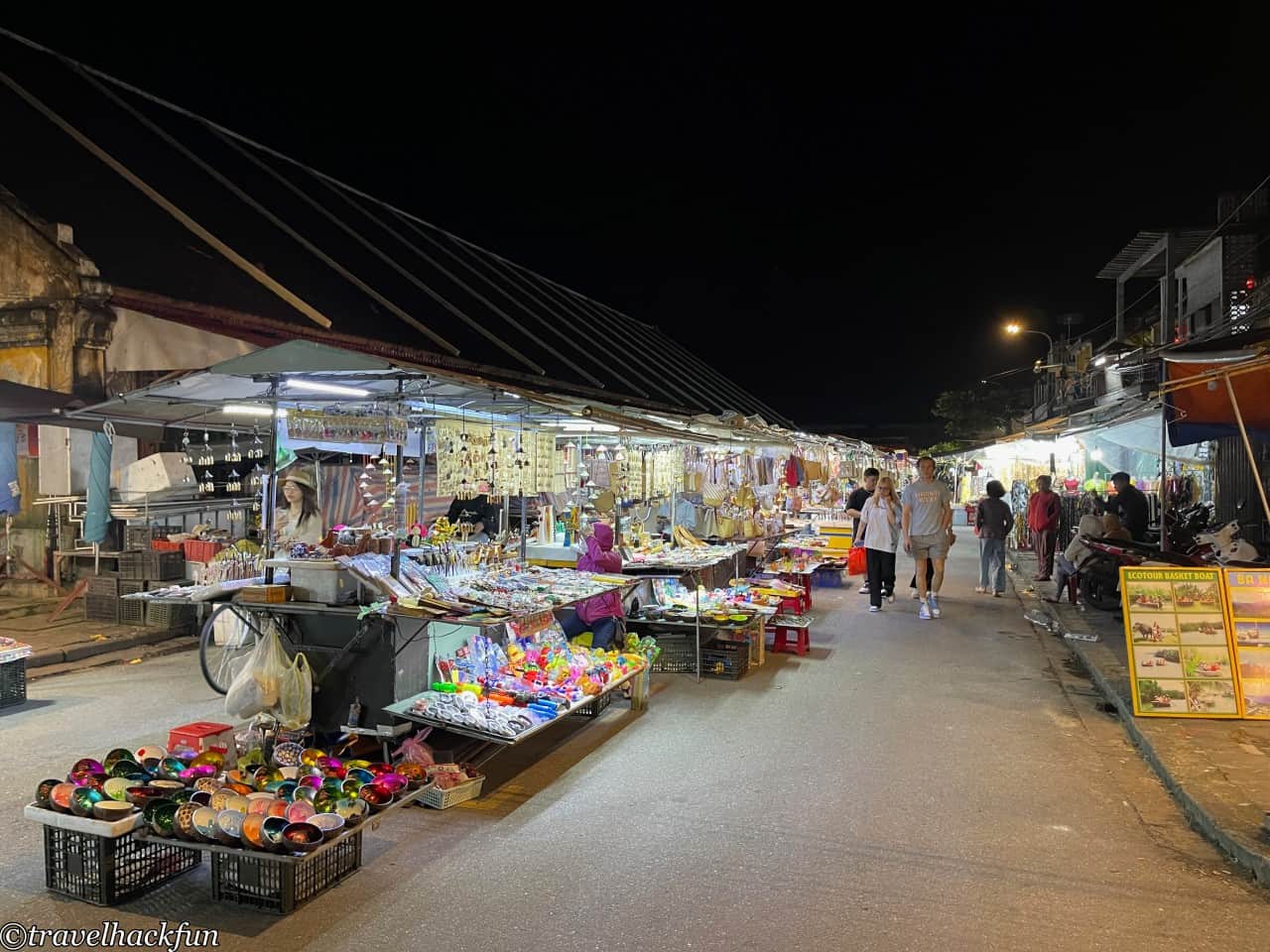
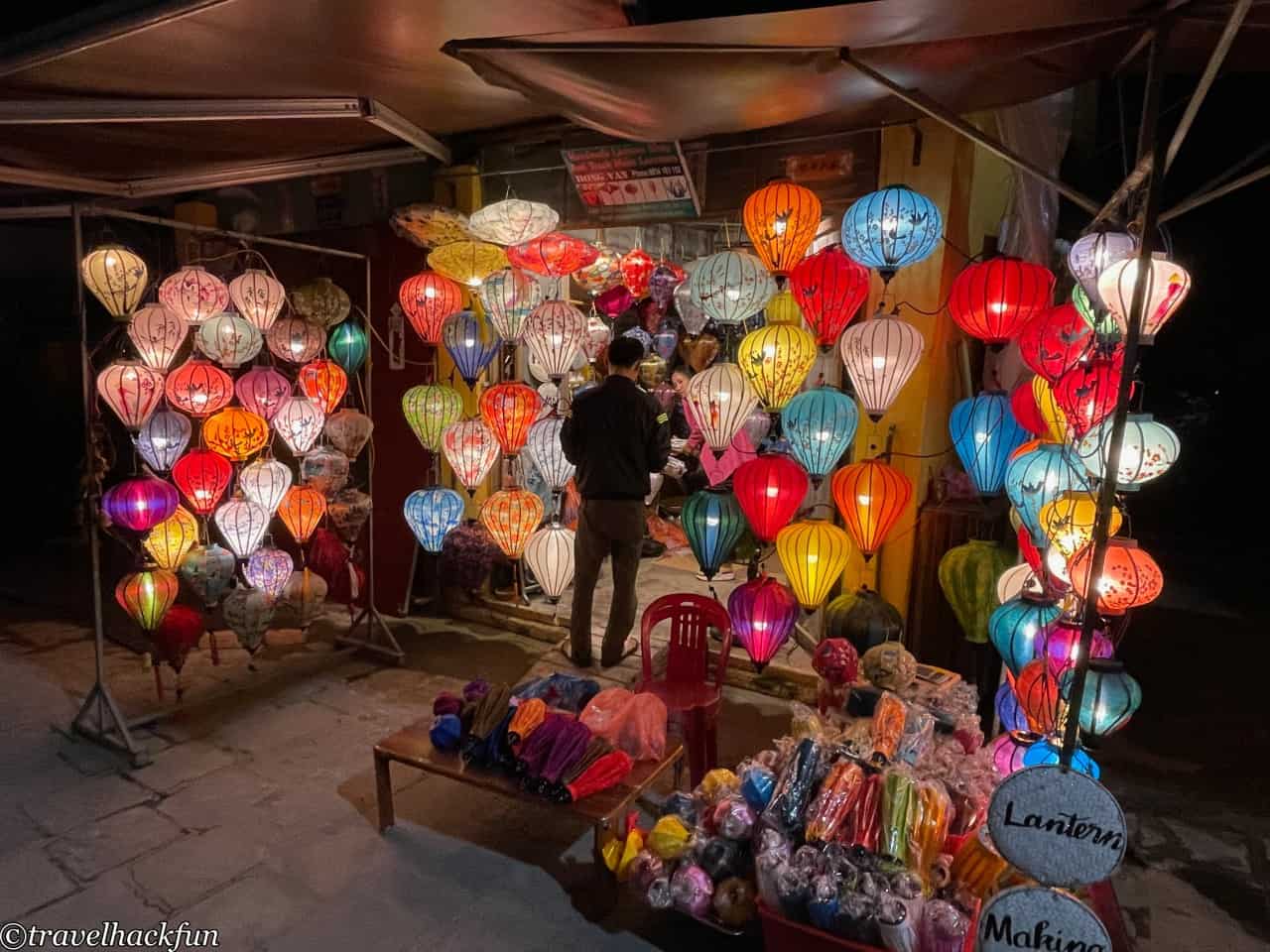
King's Point | Thanh Ha Ceramic Village
Pottery is one of Hoi An's well-known traditional crafts. 25 minutes away from Hoi An's city center, there is a ceramic village called Thanh Hoa. The village has a history of about 500 years, and the villagers' pottery skills have been passed down from generation to generation. In the past, the village provided bricks and tiles for all the houses in Hoi An and the surrounding areas, as well as containers for daily use such as bowls and jars. When you come to Thanh Hoa Ceramic Village, there is almost nothing else to do in the village except making pottery, and you can see the local women chatting and skillfully making pottery at the same time. Most of the tourists come here to join the pottery experience course, and some of them come by boat from the old town.
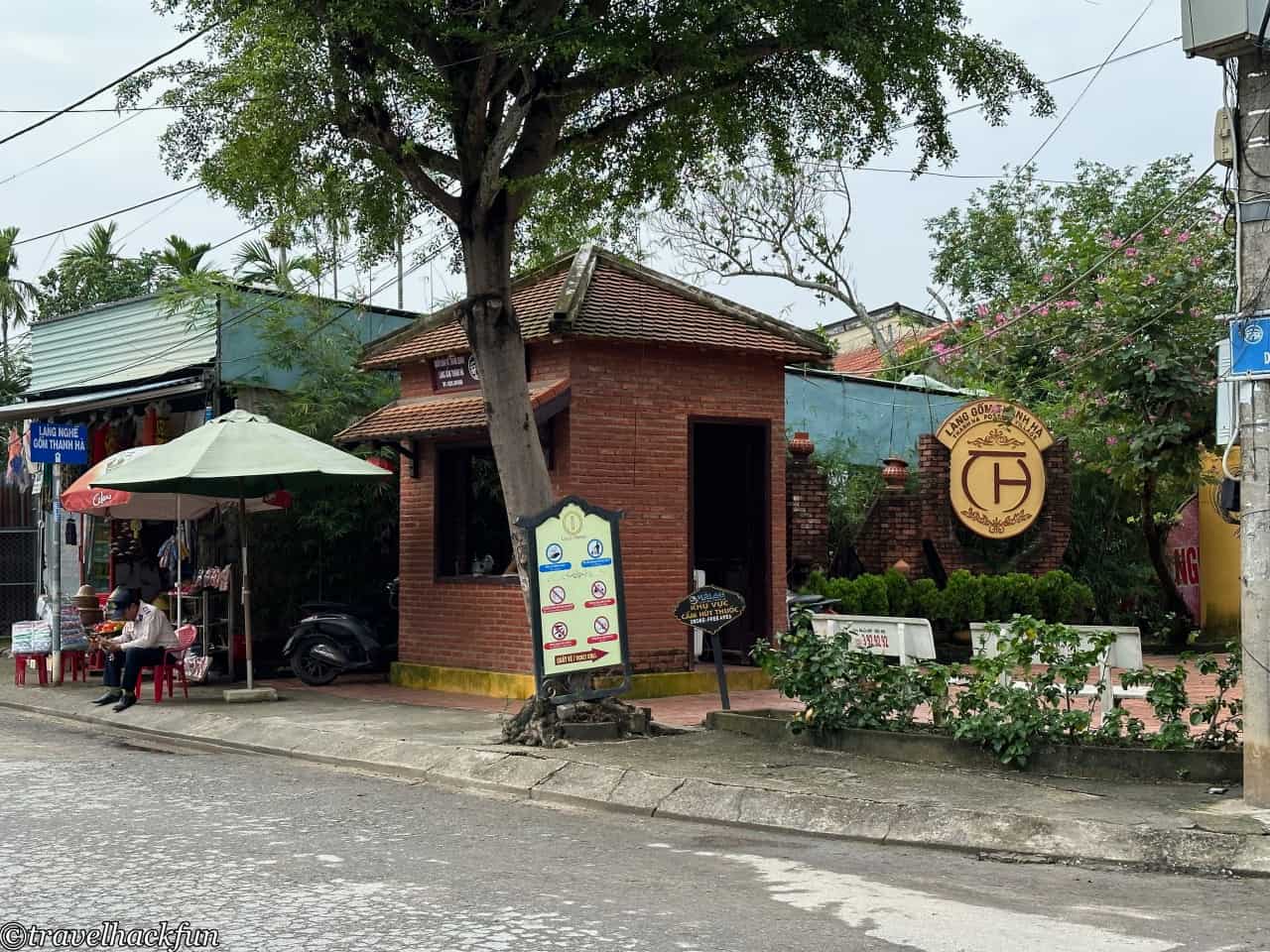
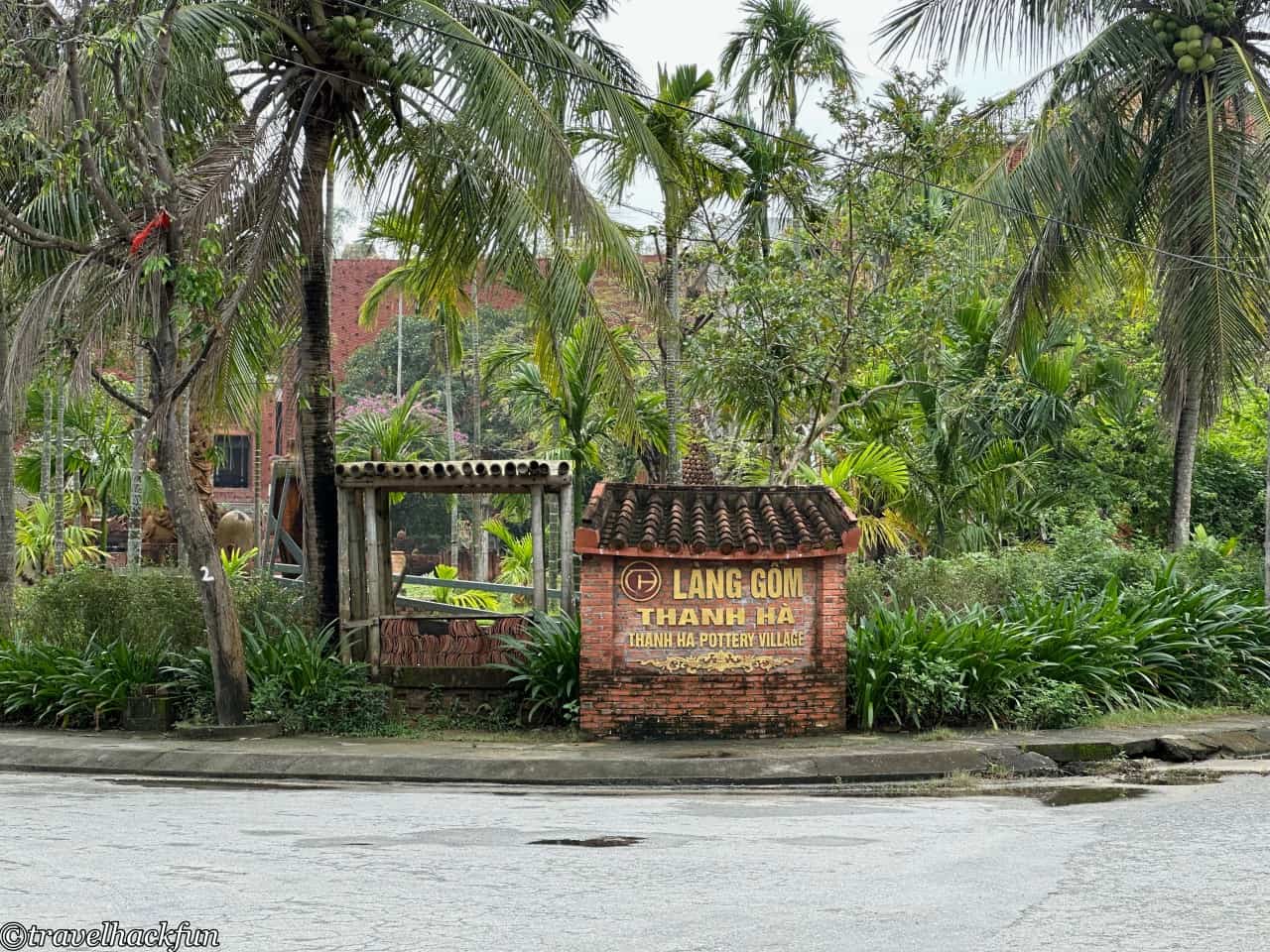
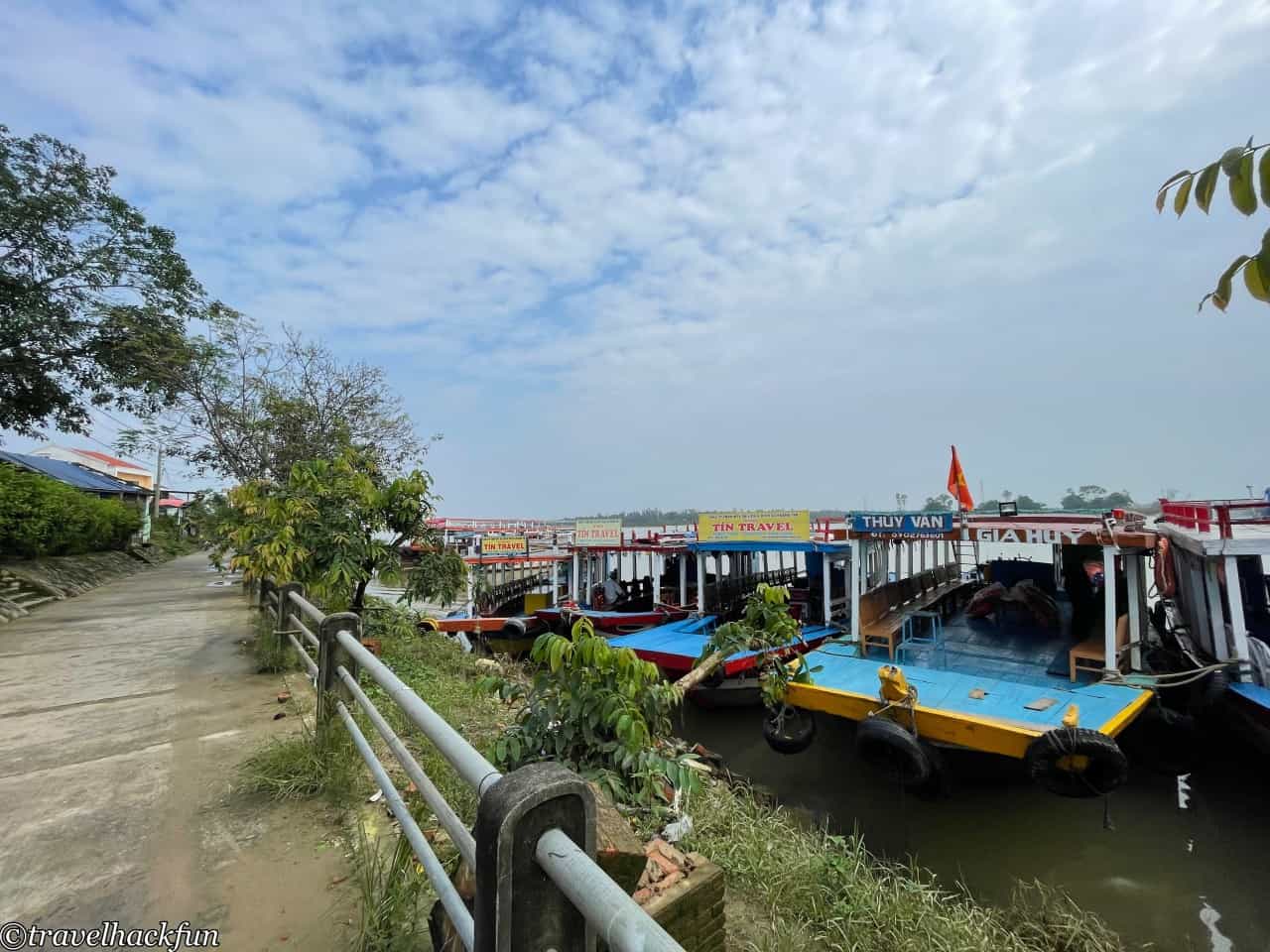
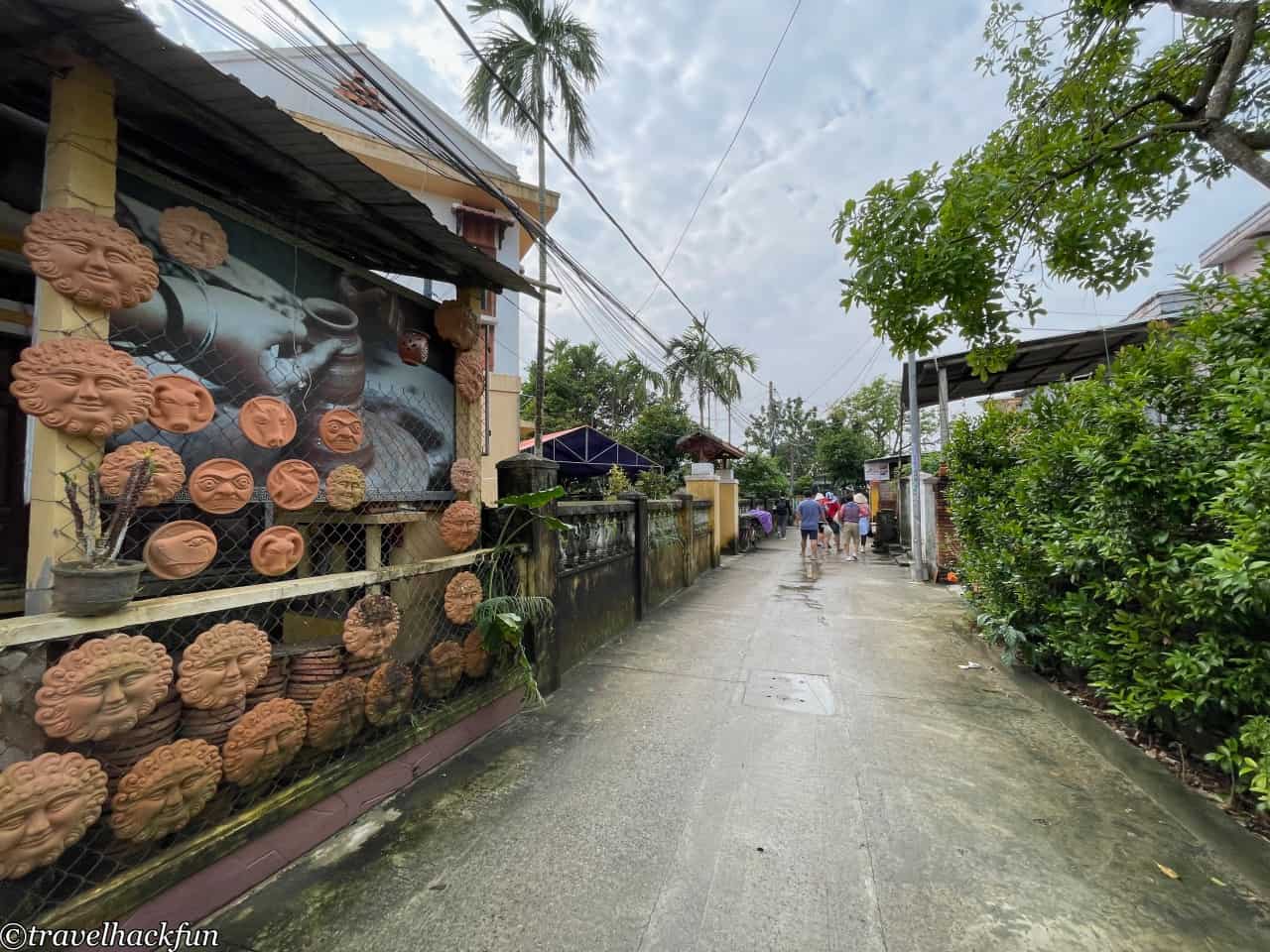
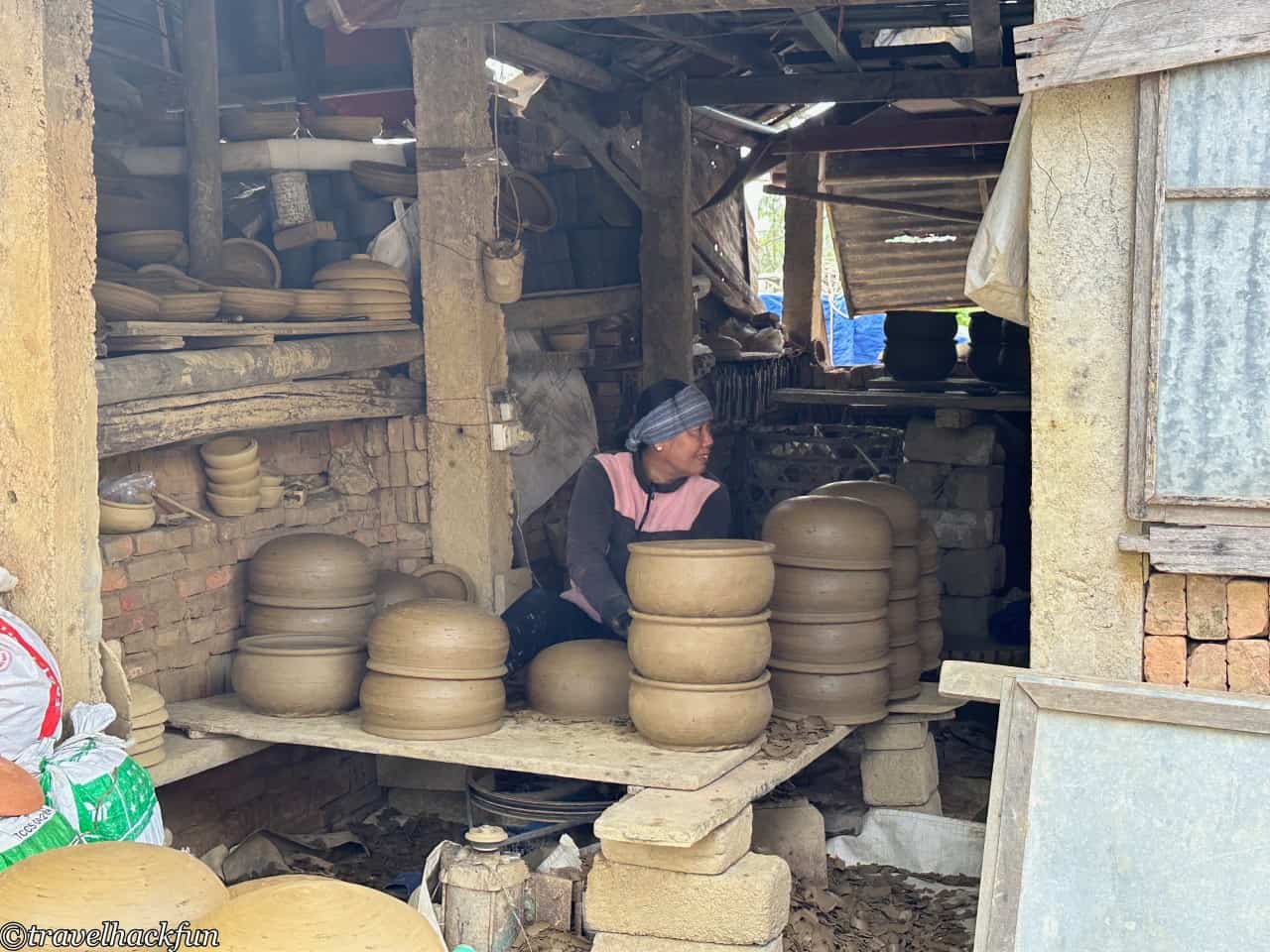

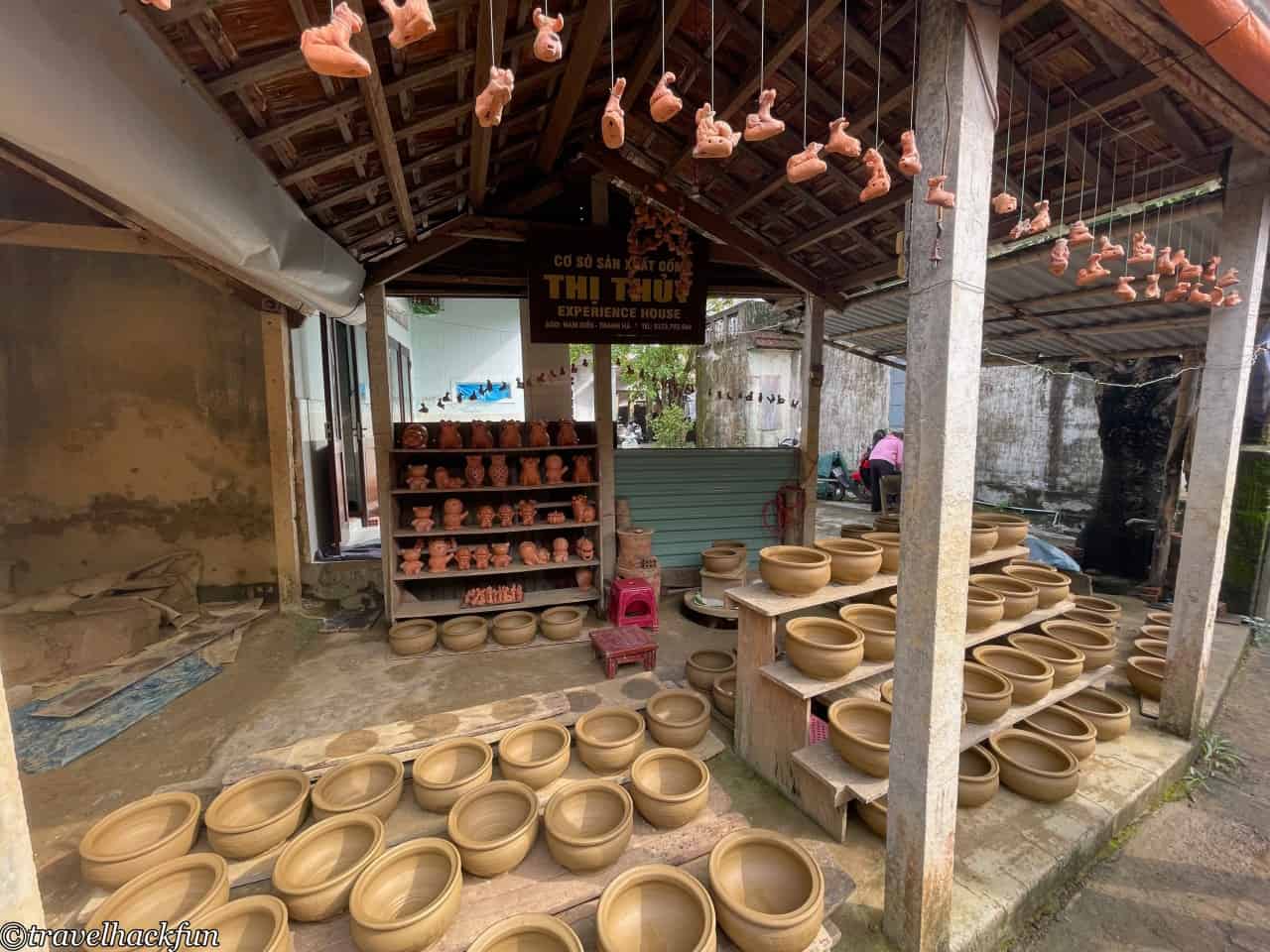
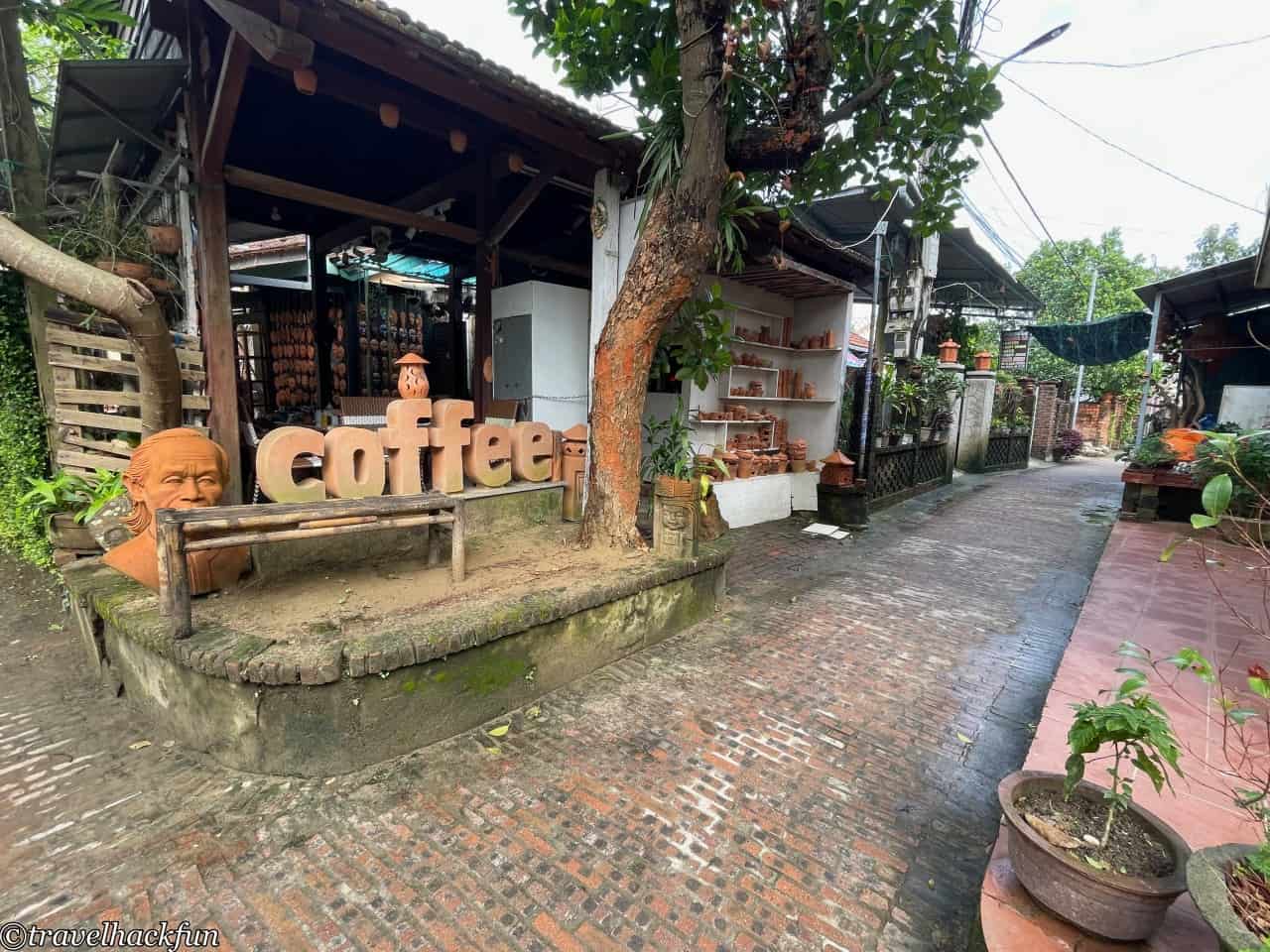

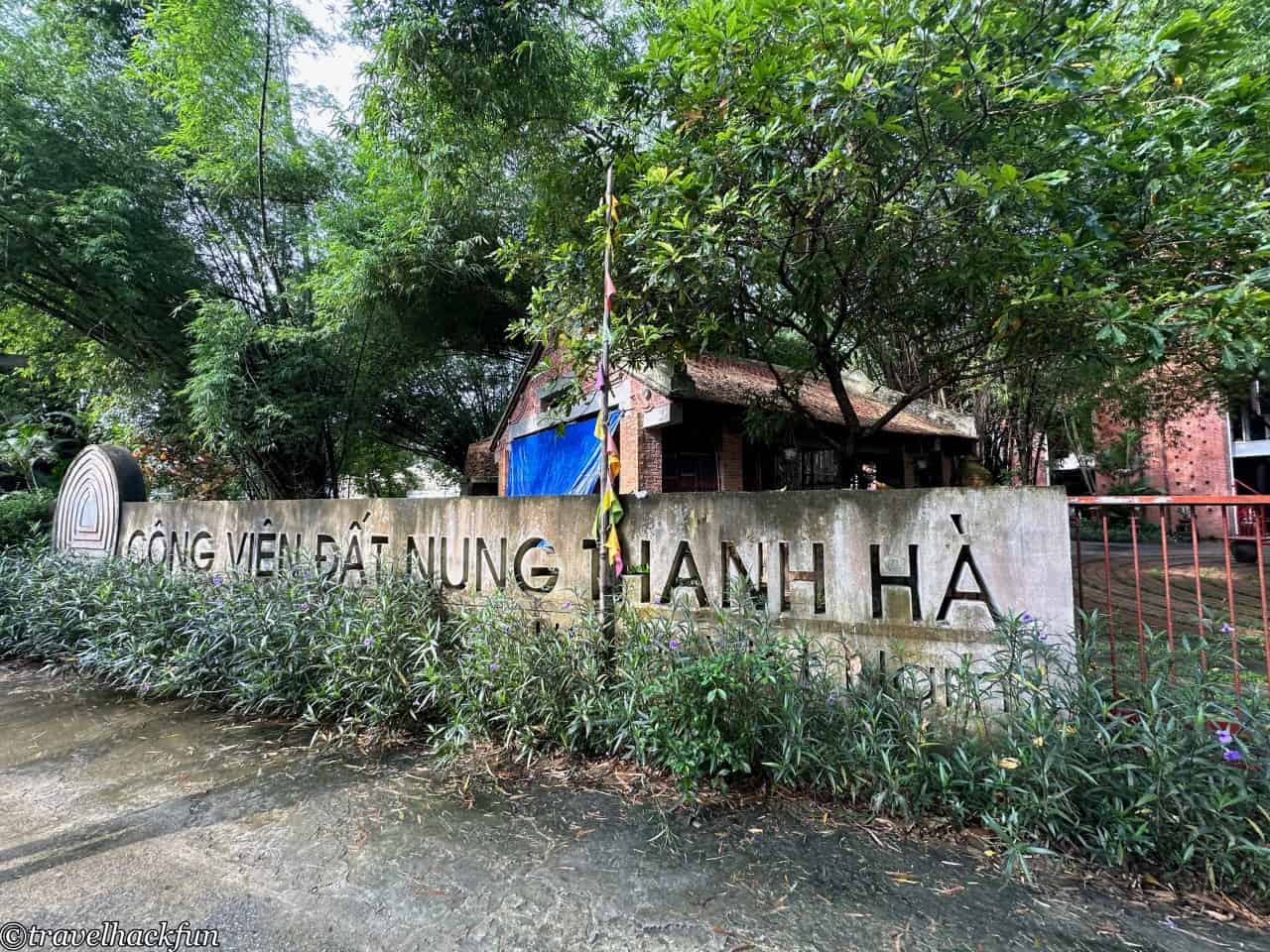
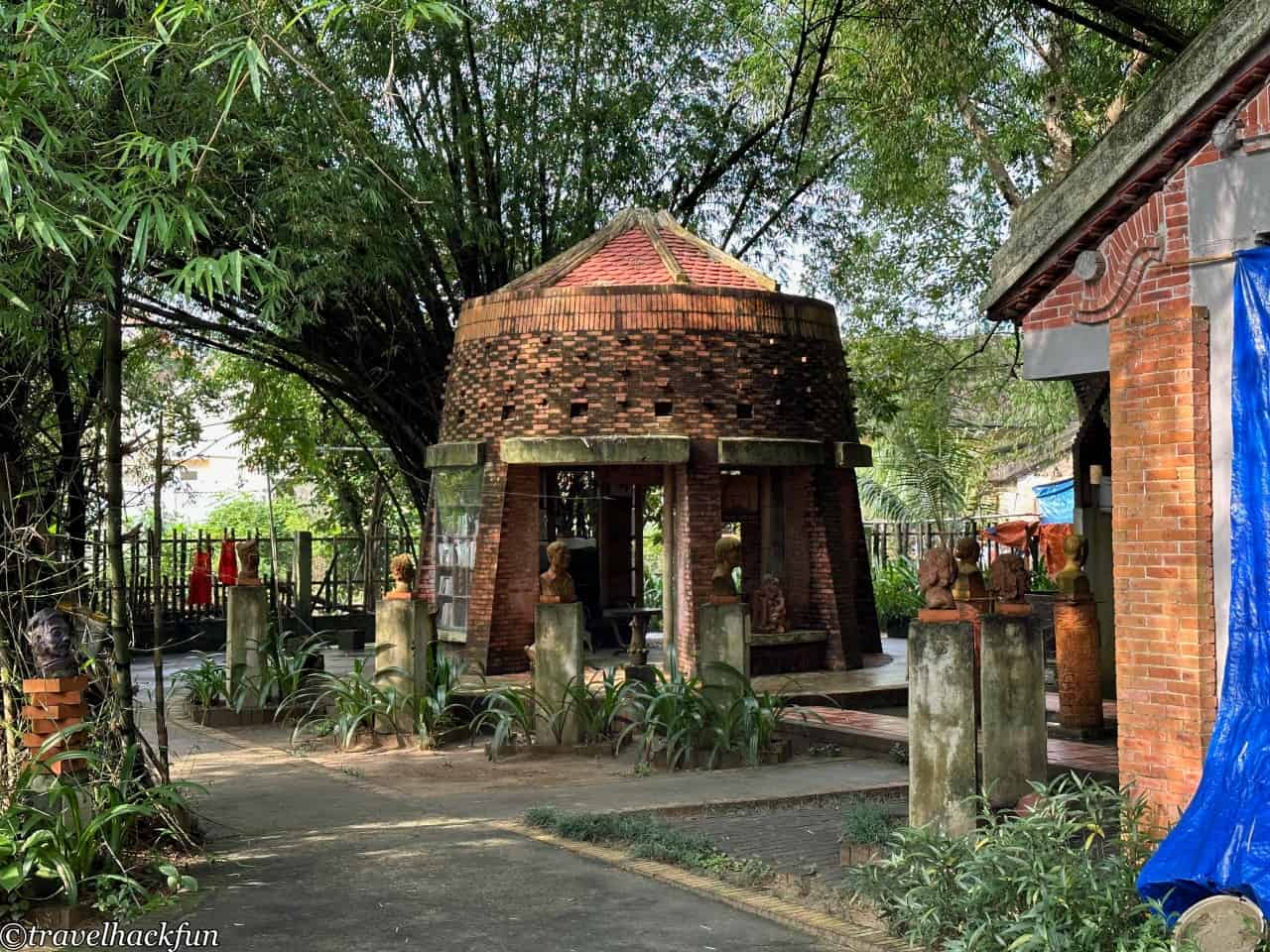
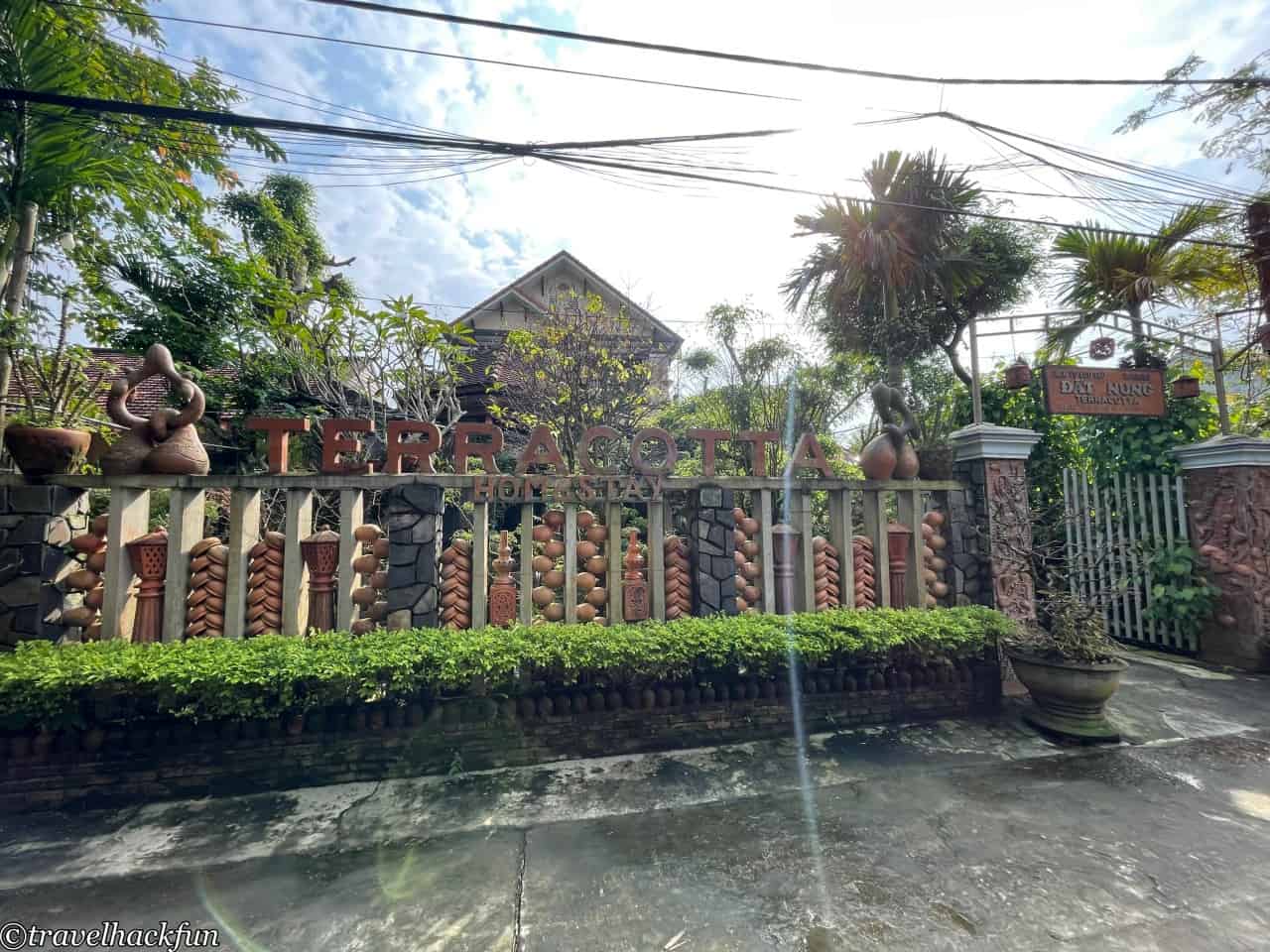
Experience | Canaan Island Water Coconut Grove Dustbin Boat | Coconut Boat | Bamboo Basket Boat
Canaan Island, also known as Coconut Island, is located on the bank of Thu Bon River between Da Nang and Hoi An. It is a fishing village with more than 75 hectares of land, where up to 7 hectares of coconuts are submerged in the water, which creates a very special scene of coconut grove. Traveling through the coconut grove on a skipjack boat is a must-do experience in Hoi An. Also known as a coconut boat or bamboo basket boat, it looks like a bamboo bowl and is said to have been invented as a means of transportation to avoid boat taxes in ancient times. The boat ride is usually 45 minutes, and stores can provide pick-up and drop-off services.
Bamboo Basket Boat Trip Comparison
- Hoi An Bamboo Basket Boat Half Day Tour|T峴港/會安出發 (kkday)
- Hoi An, Vietnam|Bamboo Basket Boat & Noodles Experience|Hoi An / Da Nang Departure (kkday)
- Hoi An | Cam Thanh Village Water Coconut Grove Bamboo Basket Boat | Hoi An/ Da Nang Departure (kkday)
- Hoi An Half Day Tour | Hoi An Ancient Town Walking Tour & Bamboo Basket Boat (kkday)
- Hoi An Half Day Tour | Tuo Qui Vegetable Village & Thanh Hoa Ceramic Village & Water Coconut Grove Bamboo Basket Boat Motorcycle Tour Private Tour (Ao Dai Guide)(kkday)
- Hoi An Water Coconut Grove Dustbin Boat Ticket (Optional "Impression Hoi An" Performance Ticket & Hoi An Ancient Town Ticket)(klook)
- Vietnam Hoi An Organic Cuisine Cooking & Bamboo Basket Boat Experience Half Day Tour (klook)
A boatman carries two people per boat through the coconut grove. Canaan Island villages maintain a traditional way of life on the water, with straw huts made of bamboo and coconut leaves set over the river, and will include elements such as crab fishing, netting, and a bamboo basket boat spinning show.
The bamboo basket boat is rowed in a special way, with the boatman holding the oar in front of the boat to beat the water. Along the river, there are coconut groves along the way, and the scenery is very beautiful. On the way back, we will try to catch crabs in the coconut grove. The boatman didn't speak the language, but he was very kind to talk to us with only one word, and he was very funny. In addition to tourism, the local people still fish for their own food. Our boatman even picked up a box of freshly caught fish from our neighbor.
After leaving the mouth of the river, we started to hear music and singing and dancing. Near the mouth of the river, we met up with other boats and the atmosphere changed from quiet to lively. Some of the boats brought big sound effects and sang and danced on the spot, while others performed net-scattering. However, the most eye-catching performance was the spinning bamboo basket boat. The boatmen are very skillful in spinning the bamboo basket boat with their body rhythm, which is very exciting. Brave tourists can join the show and feel the coffee cup on the water, but they may get very dizzy.
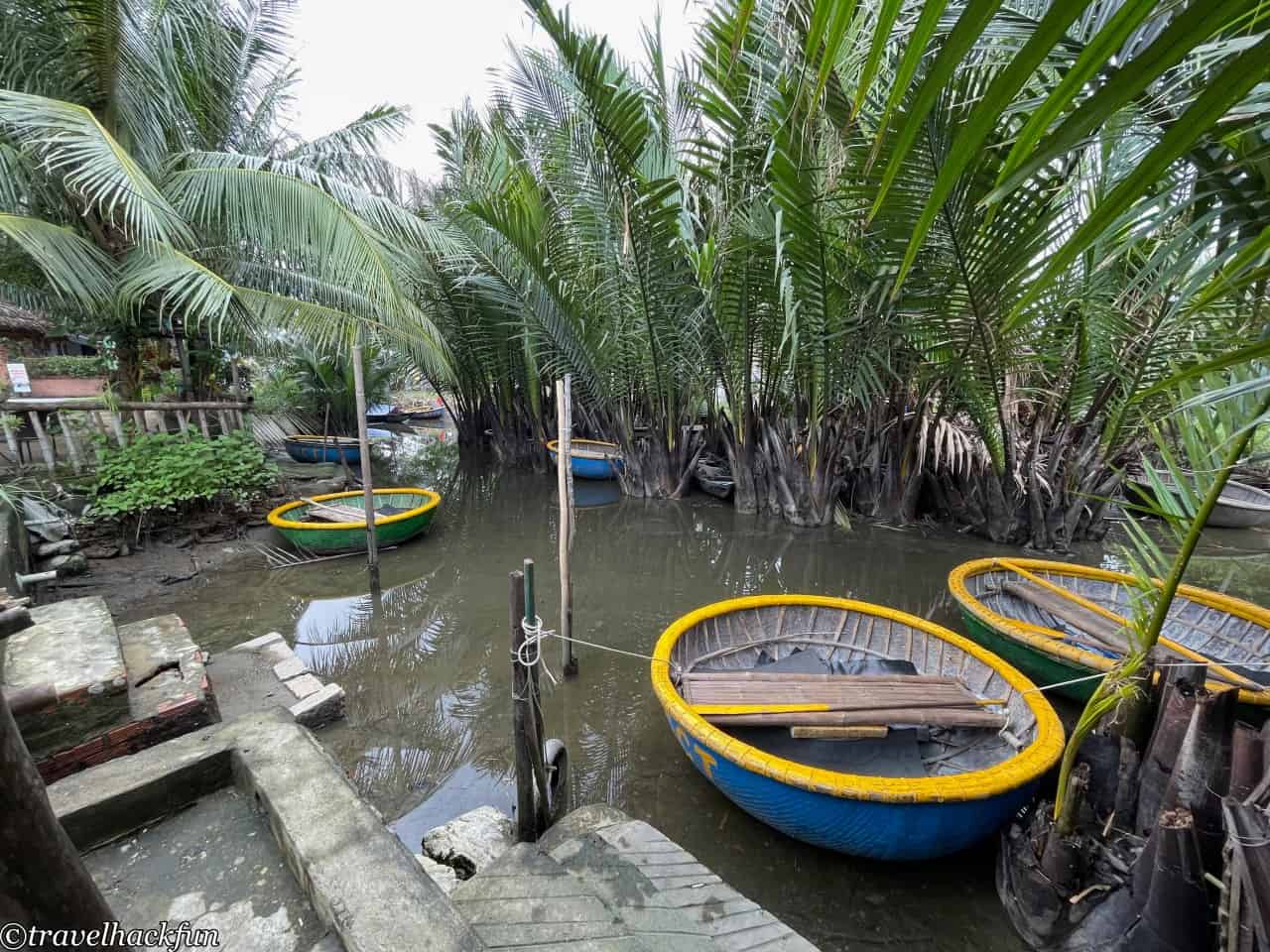
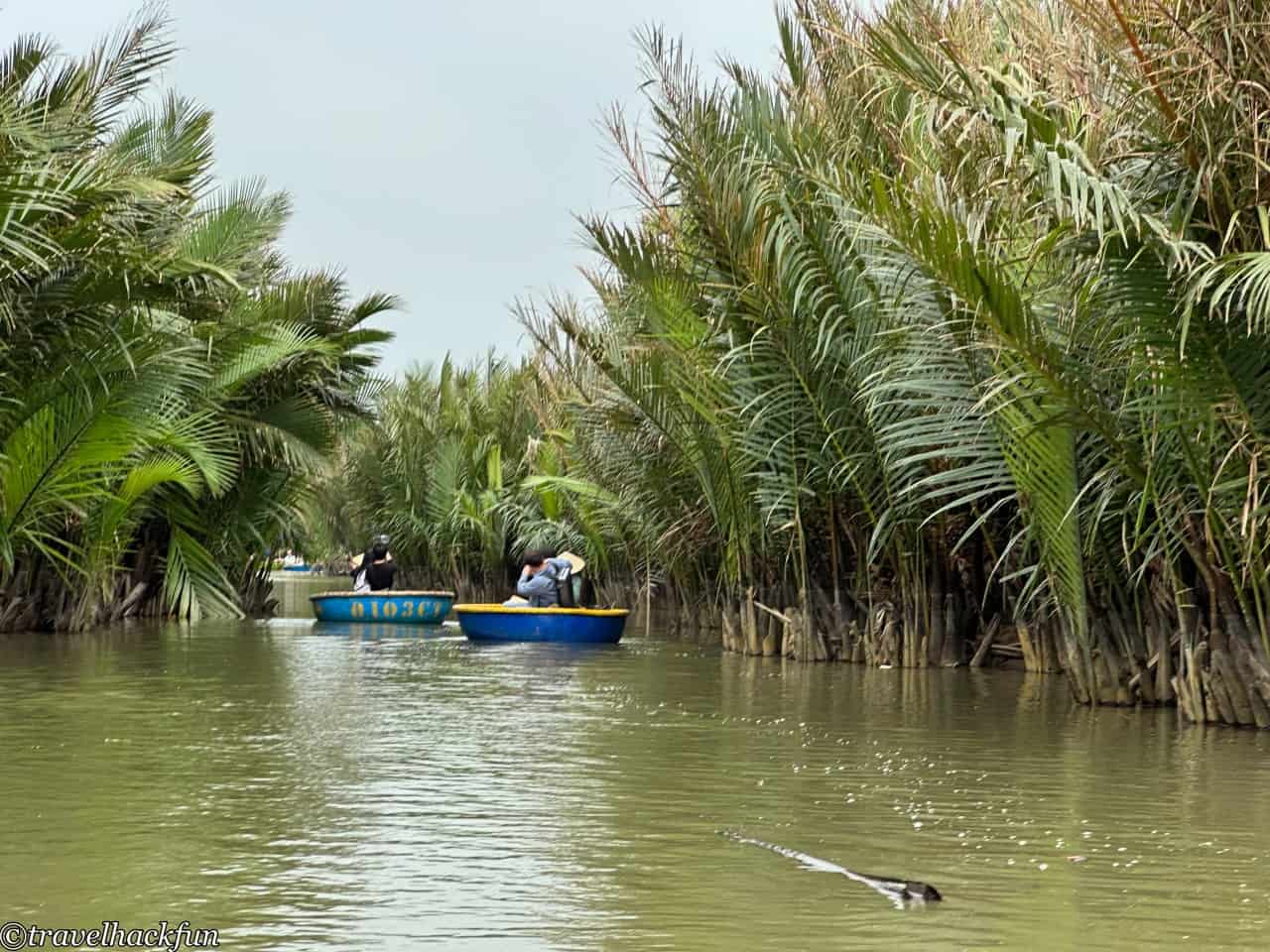
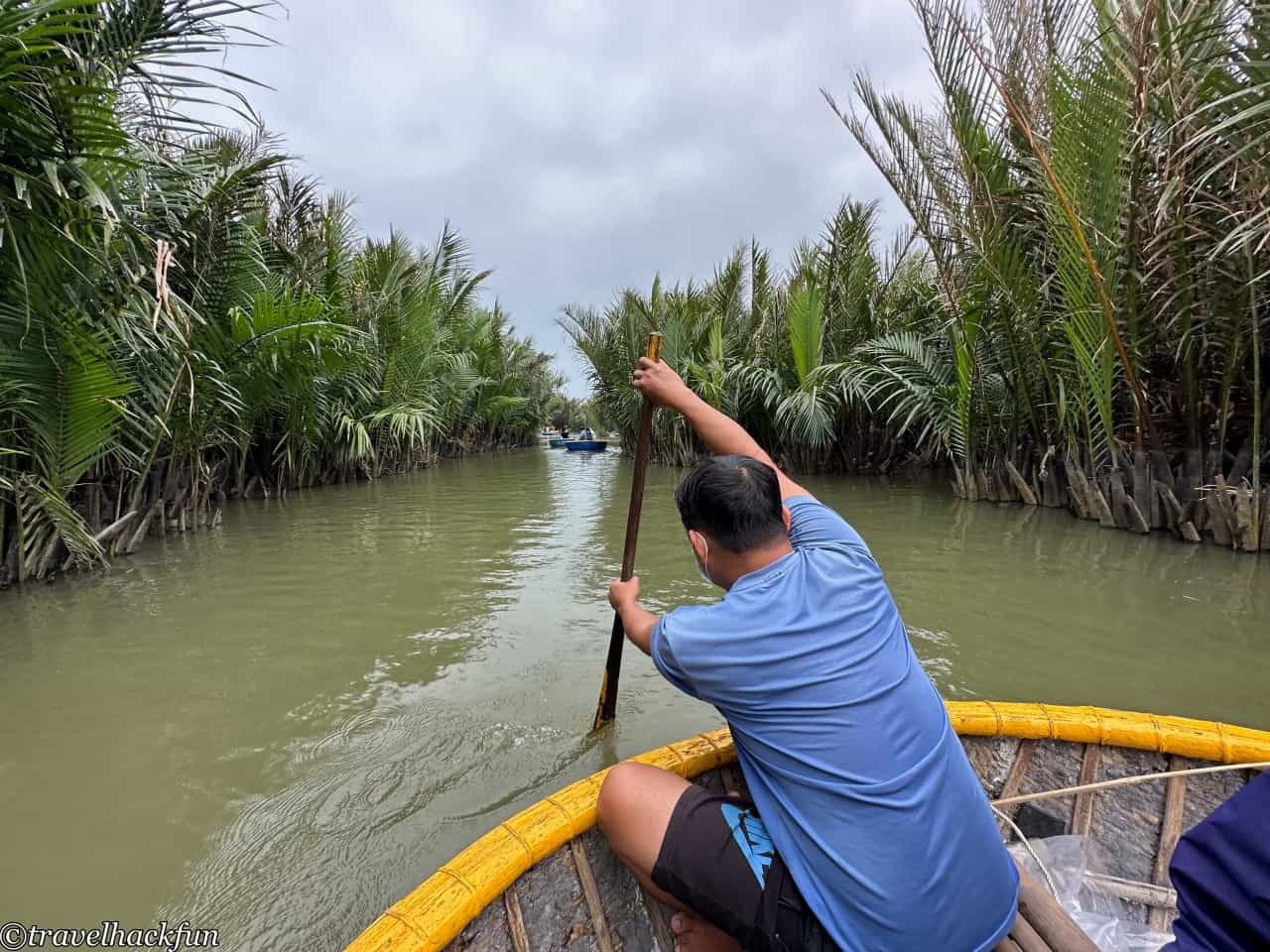
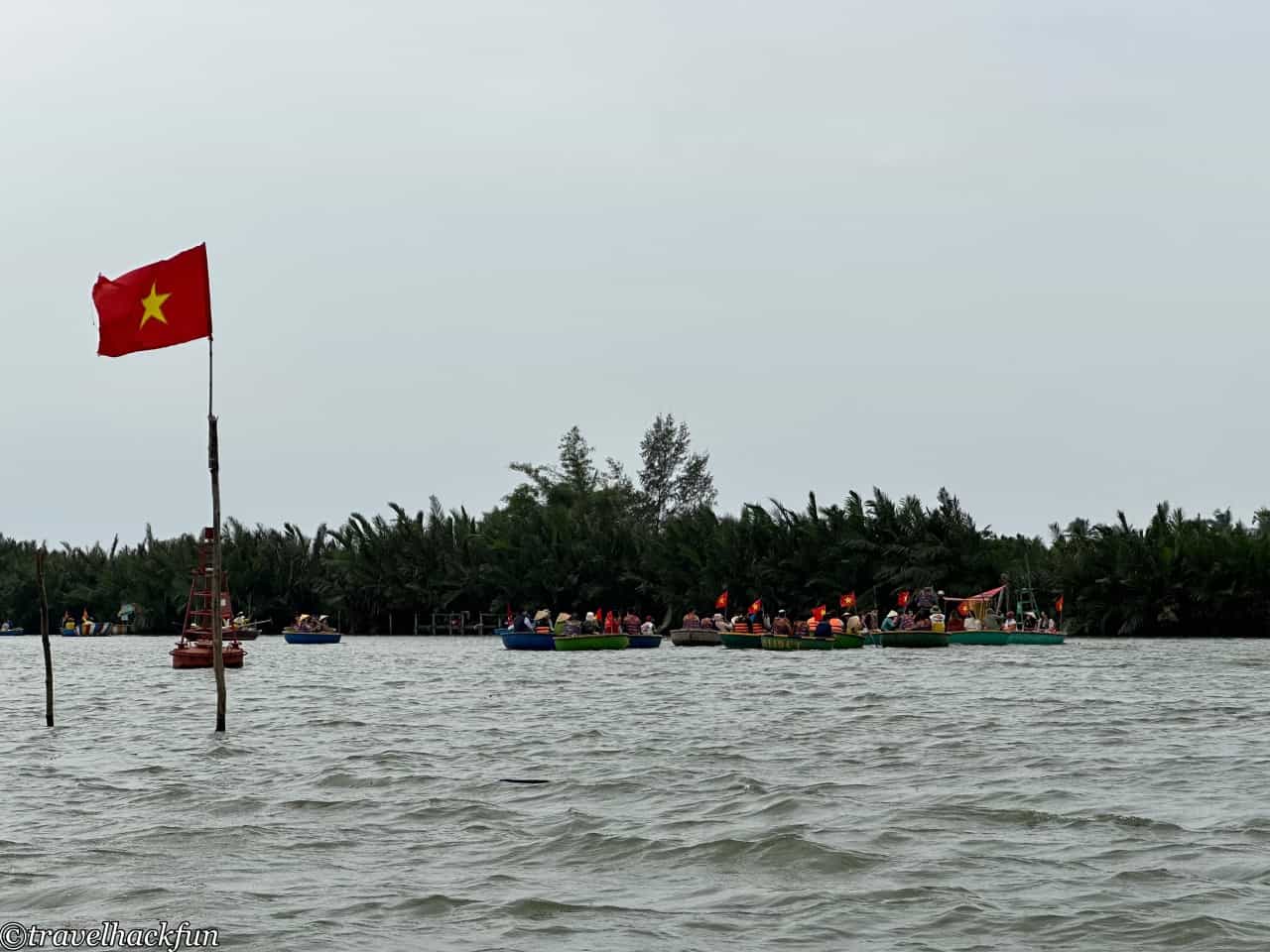
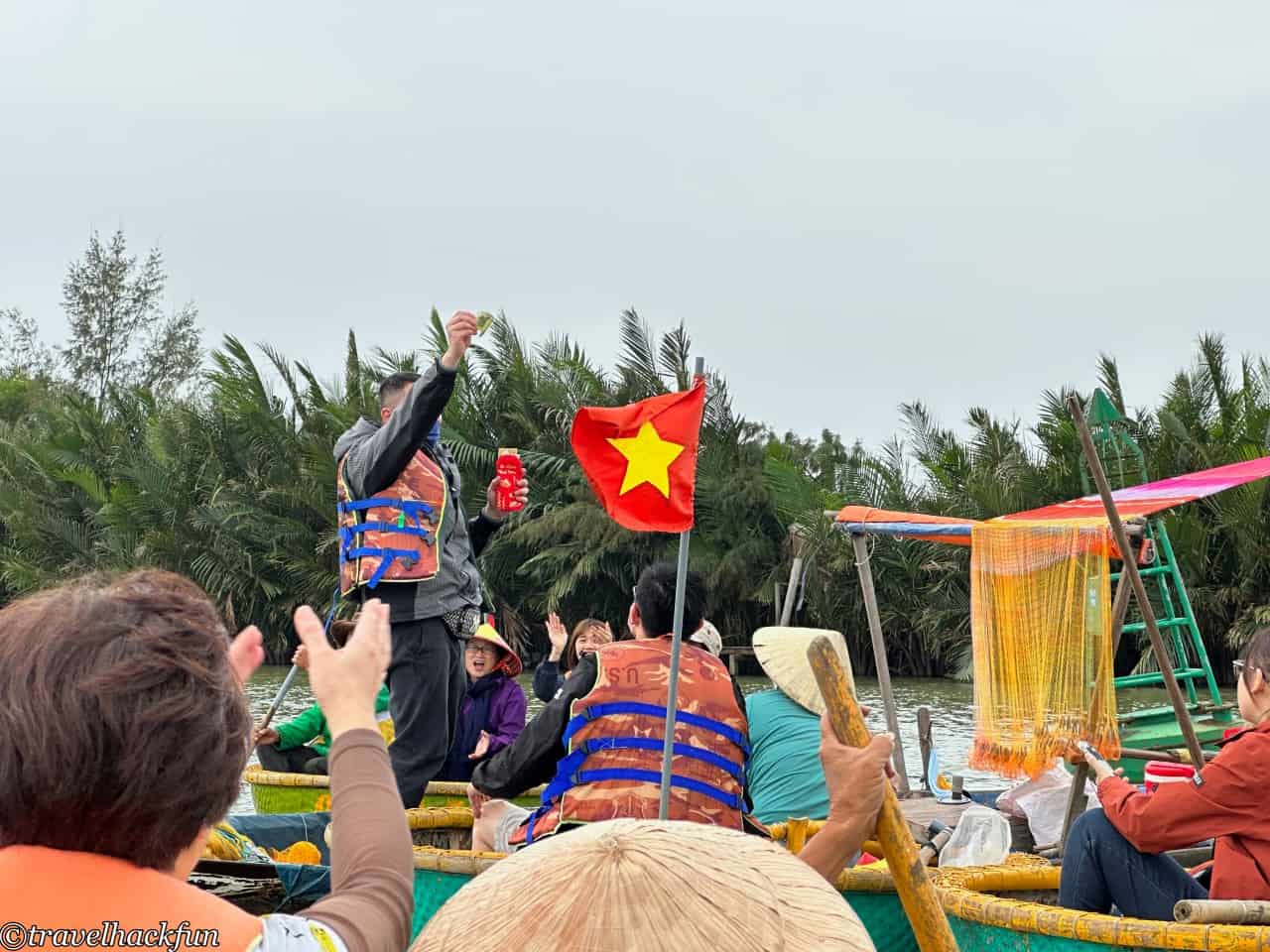
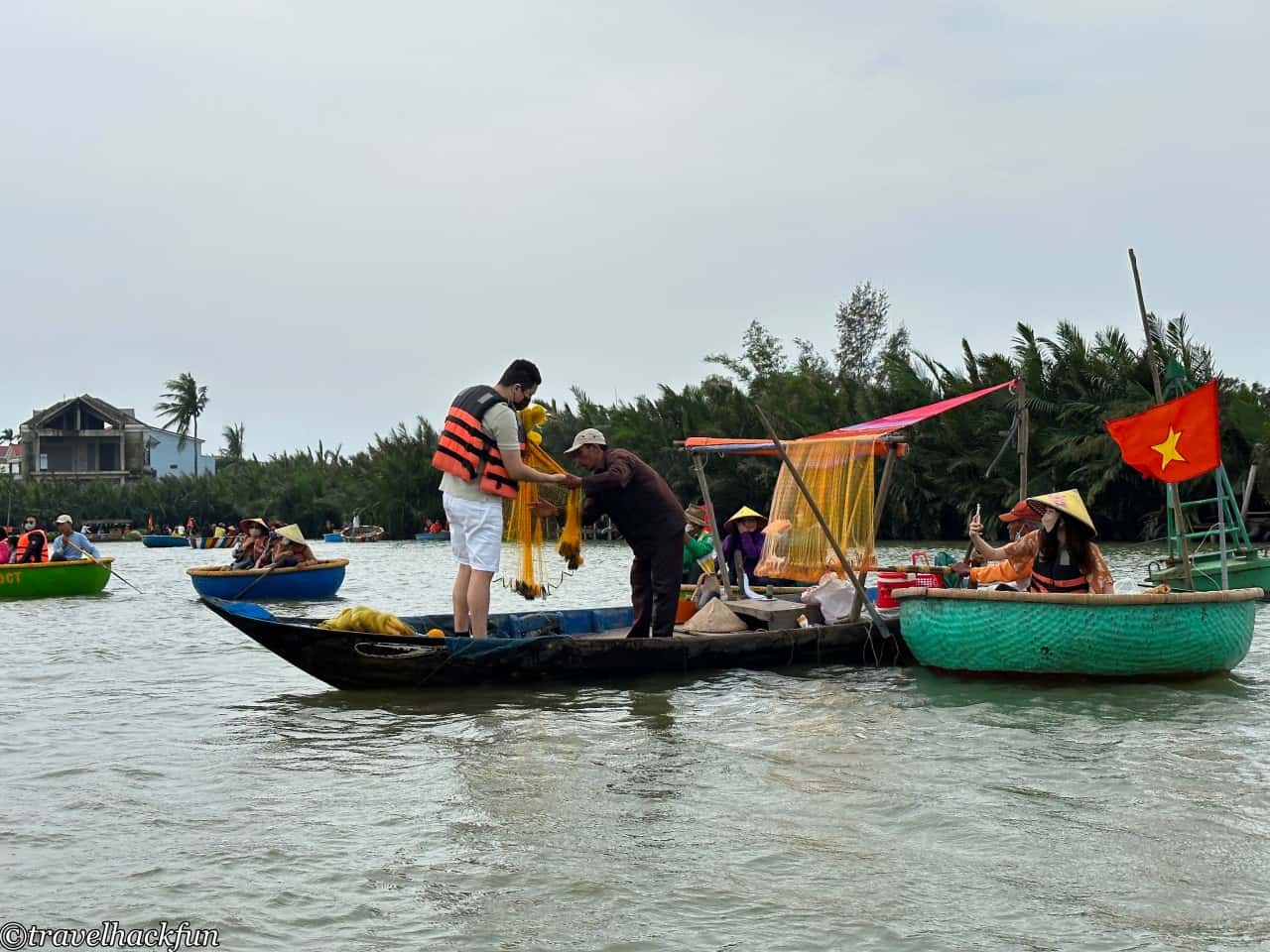
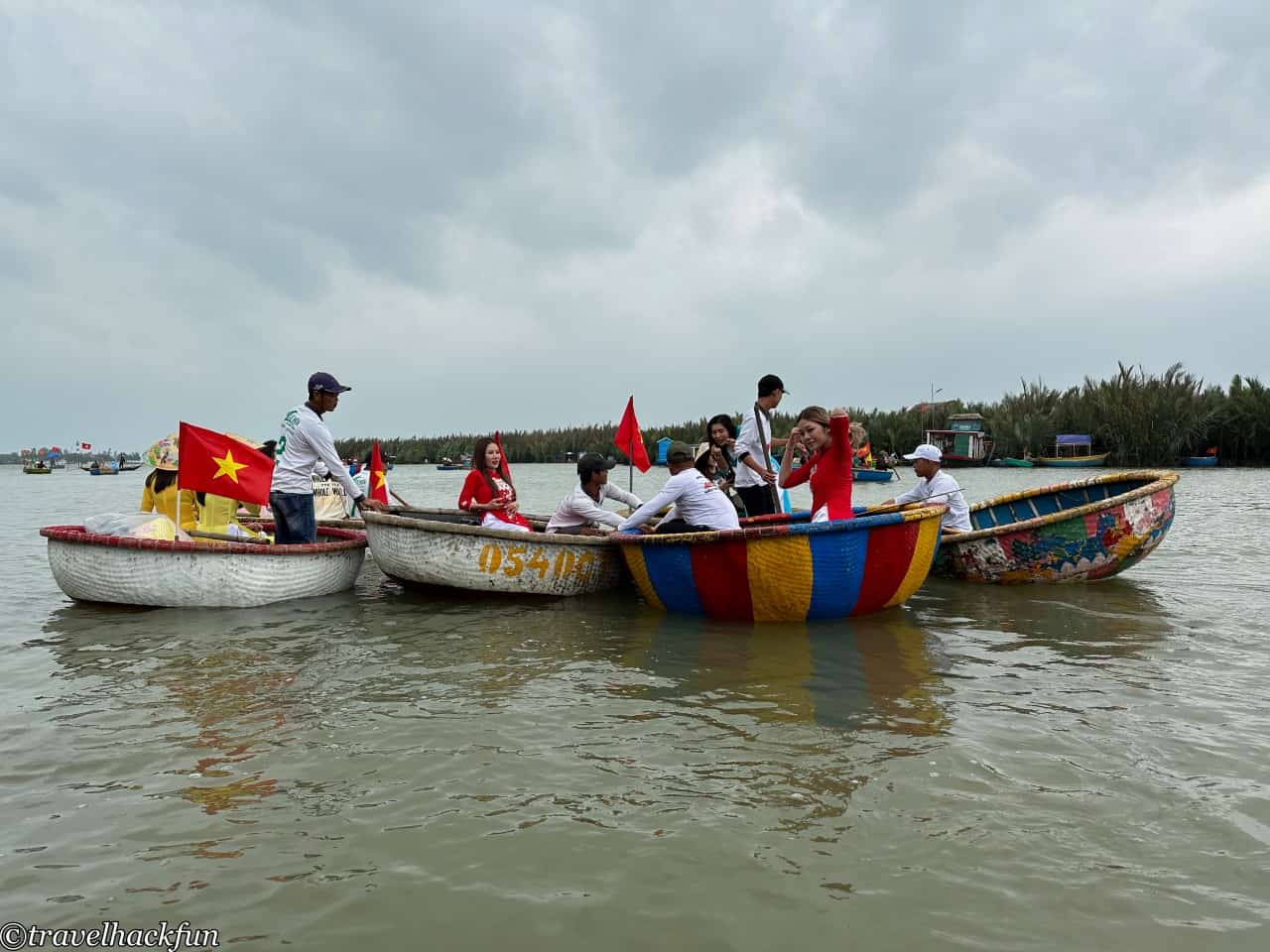

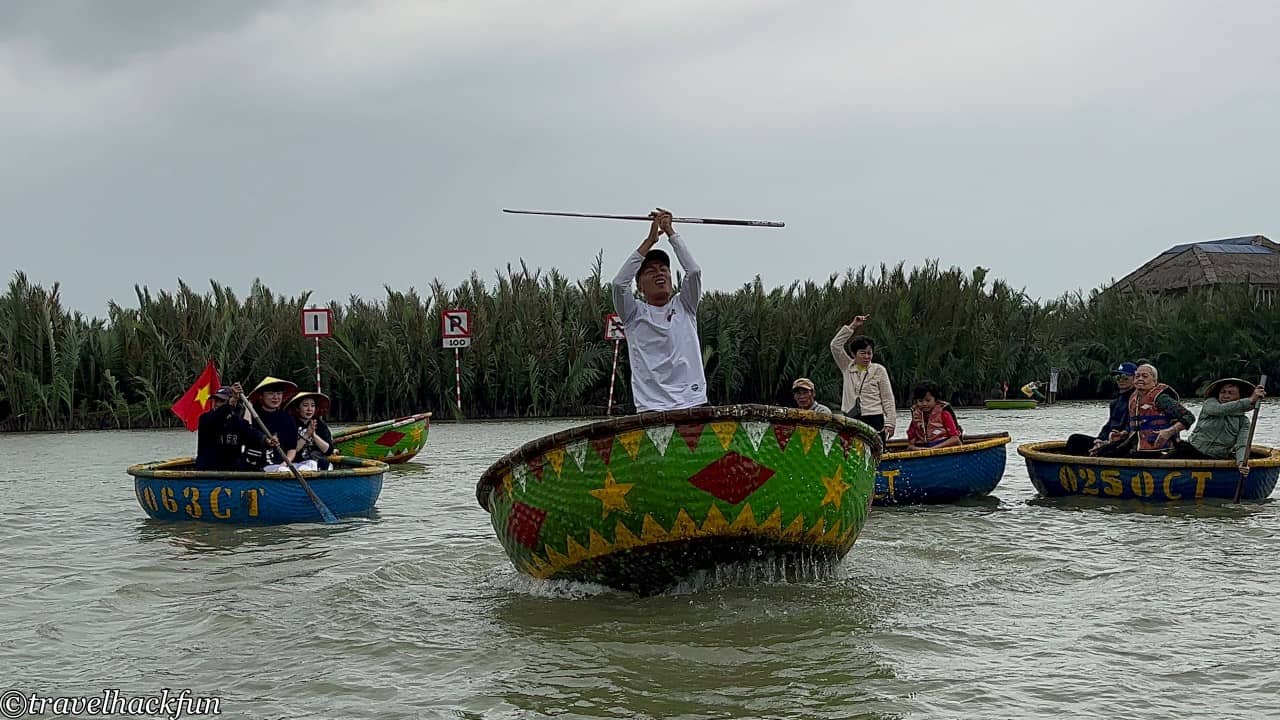
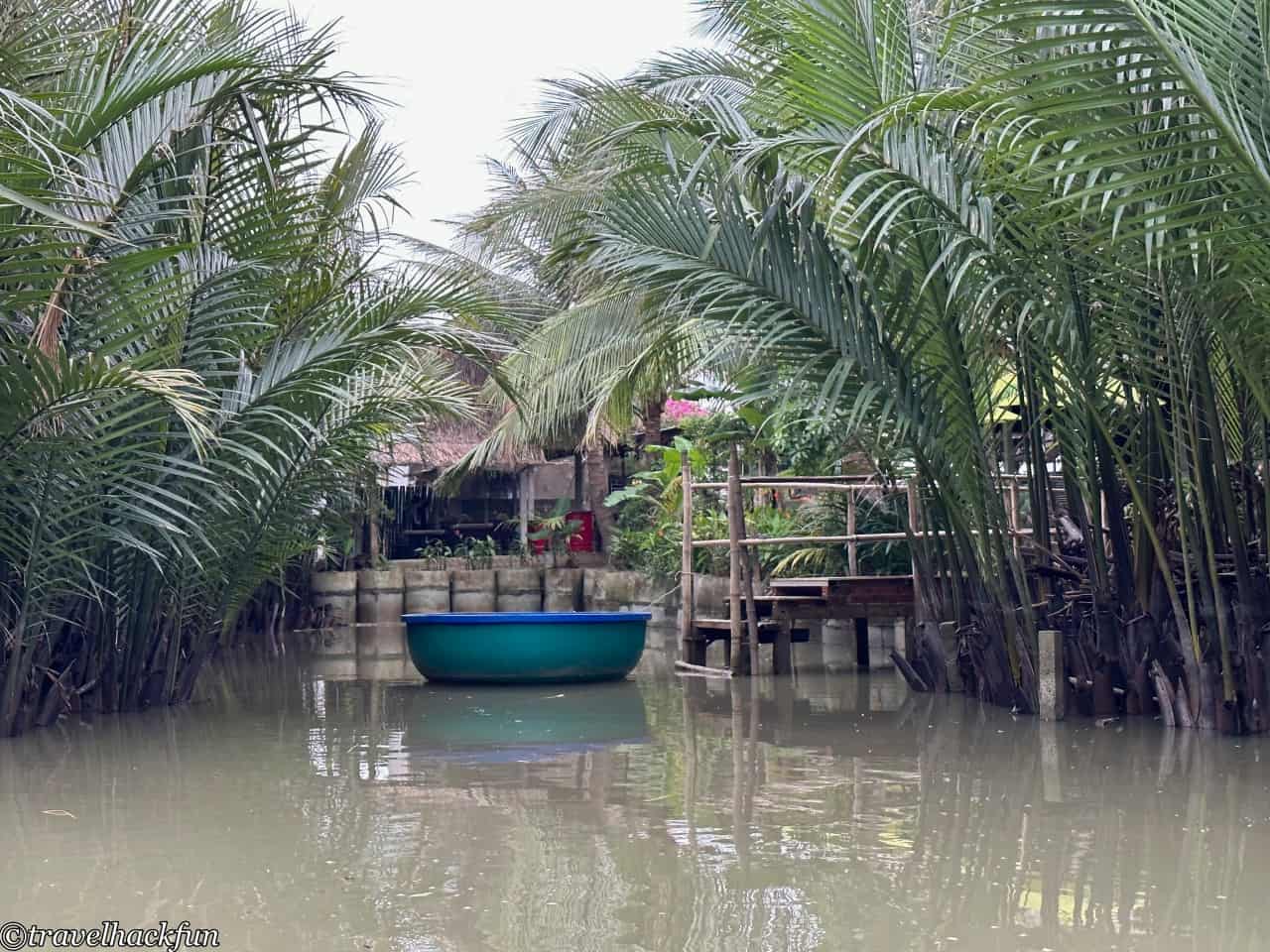
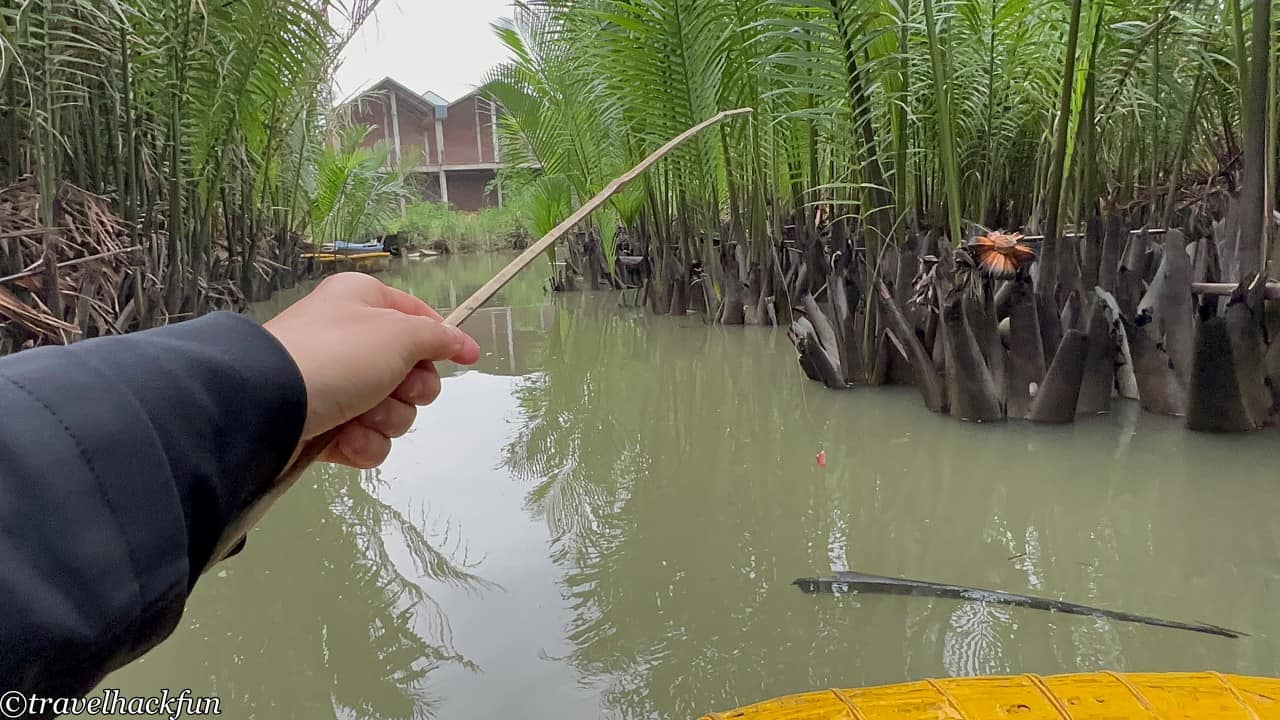
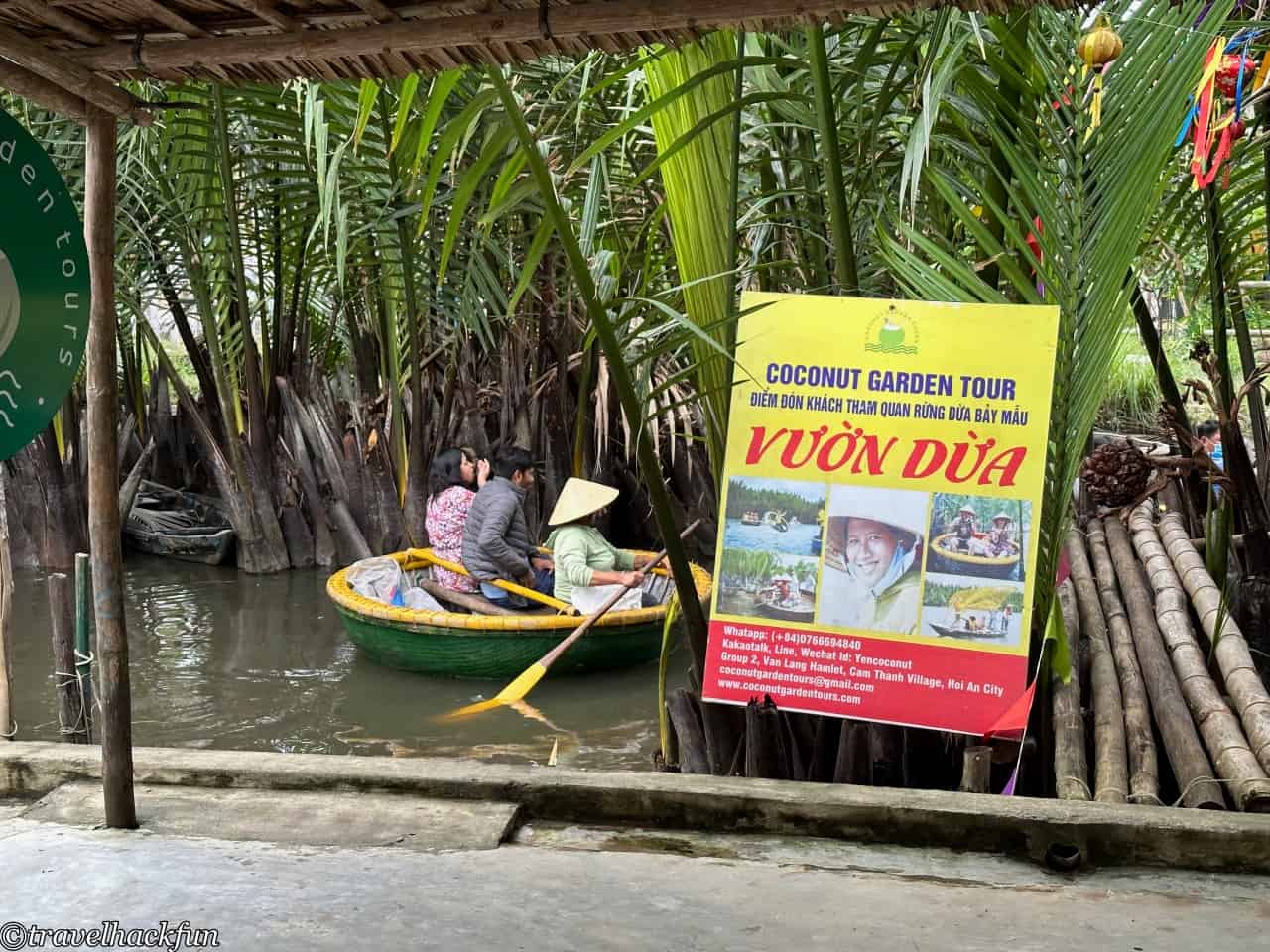
Attractions | Hoi An Memories Land
Hoi An Impression Theme Park is located not far from Hoi An Ancient Town. The main show "Impression Hoi An" is a spectacular performance of Vietnamese traditional culture through a large-scale sound and light show, which has become one of the must-see trips in Hoi An in recent years. Tickets are packages that include admission and the main show, which has different levels depending on the location, and you can also choose whether or not to include dinner.
Hoi An Impression Tickets
- Vietnam] Hoi An|Hoi An Impression Theme Park & Hoi An Memory Theater Ticket (kkday)
- Hoi An Impression Show & Theme Park Tickets (klook)
The theme park opens at five o'clock and if we come early, we can stroll around. The park is not really big and there are no exciting rides, but it is somewhat similar to the Hoi An version of the Nine Tribes Cultural Village, where the decorations show the characteristics of Hoi An. After the program starts, it will become a mini show venue.
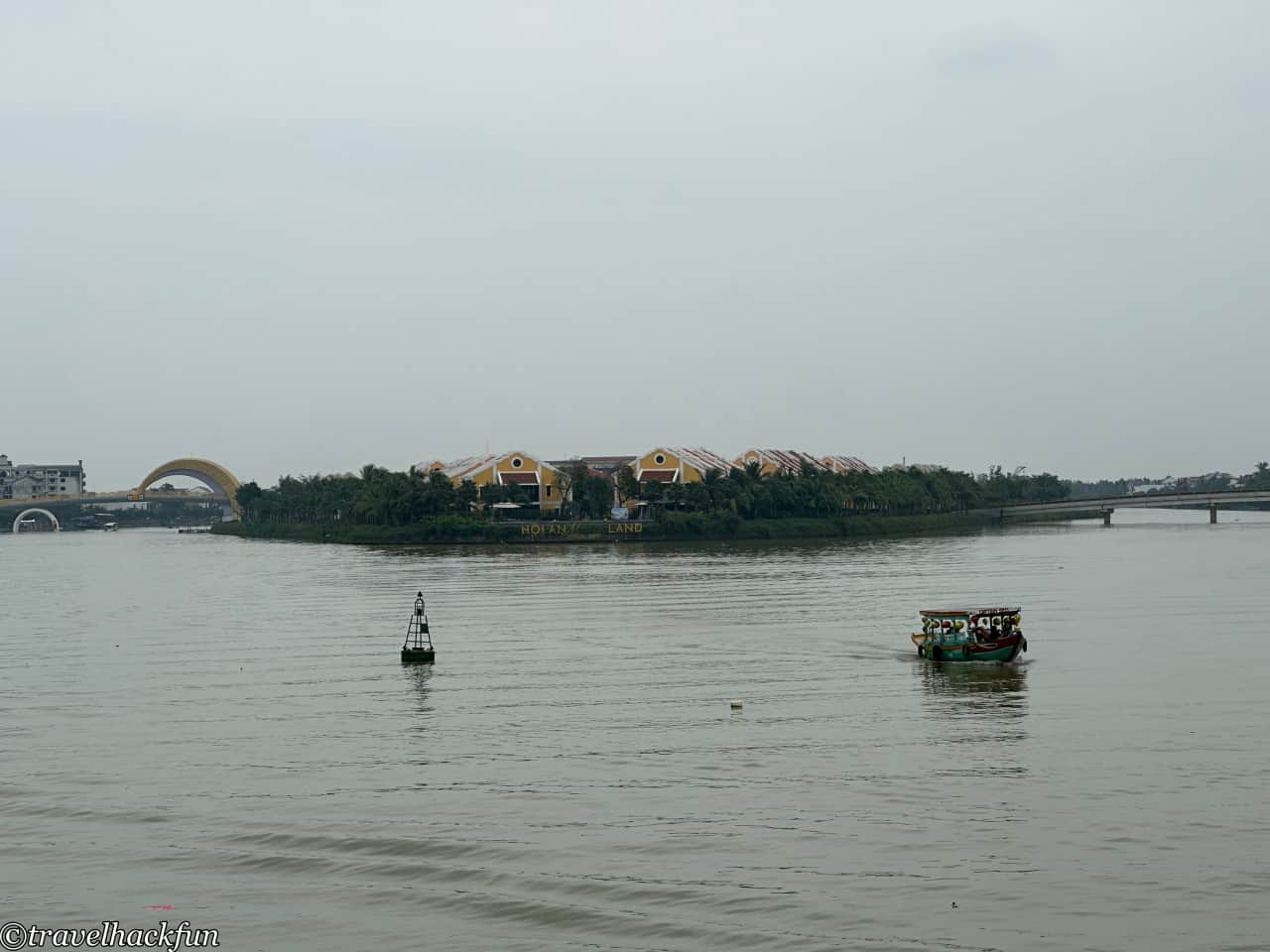
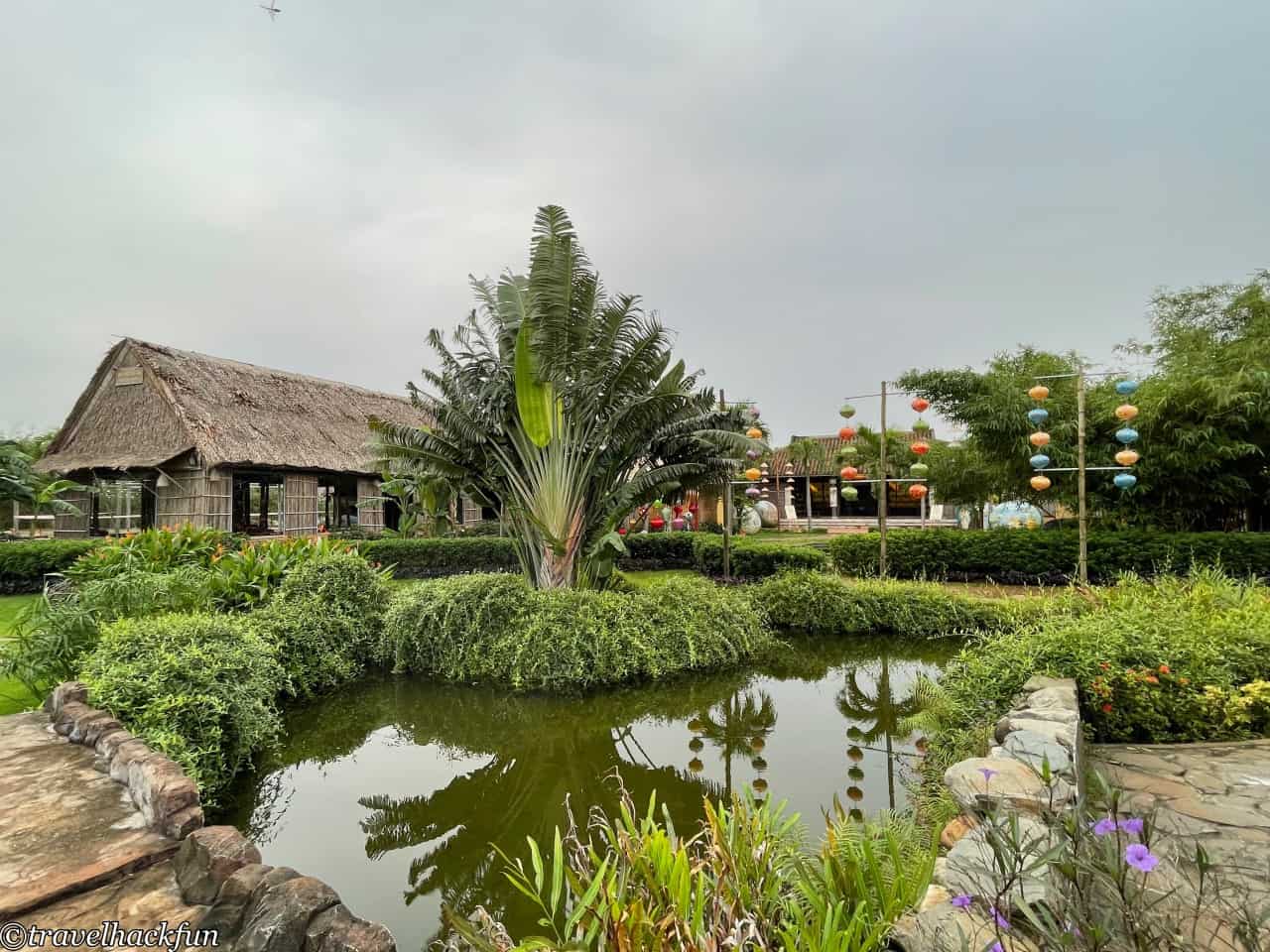
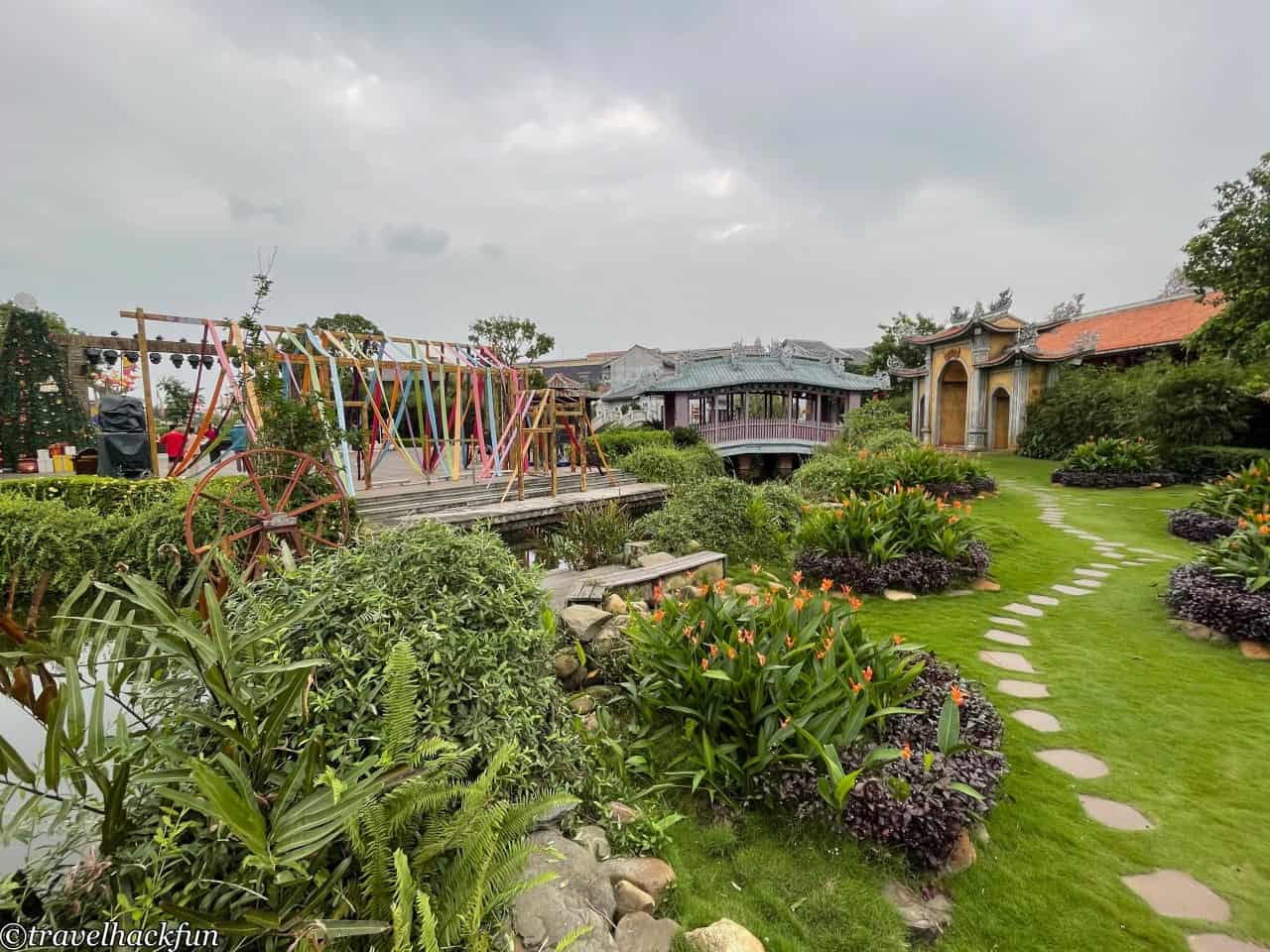
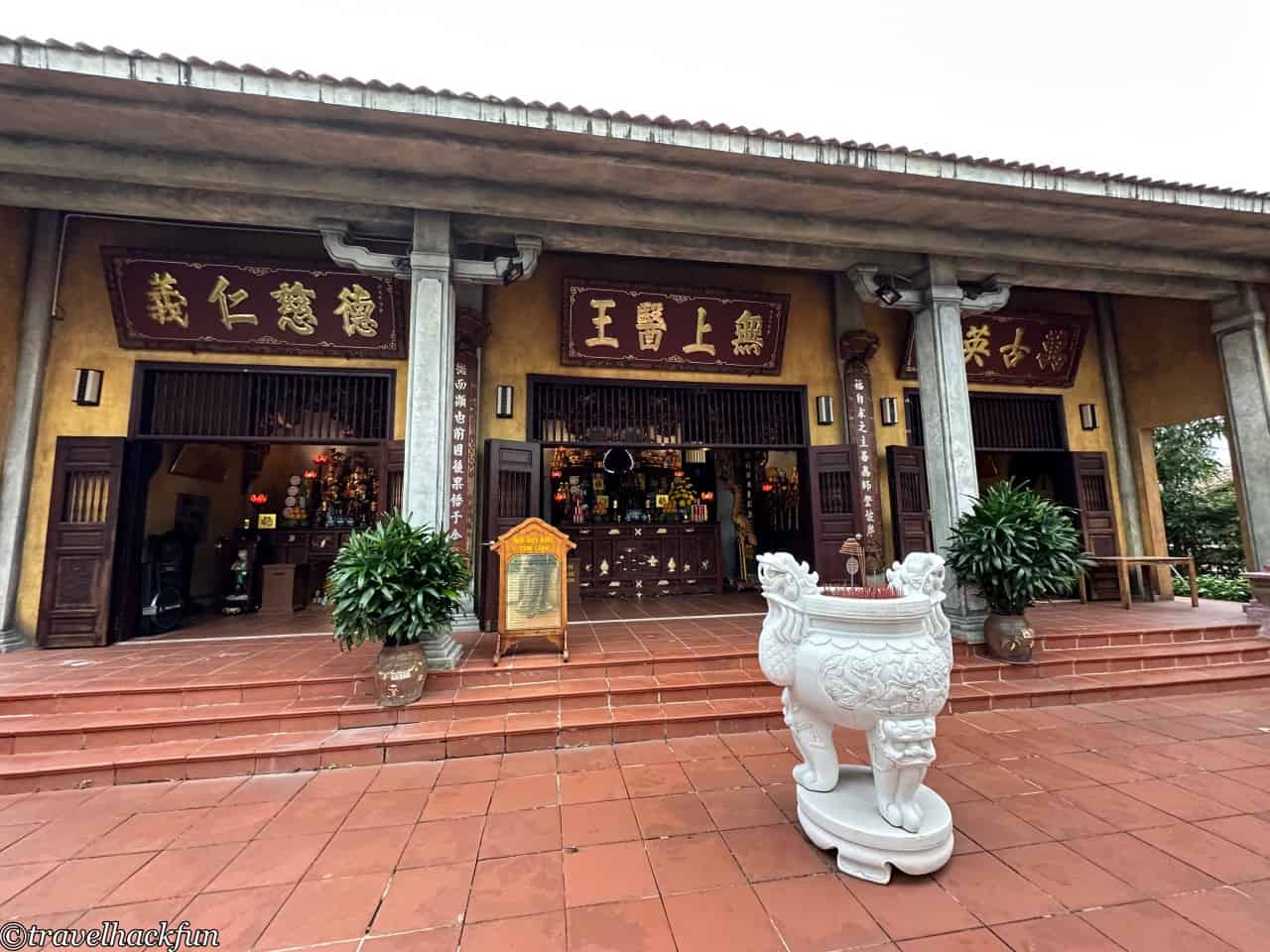

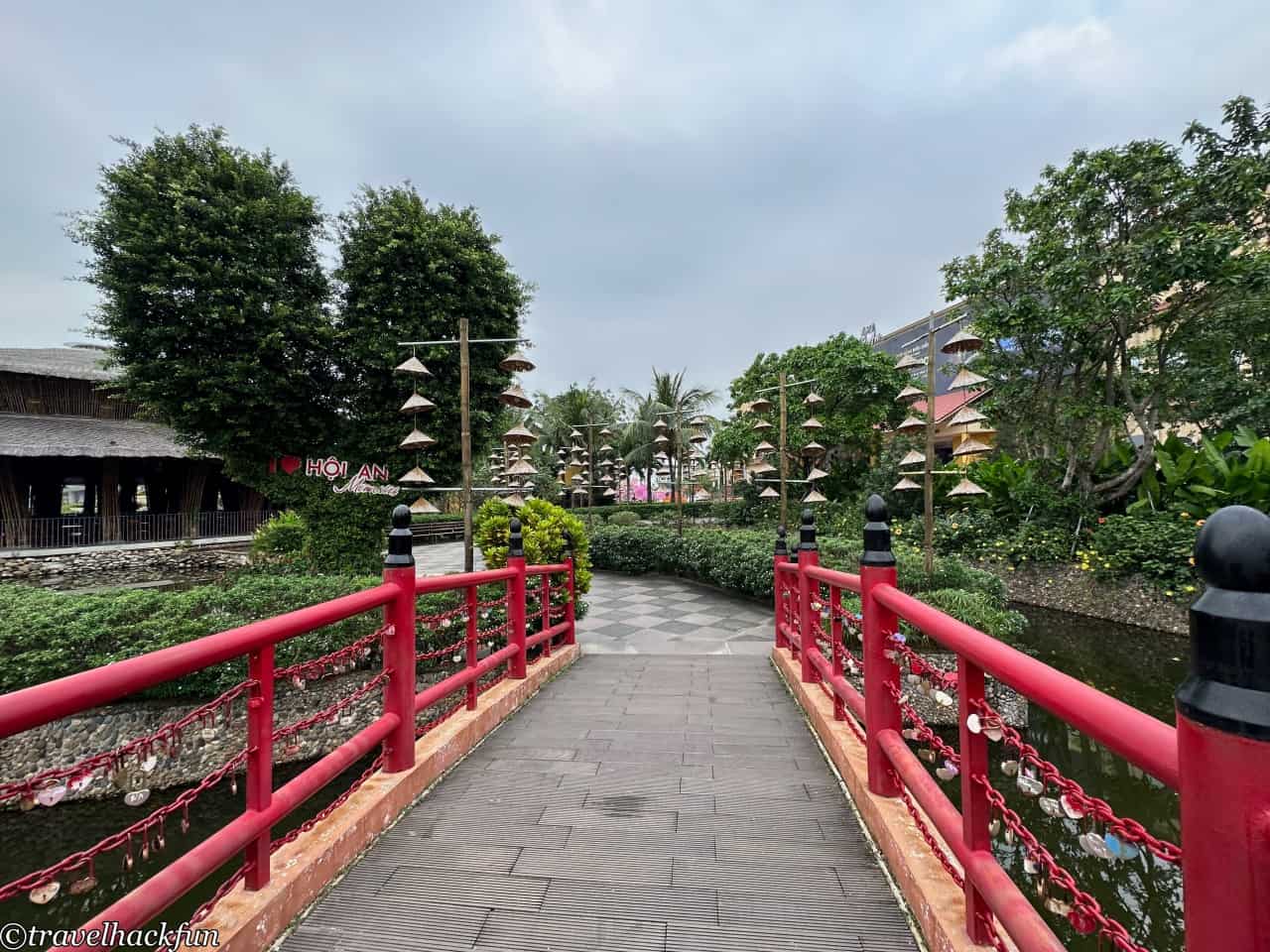
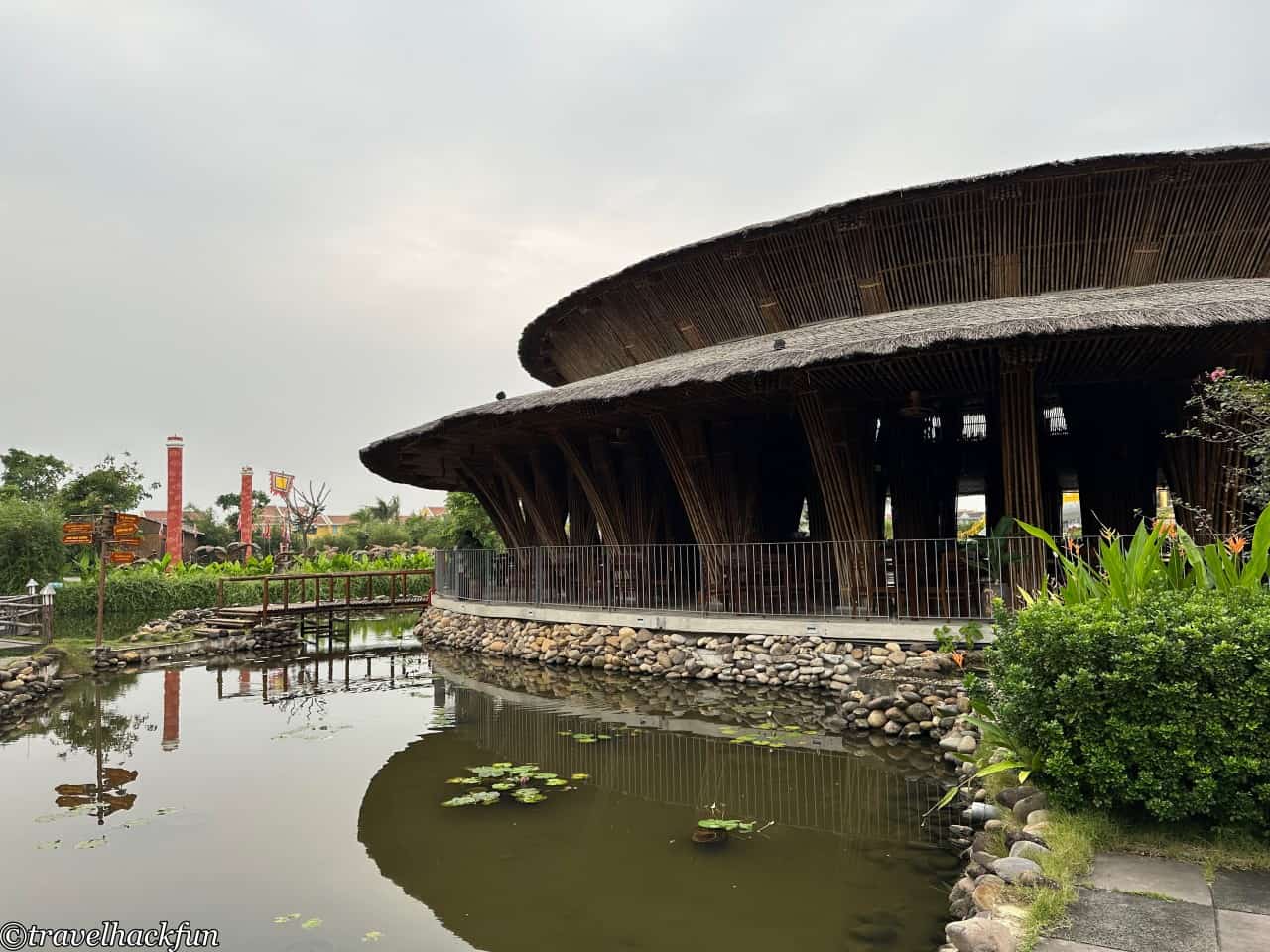
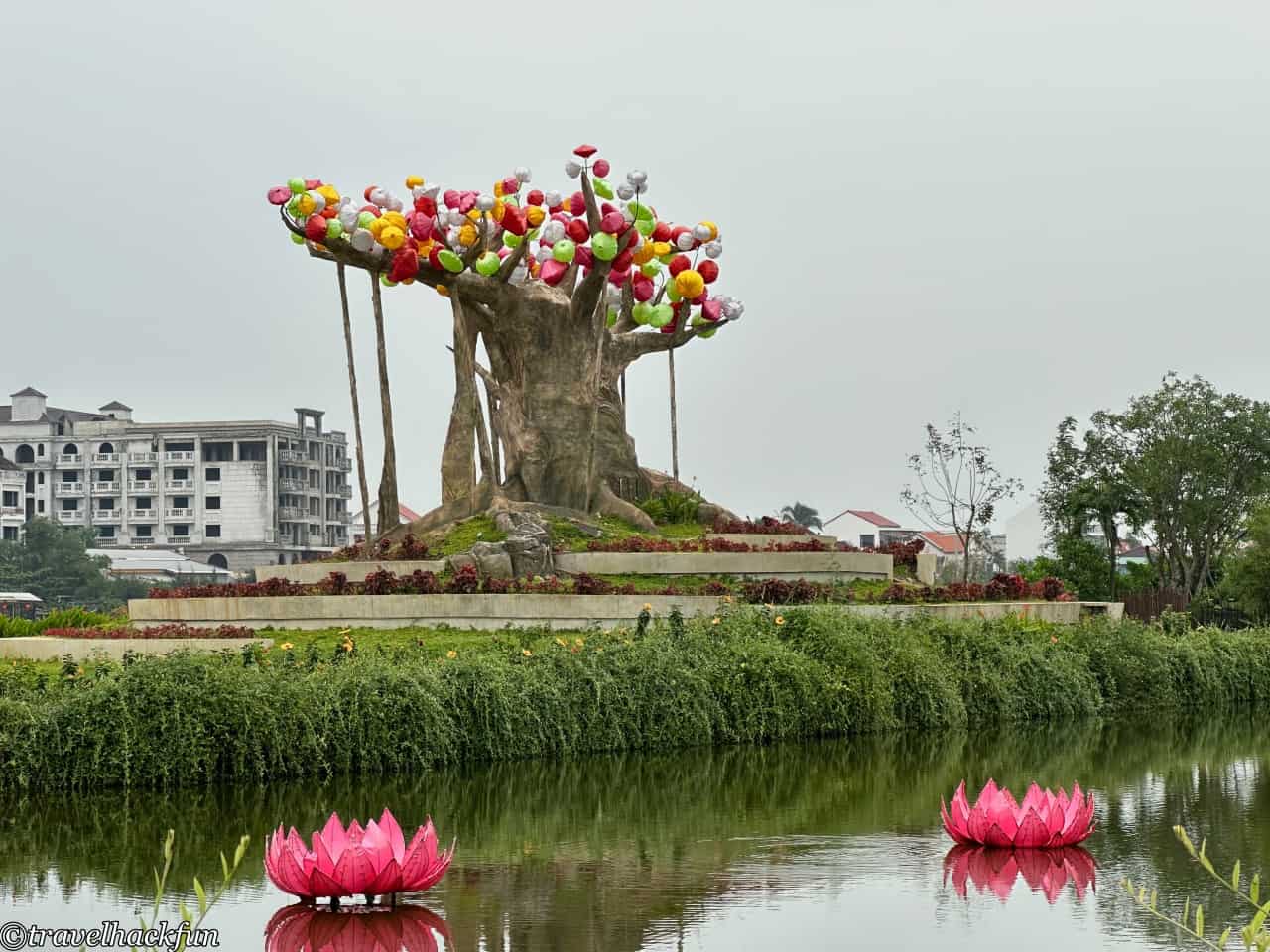
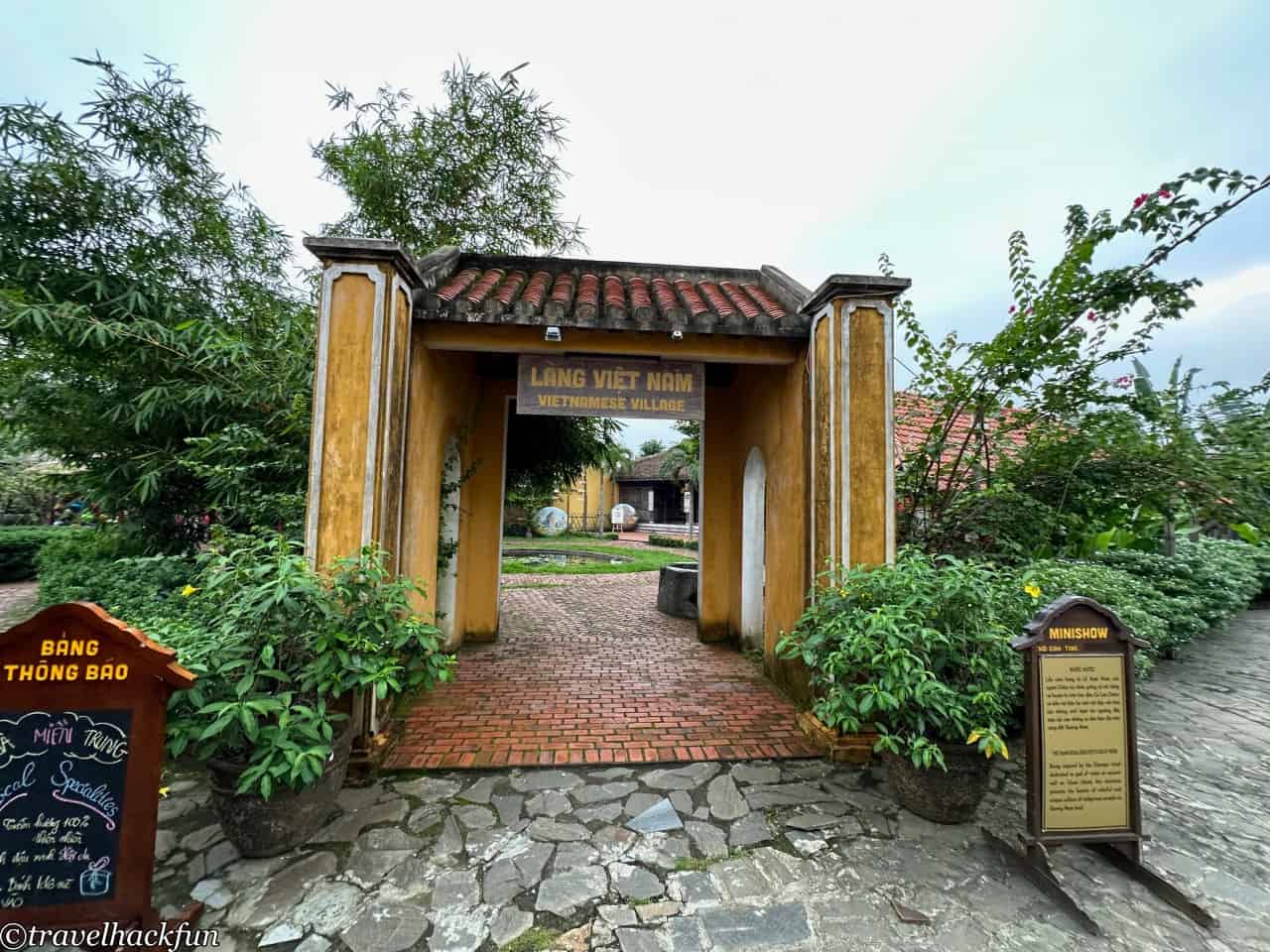
It's not a big area, so you can walk around in about 20 minutes, and after nightfall, the scenery will become more beautiful.
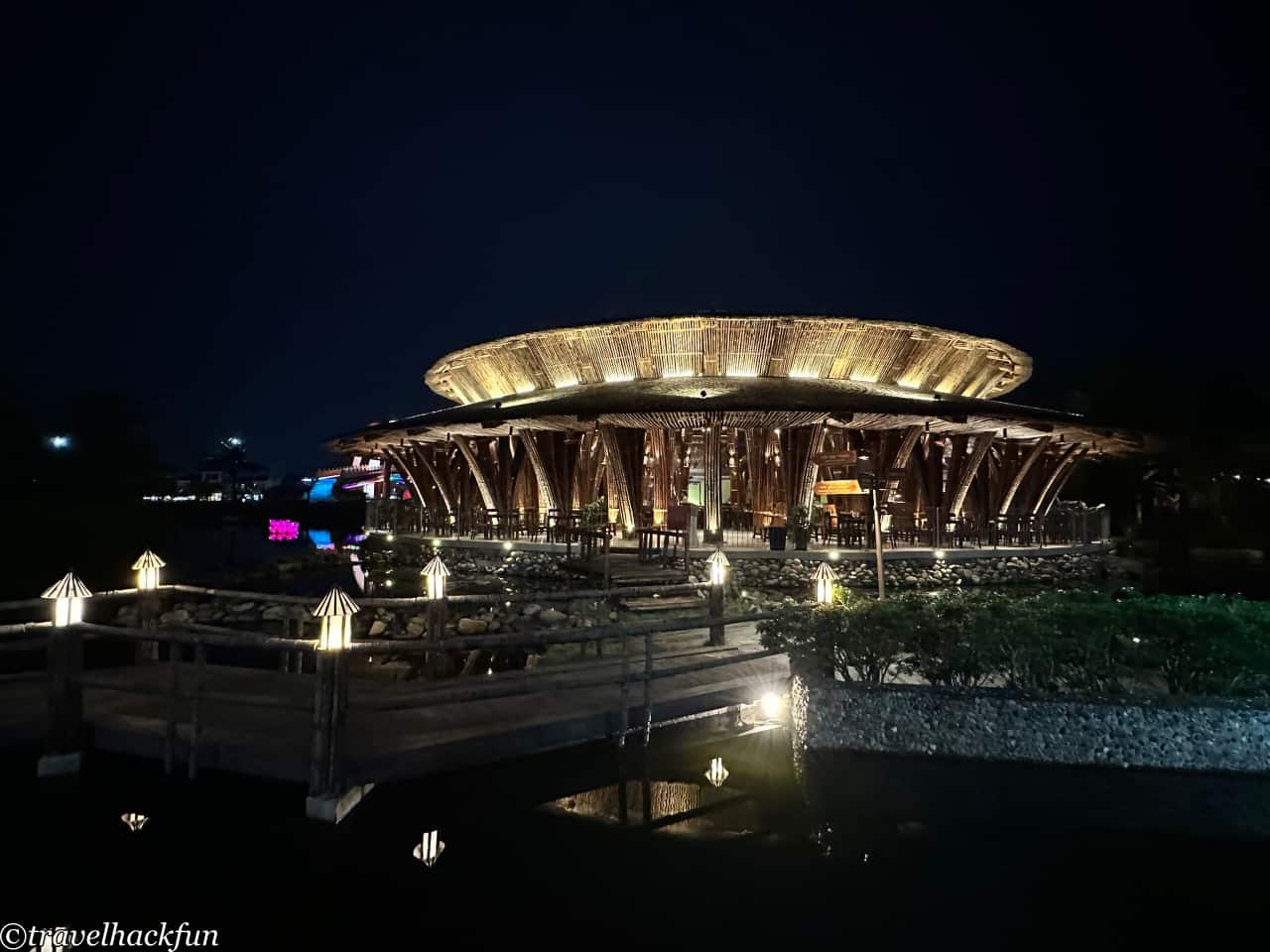
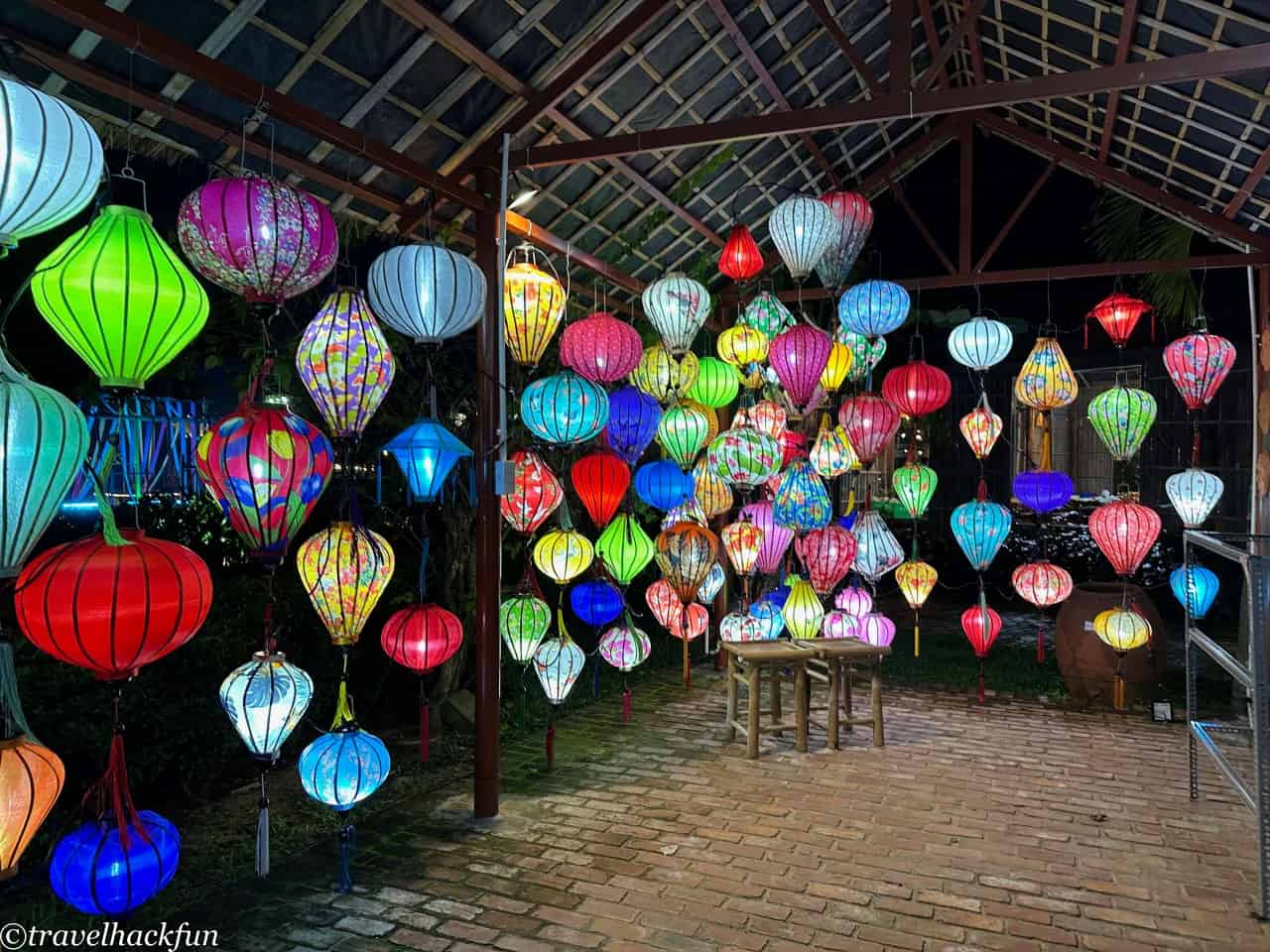
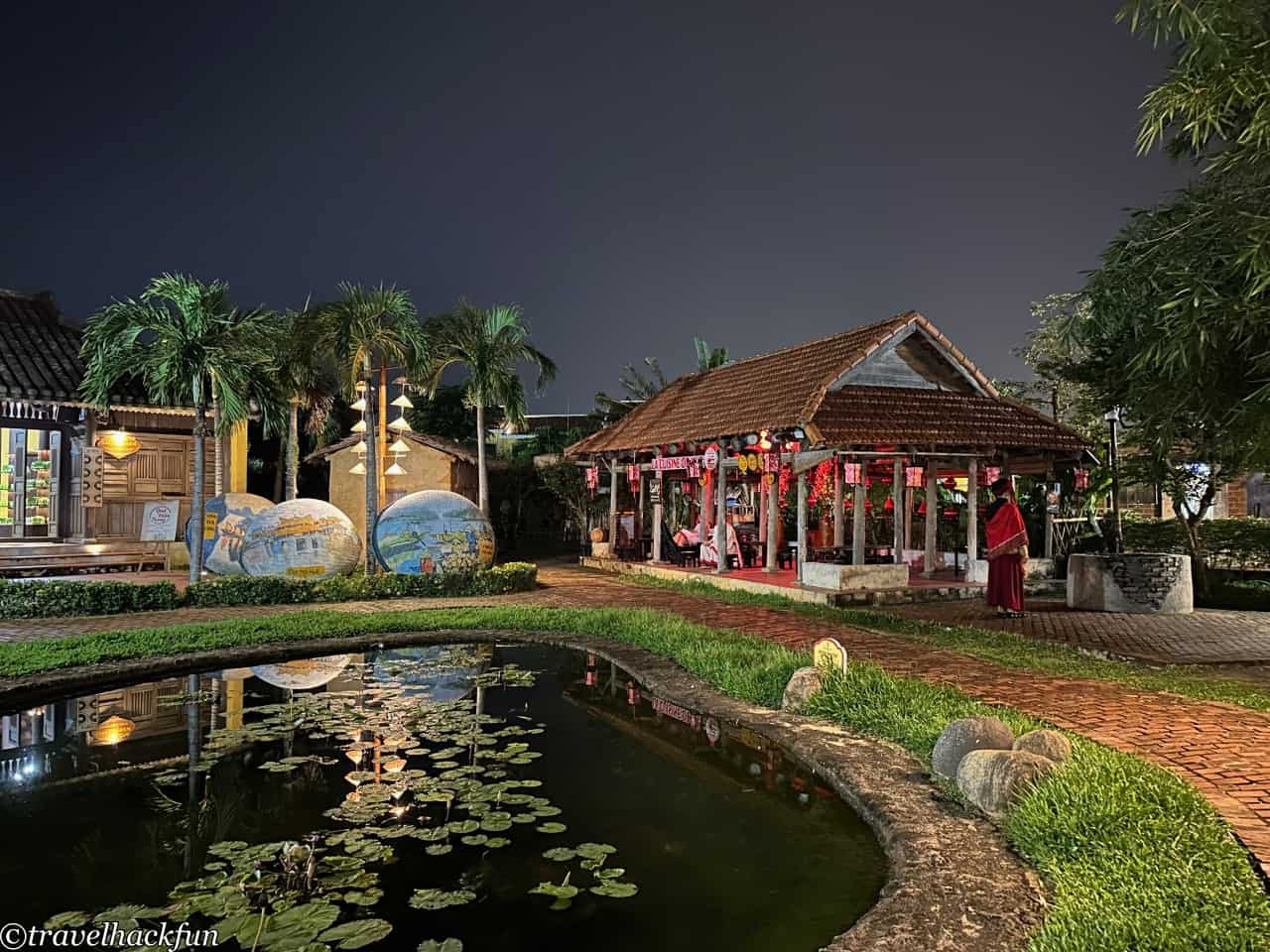
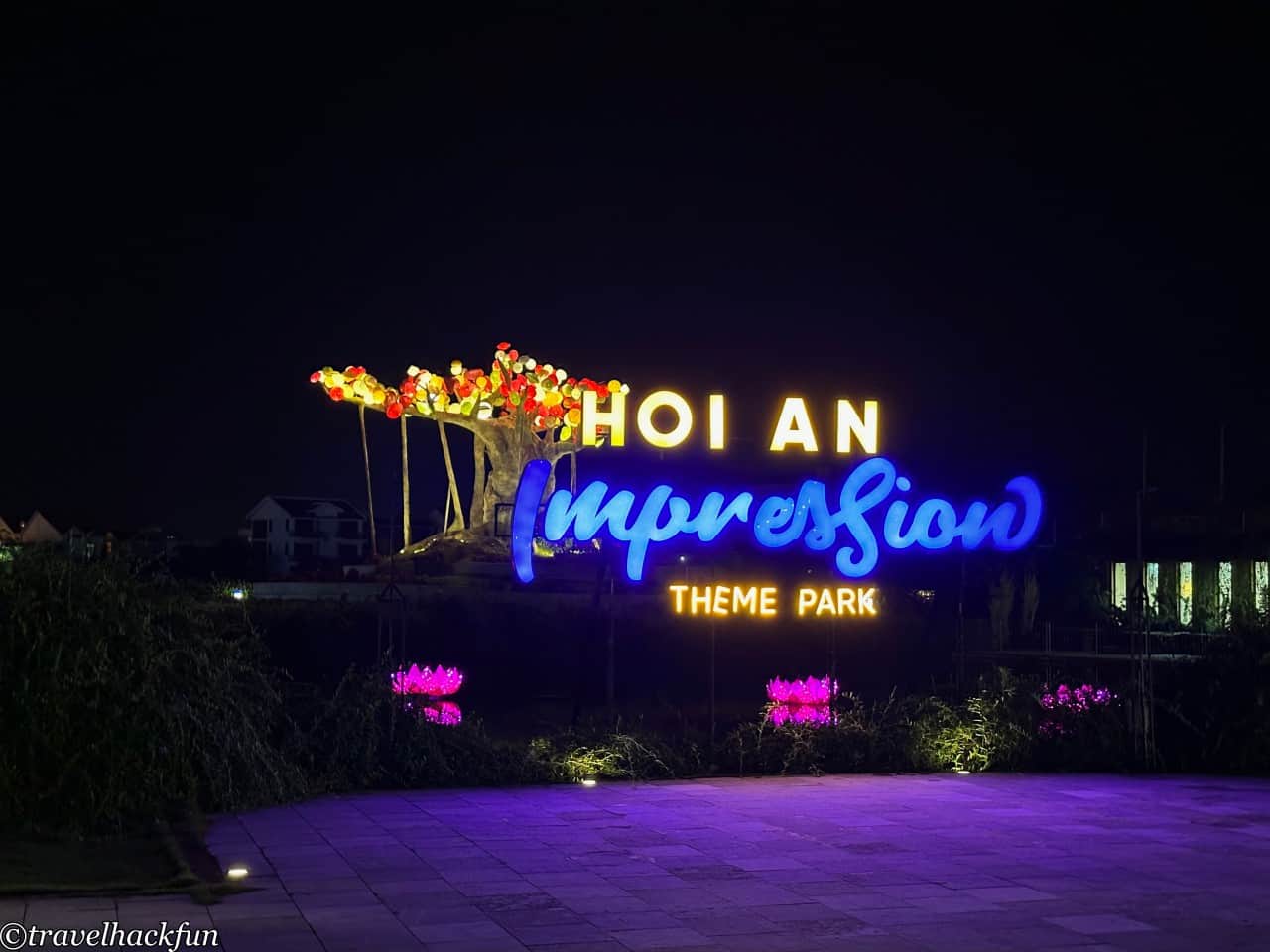
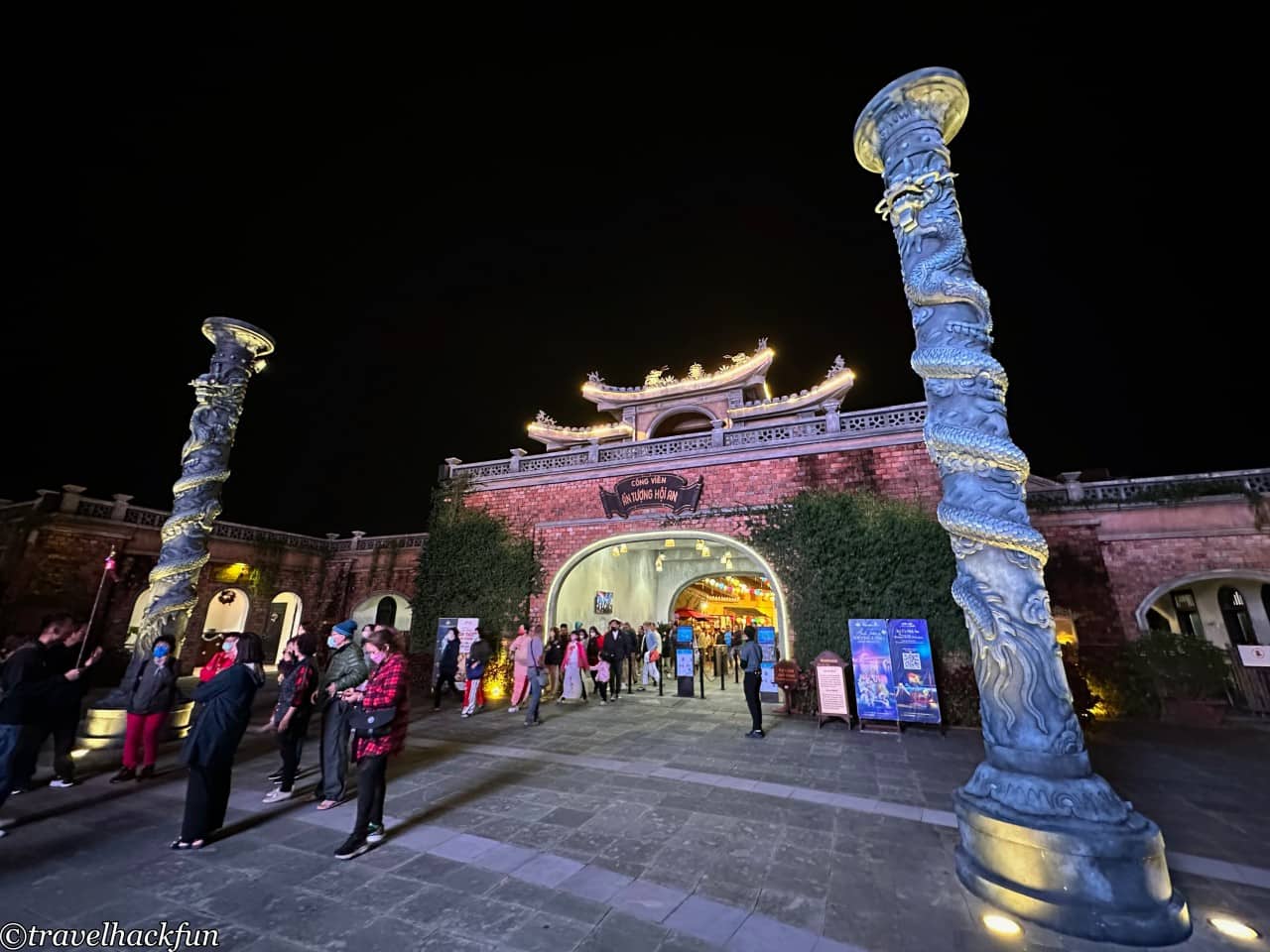


The show time at Impression Hoi An is 8:00, but it's not boring in the middle. A series of mini shows are scheduled from 5:00 onwards, and you can get the program and map at the venue. The first show starts outside the main entrance, followed by traditional martial arts, folklore performances, and a mini theater.
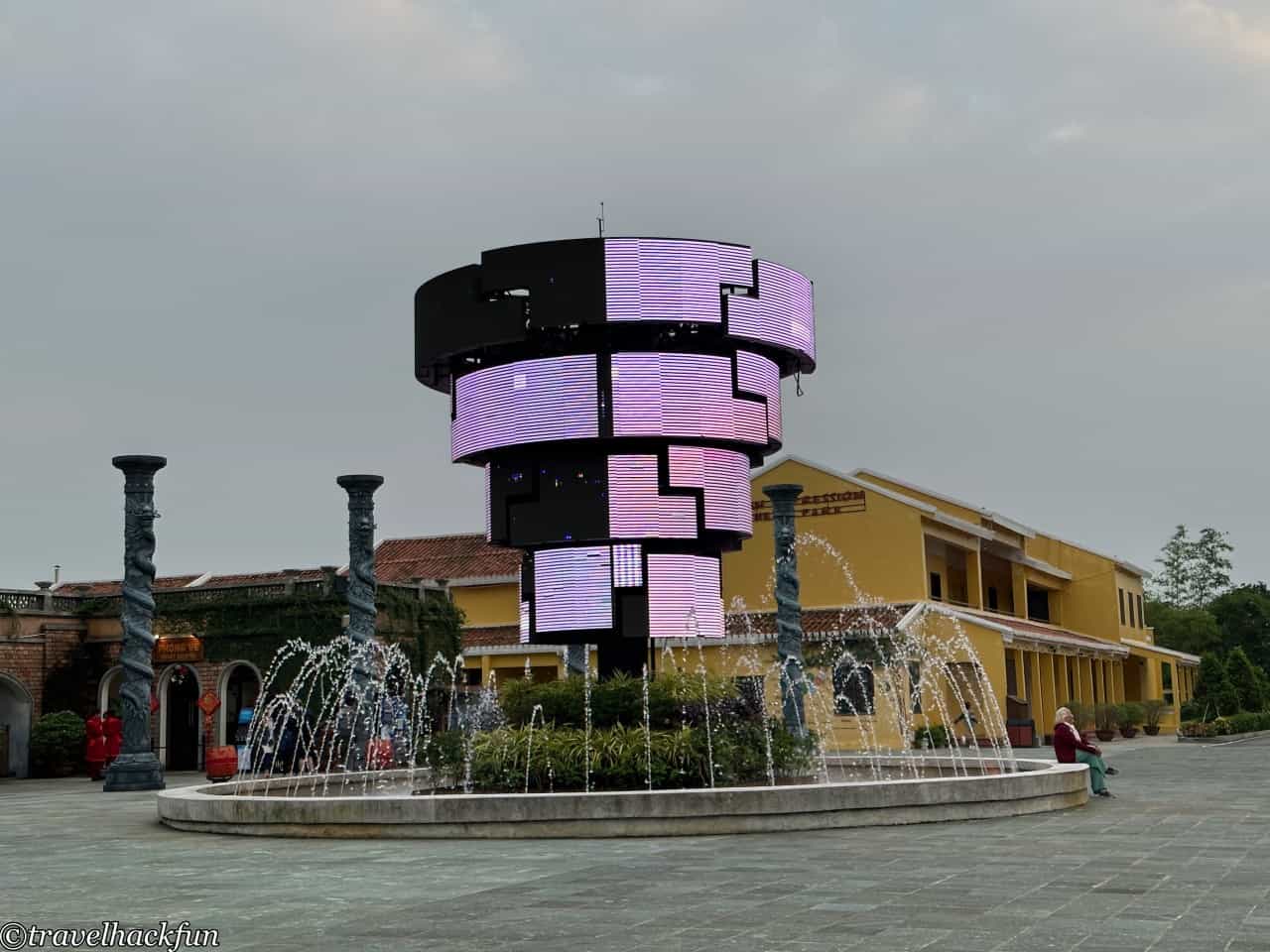
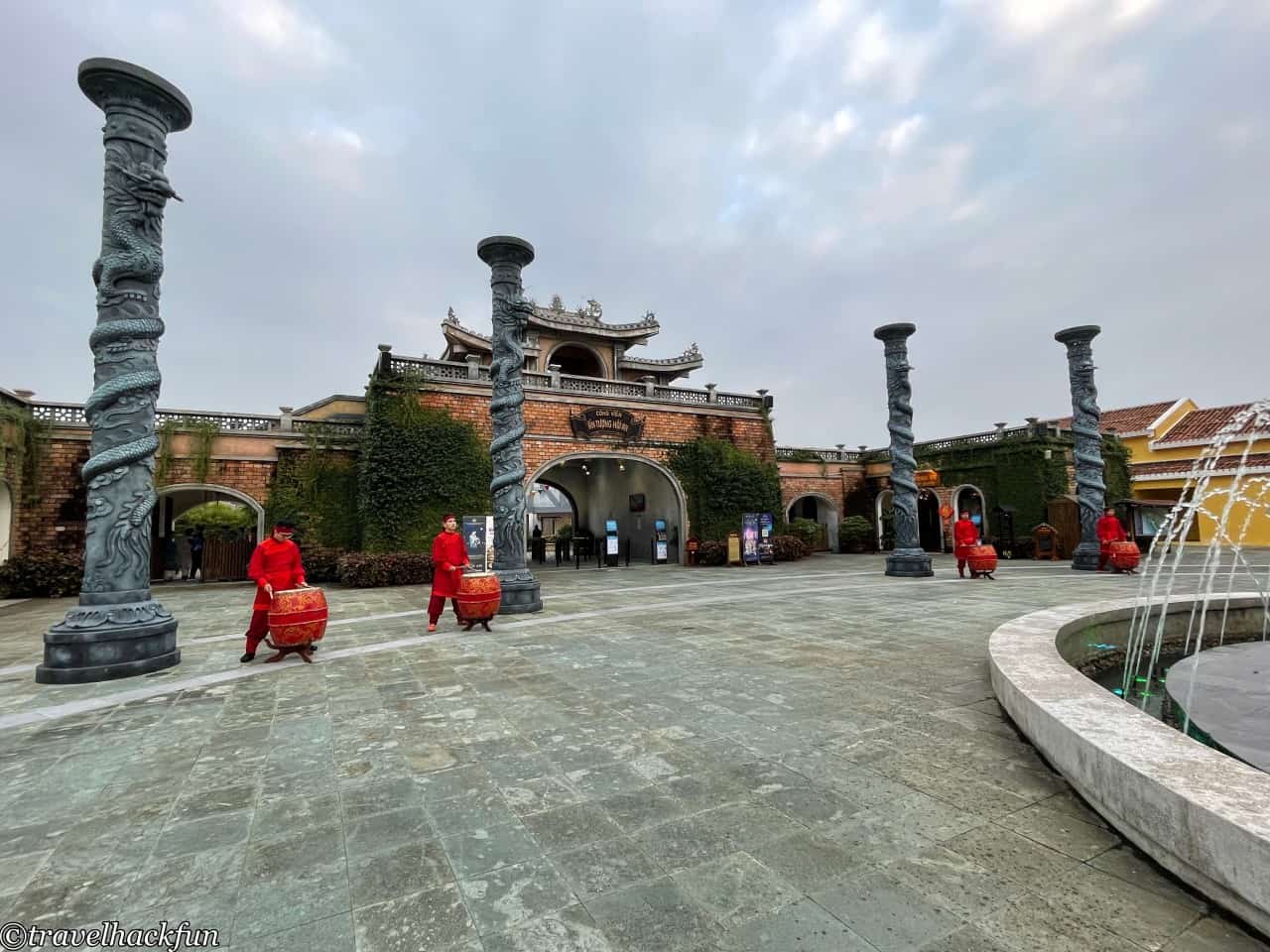
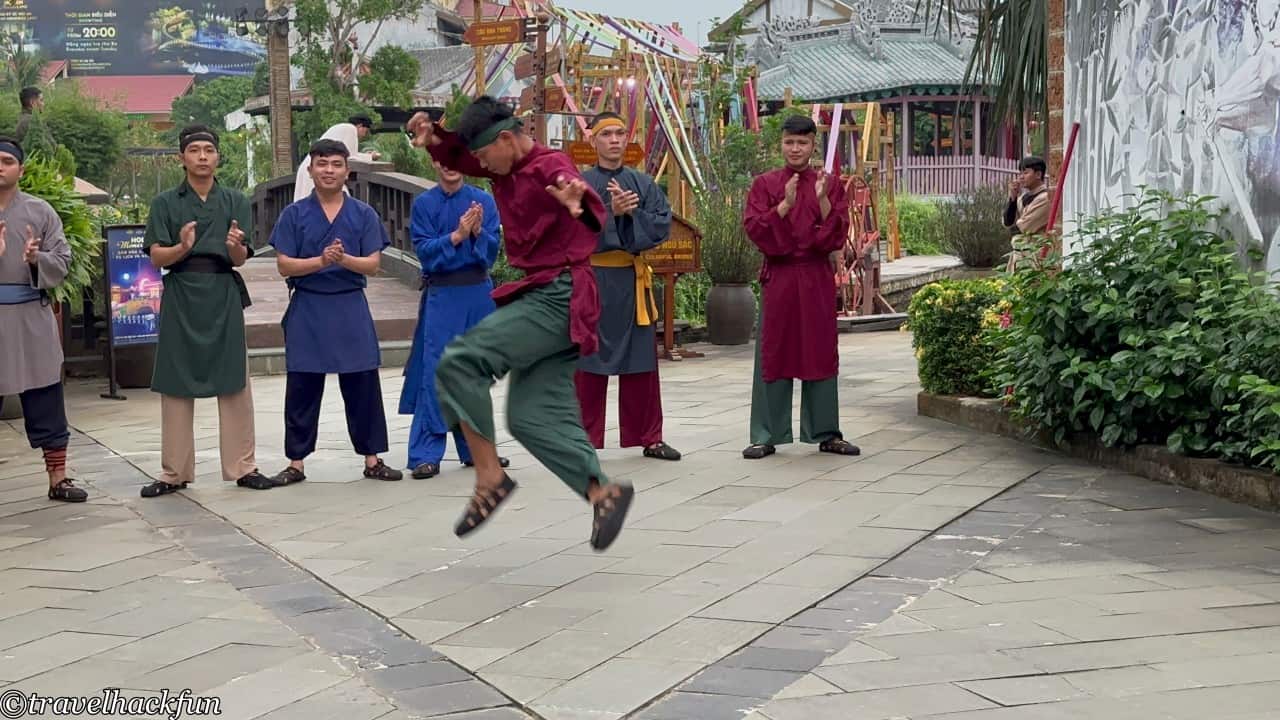
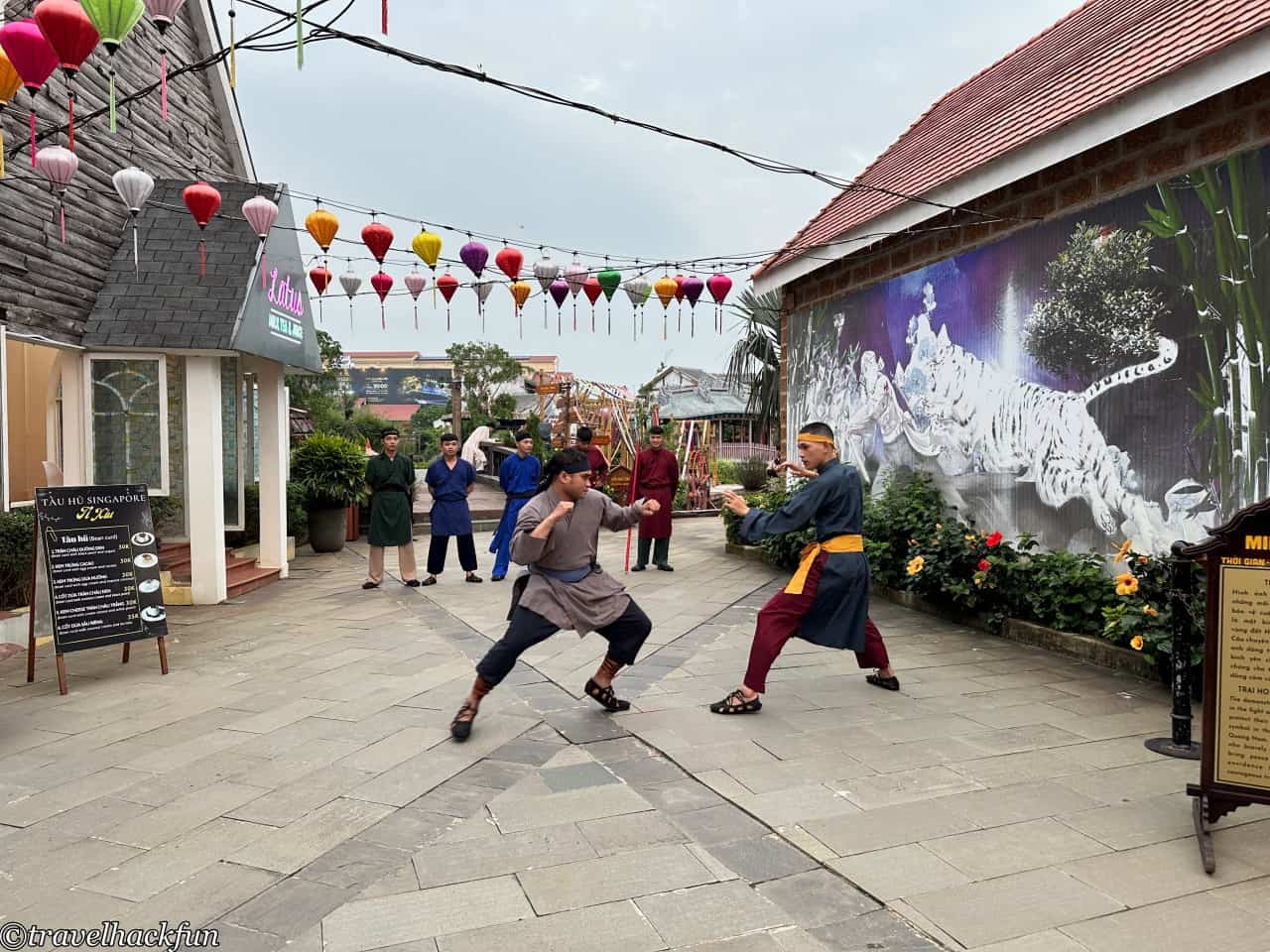
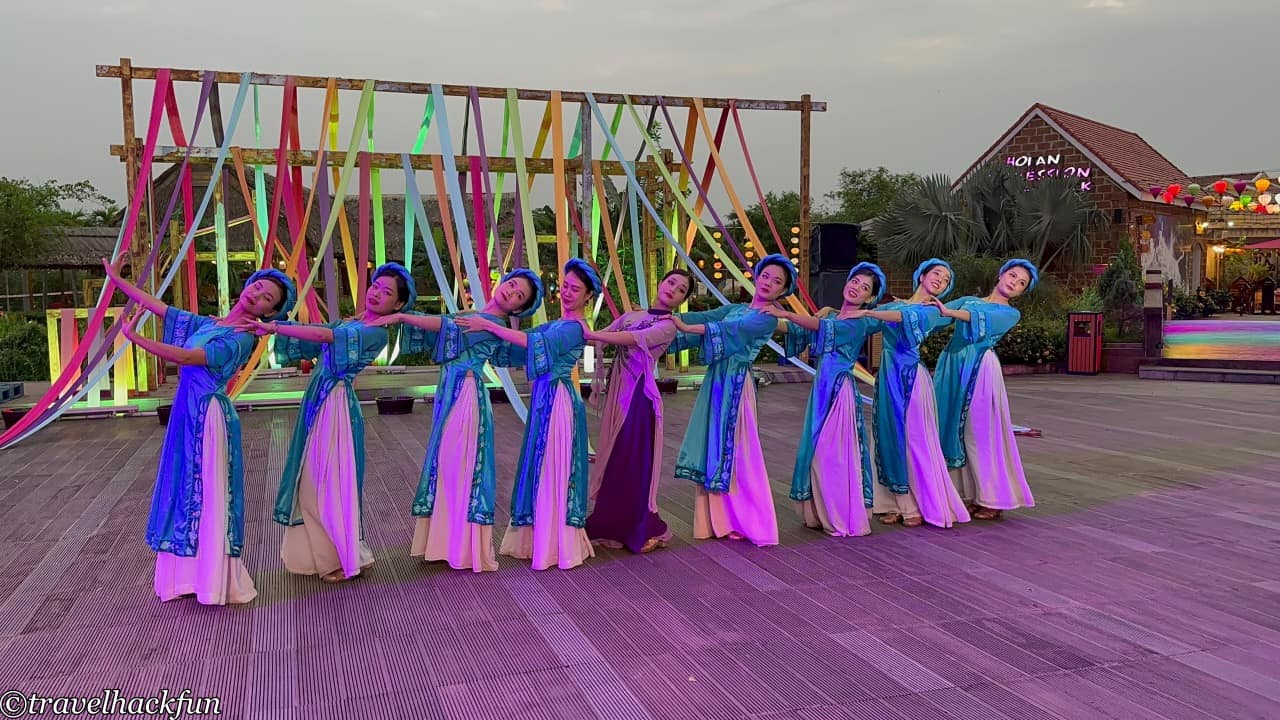
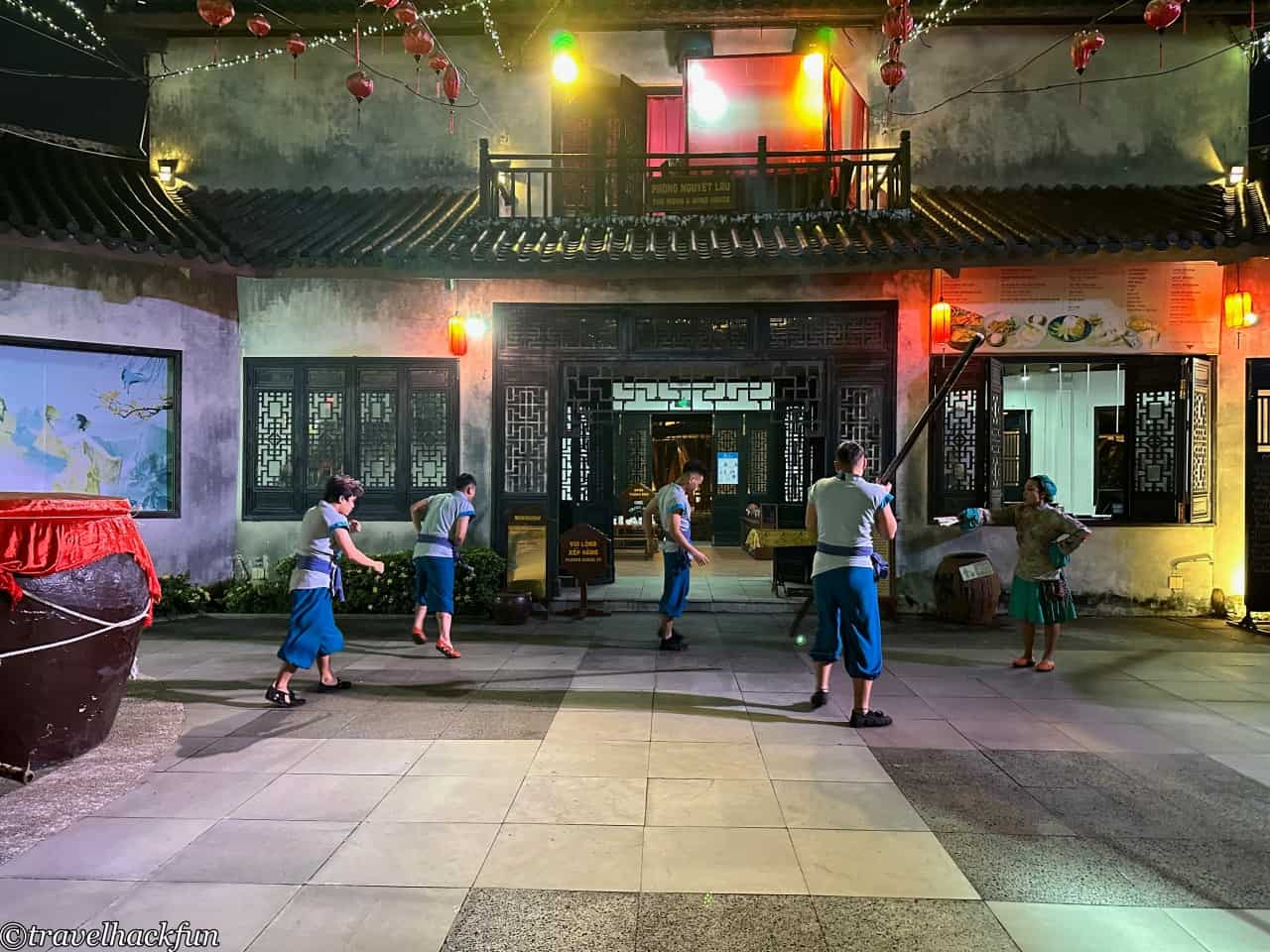
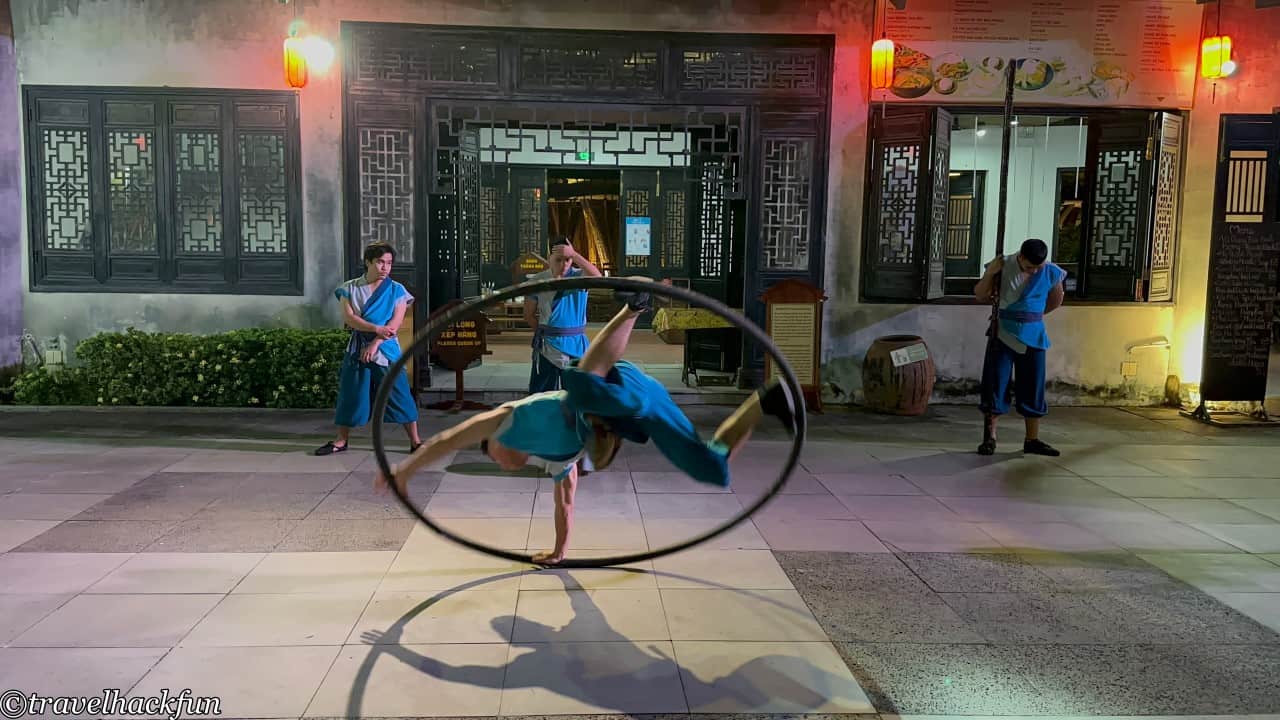
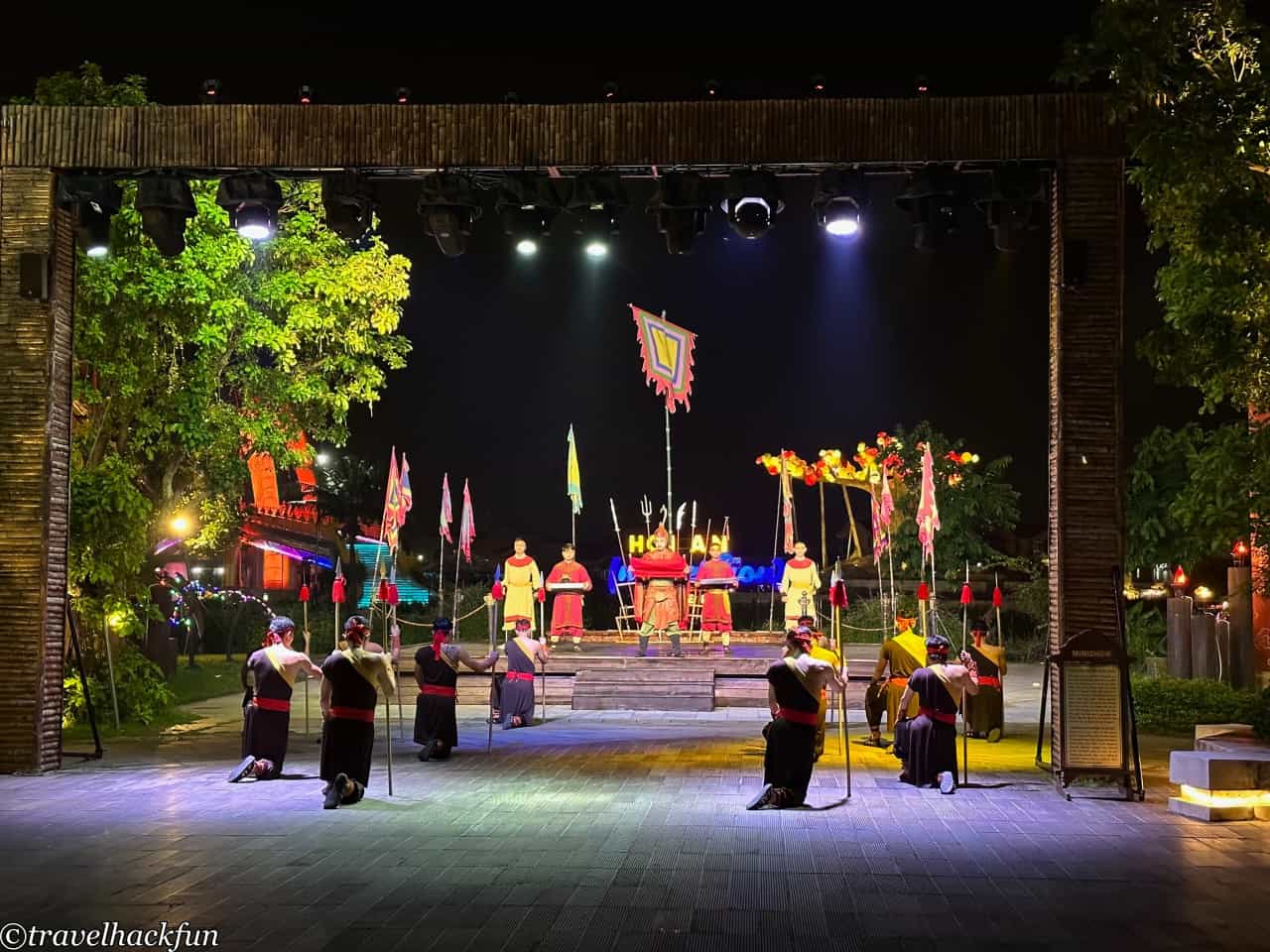
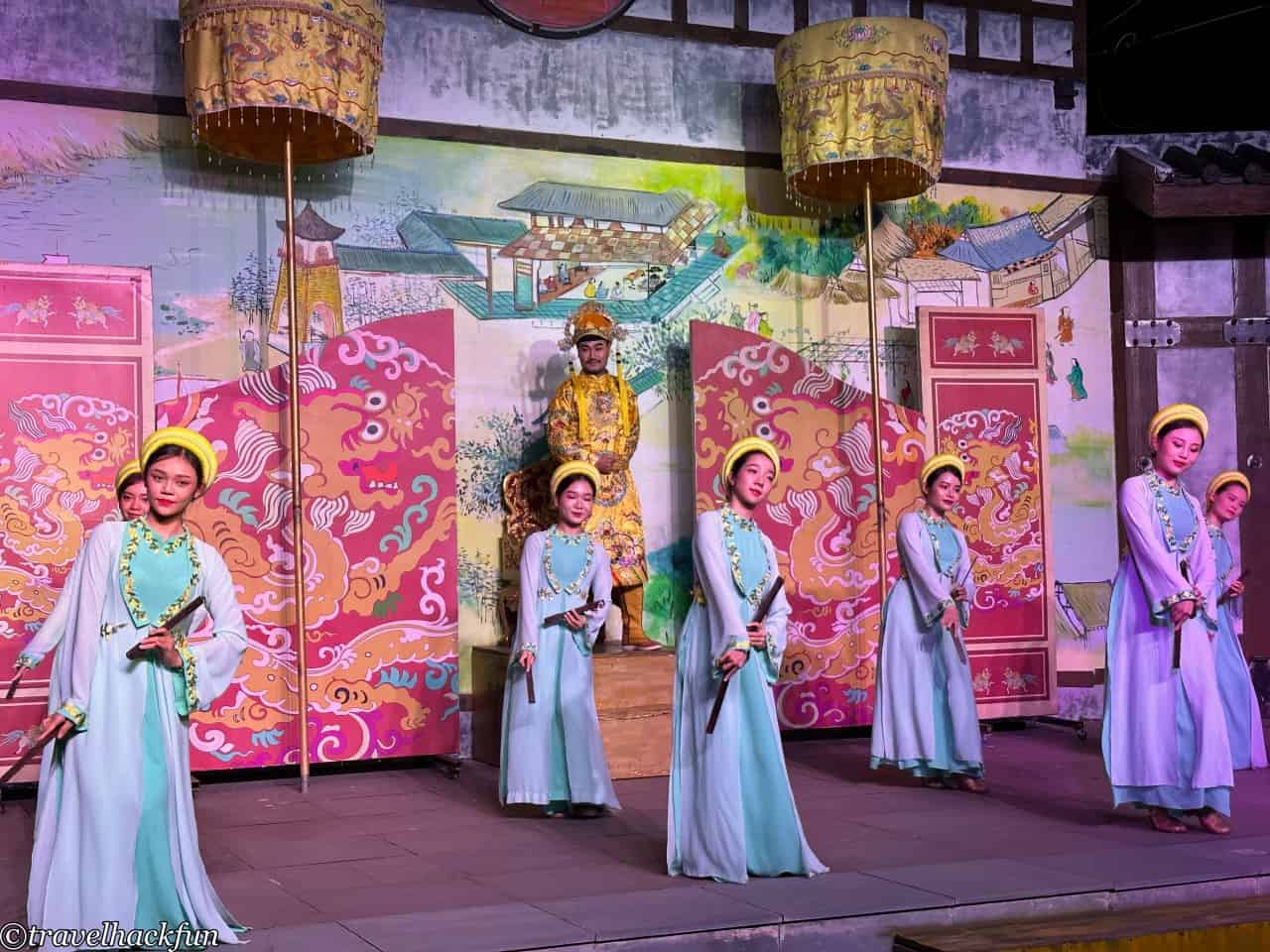
After the show, it was time for dinner. Since we chose to buy a ticket without dinner, we chose a more affordable restaurant next to the Love Bridge that sells Vietnamese Chinese food.
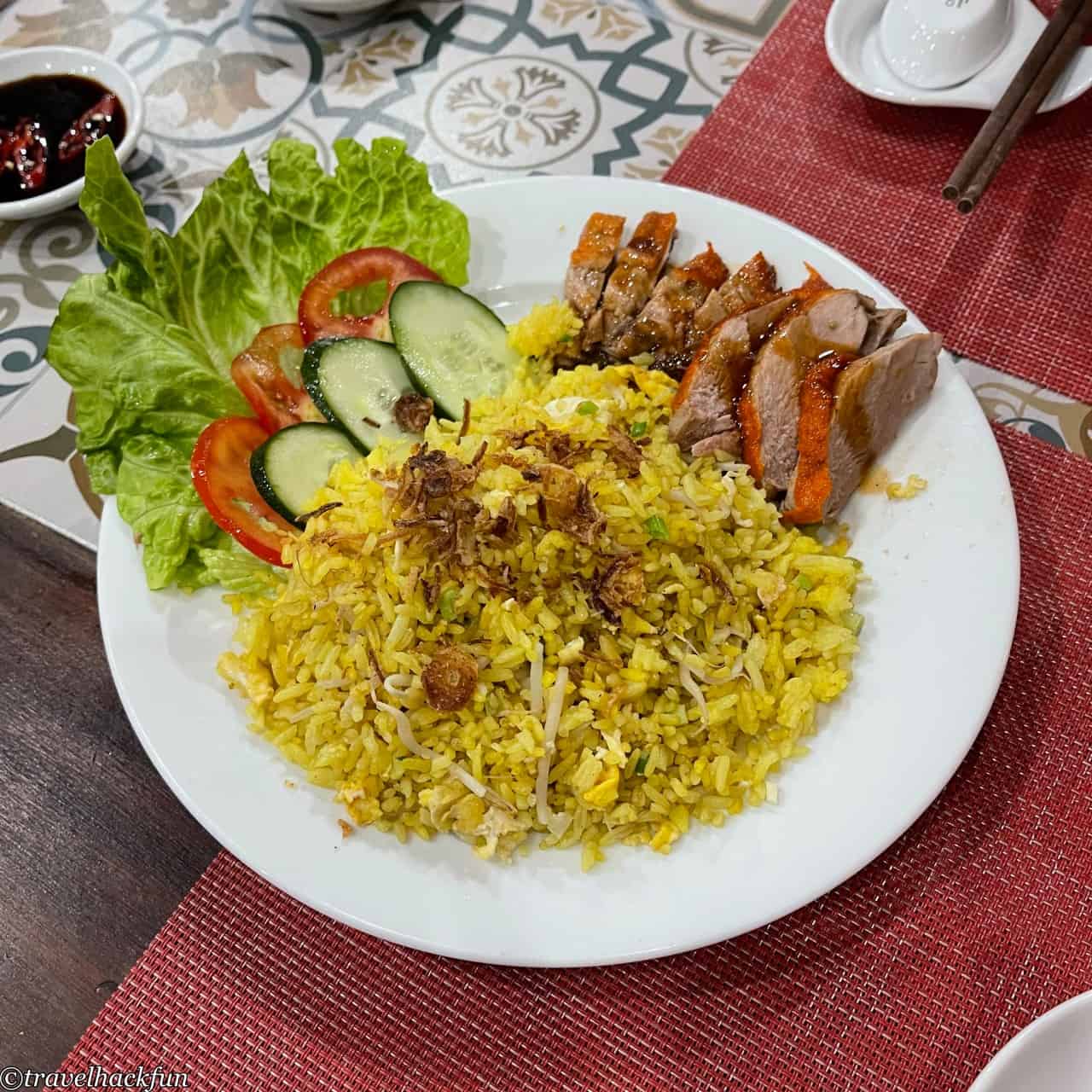
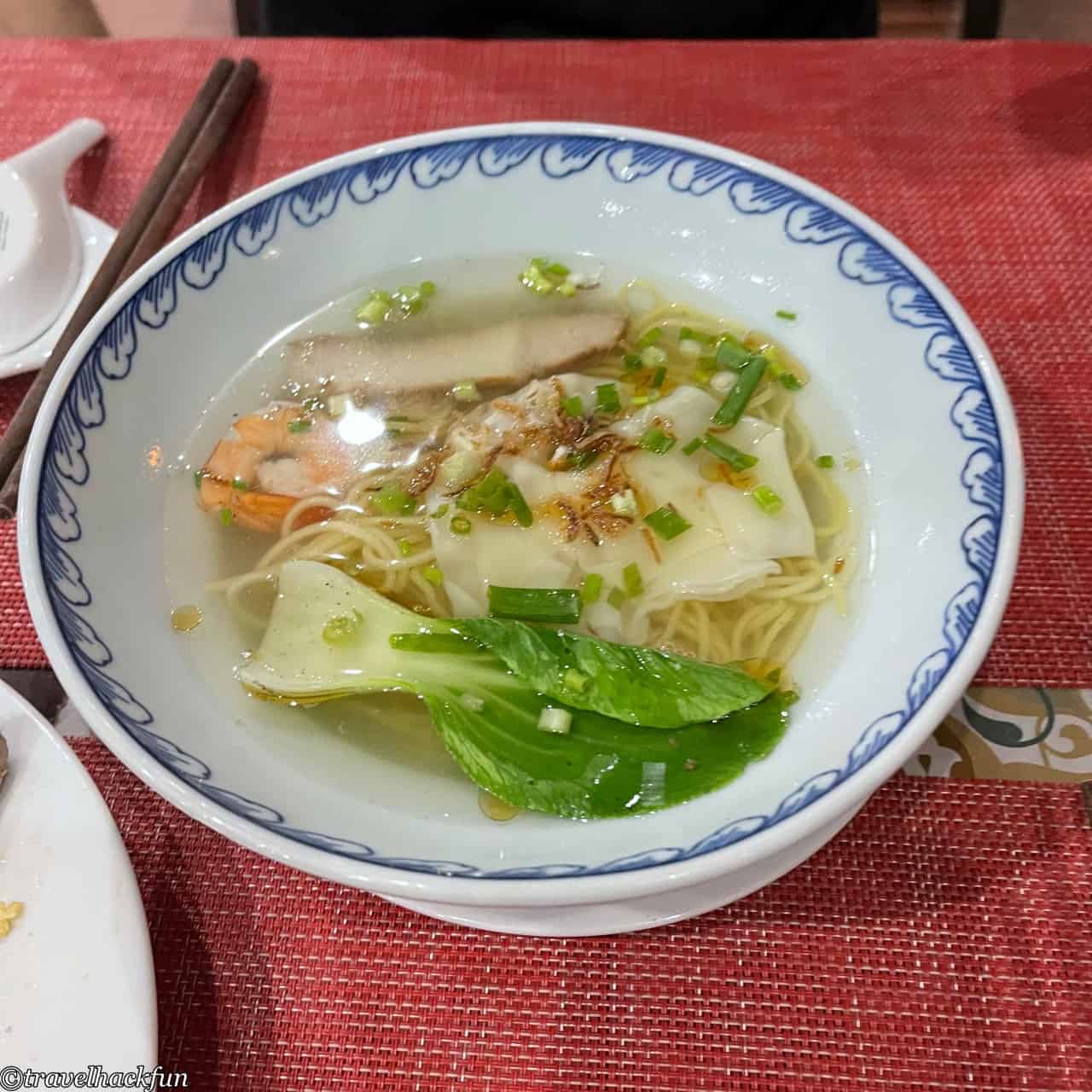
After dinner, you can enter the venue to watch the main show at 8 o'clock. The seating area is categorized into VIP, High section and Eco section according to the price, and we bought the VIP seats, which are very nice and well-served with fruits, drinks and towels.
The main show is a large-scale sound and light show with great graphics, especially the white Aude performers coming out in unison, which is shocking, and the plot is also a very good interpretation of the spirit of An Memory. If you have very little time, it is worthwhile to eat out and then come in for an hour to watch the main show, from the scenery, sound and light effects to the performances are all exquisite.
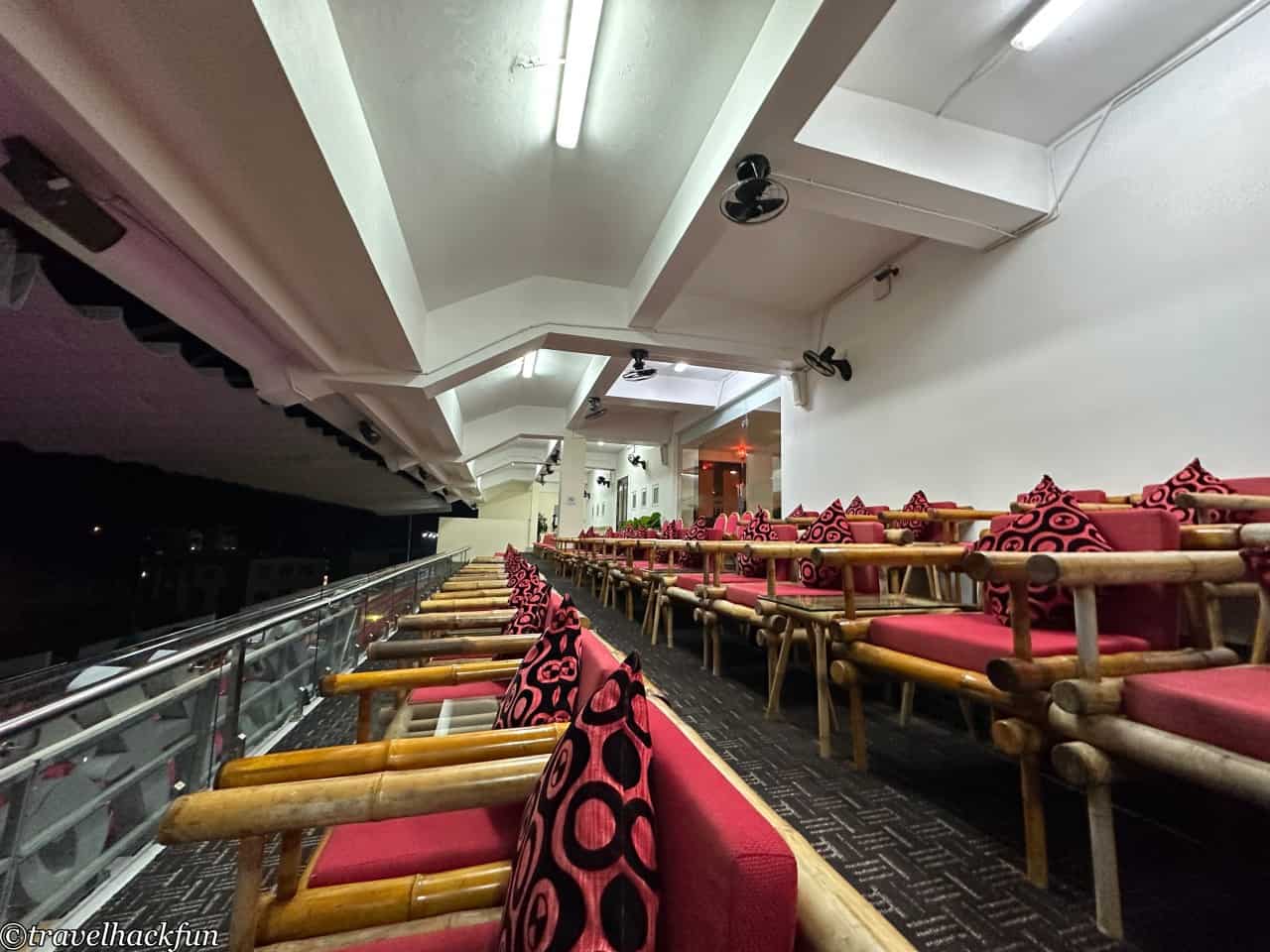
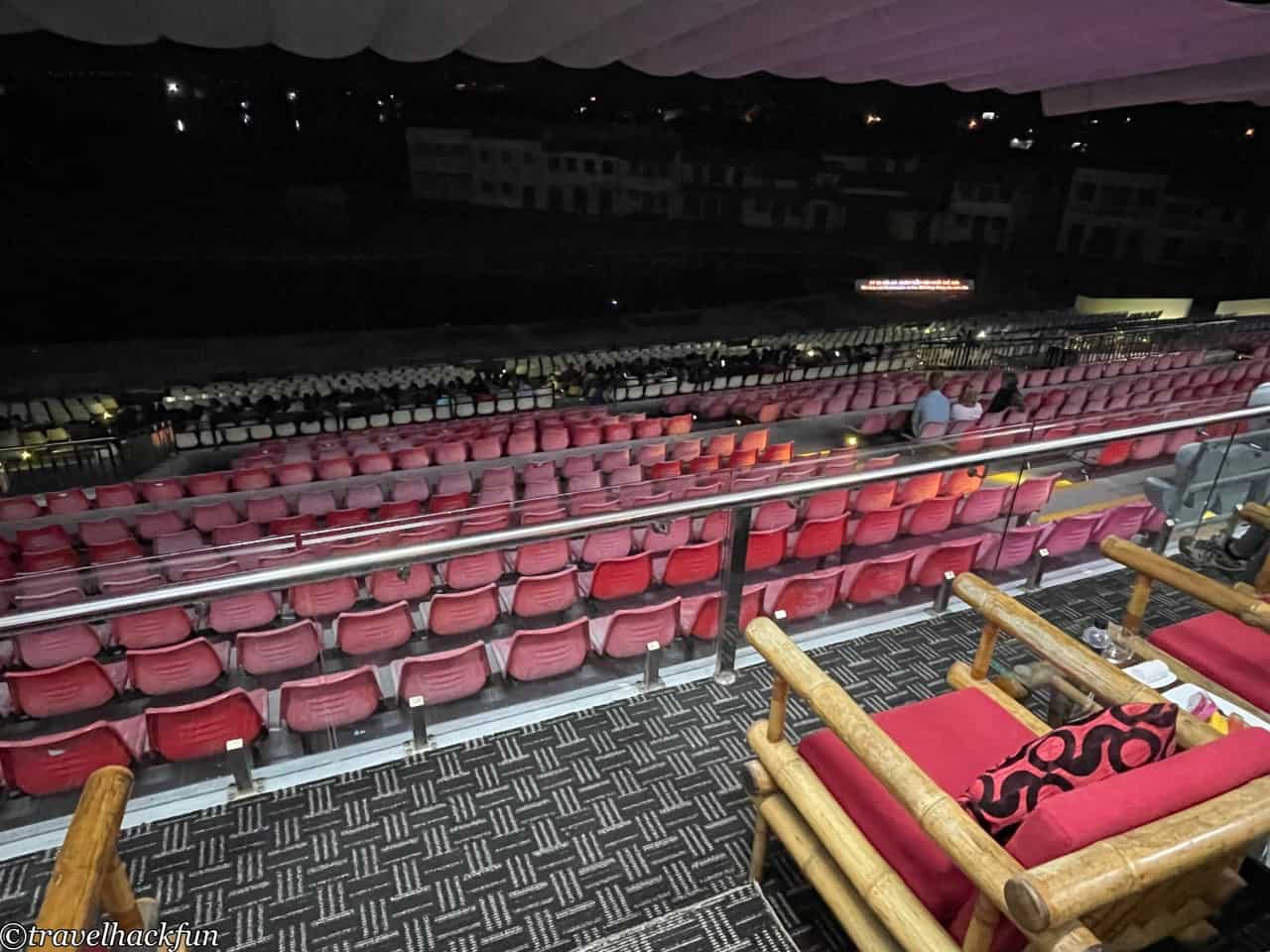
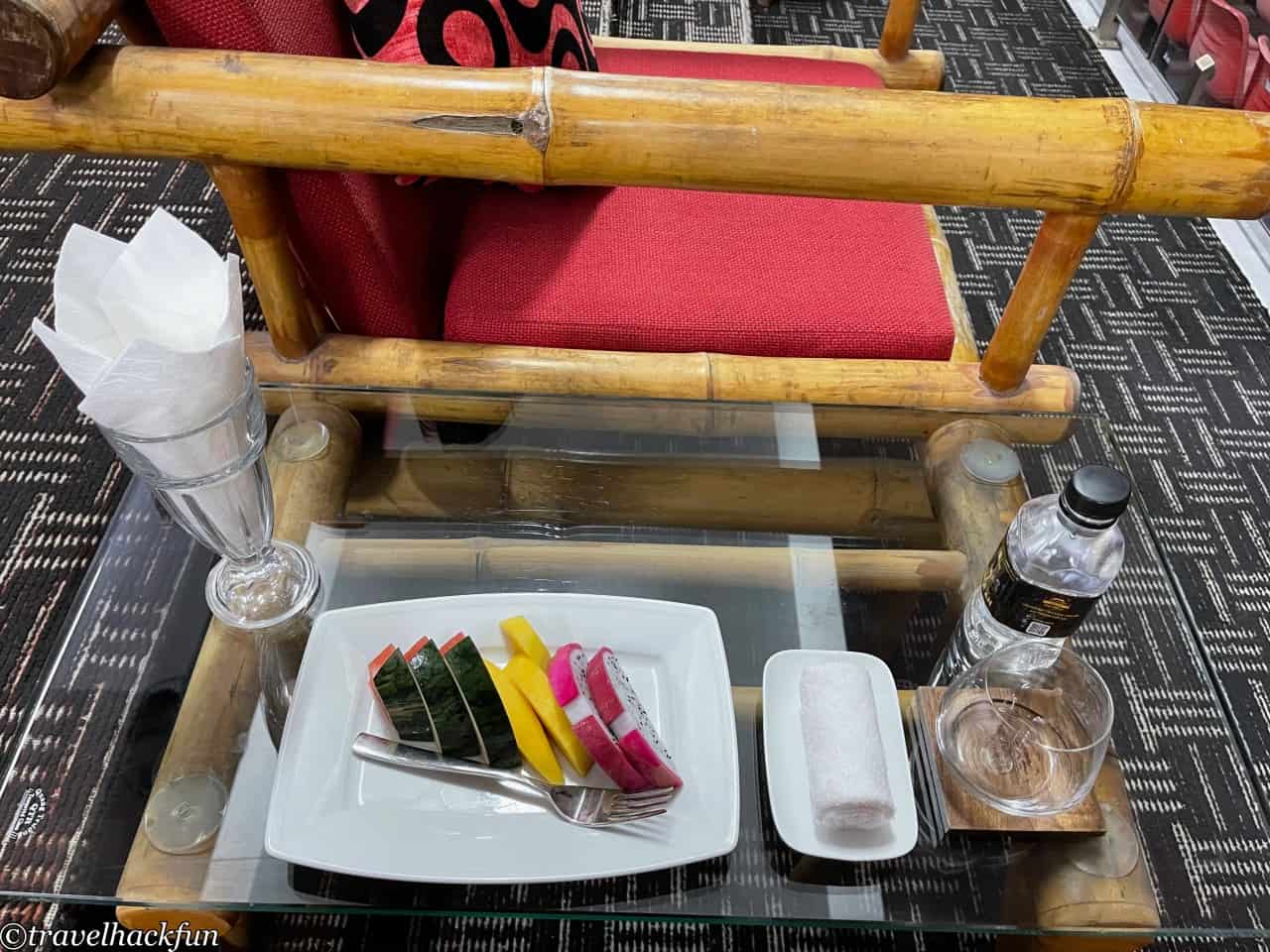
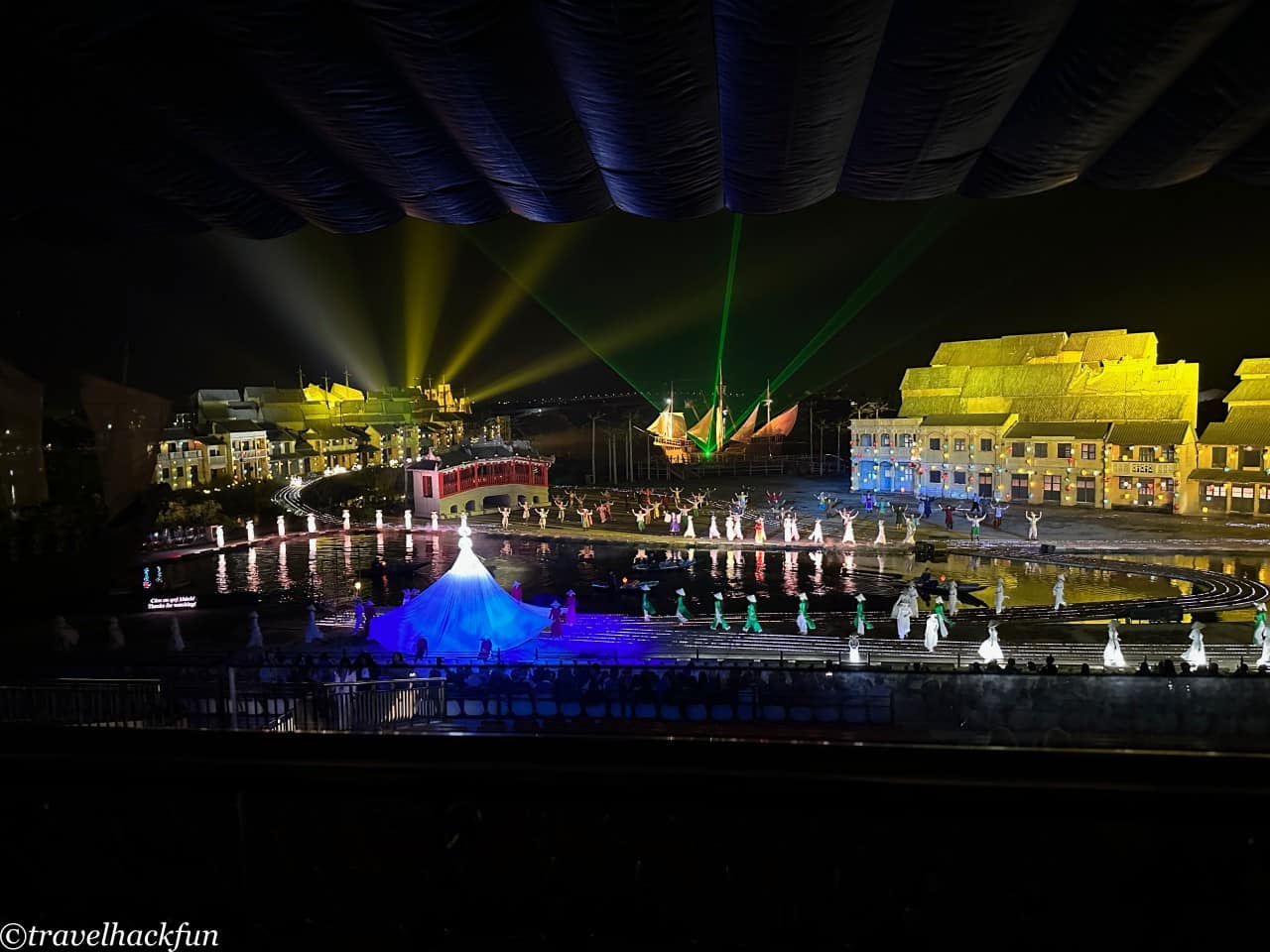
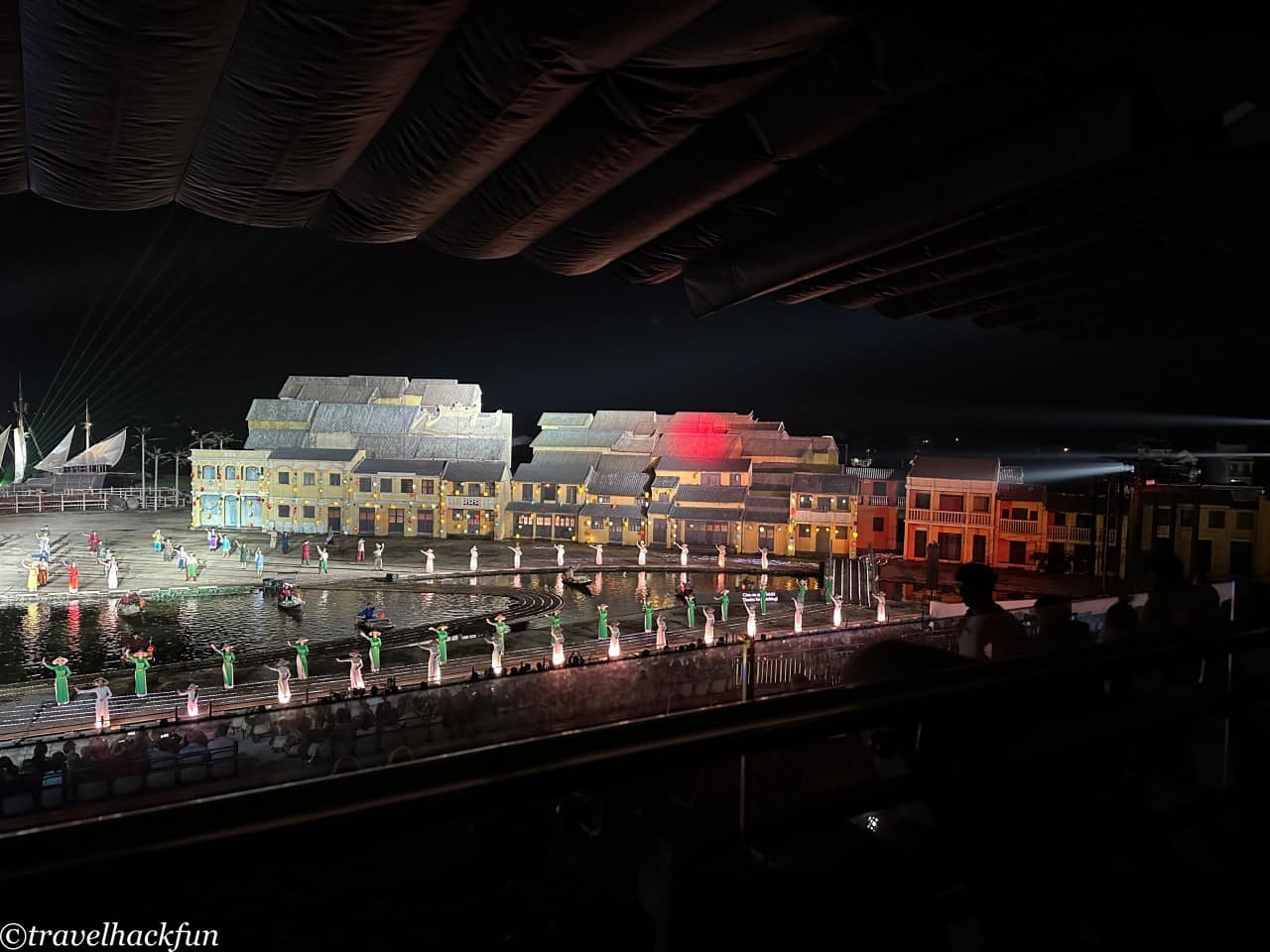
Attractions | An Bang Beach
Although Hoi An is mainly a cultural attraction, there is also a beautiful beach called An Bang Beach. The beach of Ambon beach is in the same area with Meixi beach in Da Nang, it is also a white sand which is very nice to step on. Ambon beach is not as famous as Meixi beach, when we came here, there are not many tourists, and the beach is cleaned up by some stores, it's a nice beach for vacation. It is a nice vacation beach. Sitting in the coffee shop next to Ambon Beach and enjoying the sea view is also a good experience.

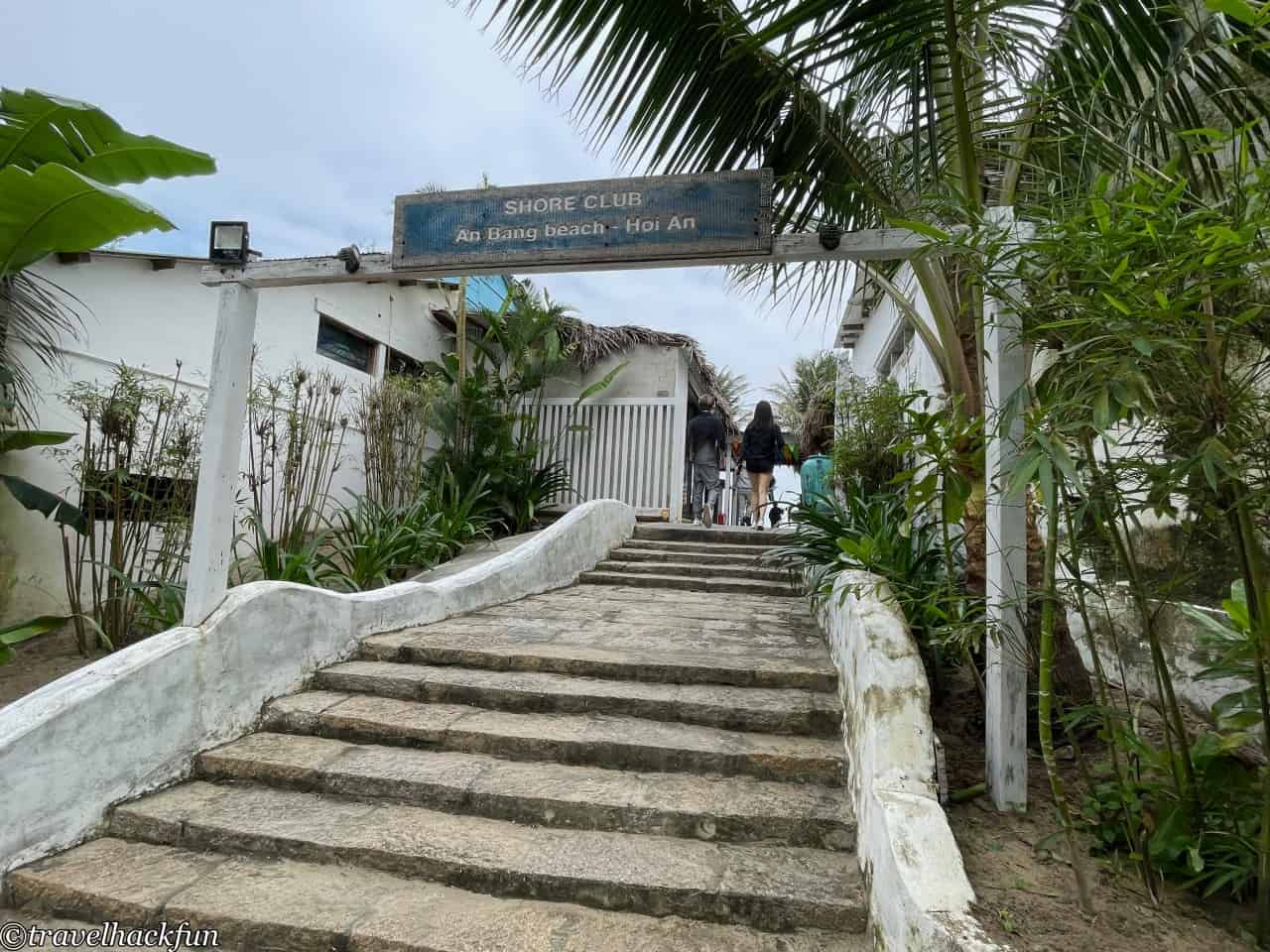

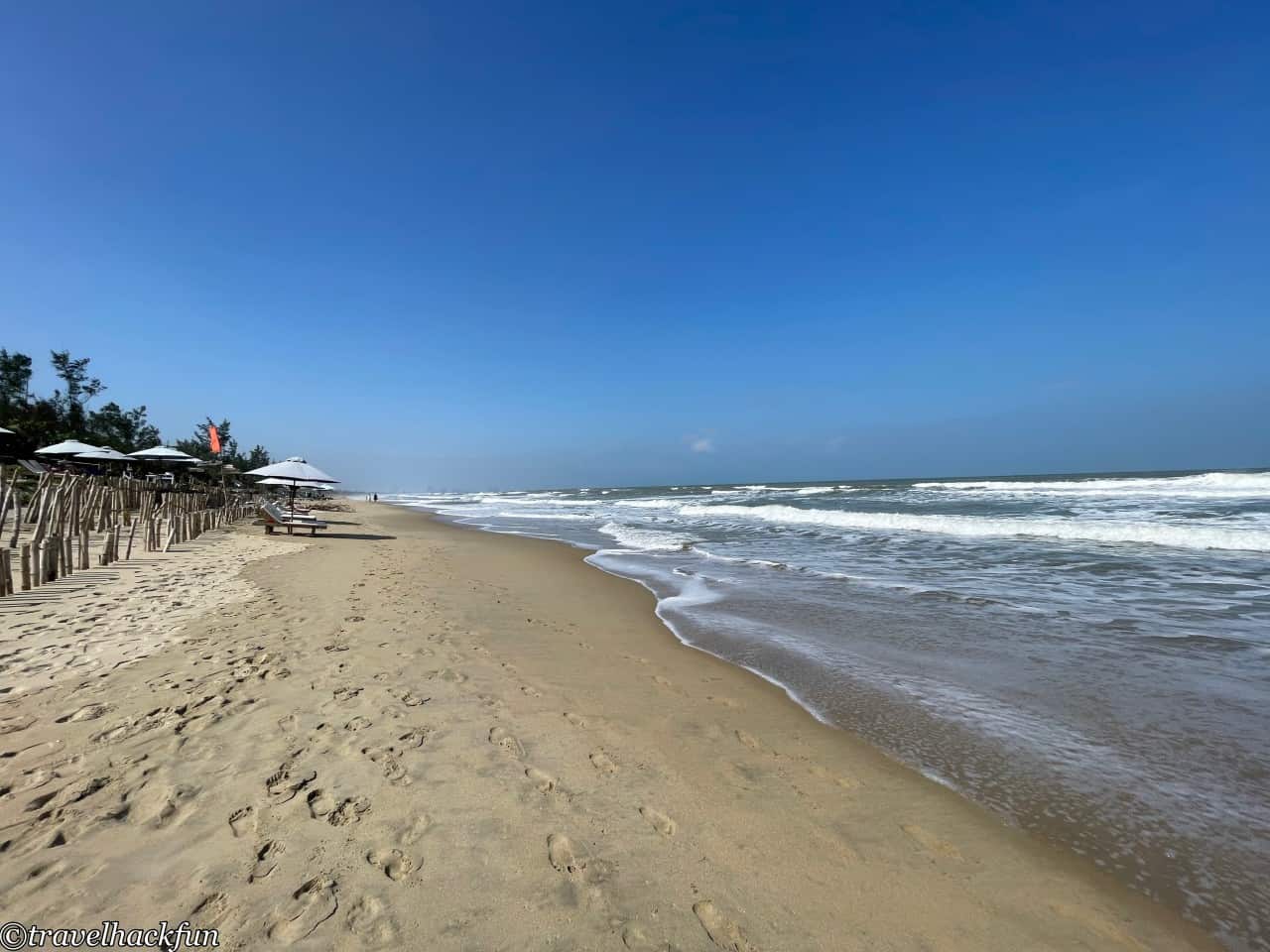
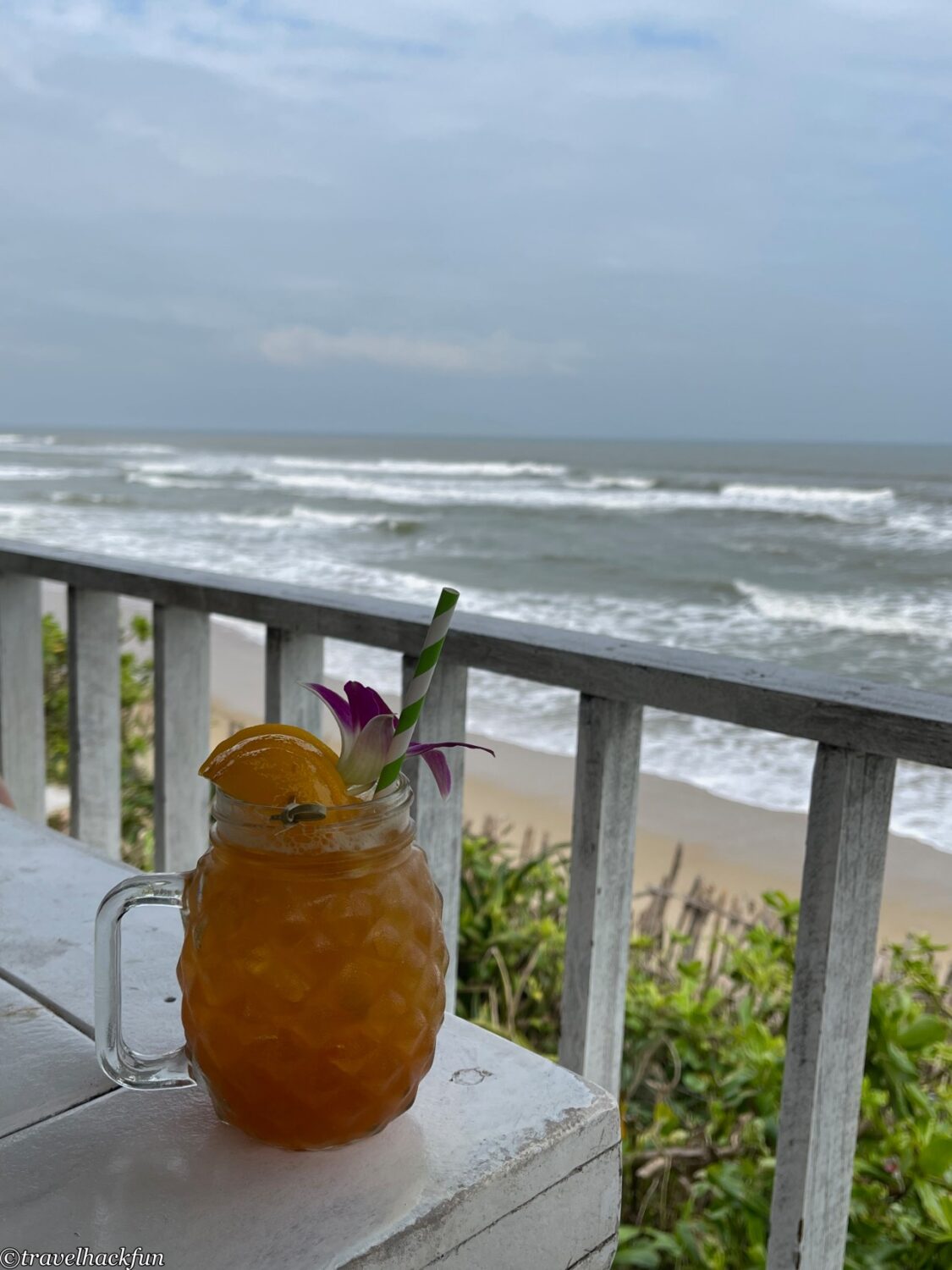
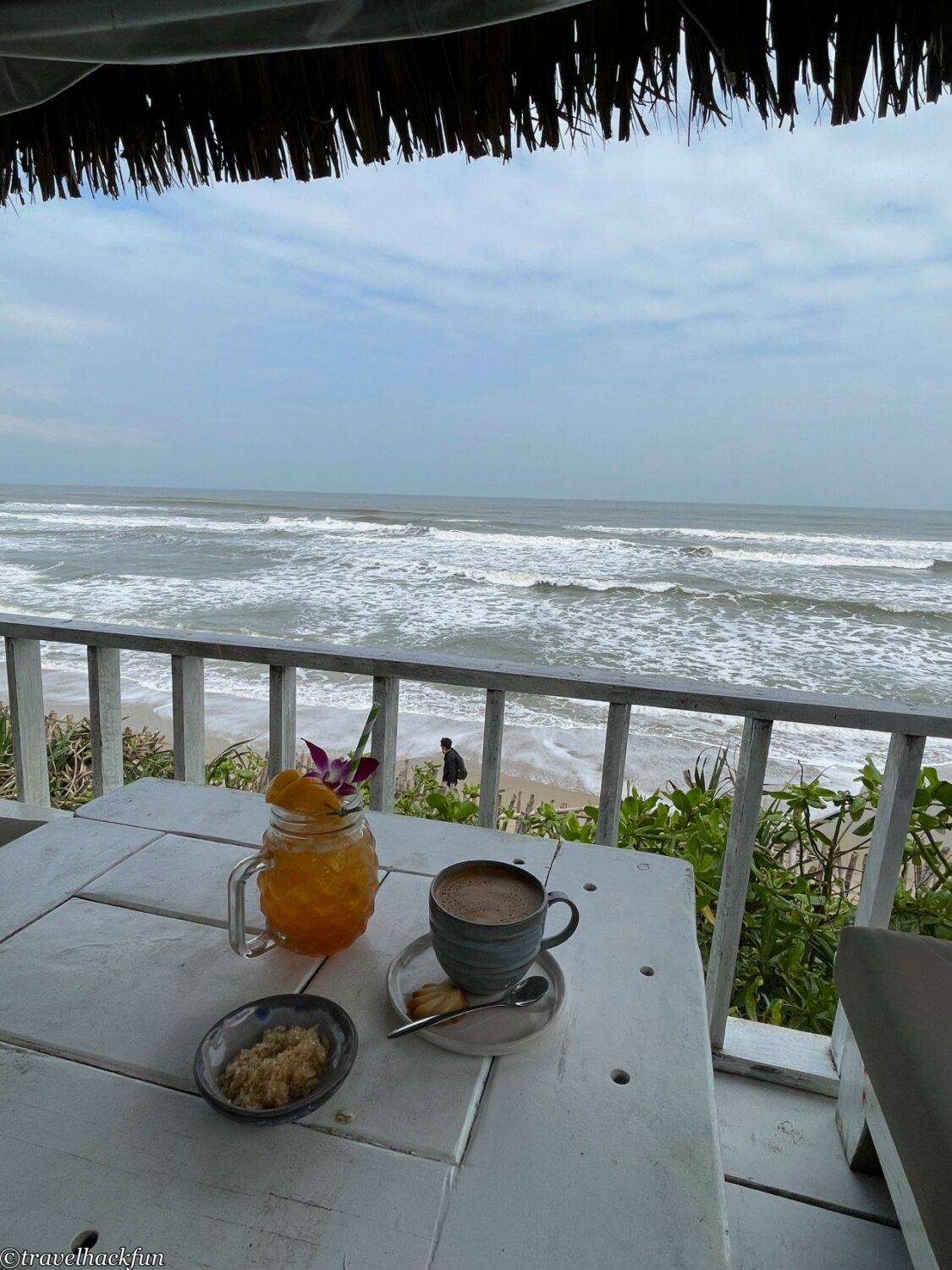
Hoi An | Nearby Attractions
Thánh địa Mỹ Sơn (My Son Sanctuary)
My Son Resort is the site of the ancient Kingdom of Champa in central Vietnam, about 50 kilometers away from Da Nang city. The buildings and sculptures here are representative of the Champa culture, which dates back to the 4th century AD. It is listed as a UNESCO World Heritage Site and is one of the most important ancient ruins in Vietnam. Built in a valley, the buildings of My Son Resort are mainly made of red bricks and sandstone, including many temples and pagodas in a unique Champa style, demonstrating the artistic and architectural achievements of the Champa culture. There are a lot of things to see and do at Misen Resort.Another Featured ArticleIntroduction.
- Mỹ Sơn Sanctuary Tickets (Klook)
- Day Trip | Mt. Beauty Holy Land (from Da Nang or Hoi An) (kkday)
- Transportation | Shuttle Buses to/from Hoi An City/Besan Sanctuary
- Hoi An Suburban Half-day Tour|Explore the sacred sites of Mount Mei, Champa Pagoda and temple ruins|Small group (kkday)
- Hoi An Day Trip | Hoi An Ancient Town Hiking & Mt. Beauty Sanctuary & Thu Bon River Sunset Cruise | Hoi An/ Da Nang Departure (kkday)
- Misen Sanctuary Sunset Tour (Hoi An Departure) (klook)
Da Nang is a coastal city in central Vietnam and the fifth largest city in the country, situated at the mouth of the Han River. Once part of the ancient maritime Silk Road, it has now transformed into a modern city while still retaining a wealth of historical and cultural heritage as well as natural landscapes, including the Marble Mountains, the Linh Ung Pagoda, and the stunning My Khe Beach with its clear blue waters and white sandy shores that attract countless visitors. The city center of Da Nang boasts numerous attractions such as the Han Market, Dragon Bridge, and Da Nang Cathedral, making it well worth spending a day or two exploring.
Da Nang is a seaside city in central Vietnam, which was once part of the ancient maritime silk route, and after Hoi An became the main port of central Vietnam. Nowadays, it is a modernized city with rich historical and cultural heritage and natural landscapes, including Ngoc Hoang Mountain, Lingying Temple, and the beautiful My Khe Beach. Da Nang is often the starting point of Sino-Vietnamese tours. Da Nang city can be visited in one day, and there are also many suburban attractions around Da Nang.monographIntroduction.
Hoi An | Dining
Hoi An also has many local delicacies such as chicken rice, white roses, and Cao Luong Noodles, as well as many cafes in the old town that are worth sitting in. For more information on Hoi An's restaurants, I've written another article on the topicmonographIntroduction.
Hoi An | Vietnamese Massage Recommendation
There are a lot of Vietnamese massage parlors in Hoi An that are worth trying, we would like to introduce the Blue Gift Spa that we tried, when we came here, there was a 30% discount on the 90-minute Hot Stone Massage, the price for two people added up to 30 dollars. The store is relatively sunny and the massage room is not air-conditioned, but the masseurs we met here are the best we've ever met in Vietnam. Although we didn't speak the language, the masseurs we met were able to determine the pain points that needed to be strengthened based on their experience, and the results were quite good and very satisfactory, so we came back twice in three days in Hoi An.

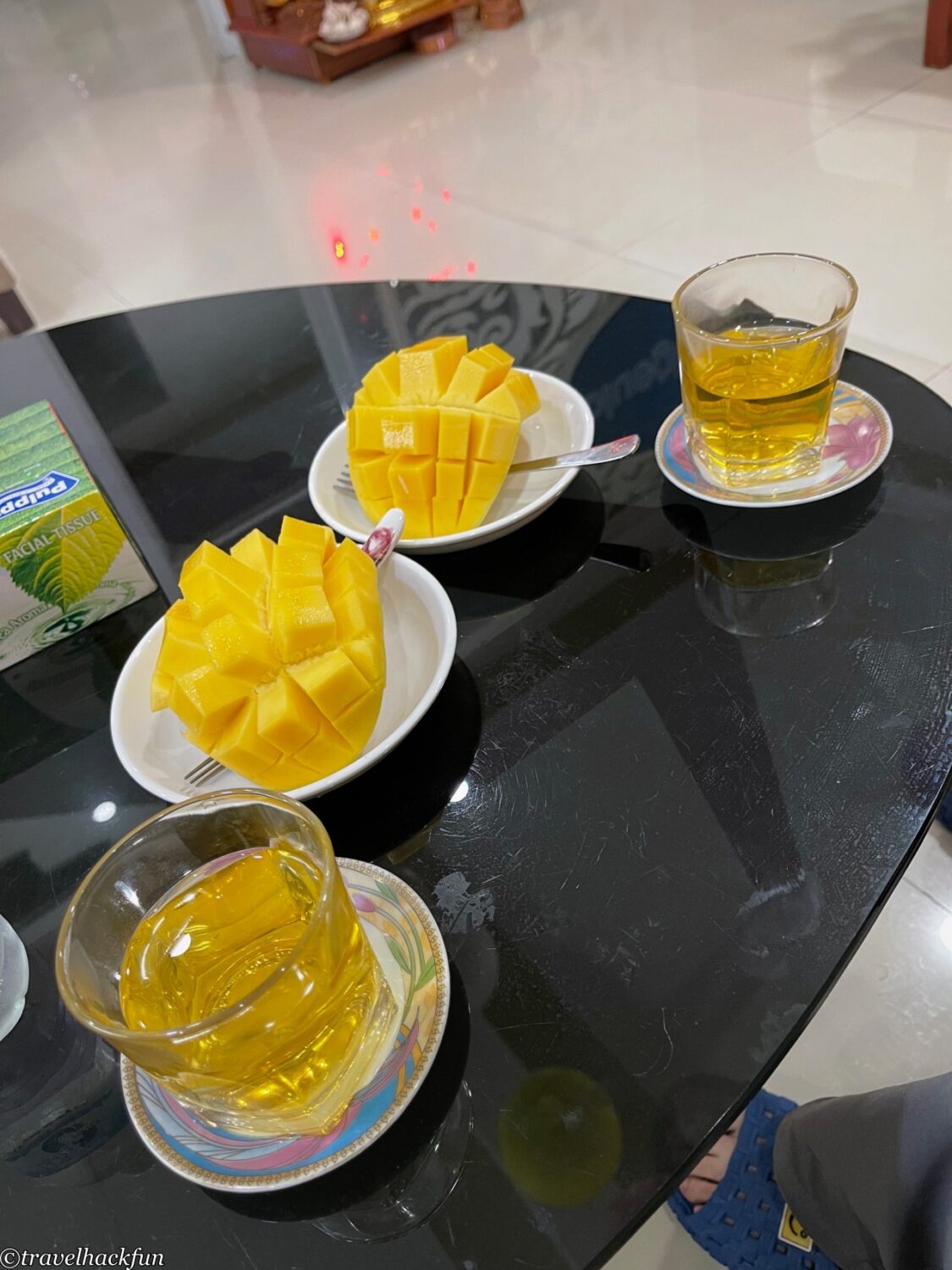
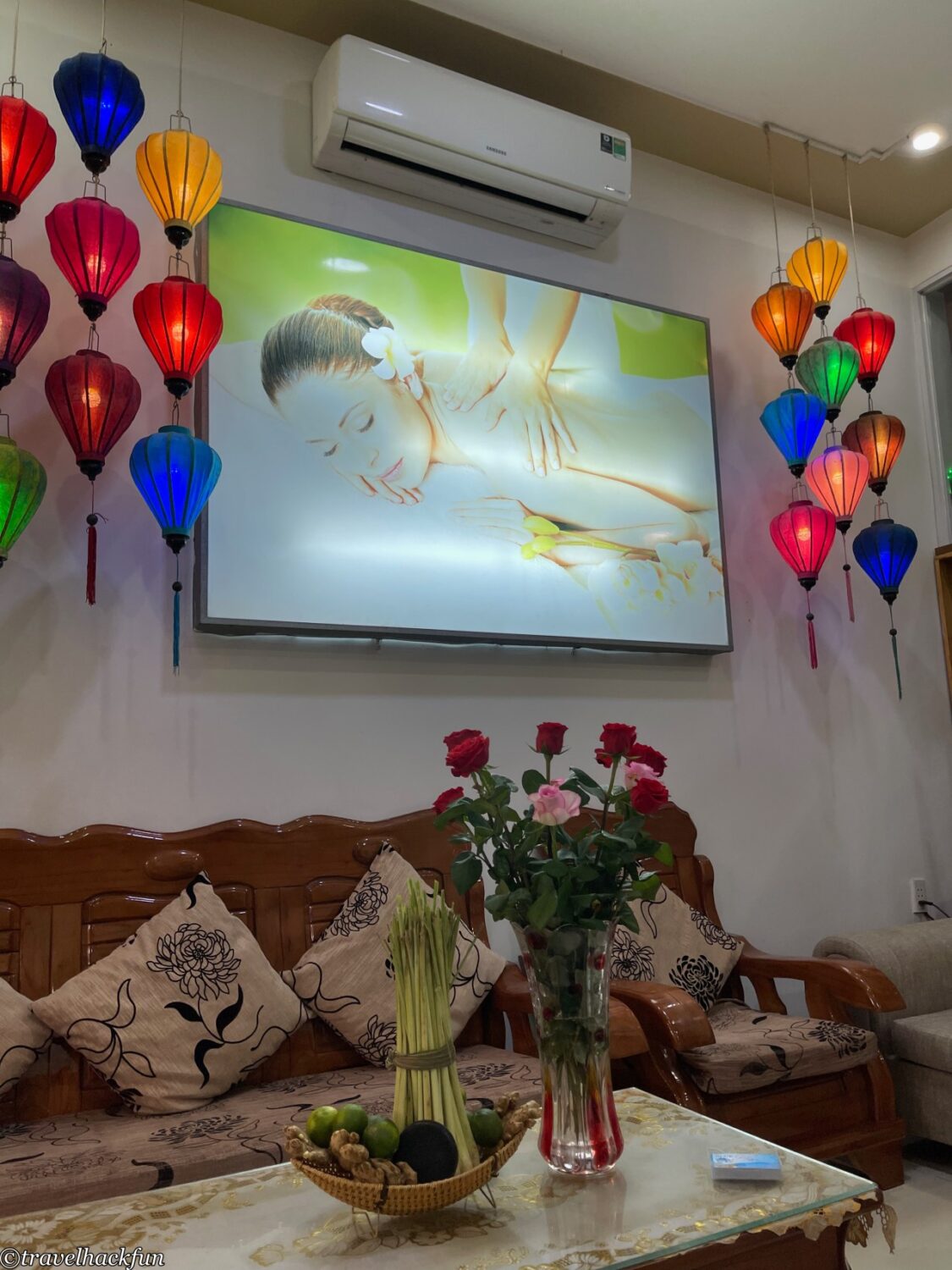
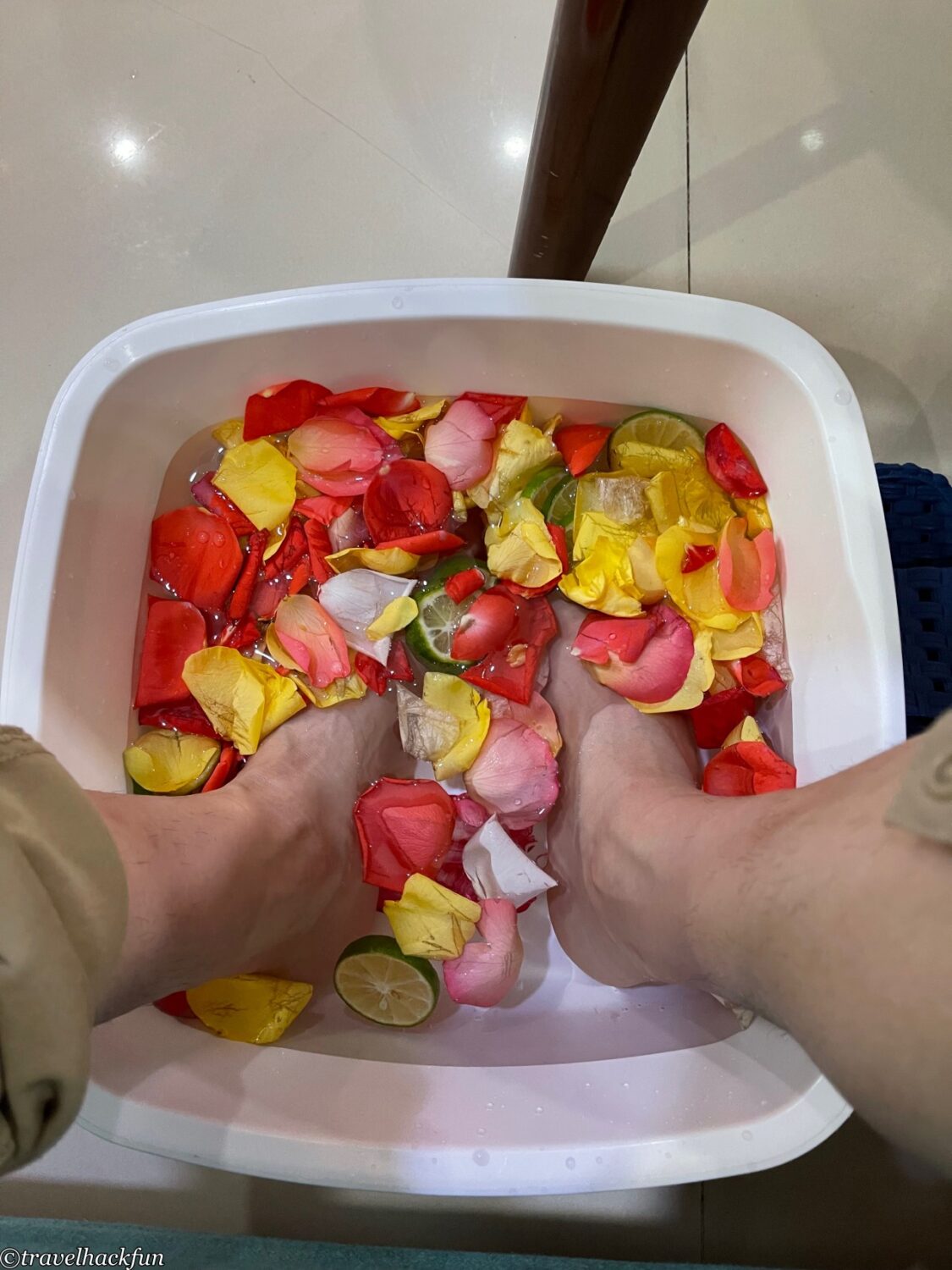
Further reading
- More VietnamRelated Posts
Thank you for visiting our website.
All the content on this site is original and shared with the purpose of providing valuable information. We sustain the operation of this site through a small amount of advertising and sponsored links. If you click on links to third-party merchants on our site and make purchases, we may receive a portion of the sales as a commission. If you click on links to third-party merchants on our site and make purchases, we may receive a portion of the sales as a commission.
Find more posts on a map Here.
My recommended resources for hotel bookings.
Recommended travel credit card for US-based travelers
Travel with just a backpack!
Buy me a coffee and support my contents!
If you are interested in quoting this article or using any part of its content and images on your website or publication, please contact us via email to request permission.
![Central Vietnam] Hoi An Travel Tips | How to play in Hoi An? |Hoi An Ancient Town | Thanh Hoa Ceramic Village | Canaan Island Water Coconut Grove Dustbin Boat 14 Central Vietnam] Hoi An Travel Tips | How to play in Hoi An? |Hoi An Ancient Town | Thanh Hoa Ceramic Village | Canaan Island Water Coconut Grove Dustbin Boat](https://i.ytimg.com/vi/WElsqk99S2o/hqdefault.jpg)